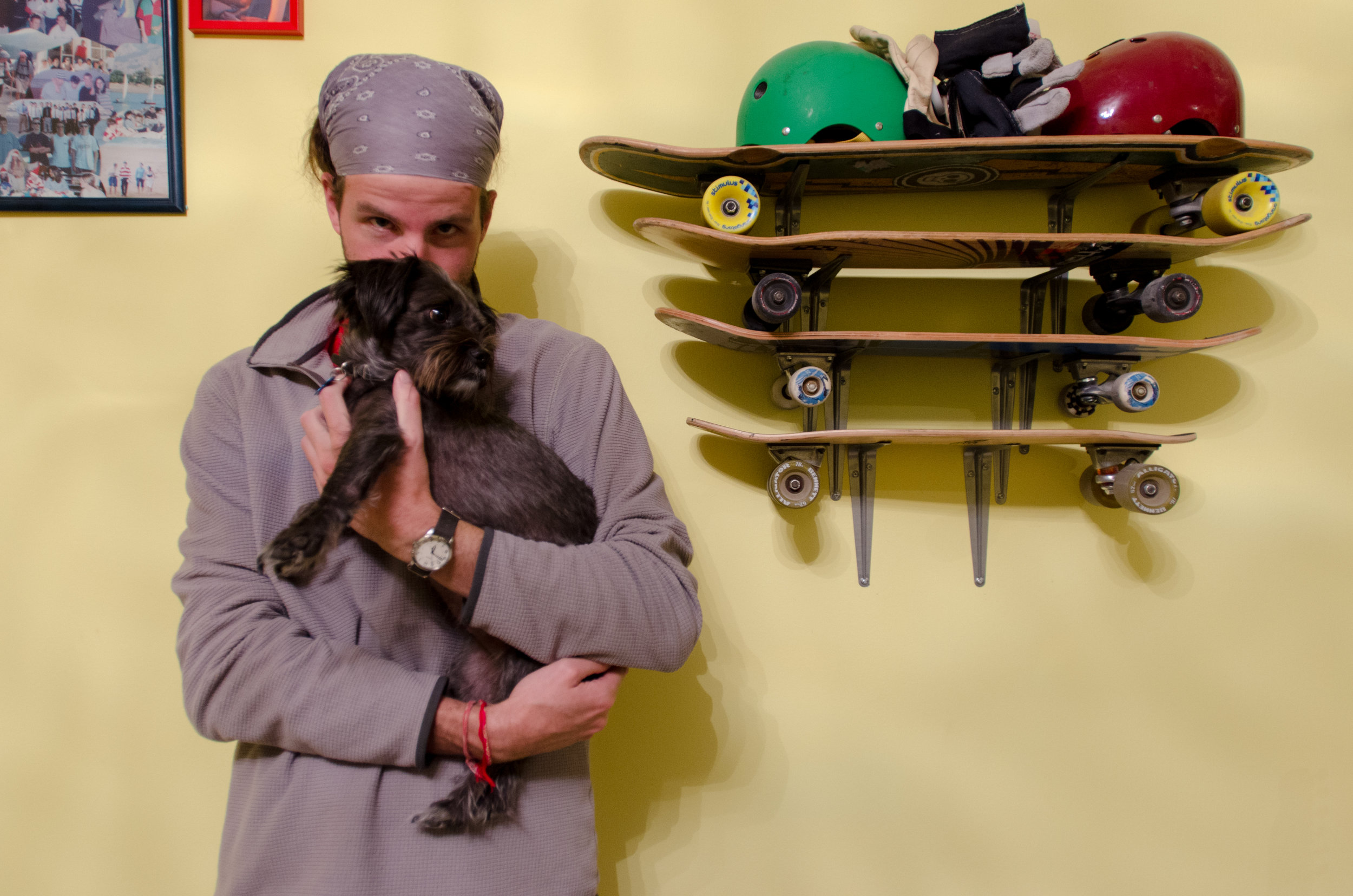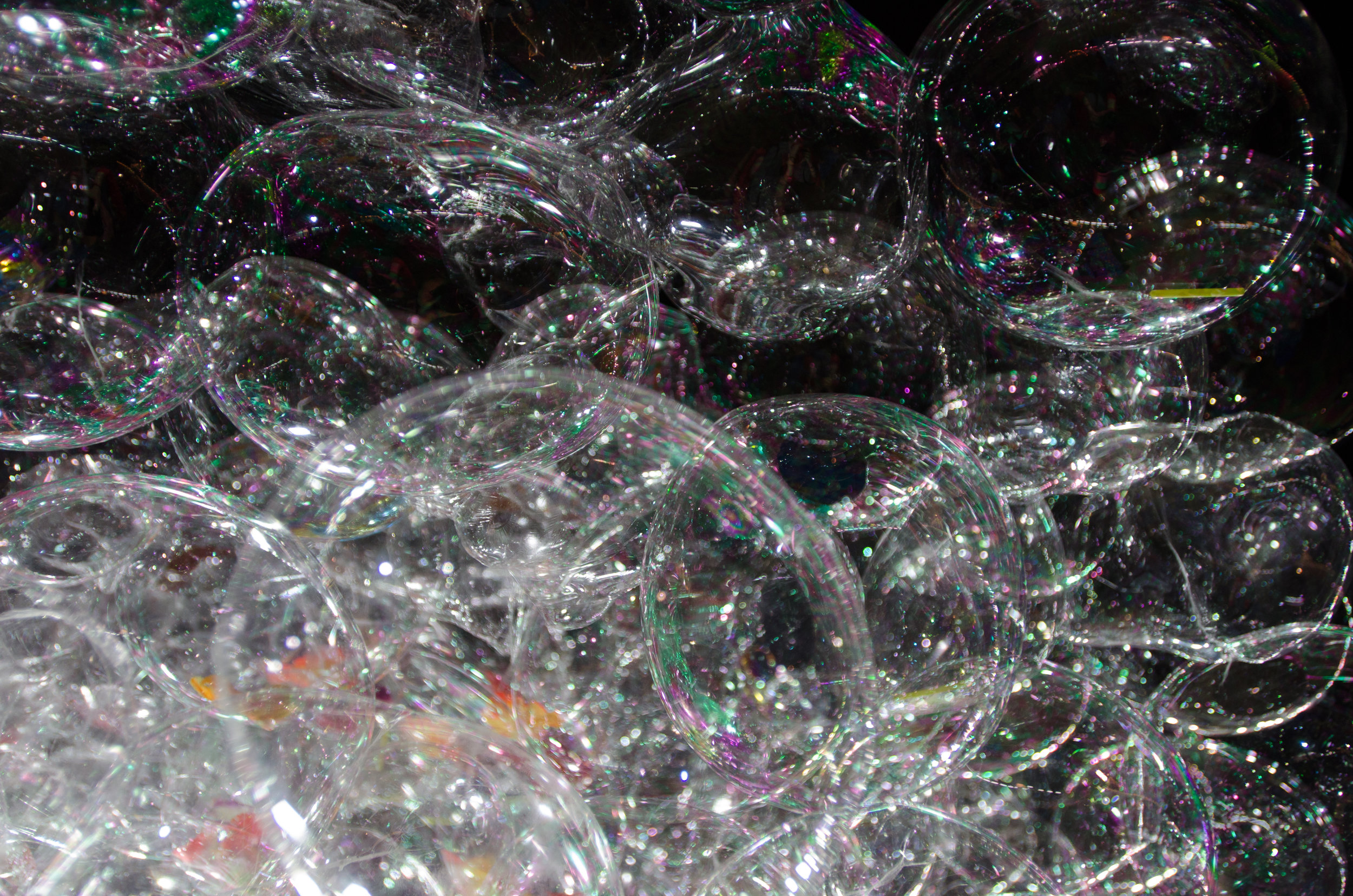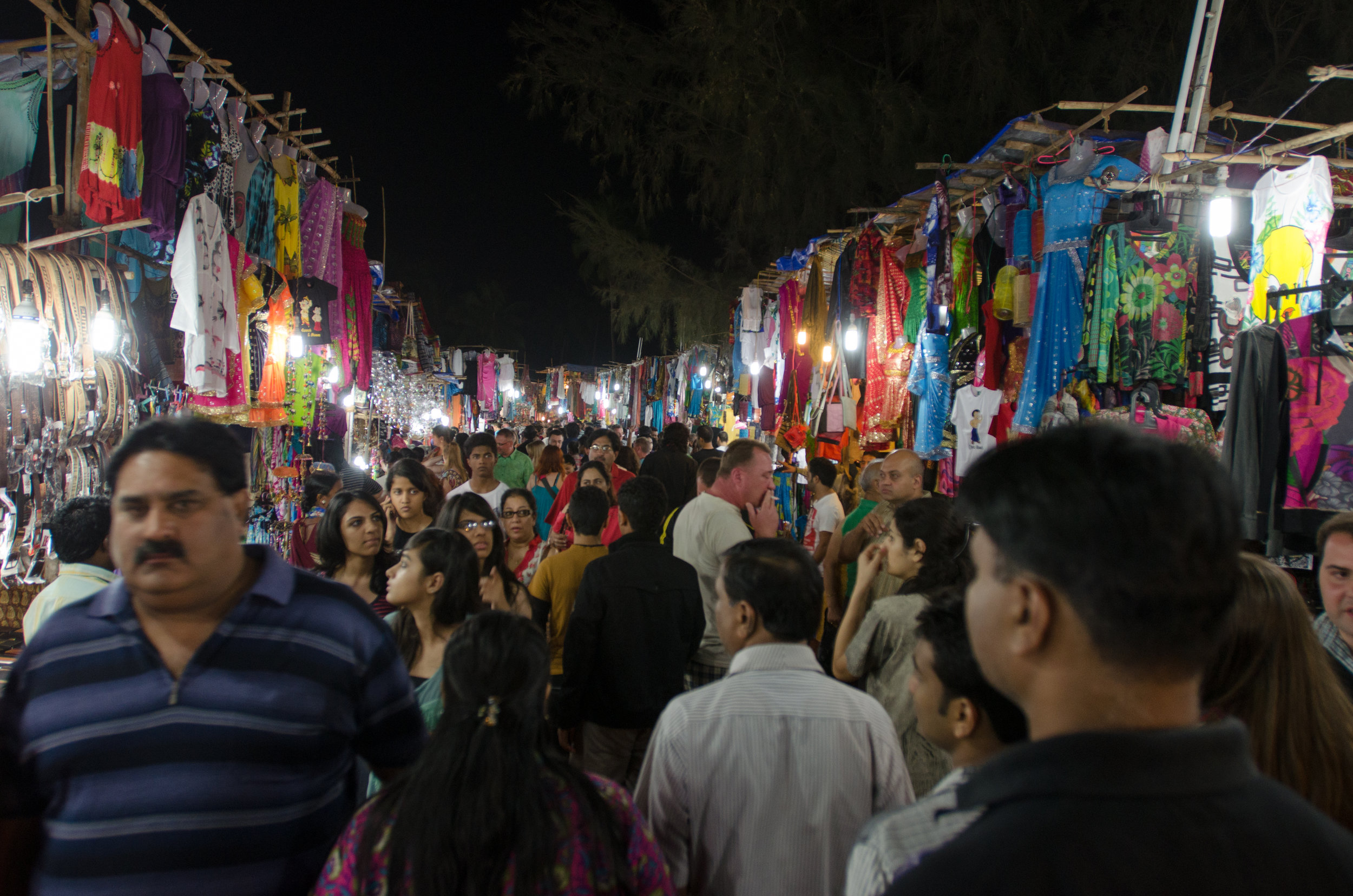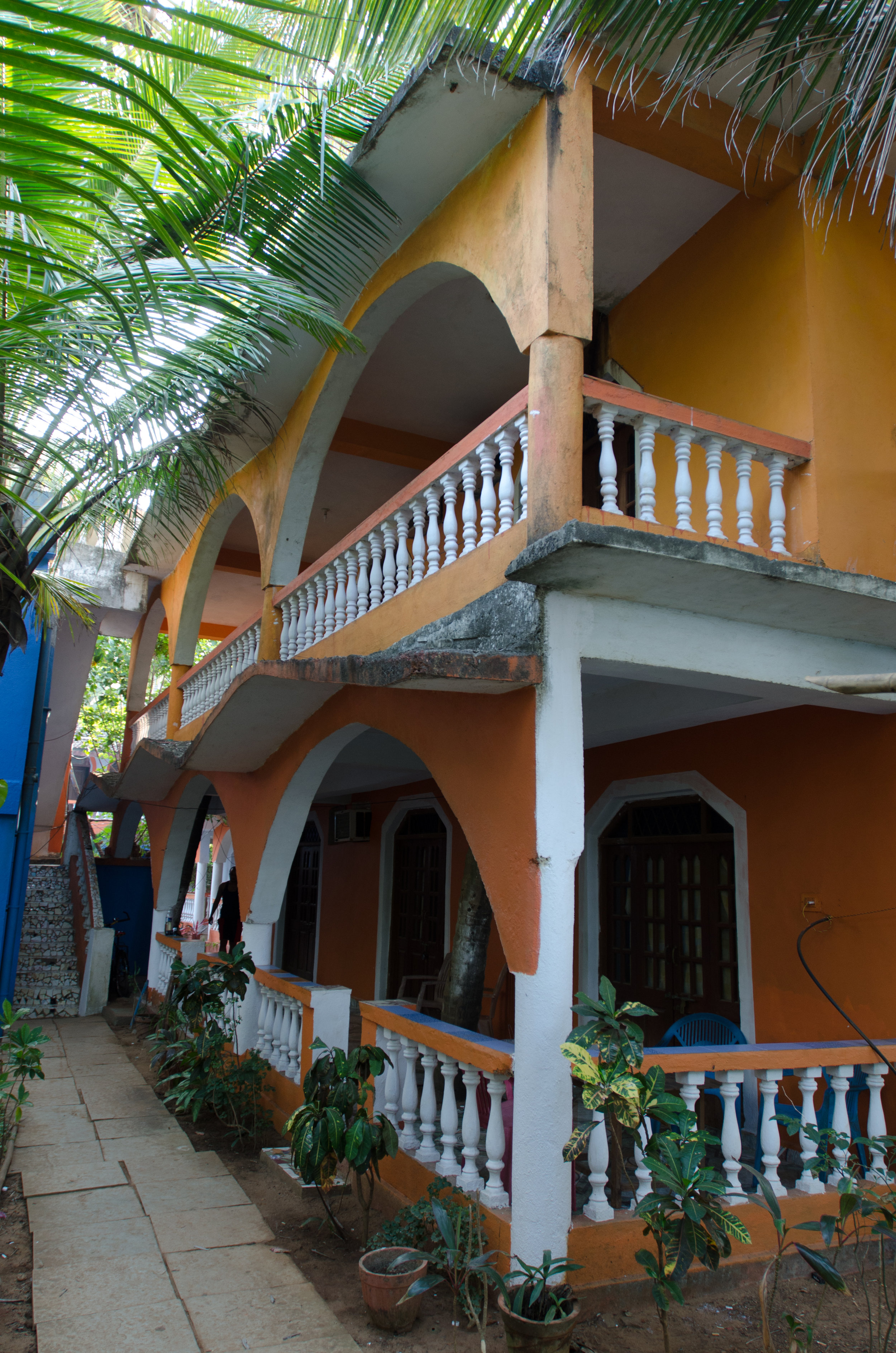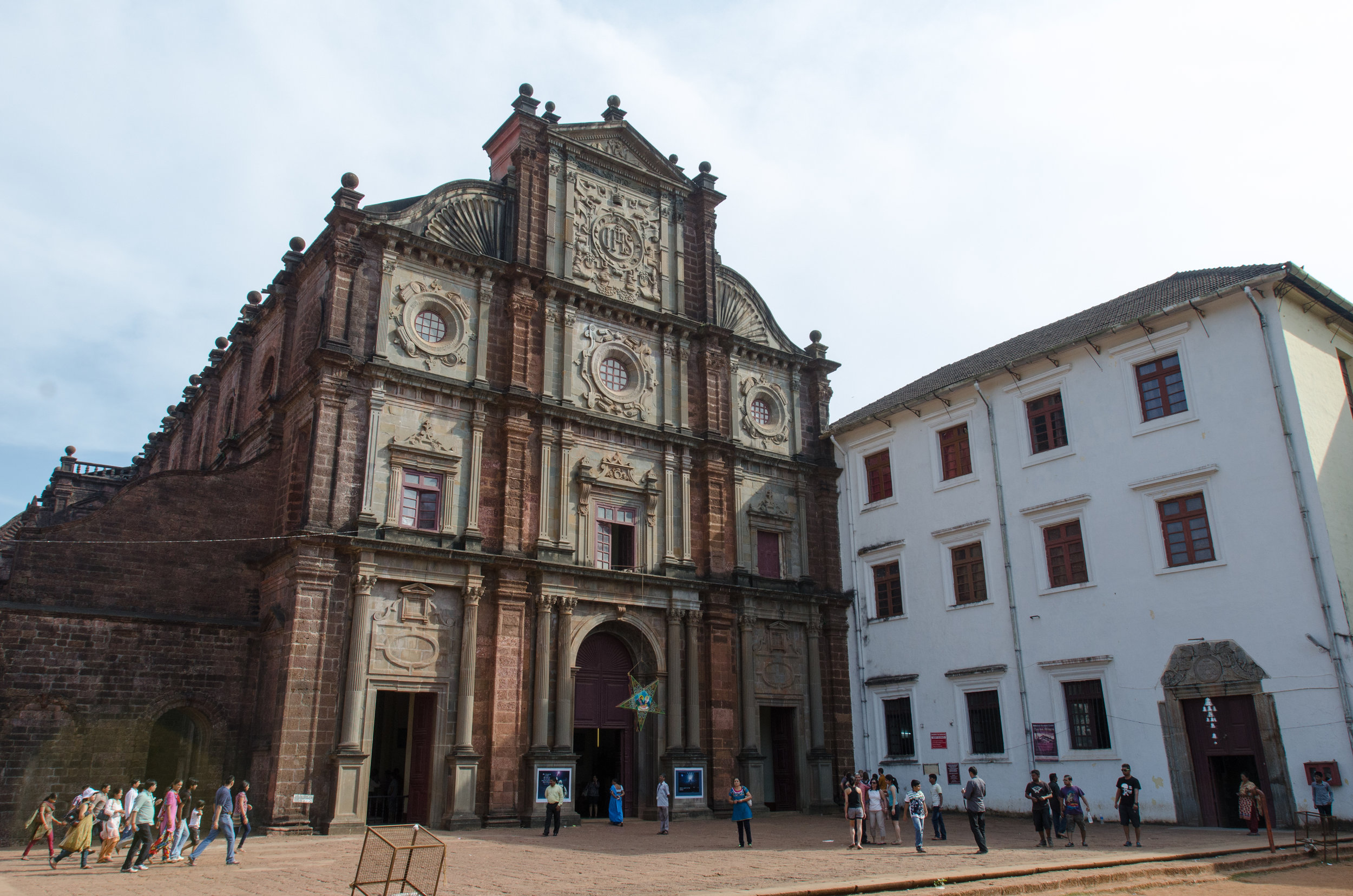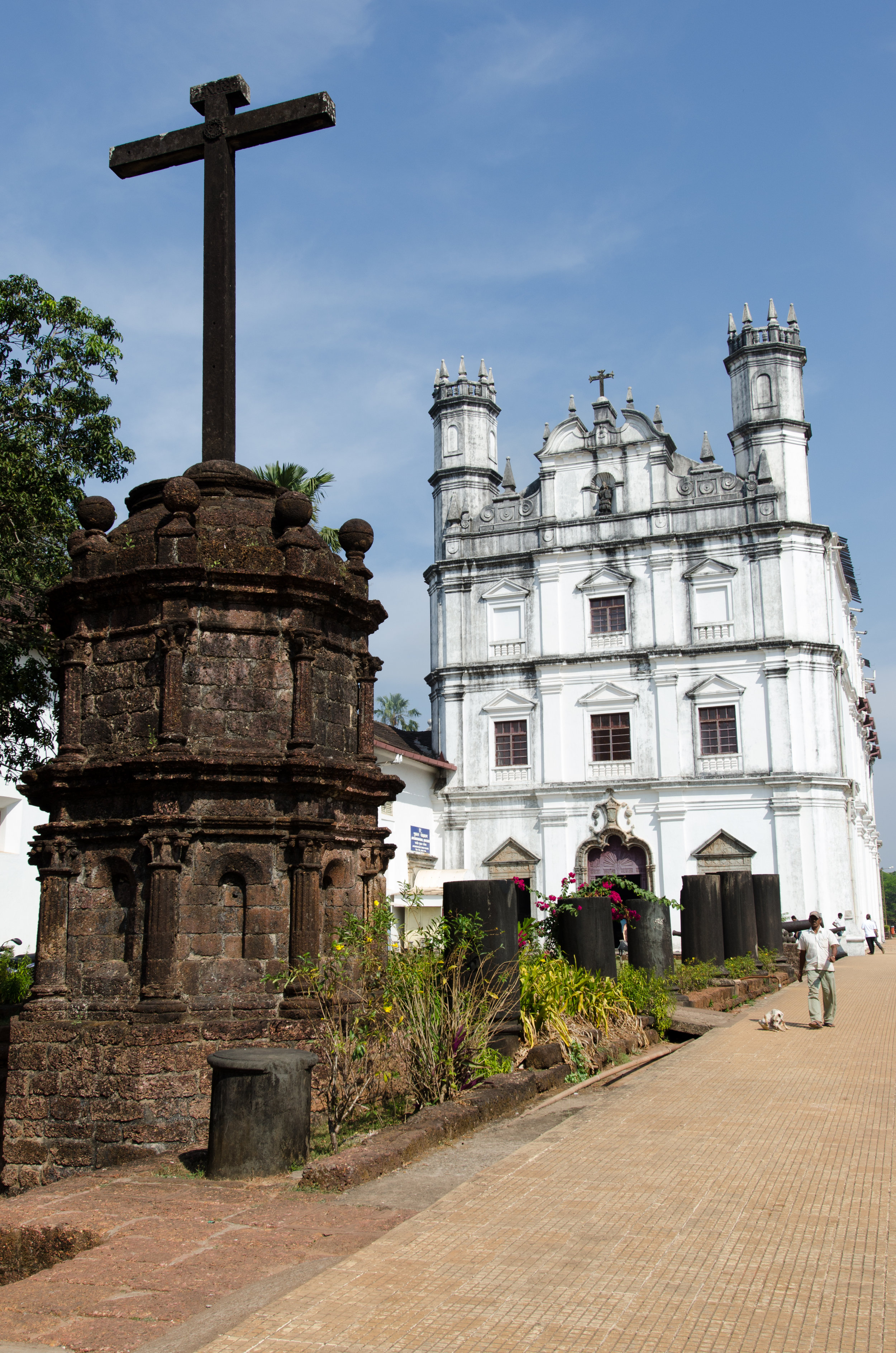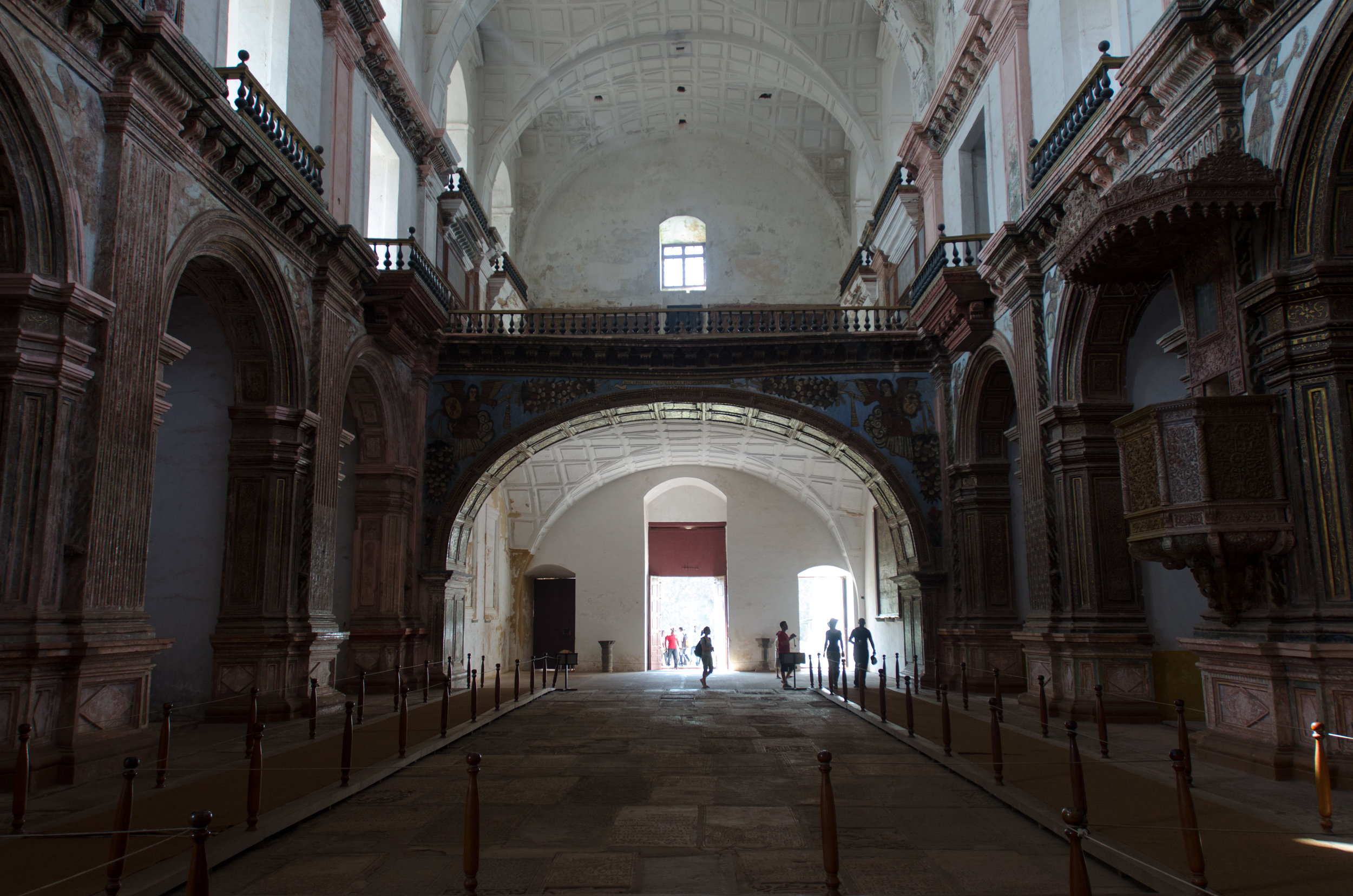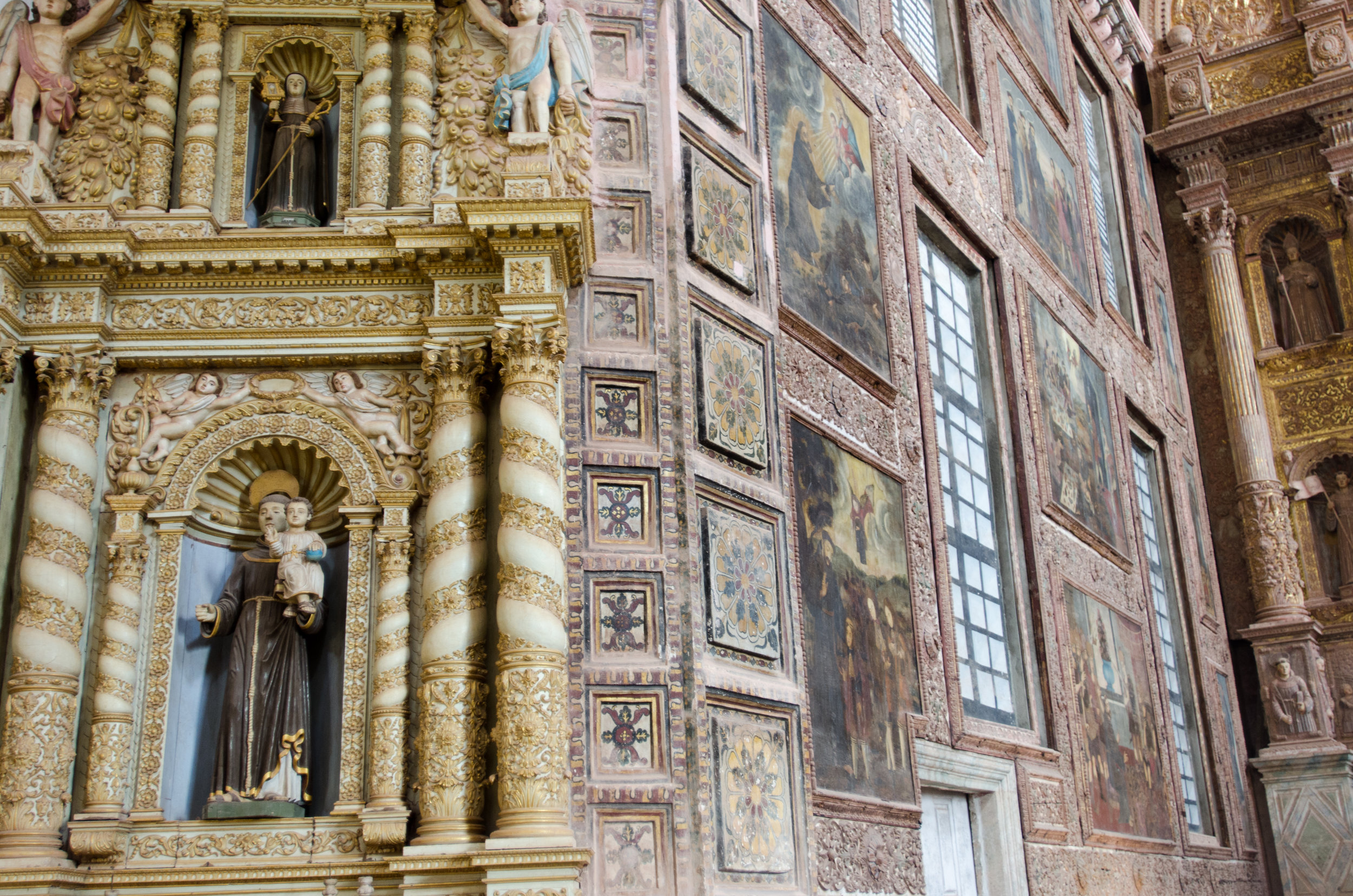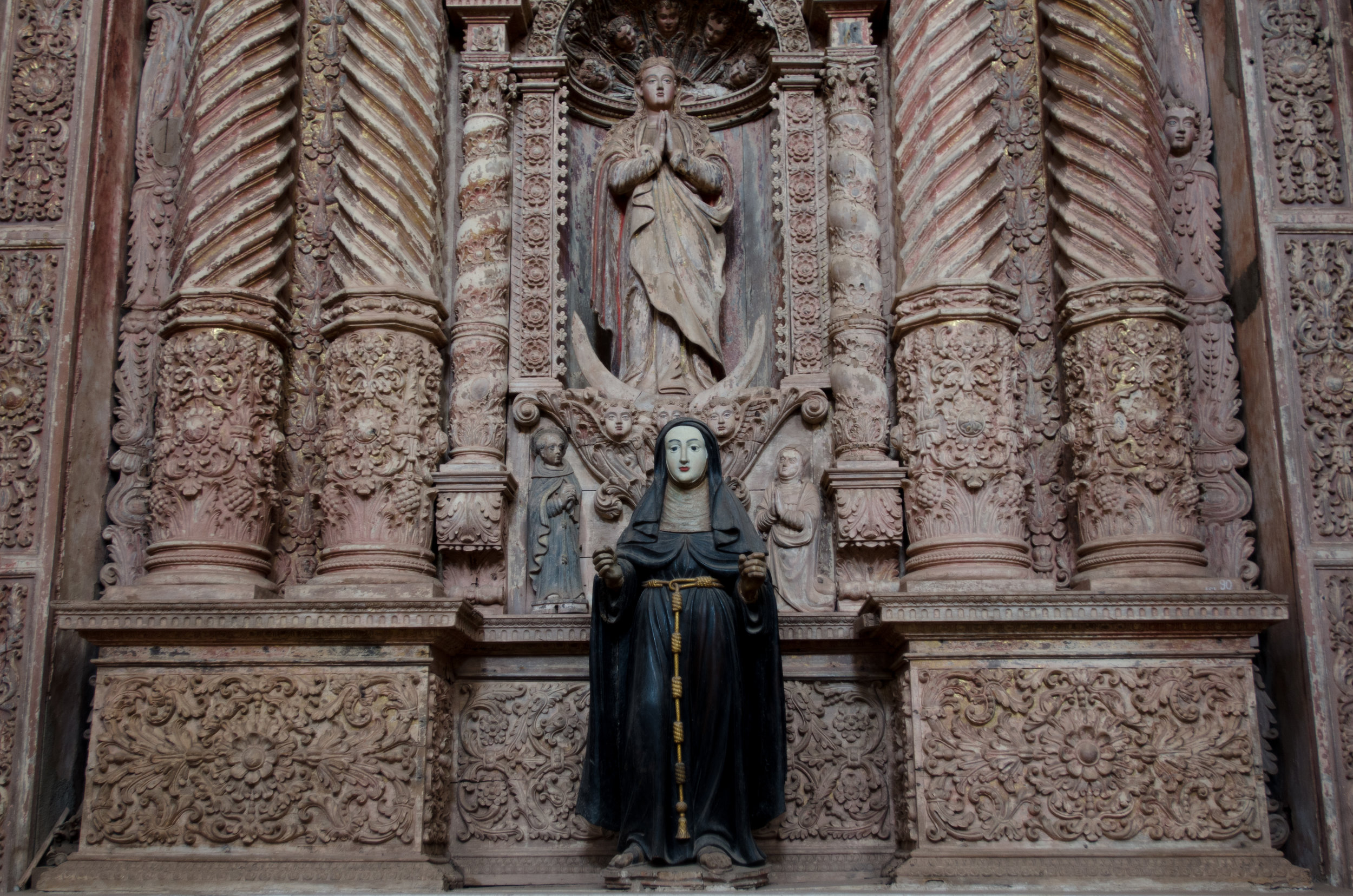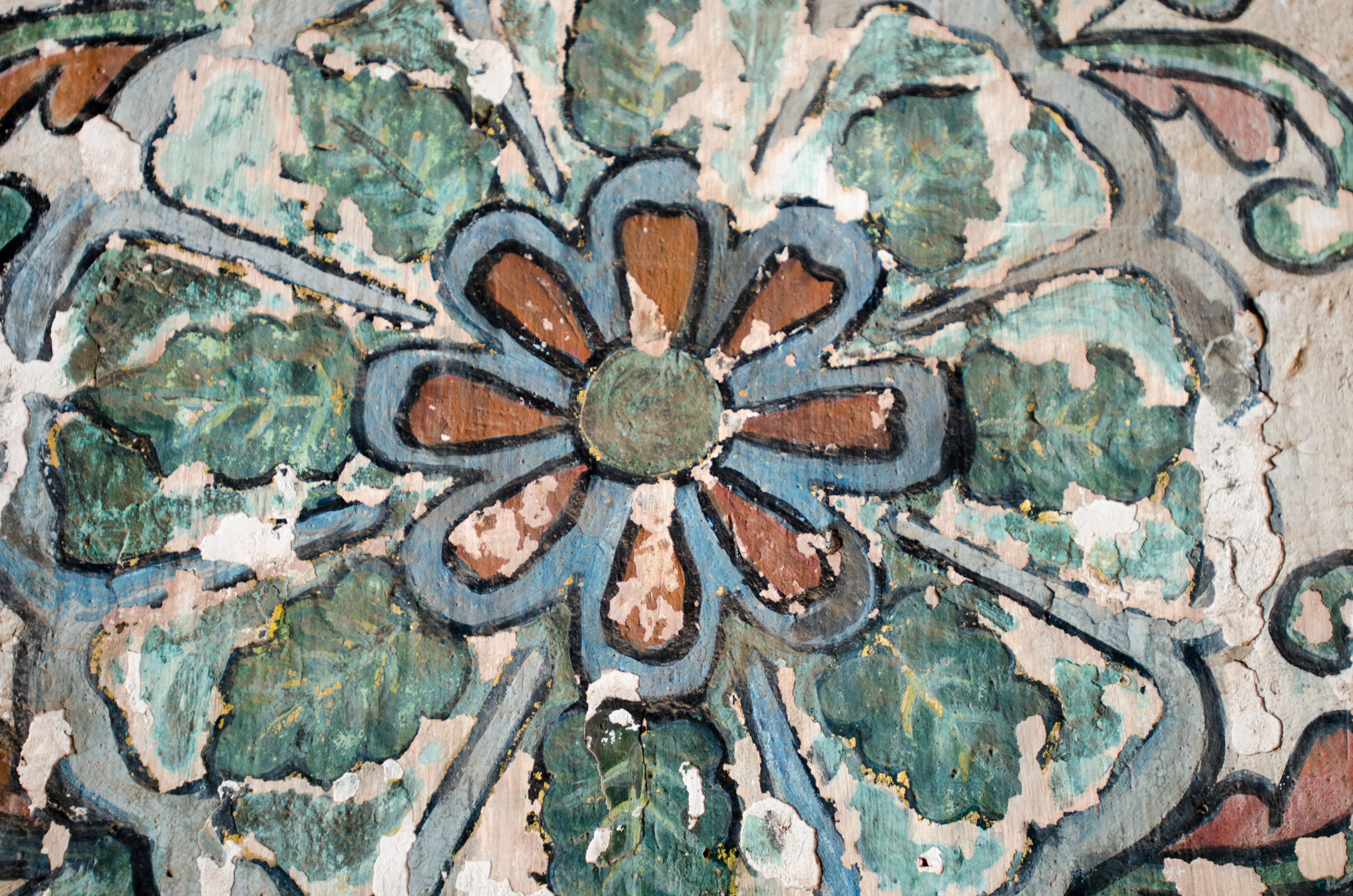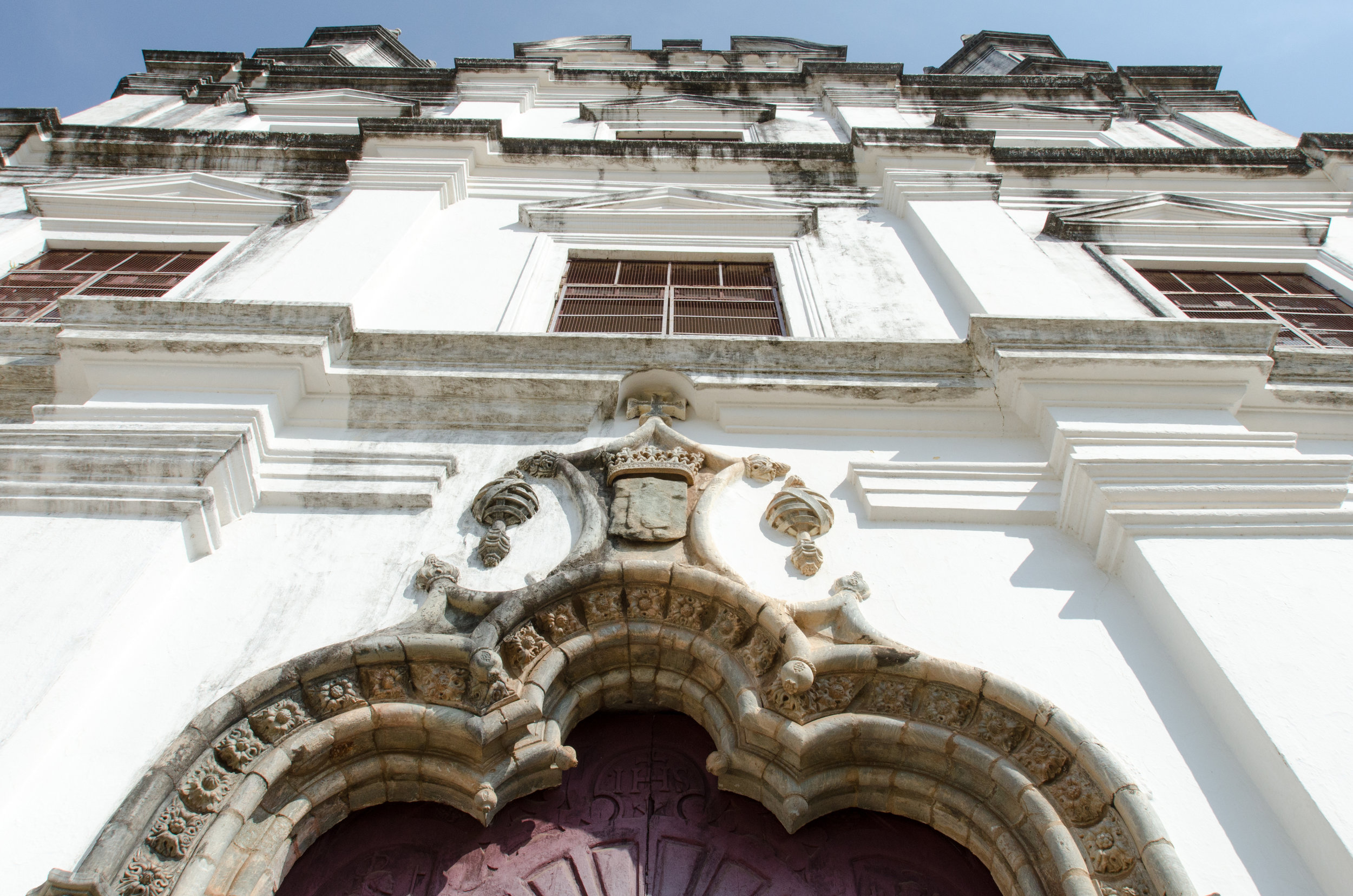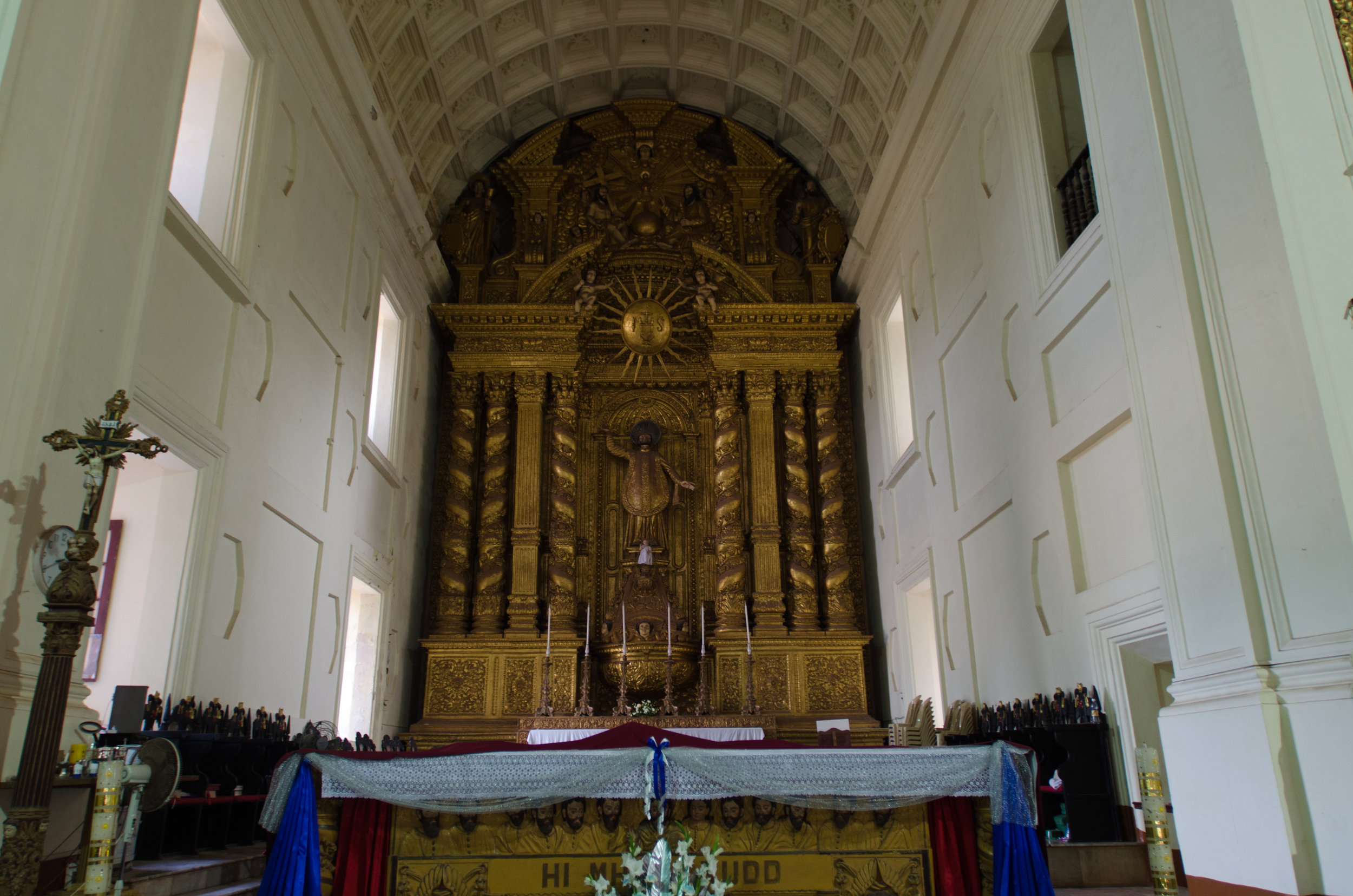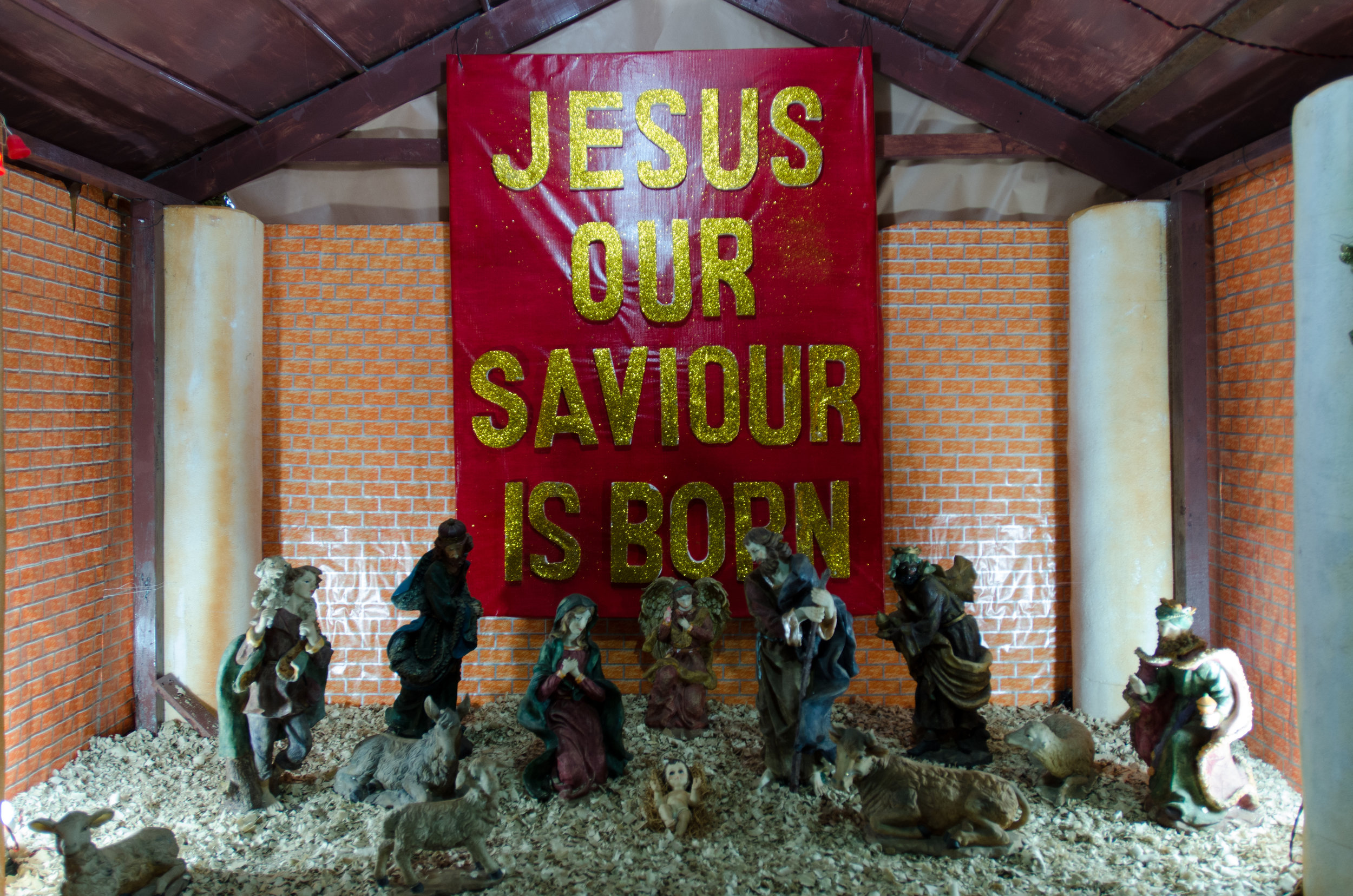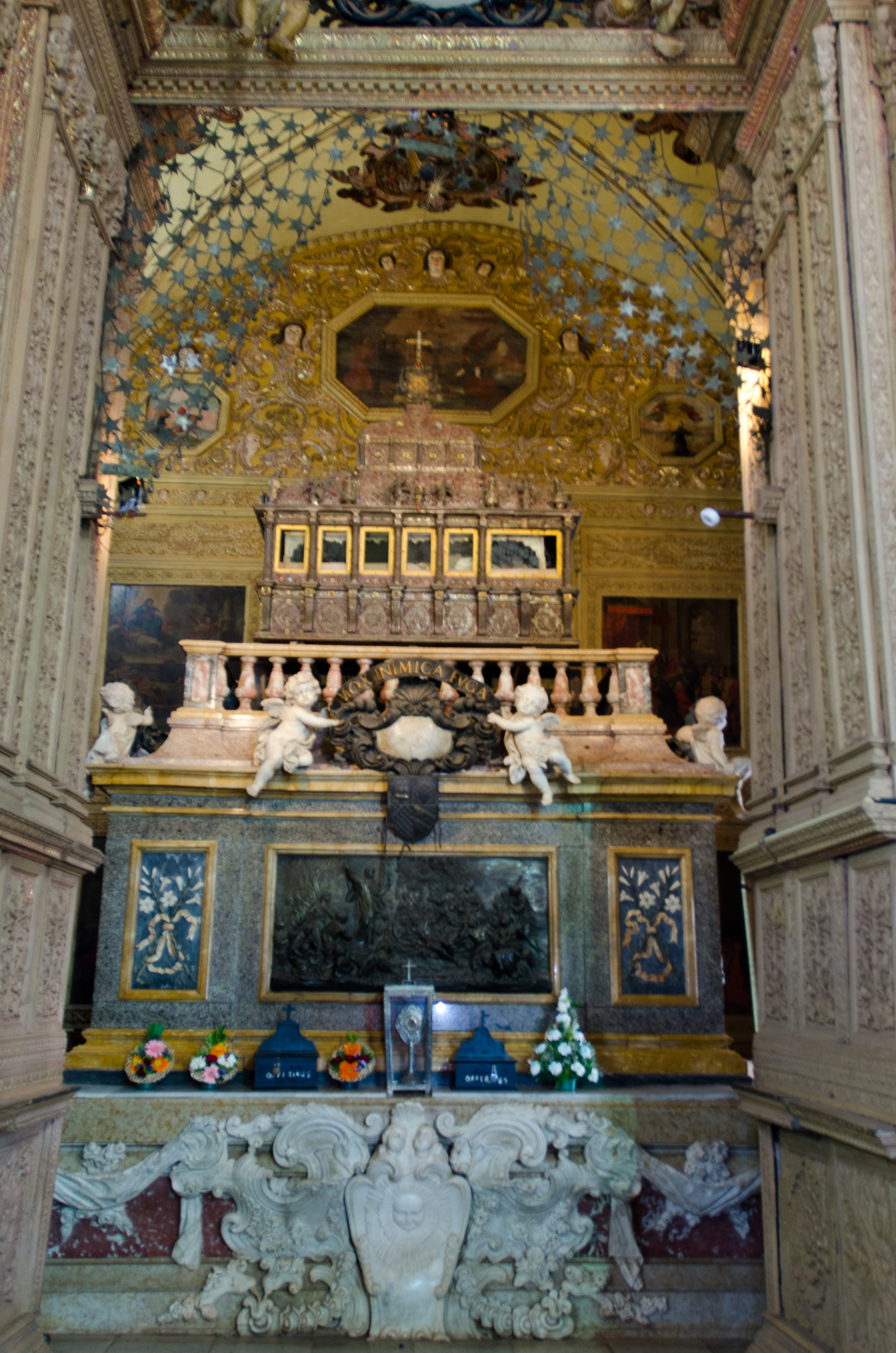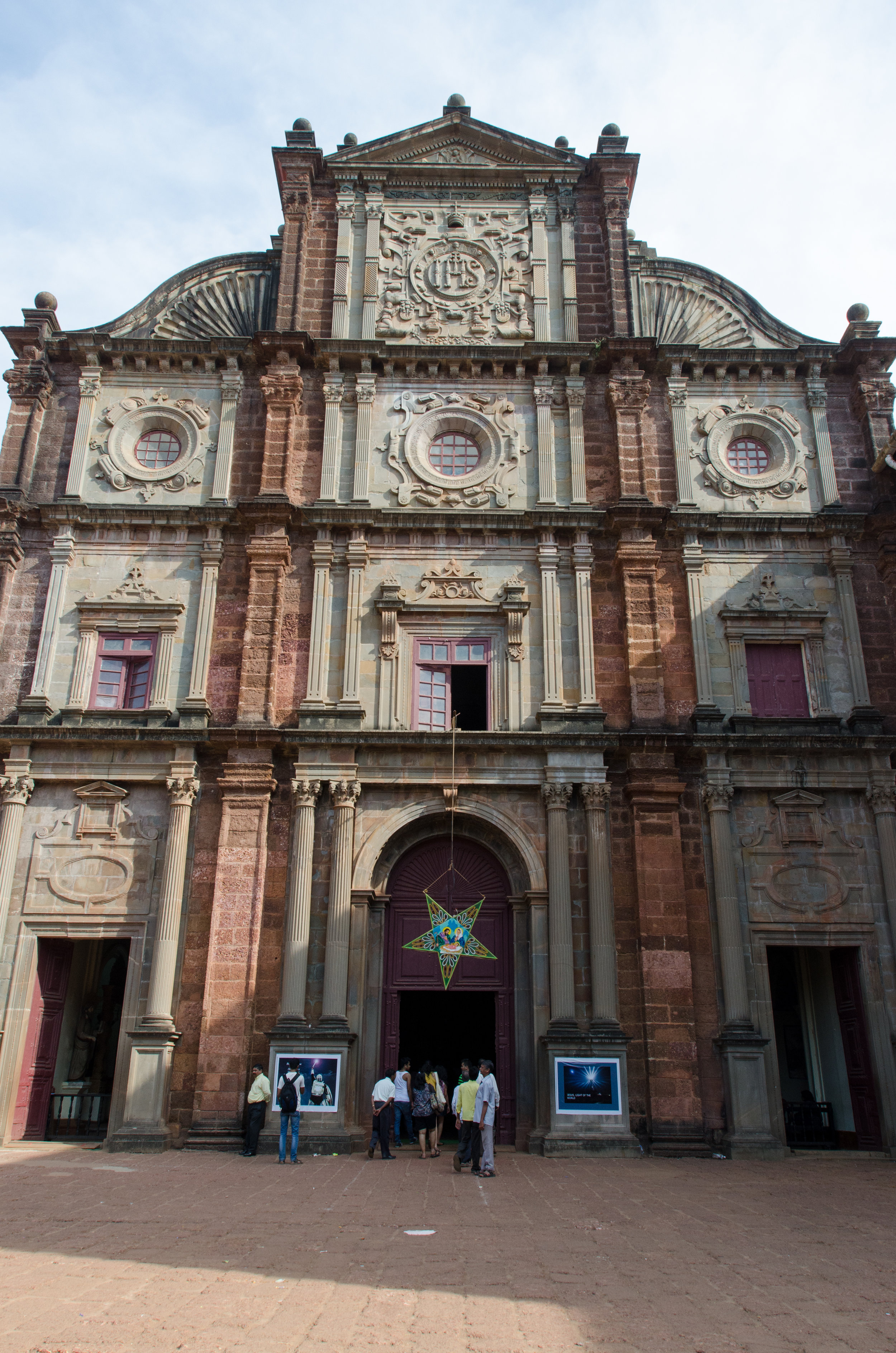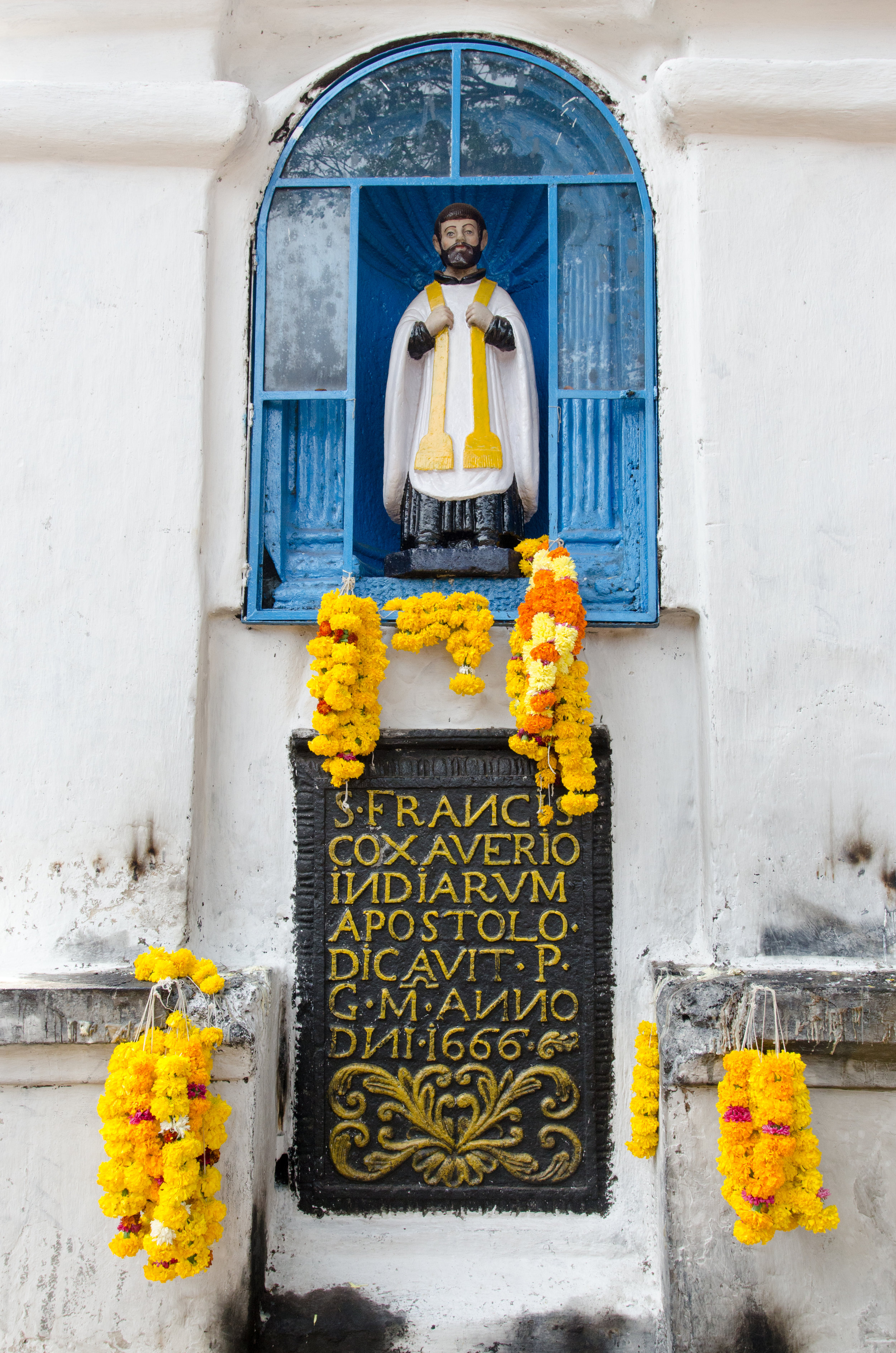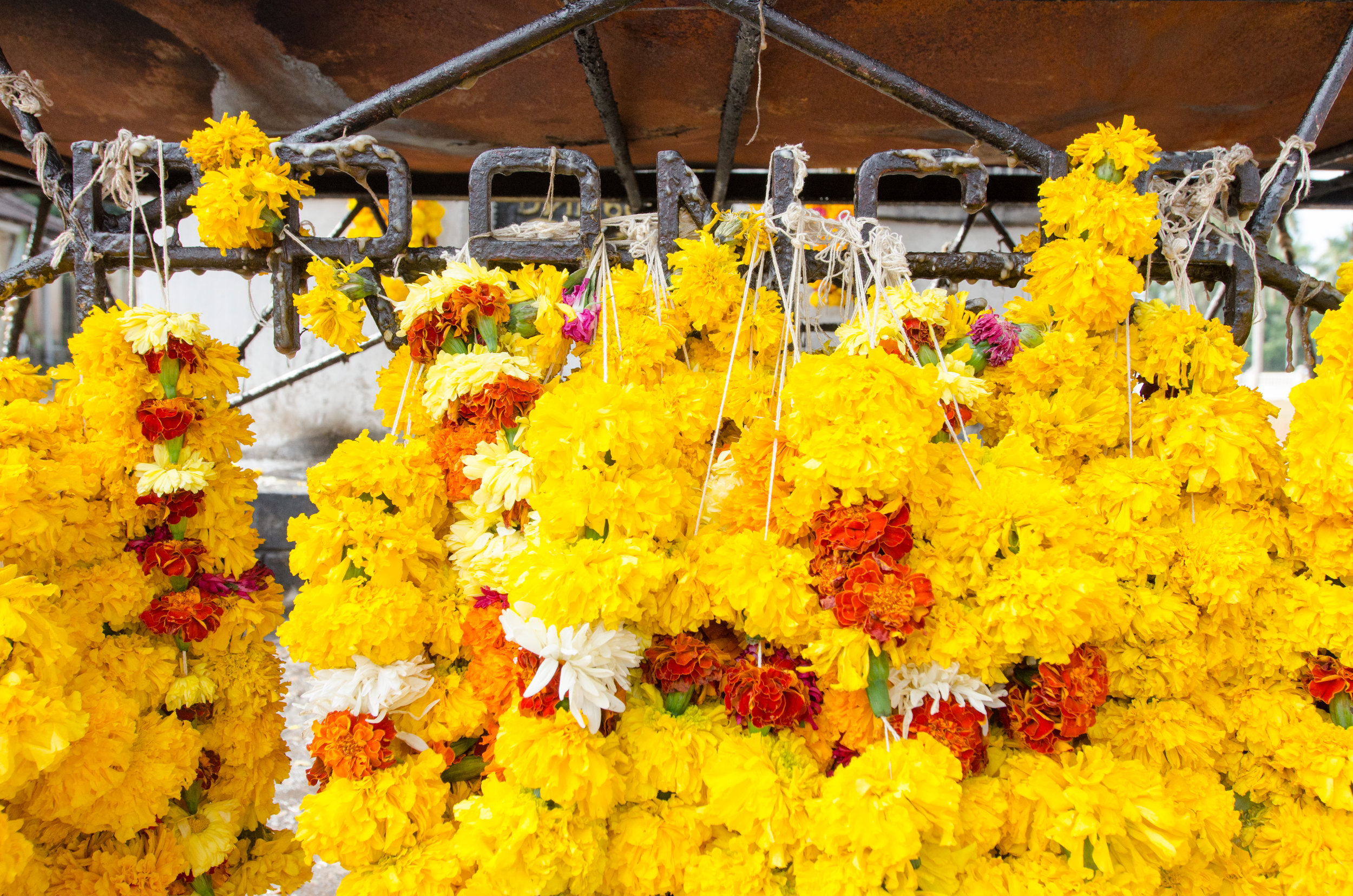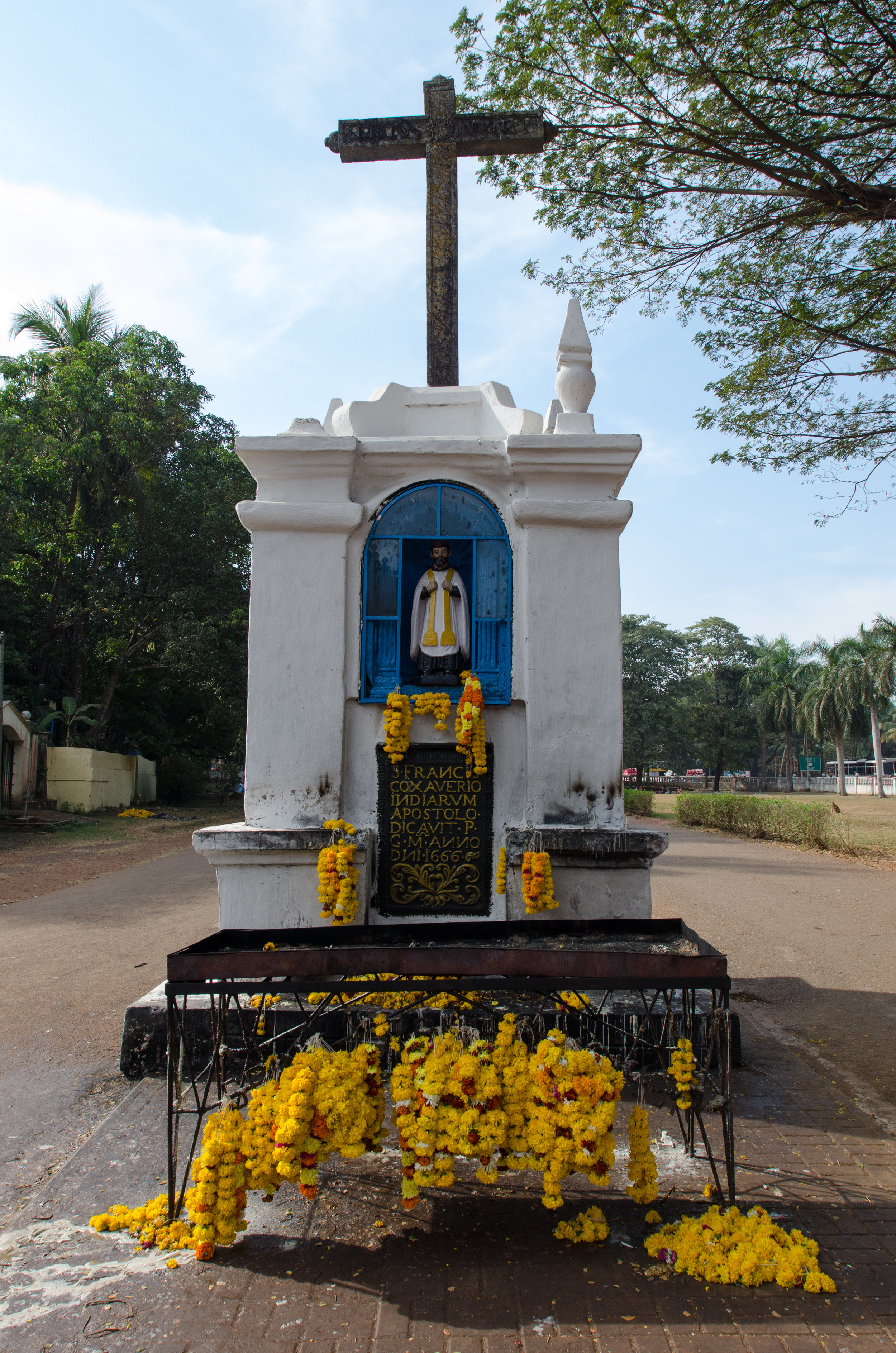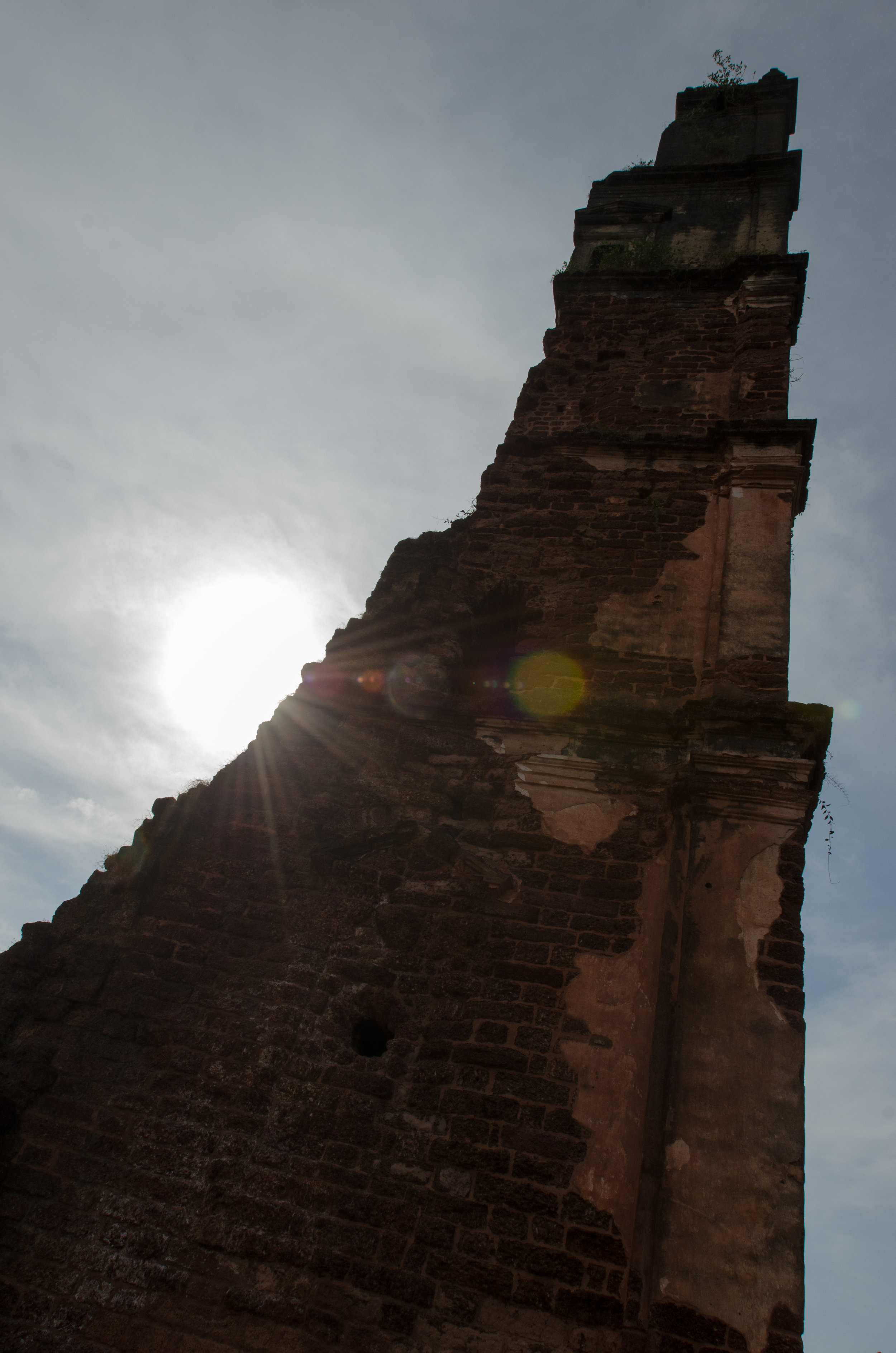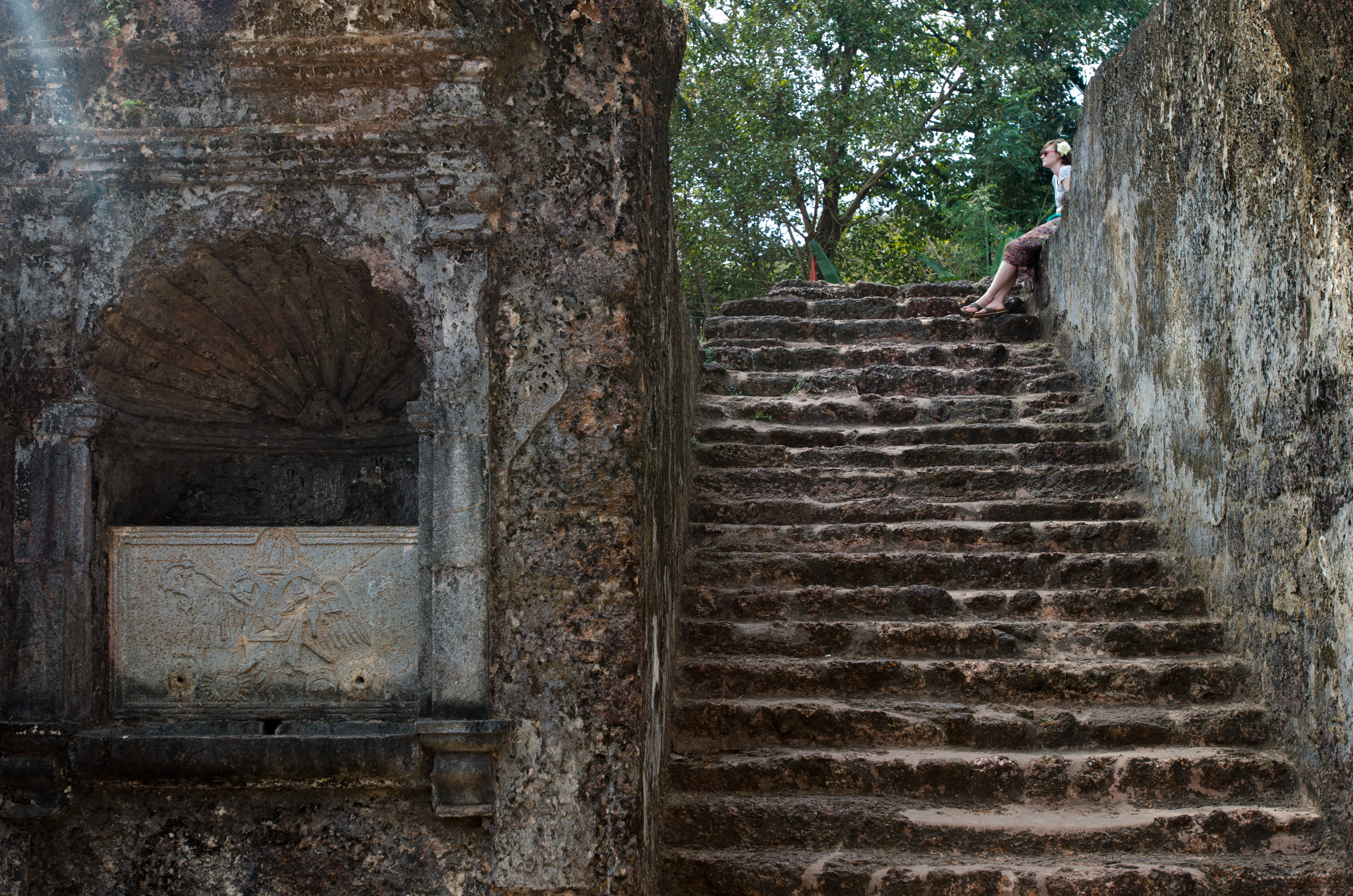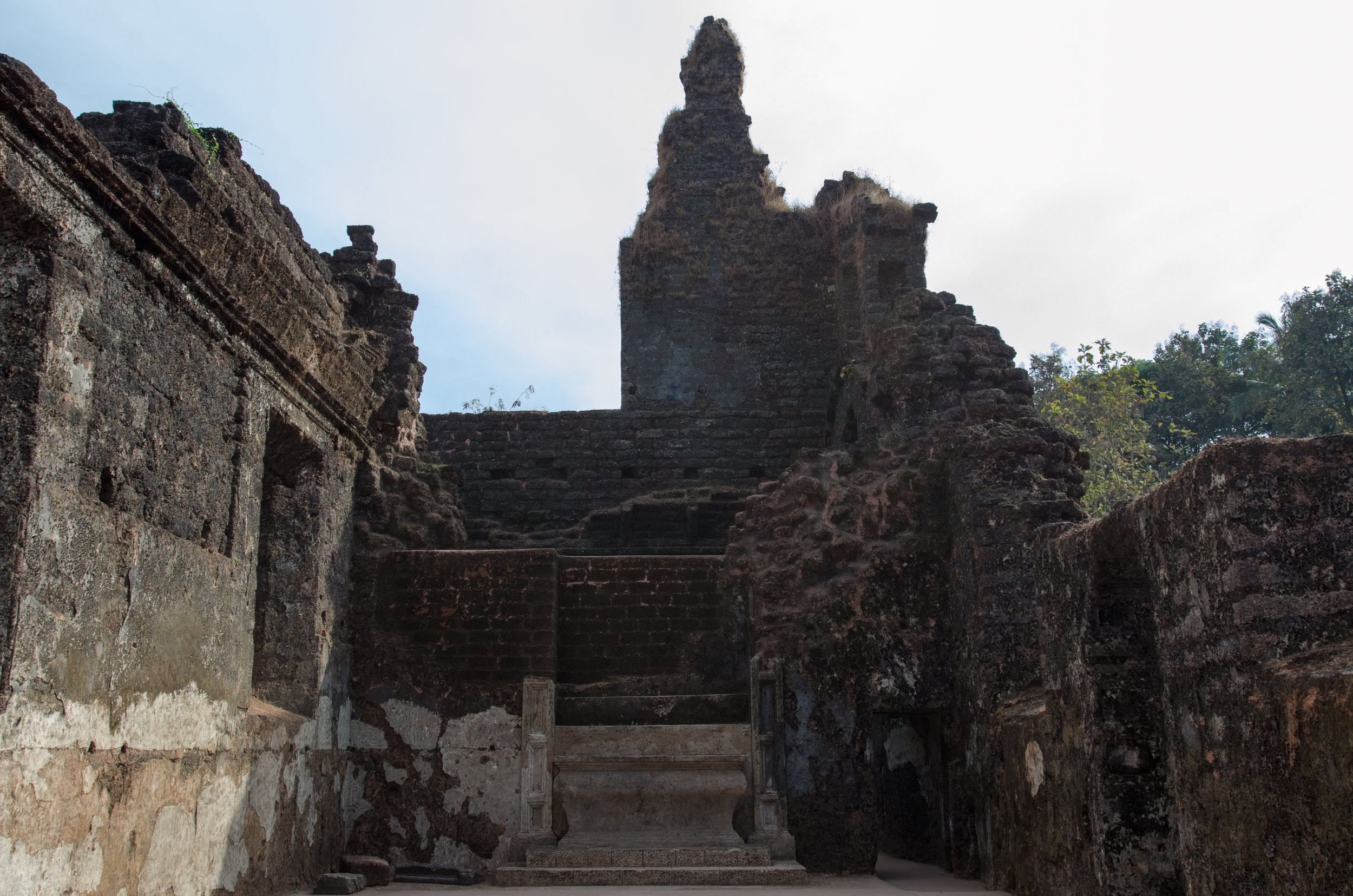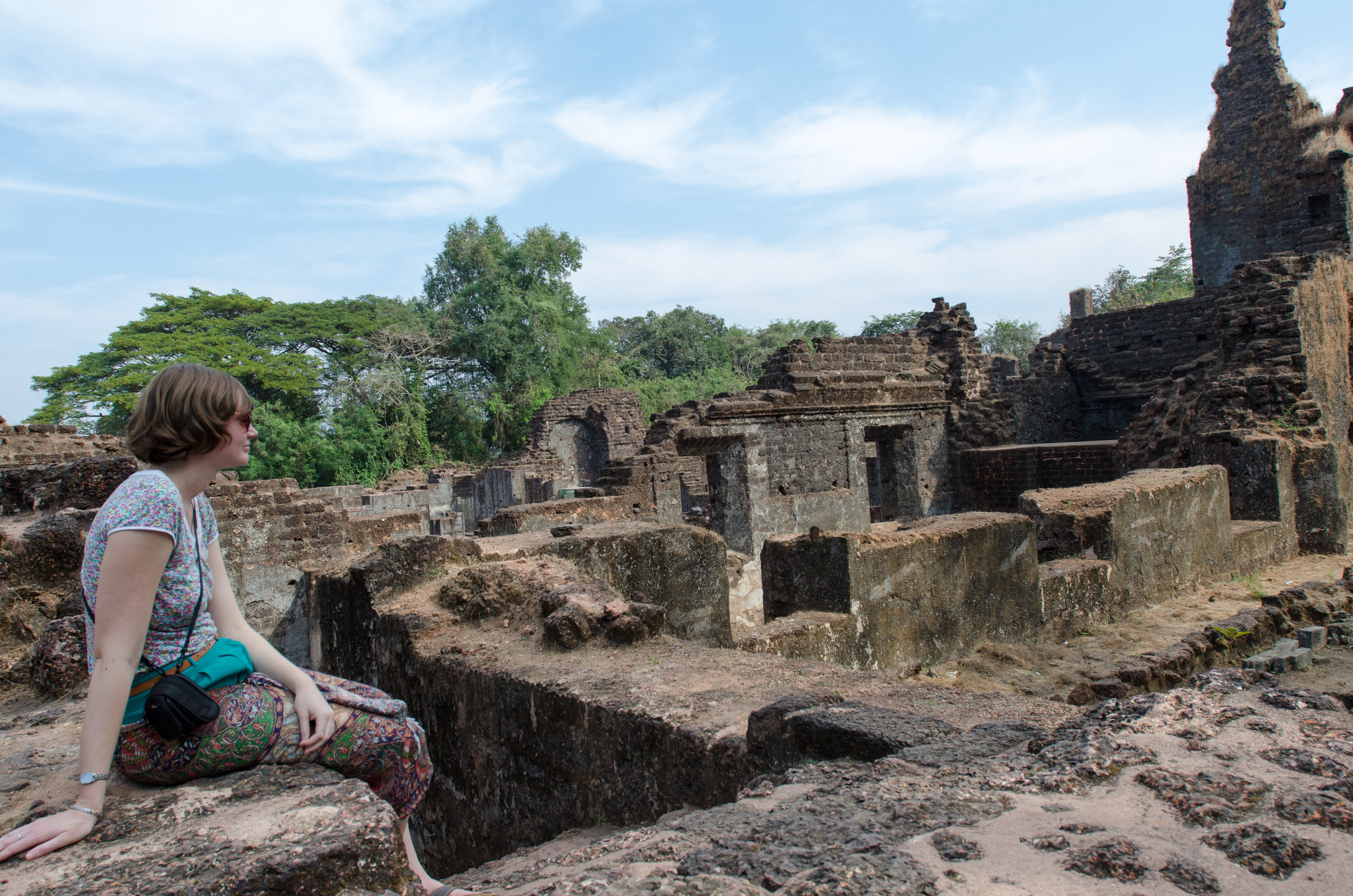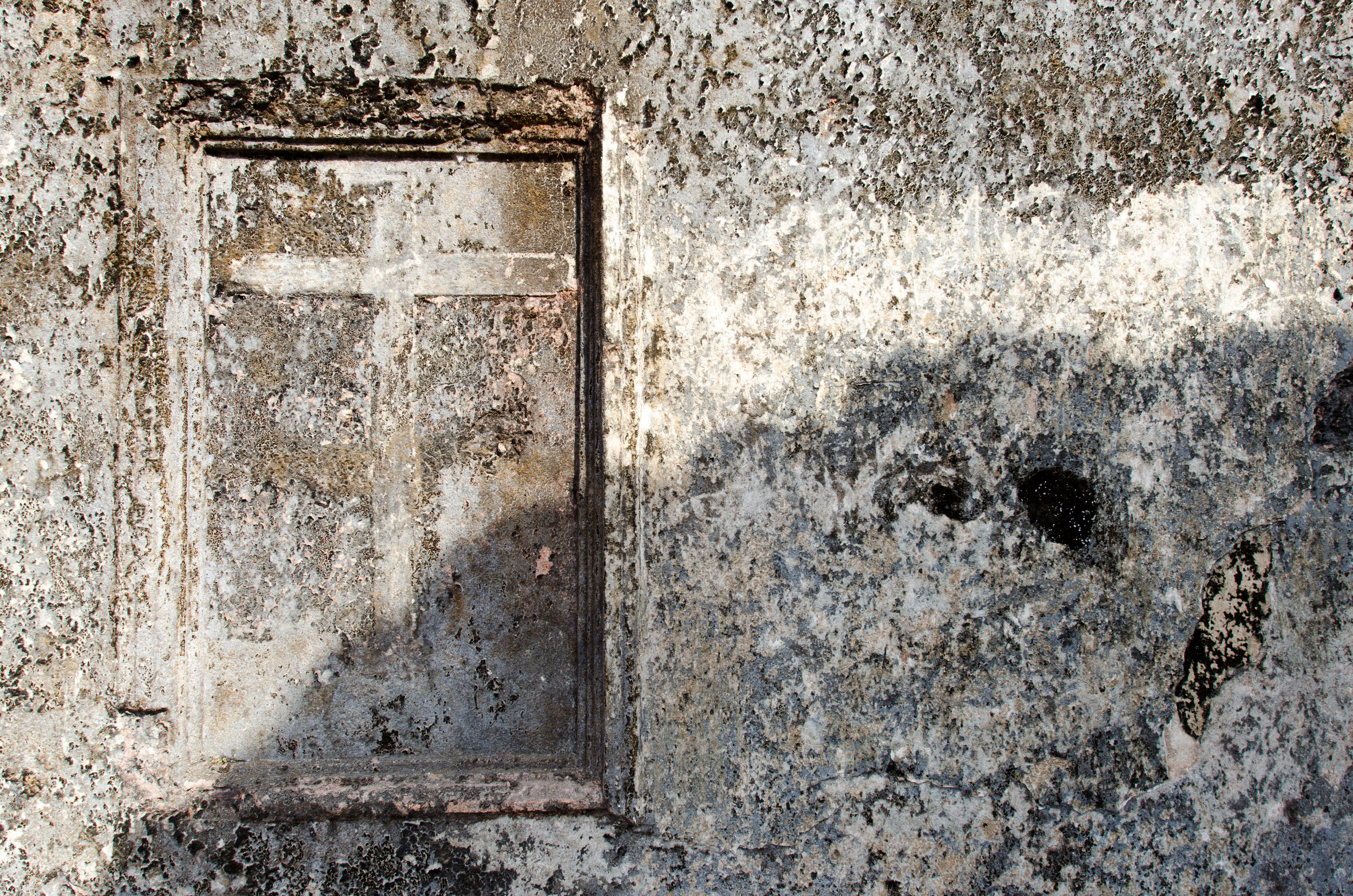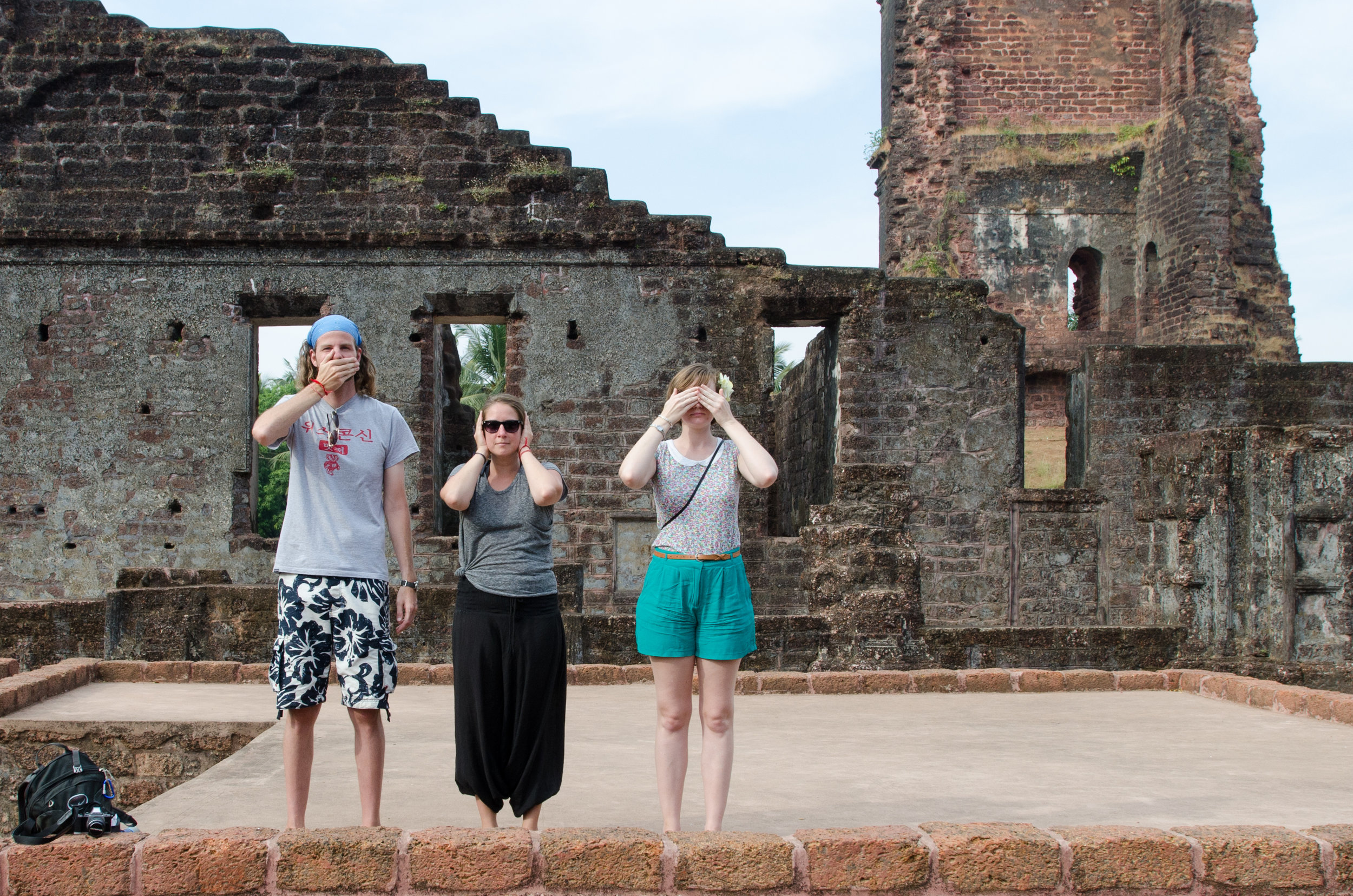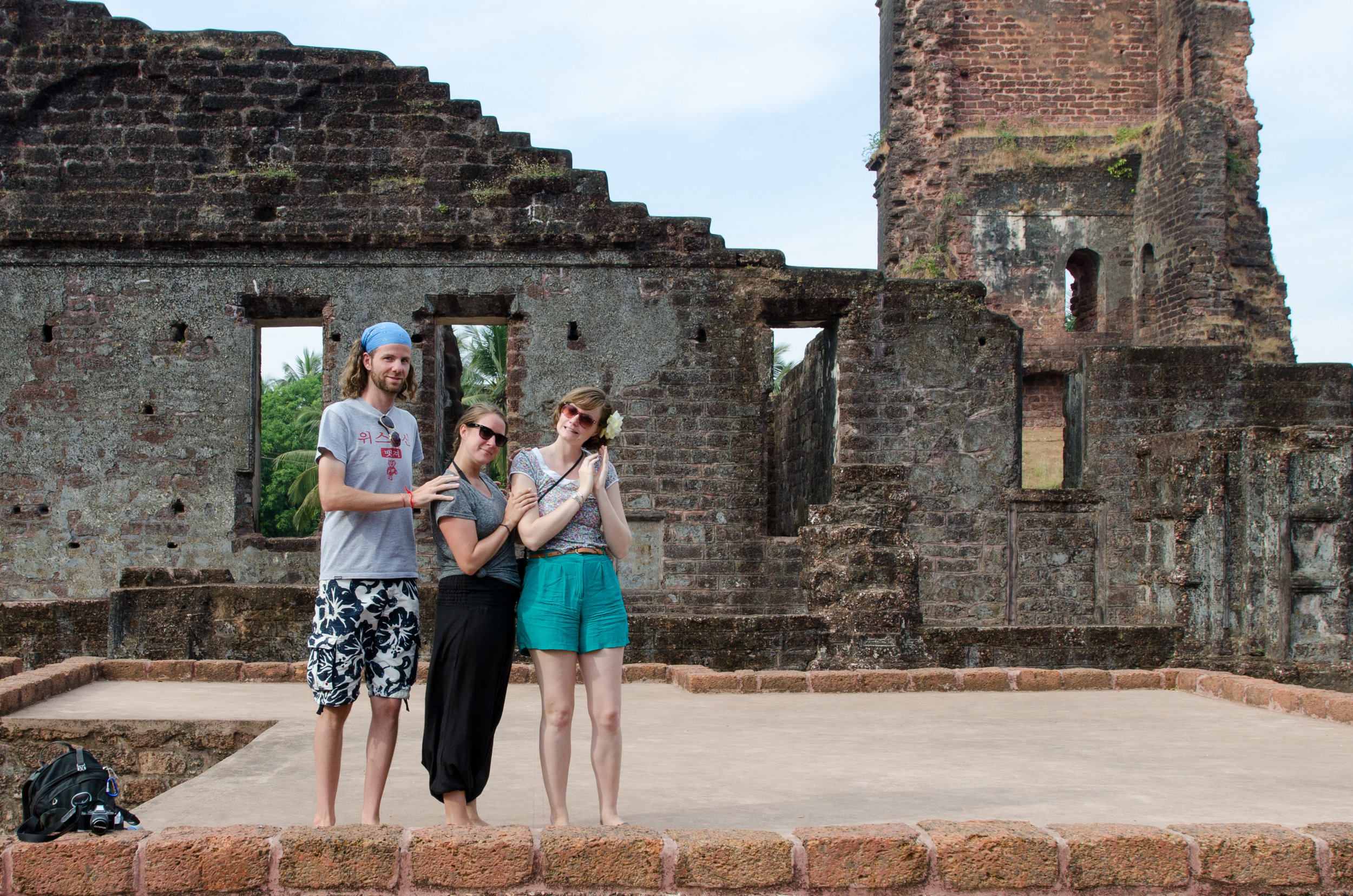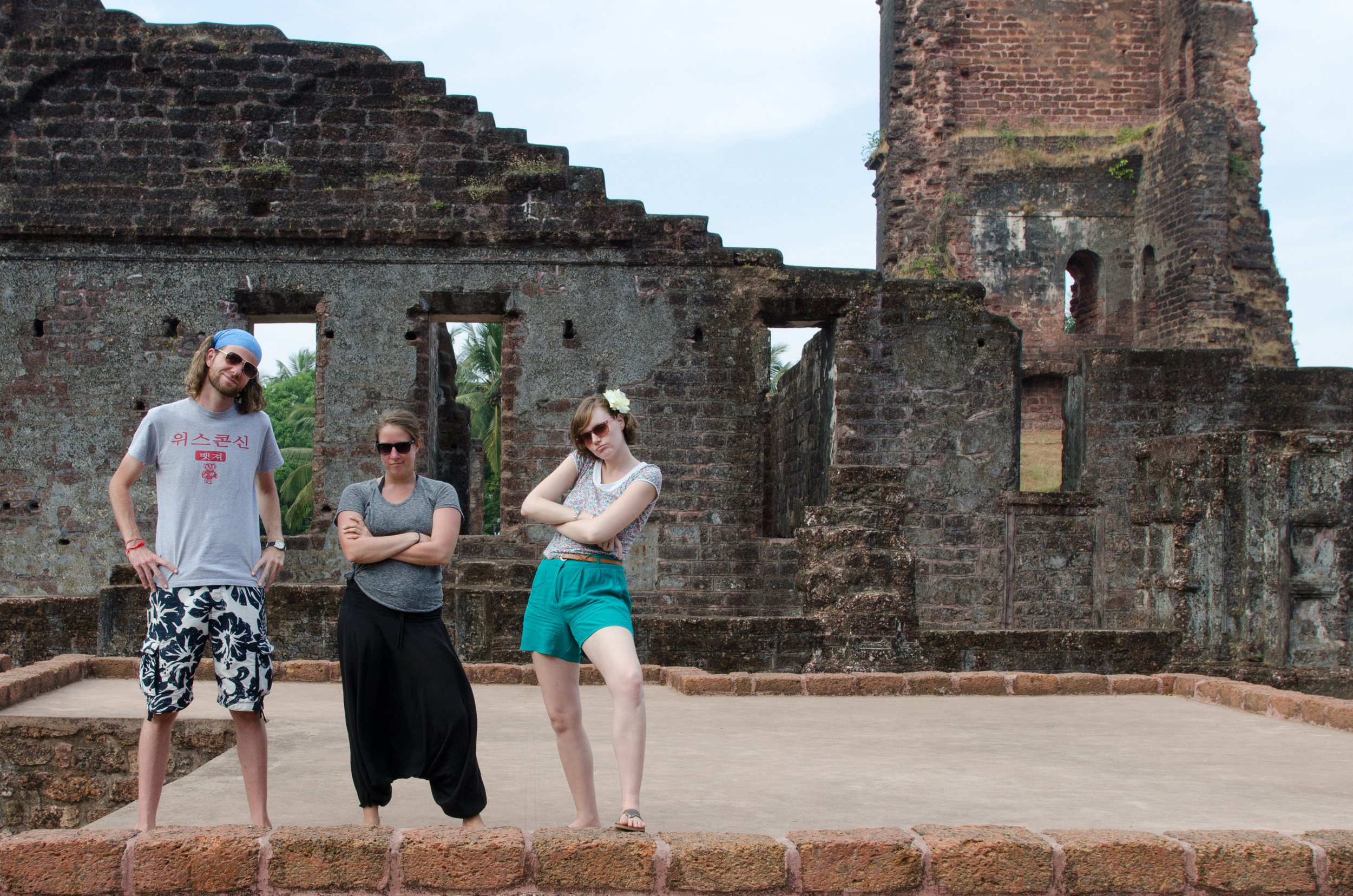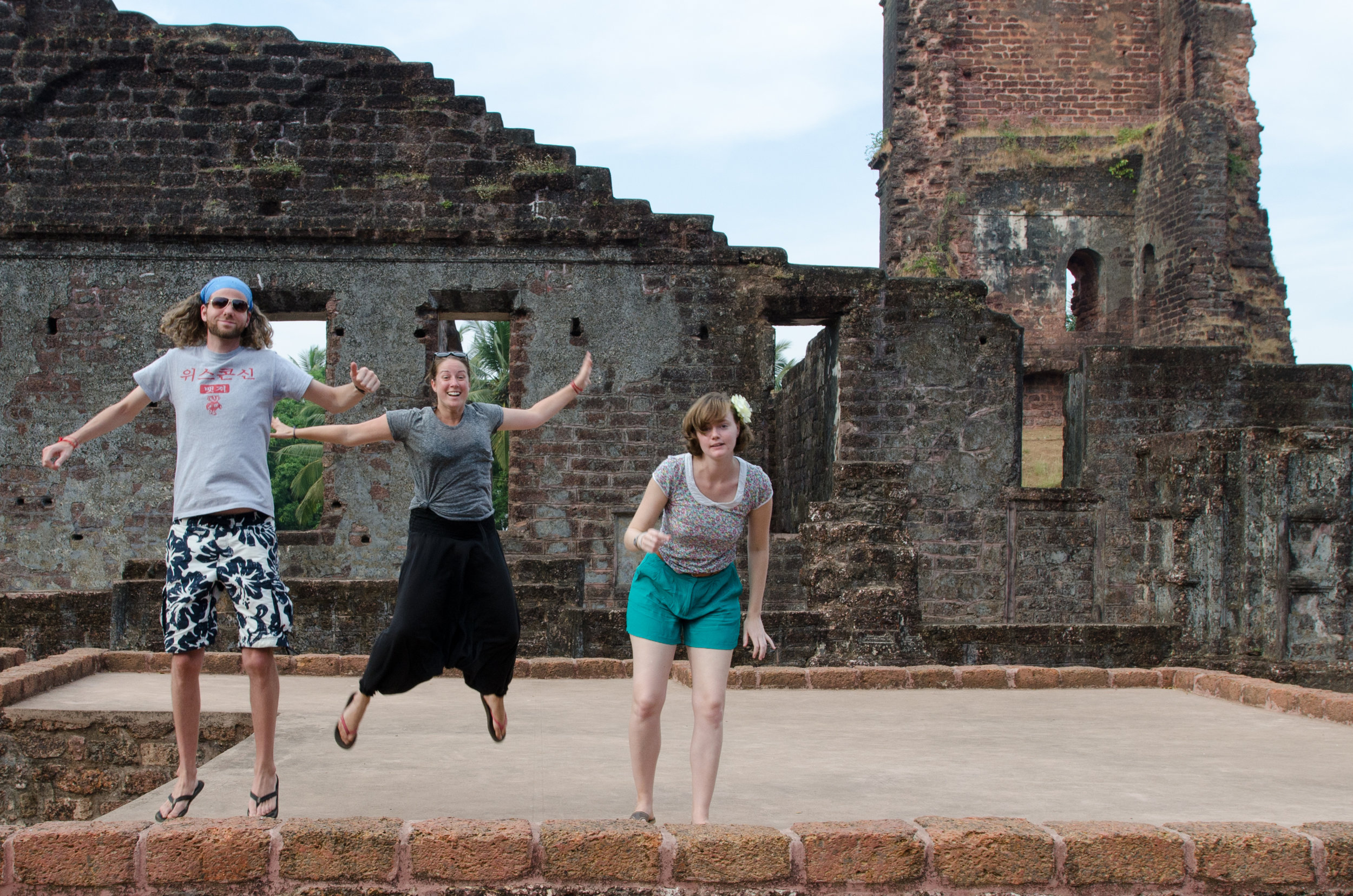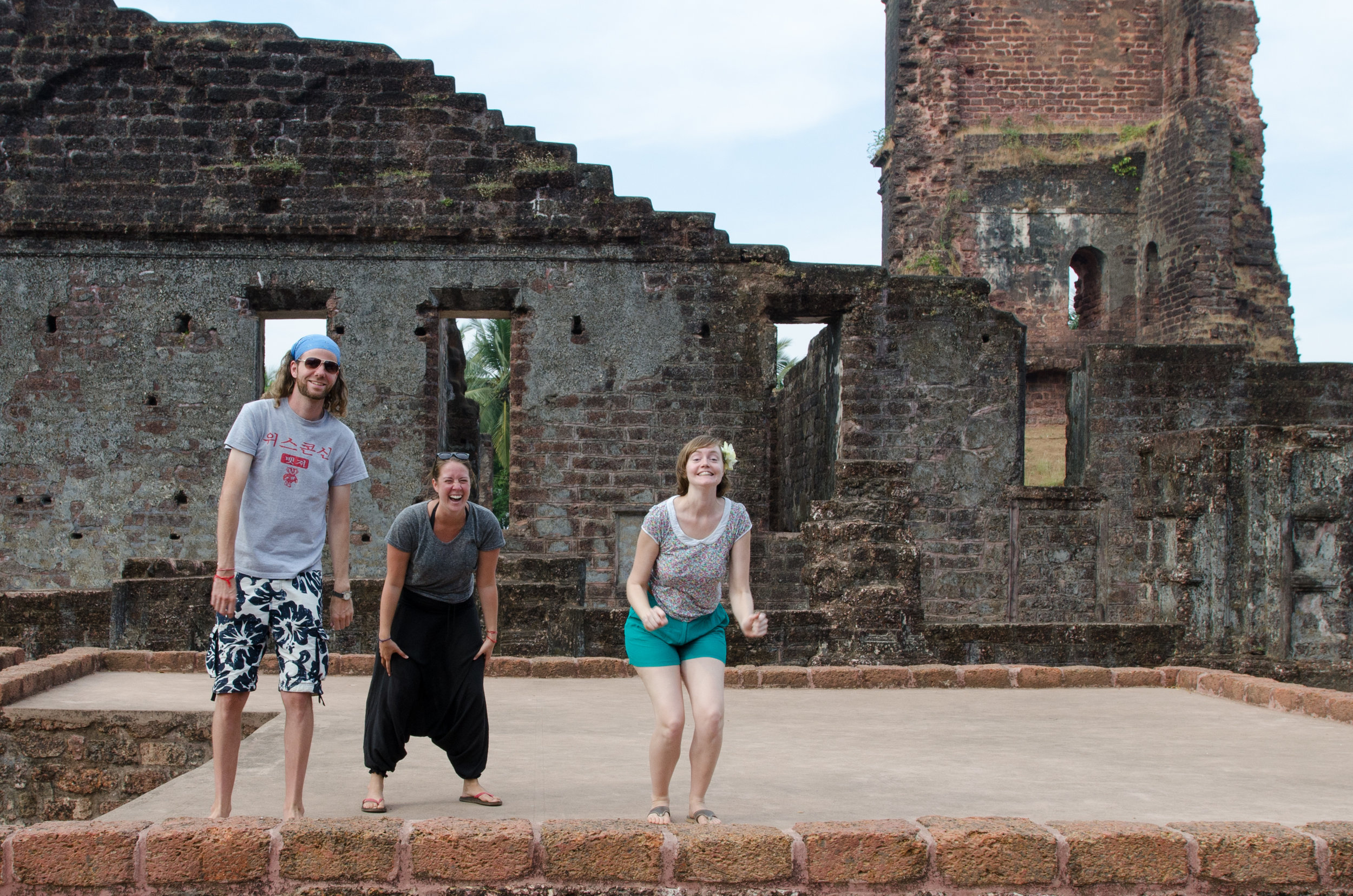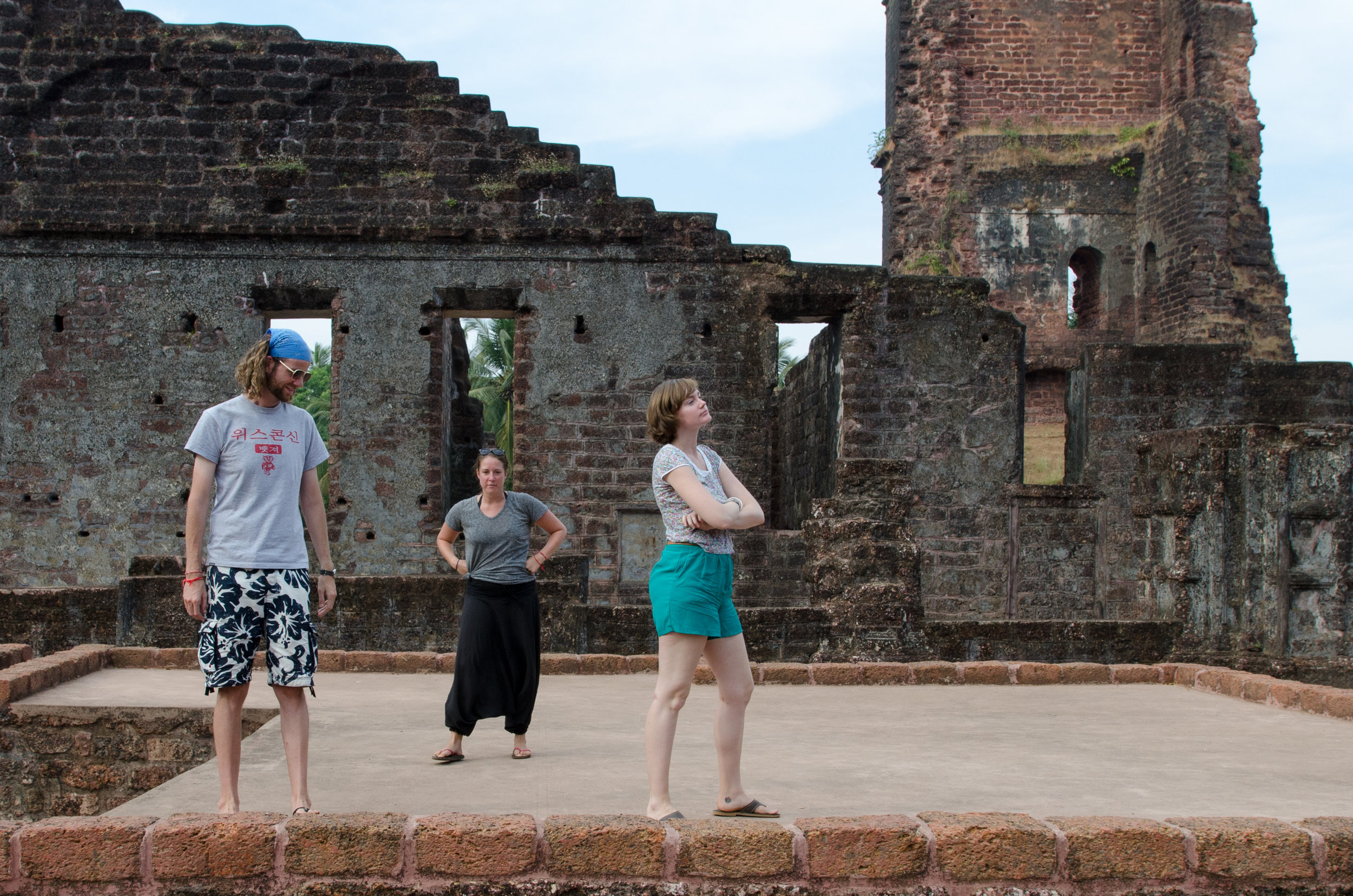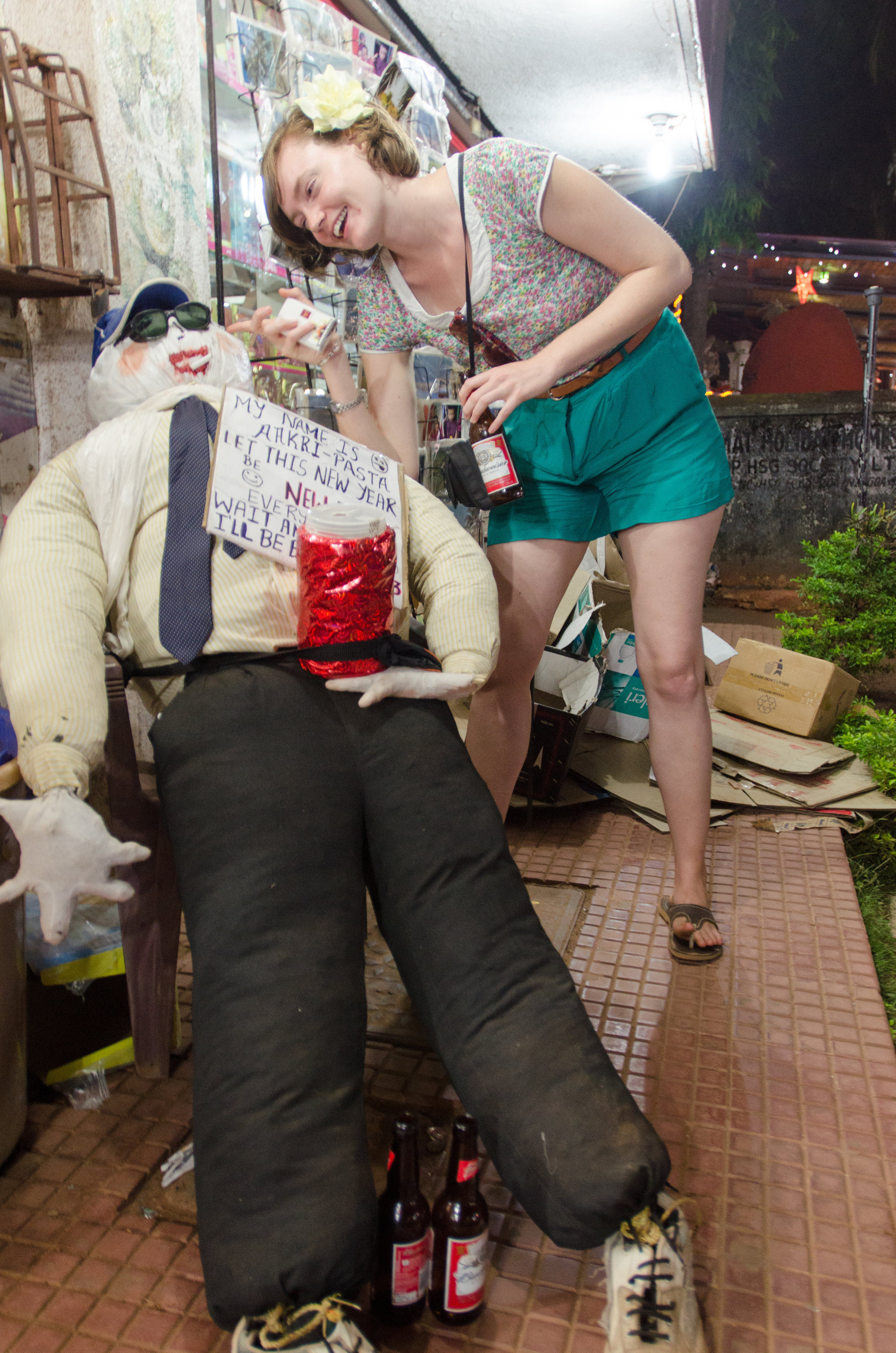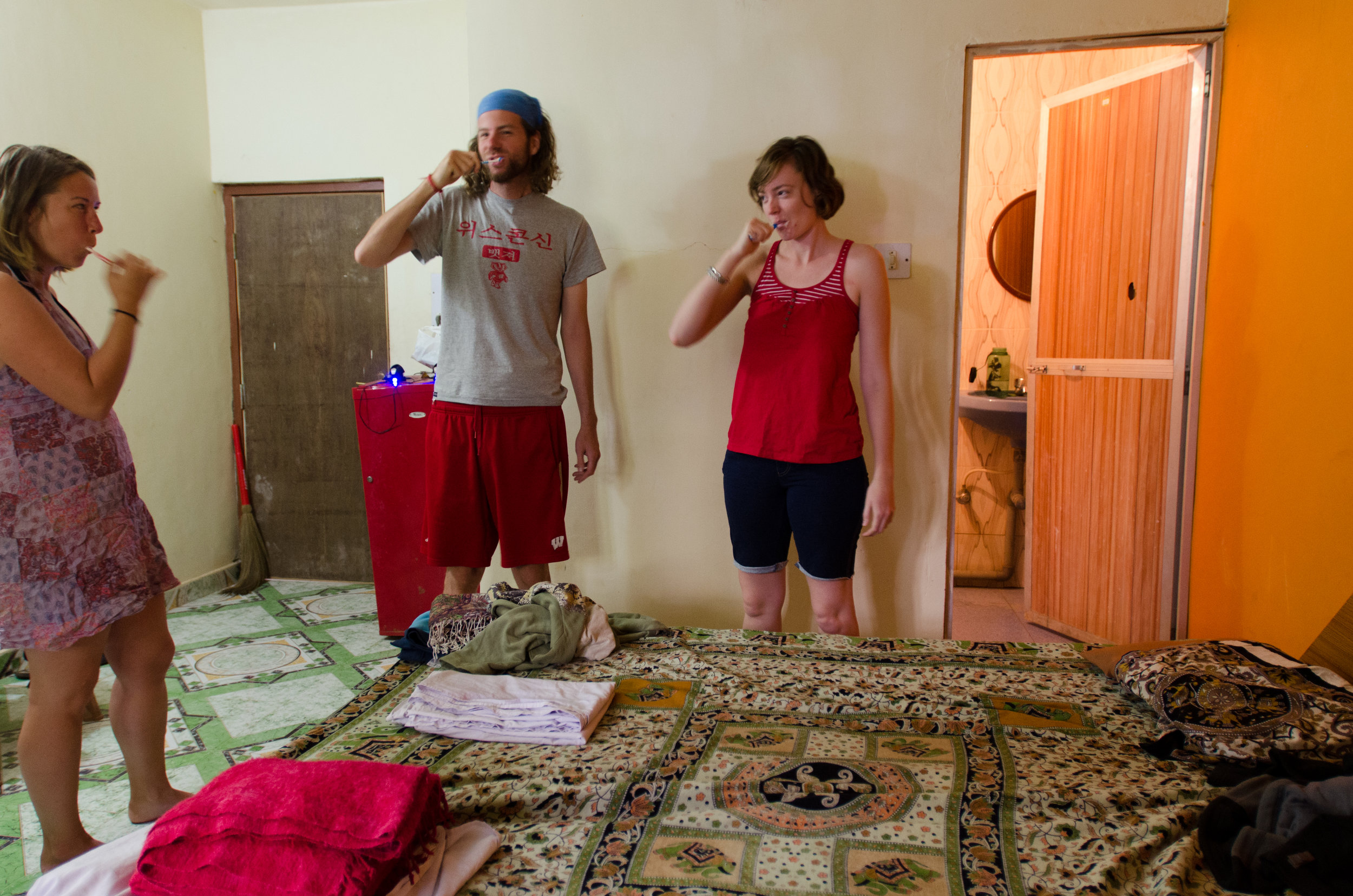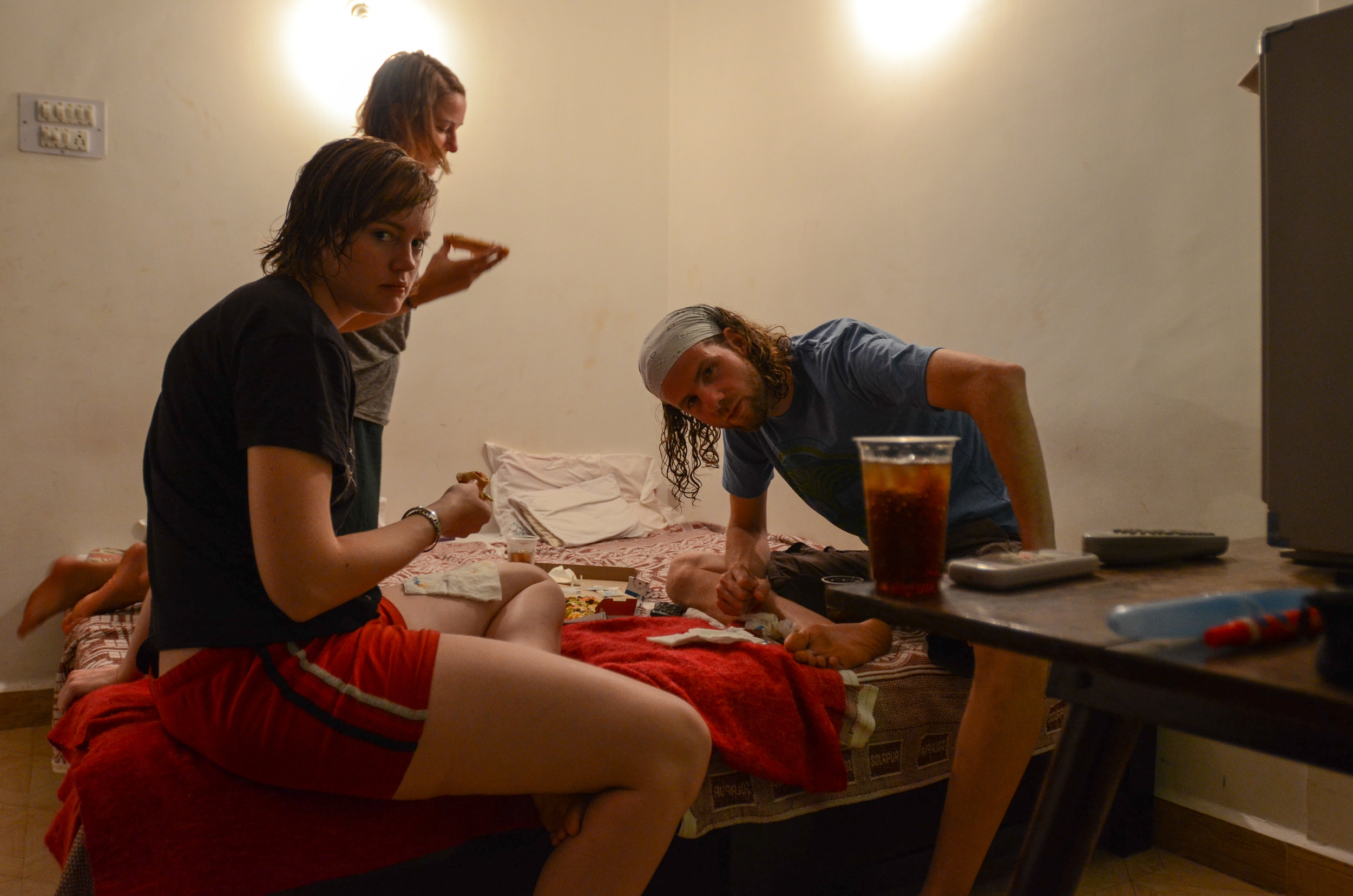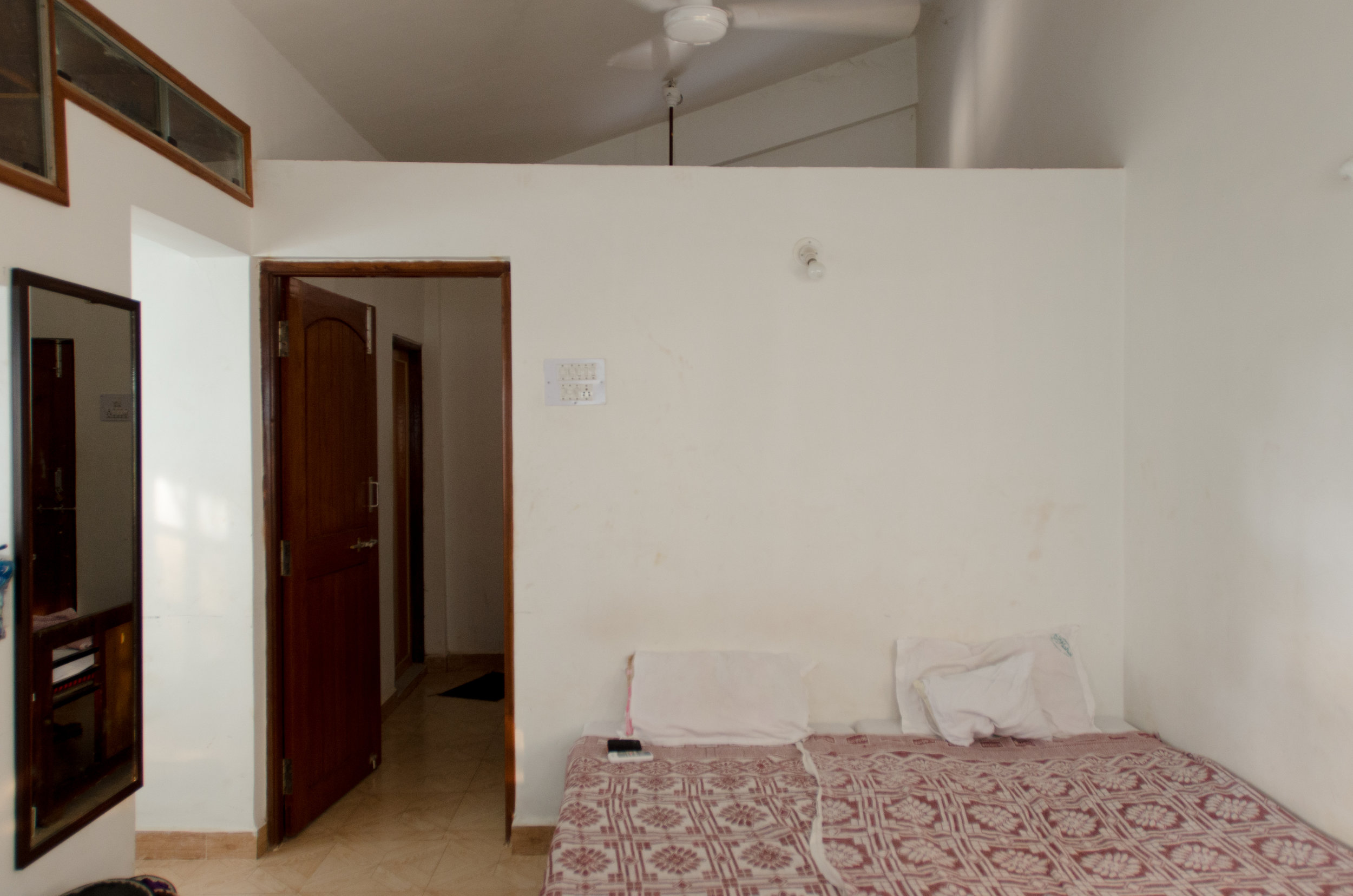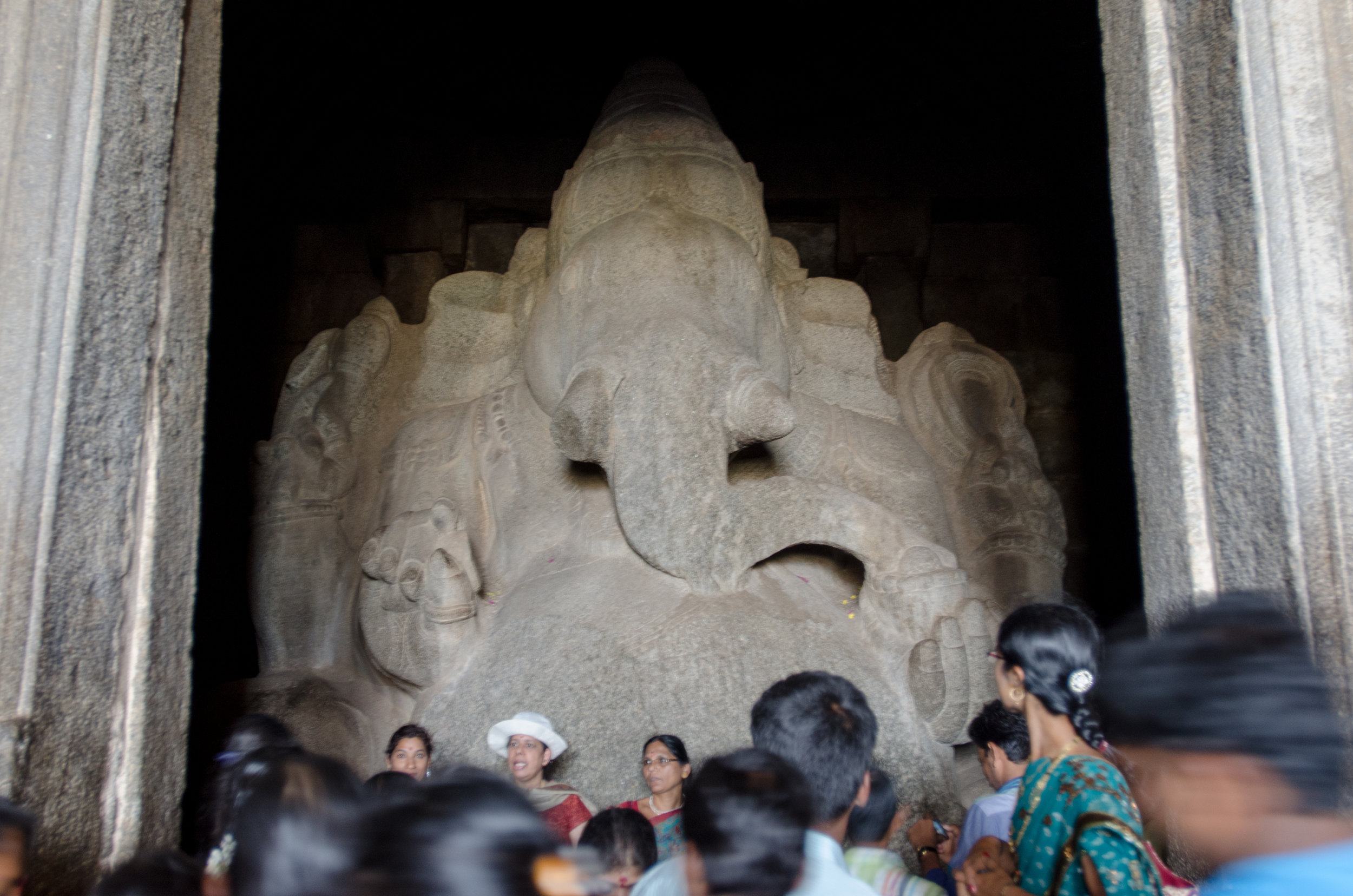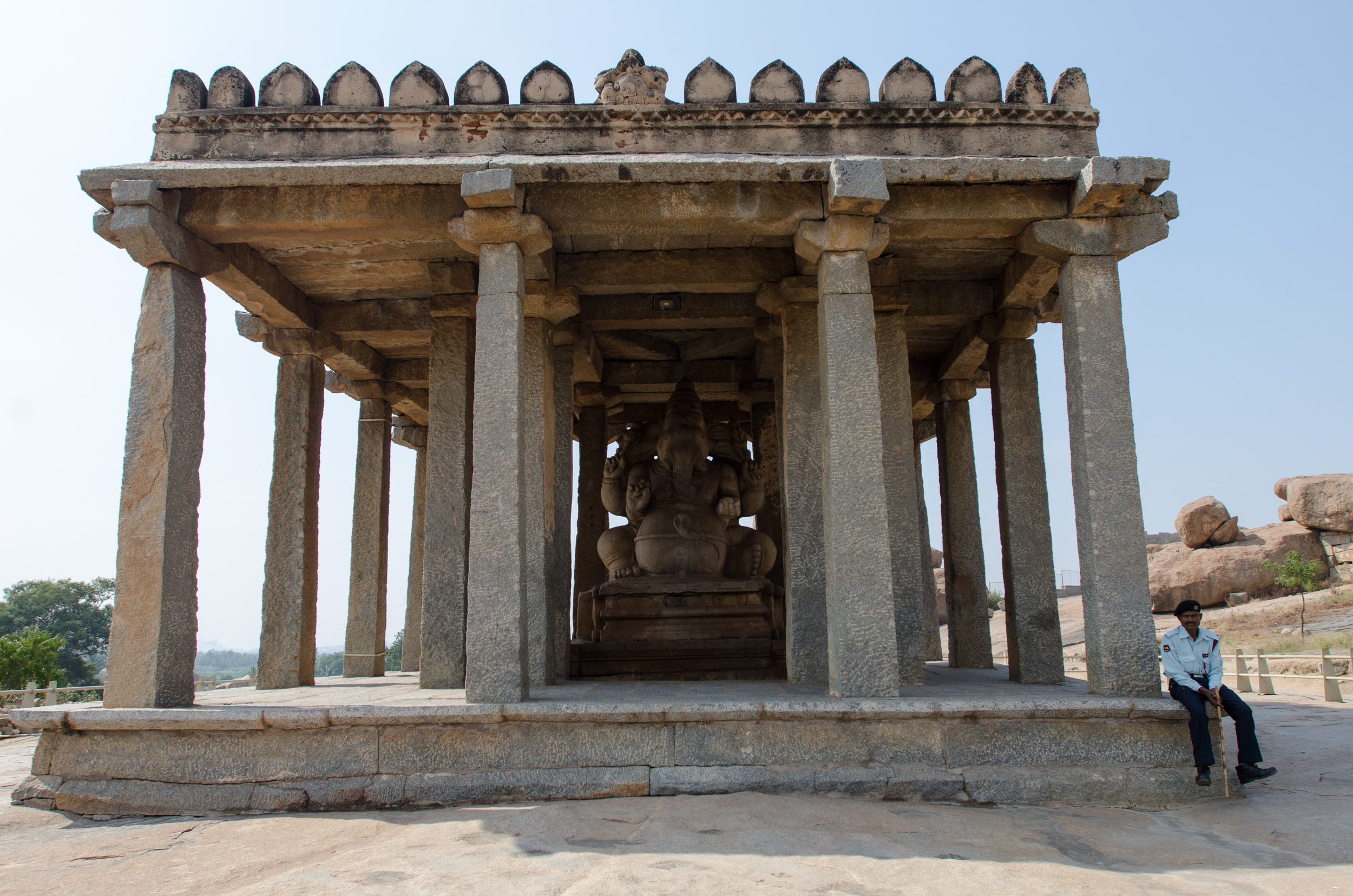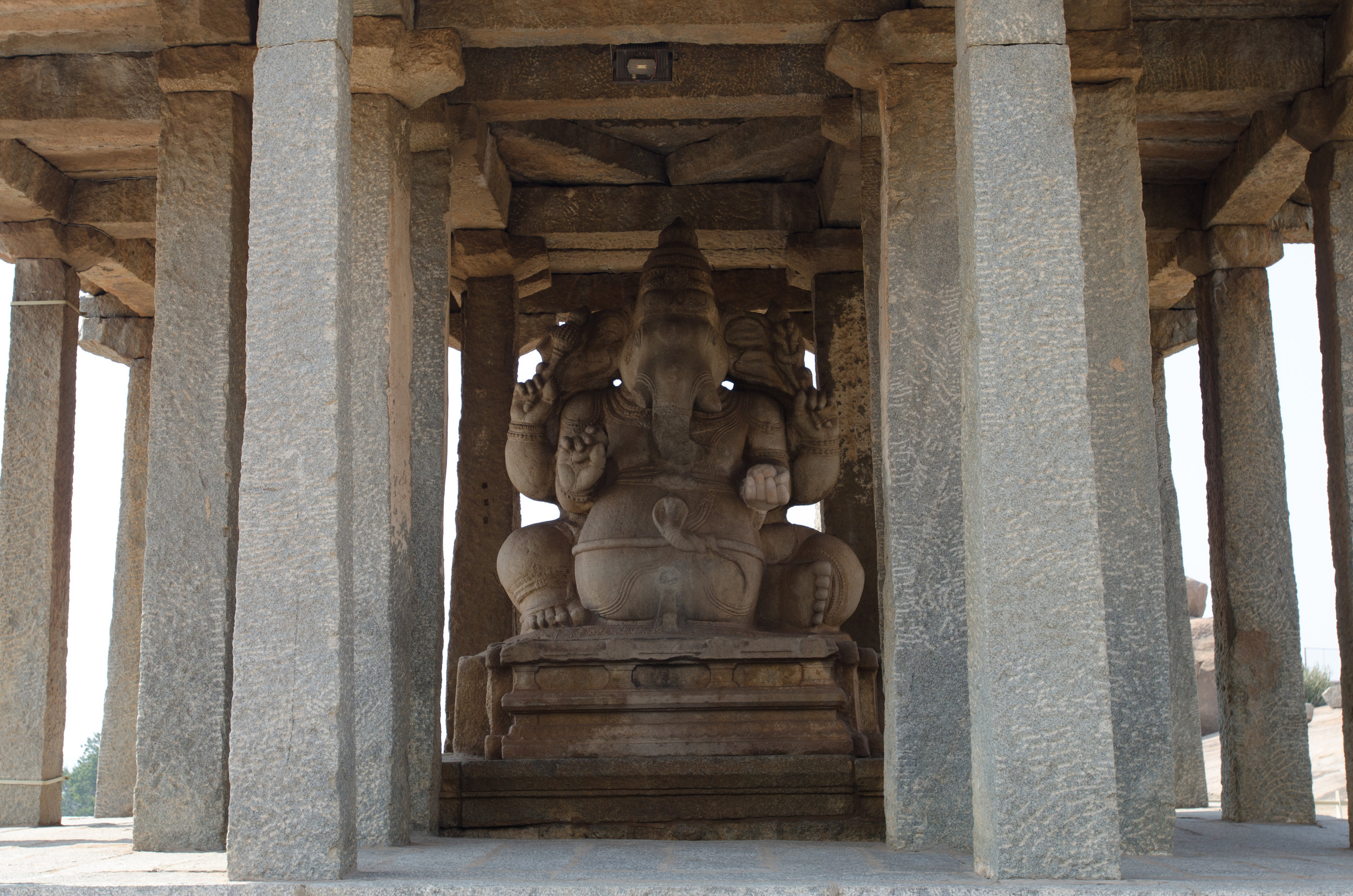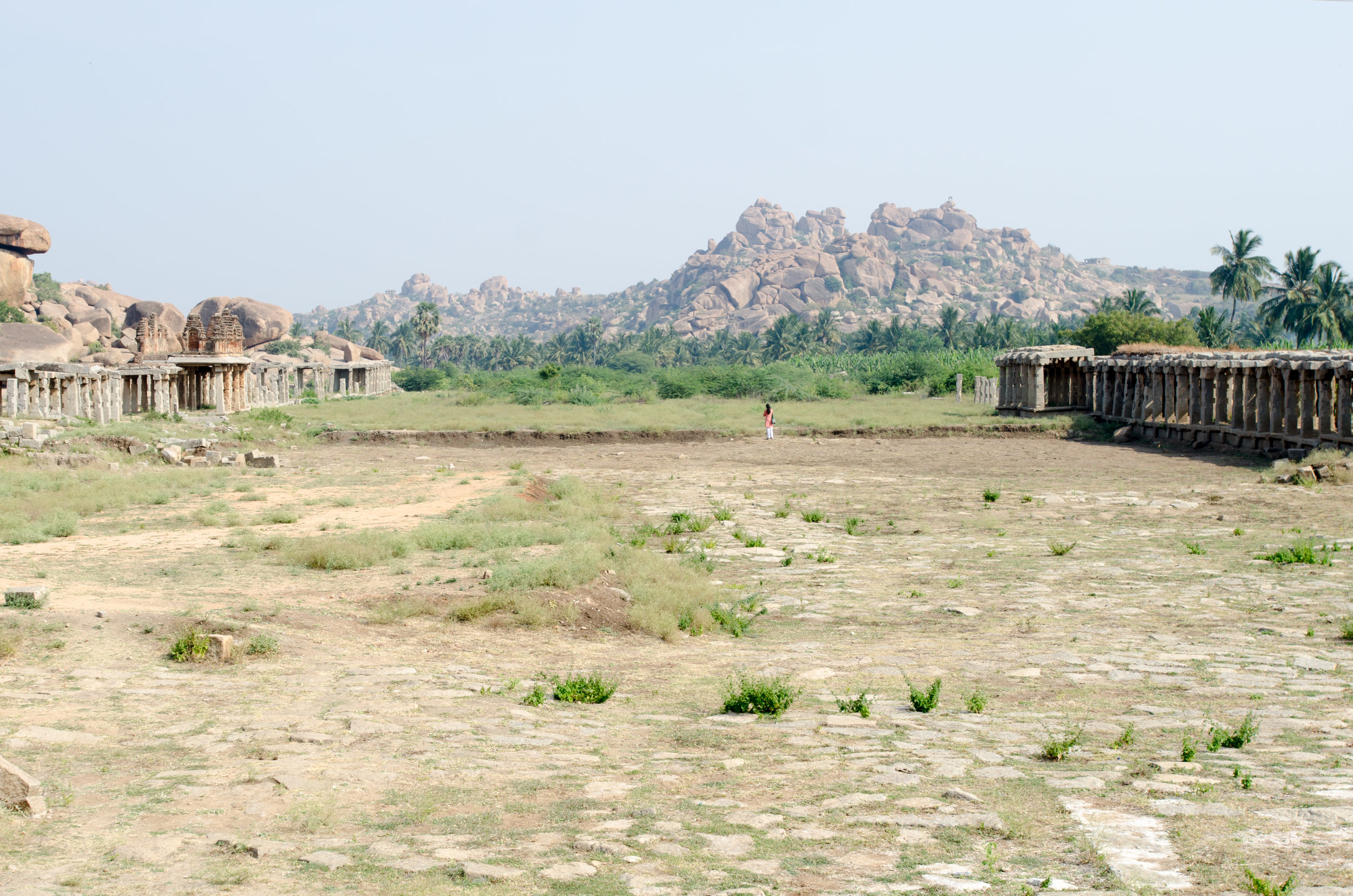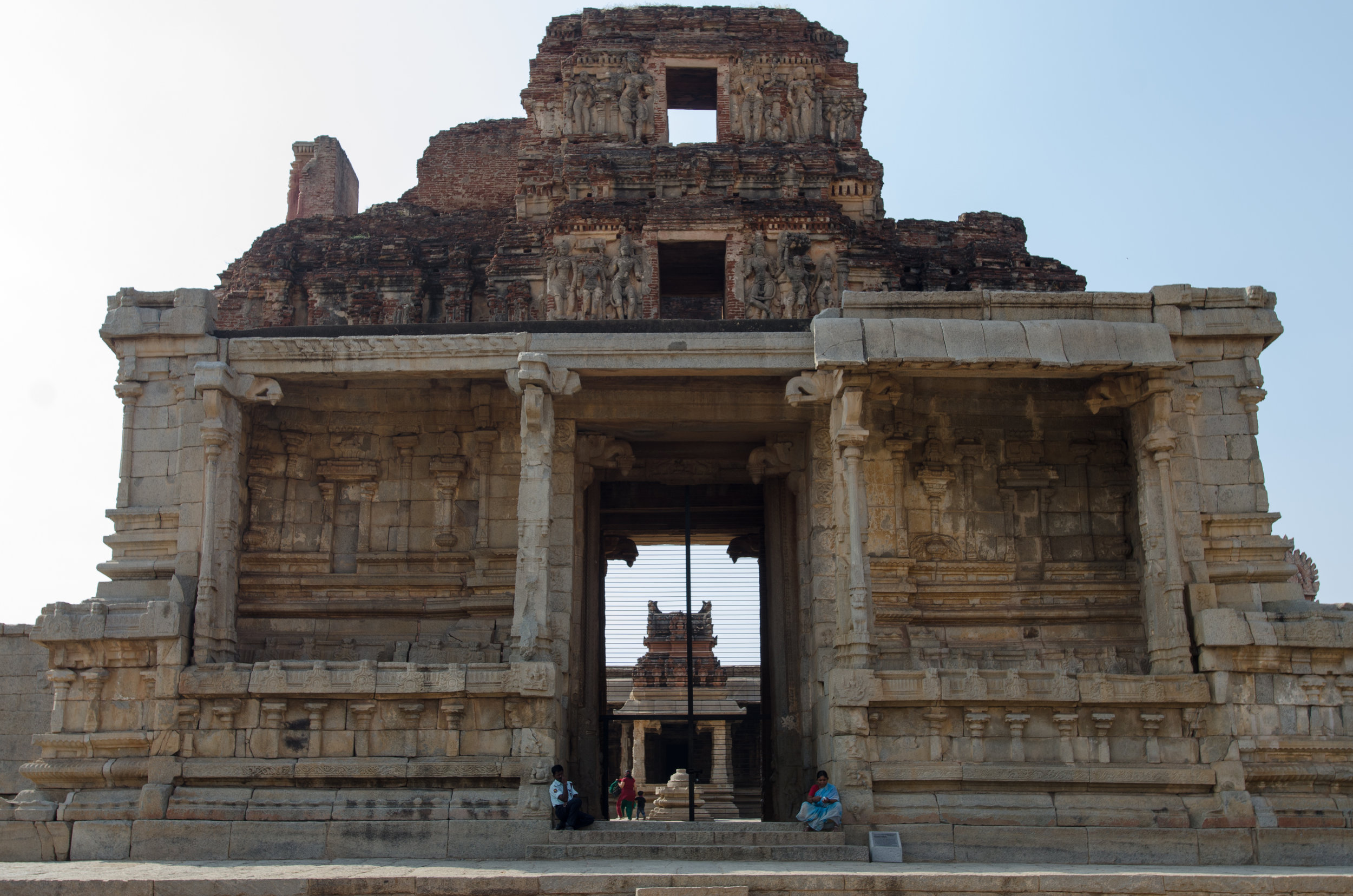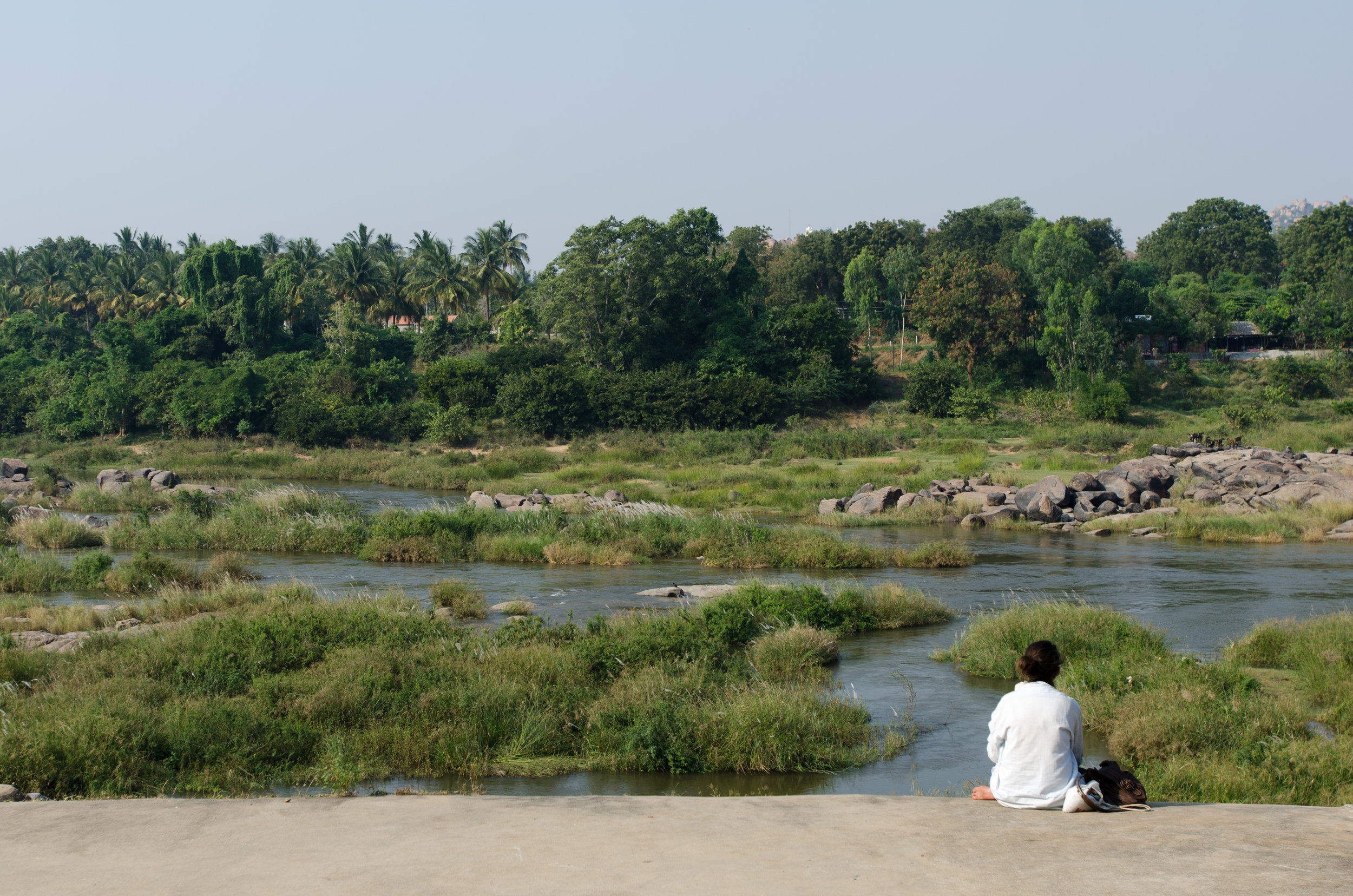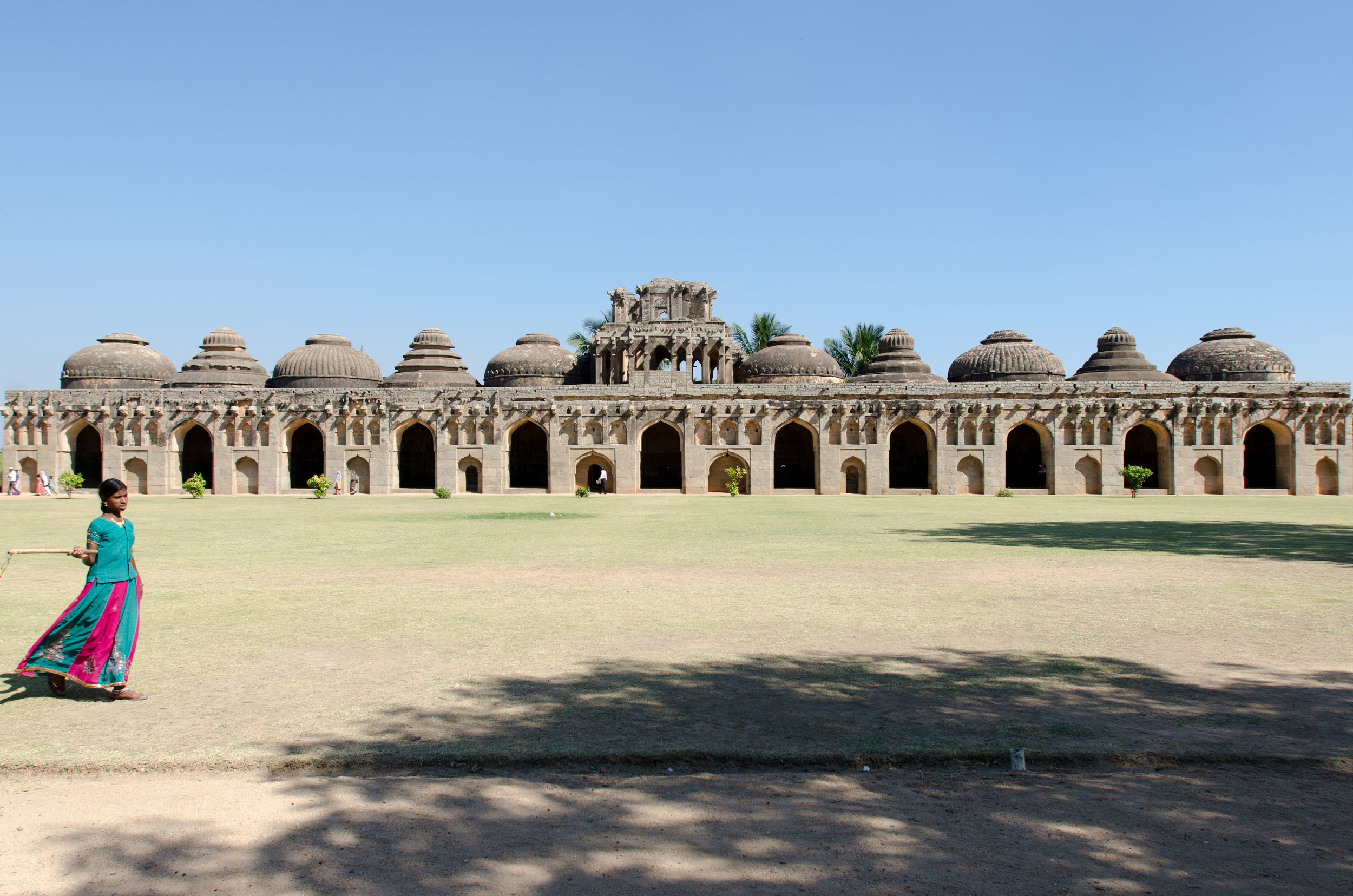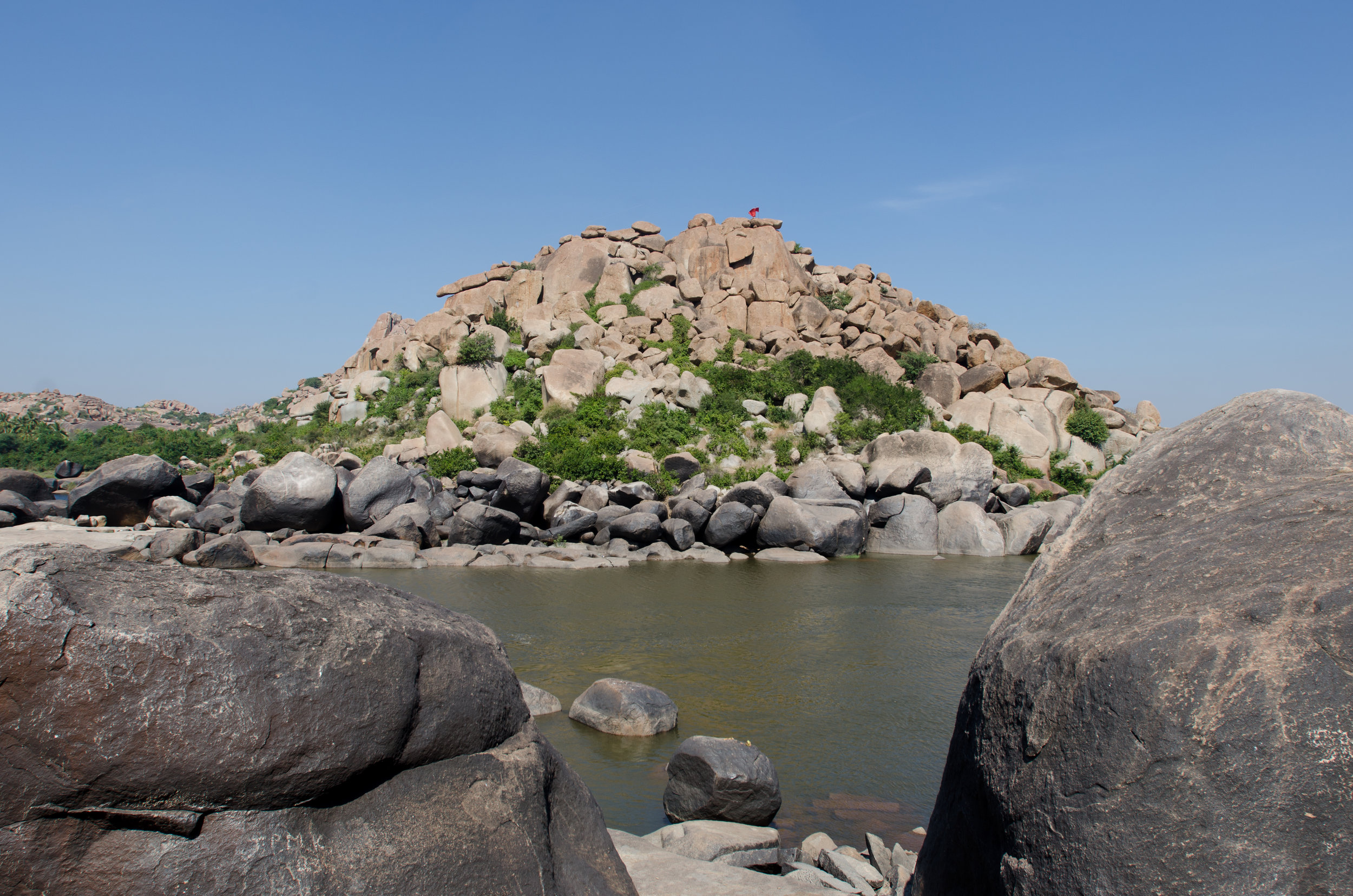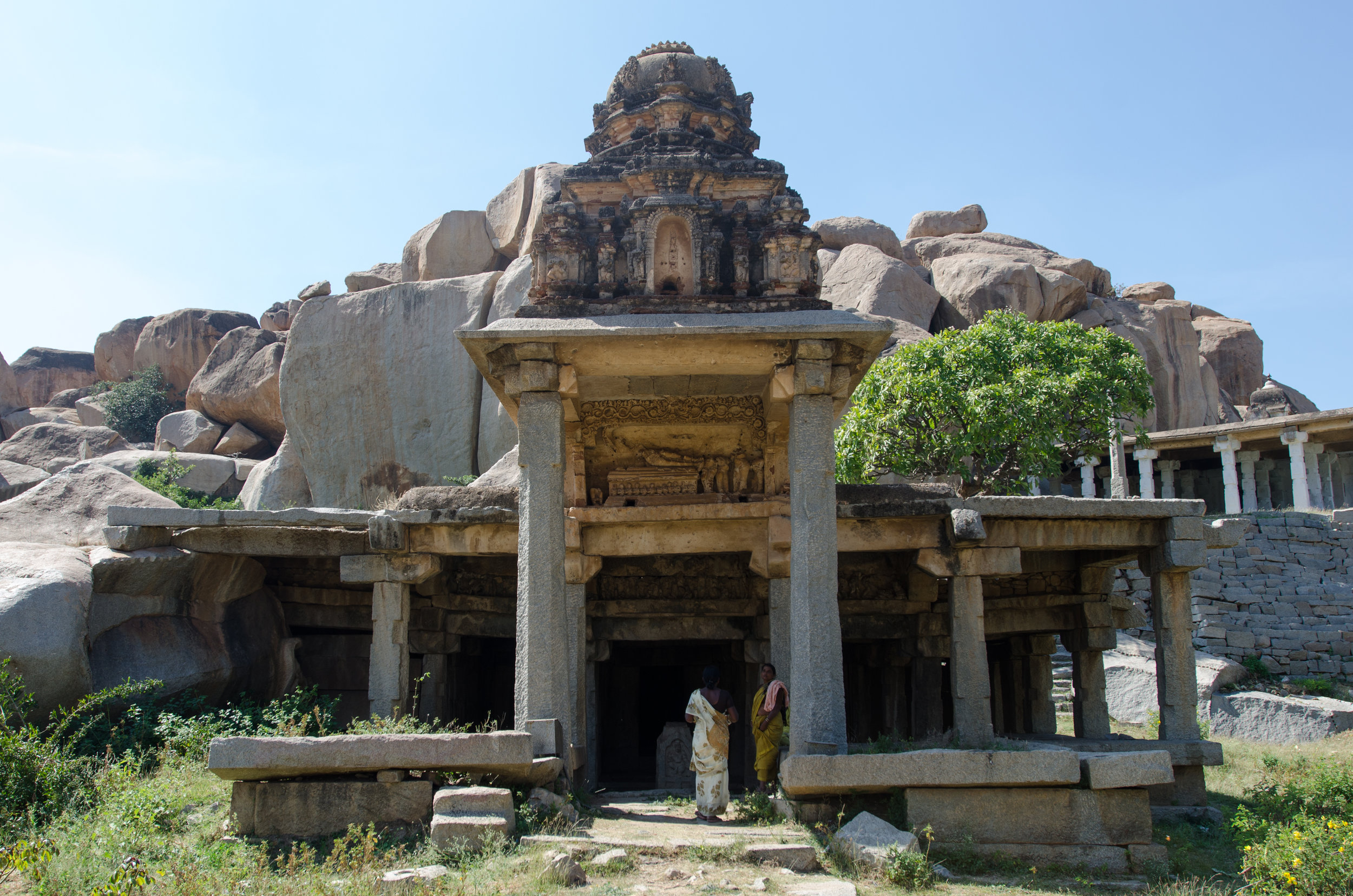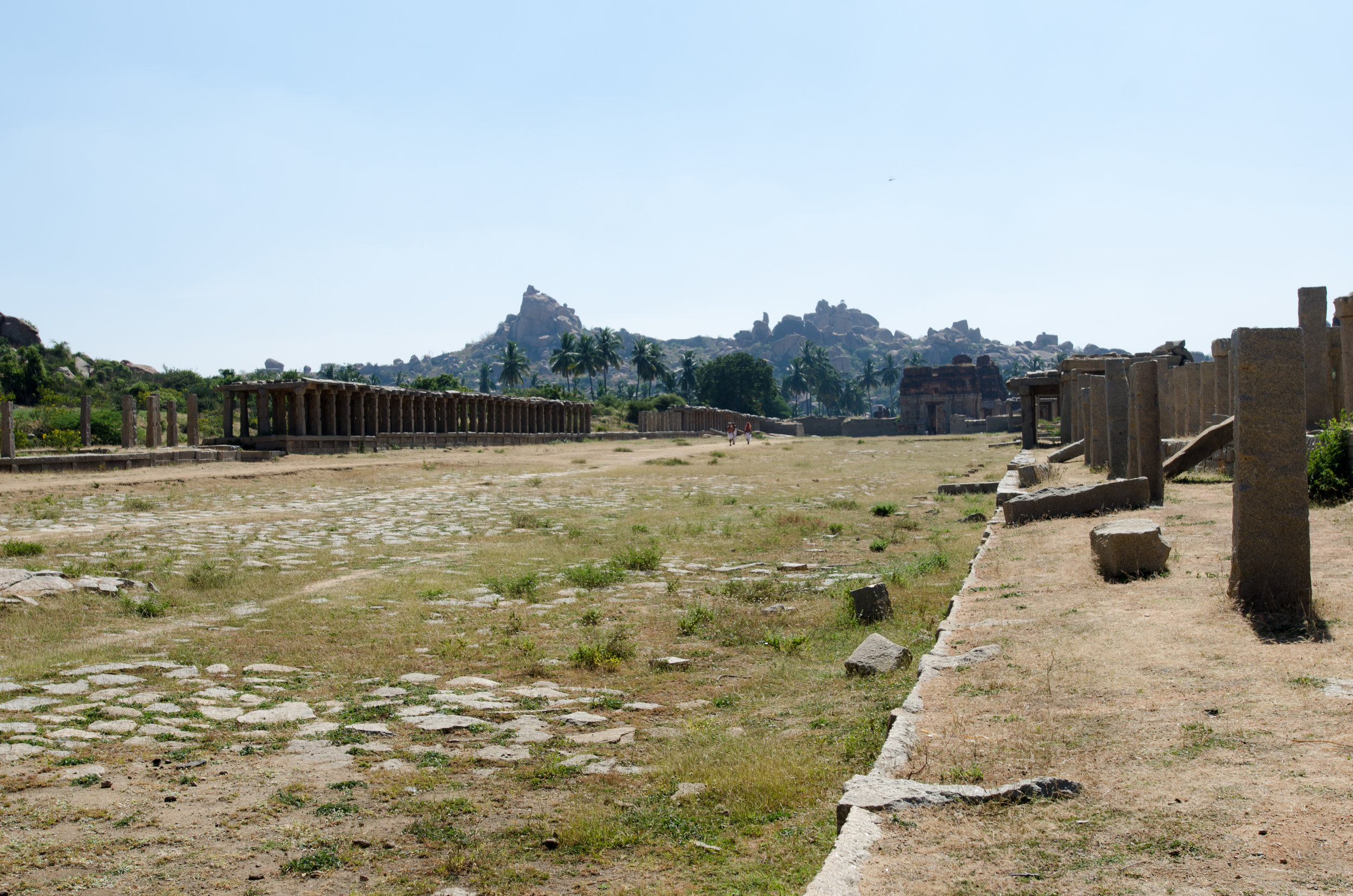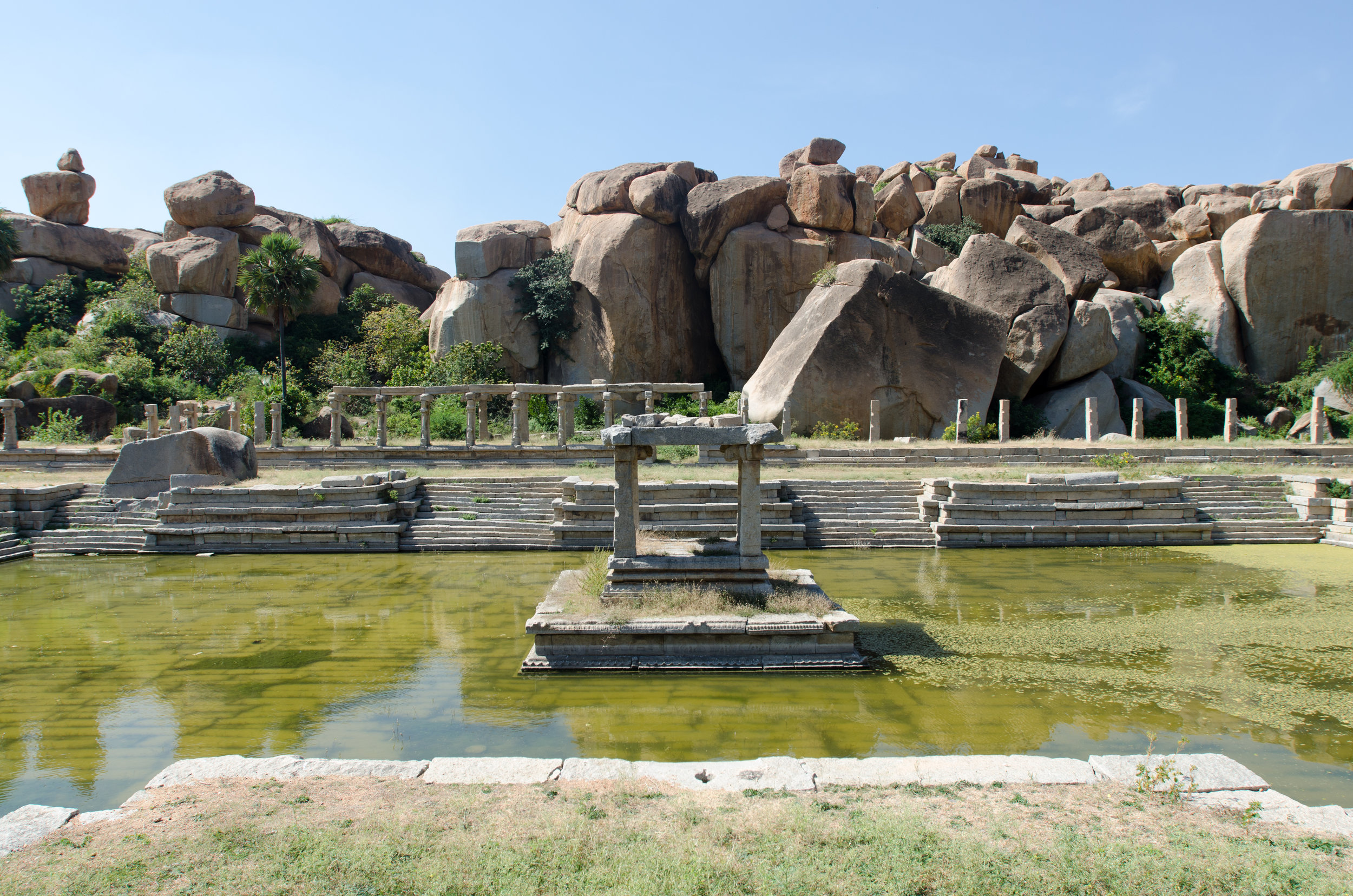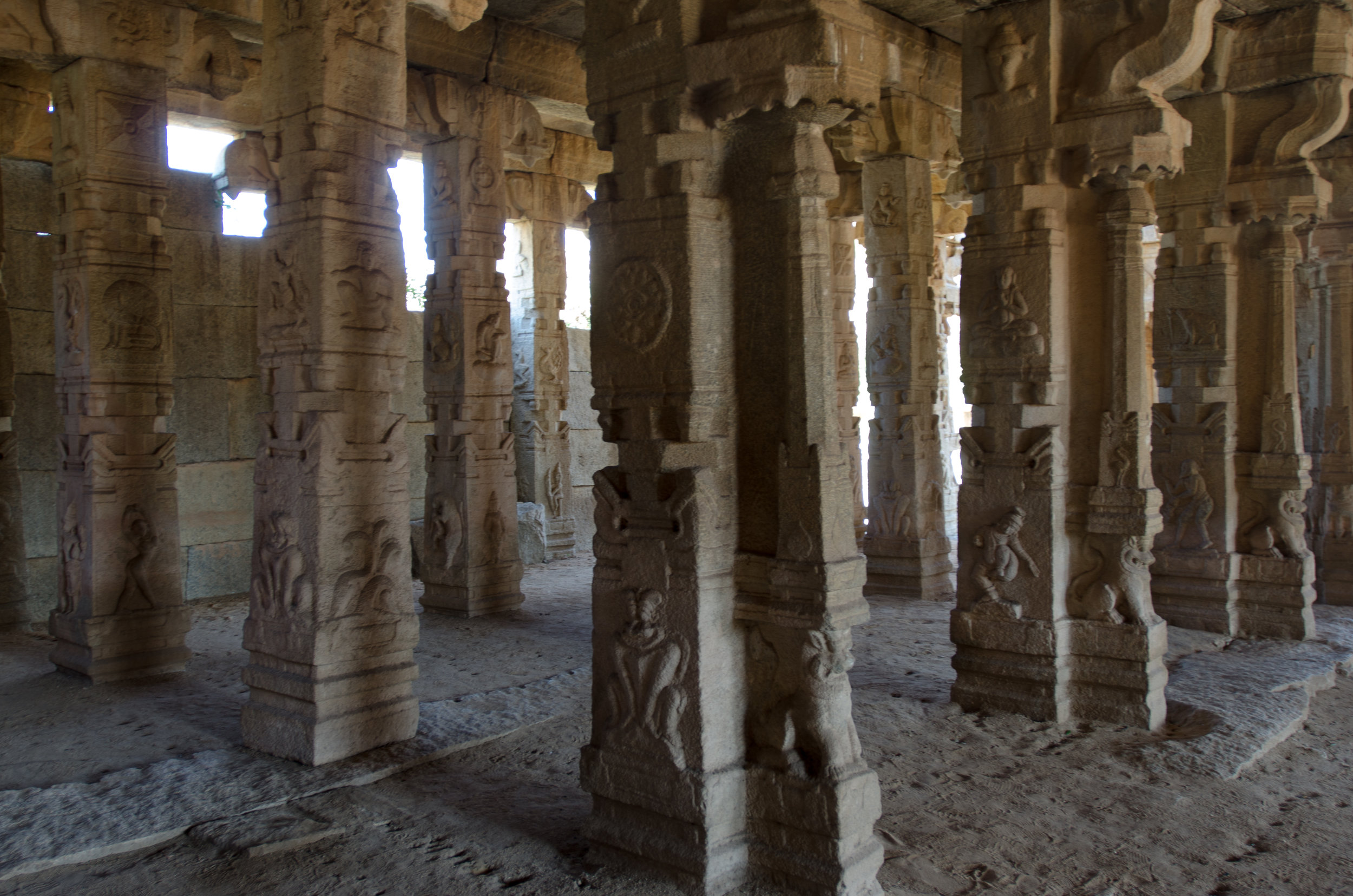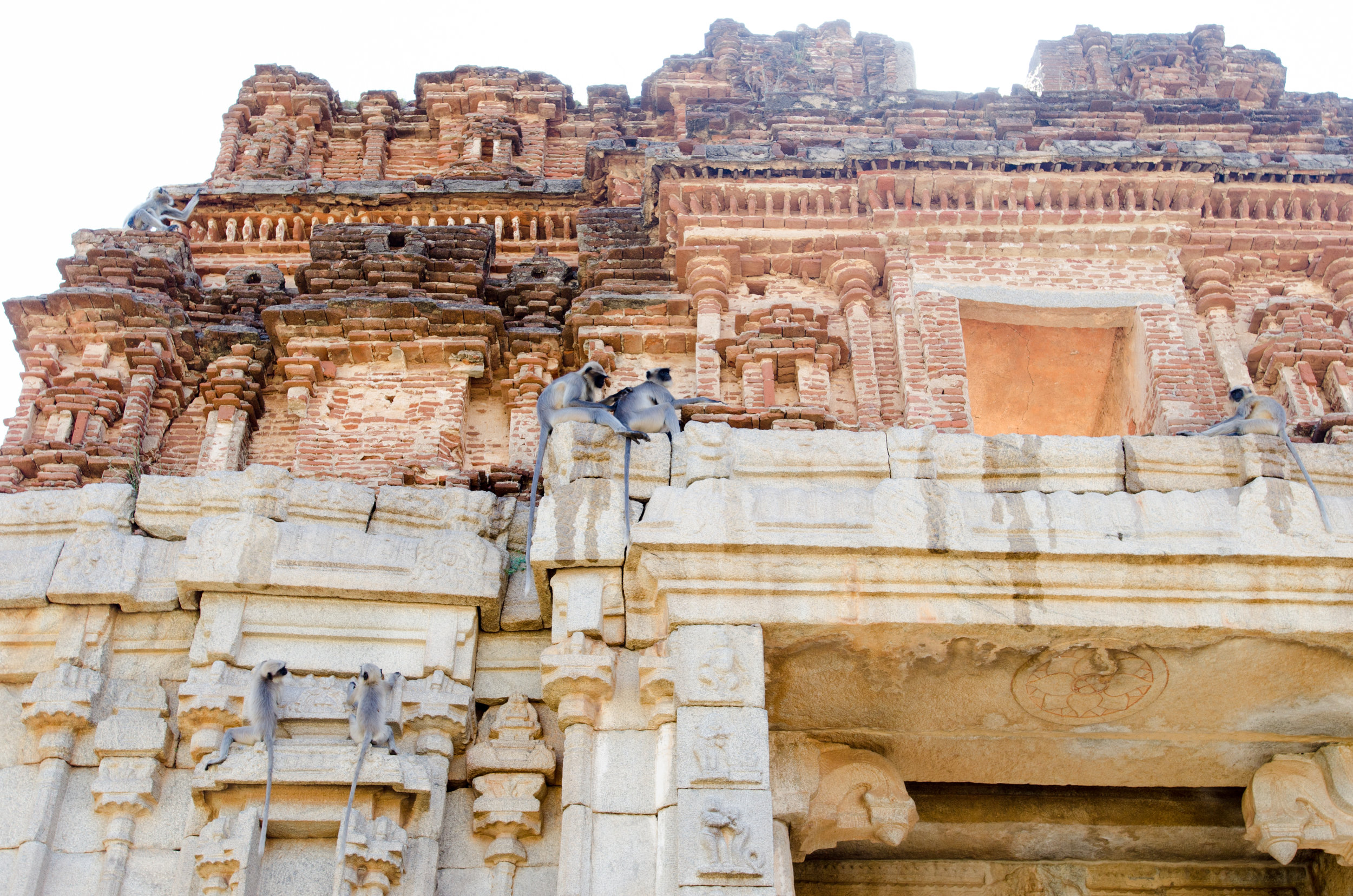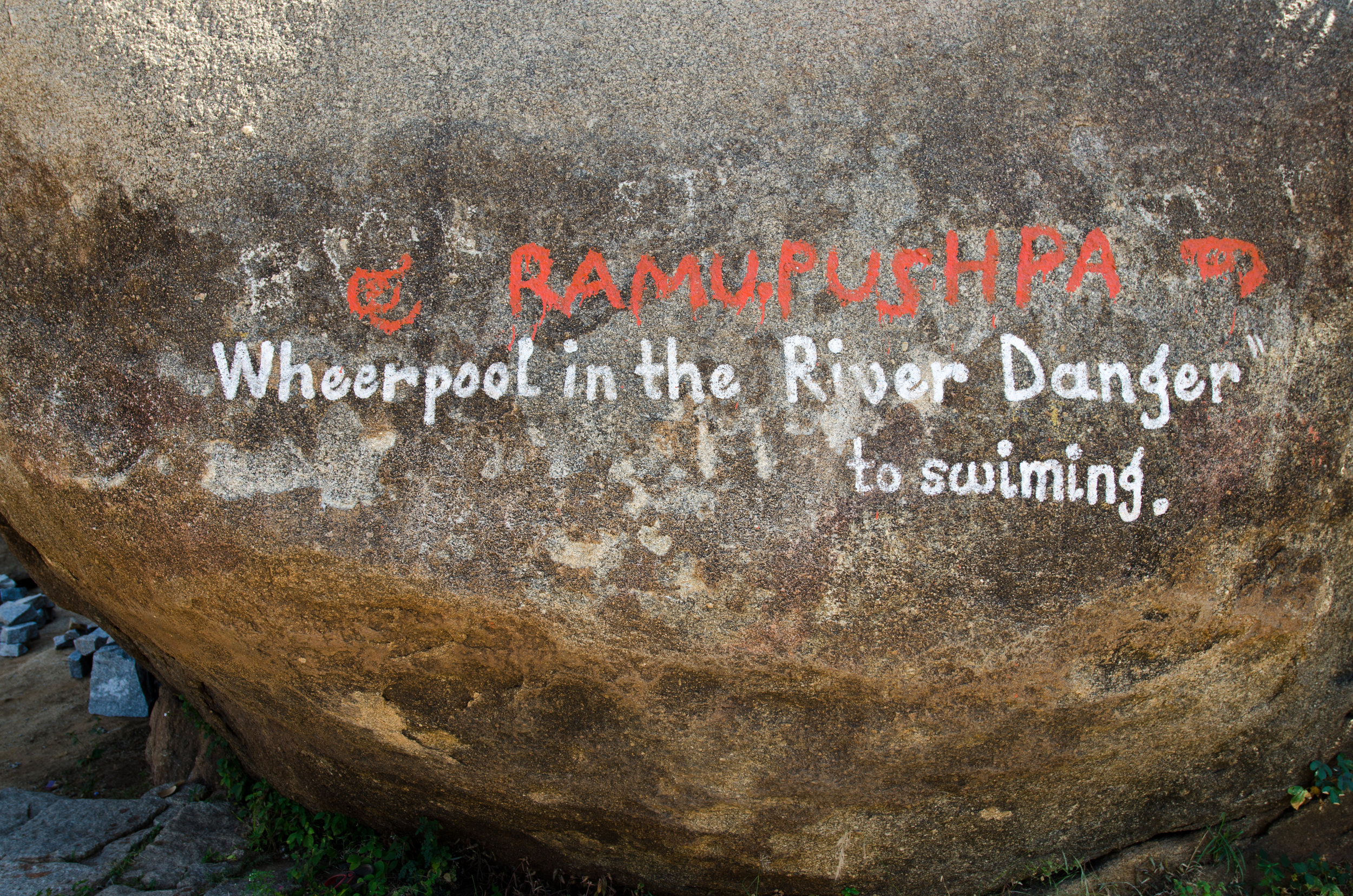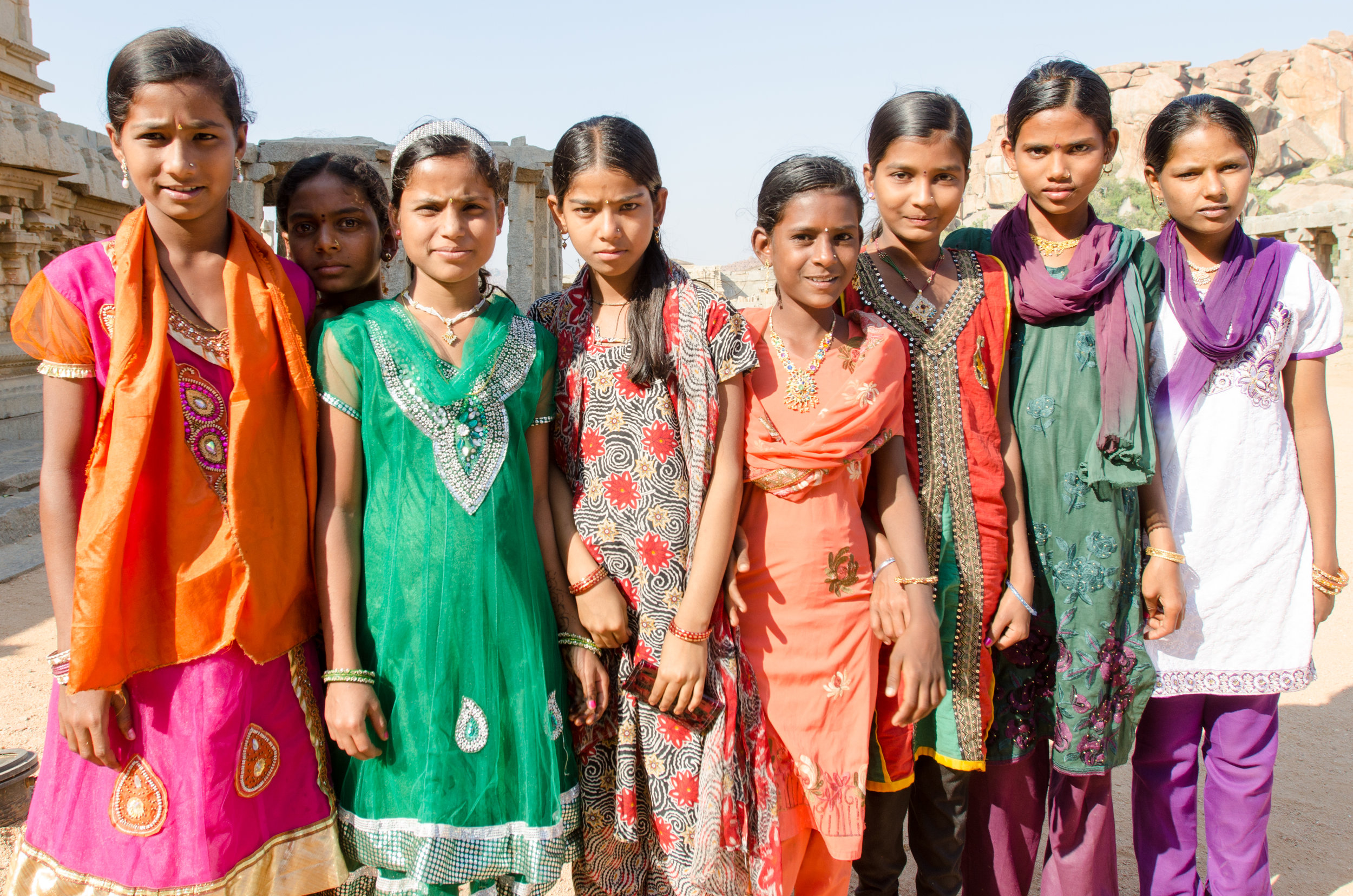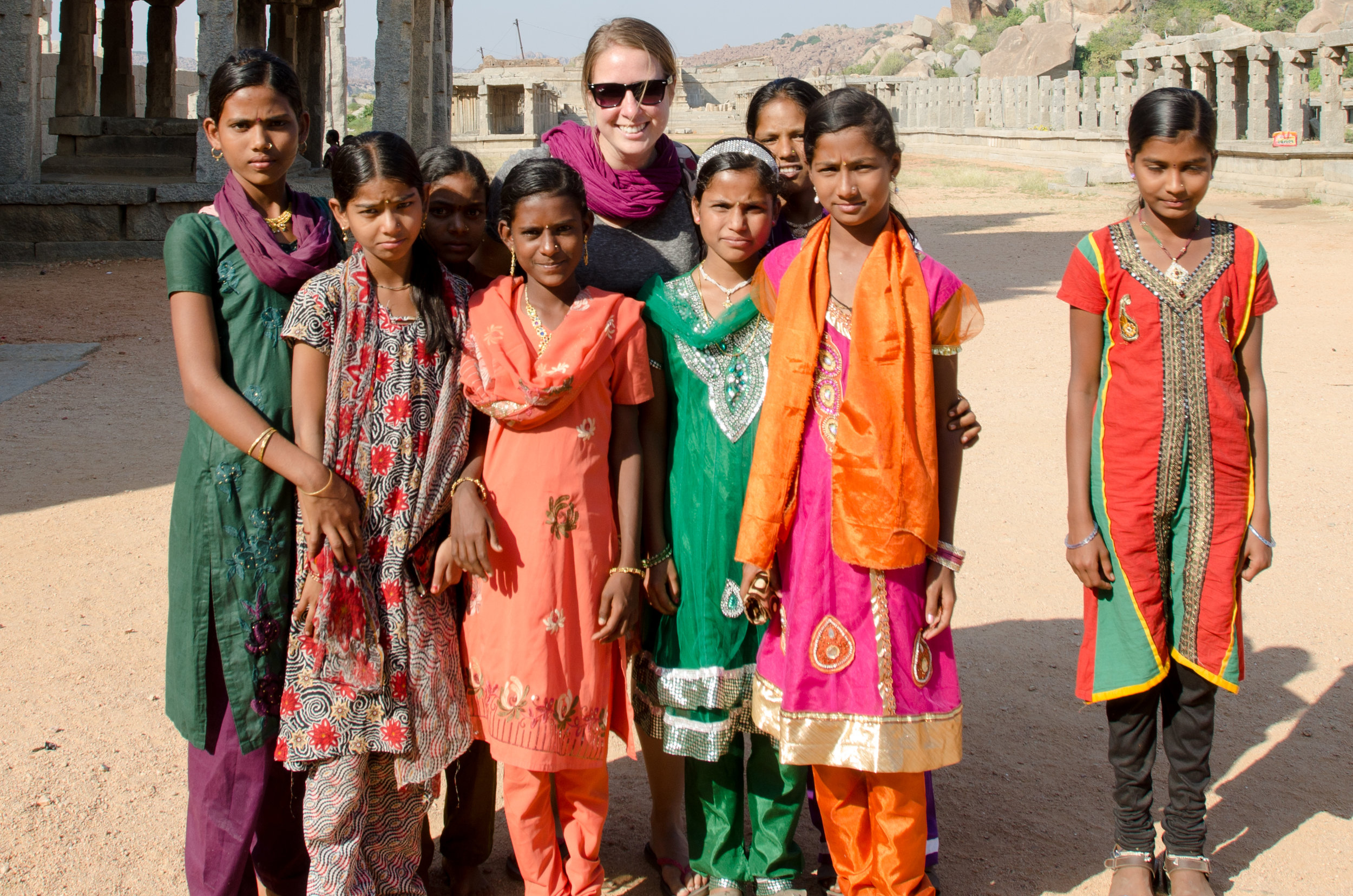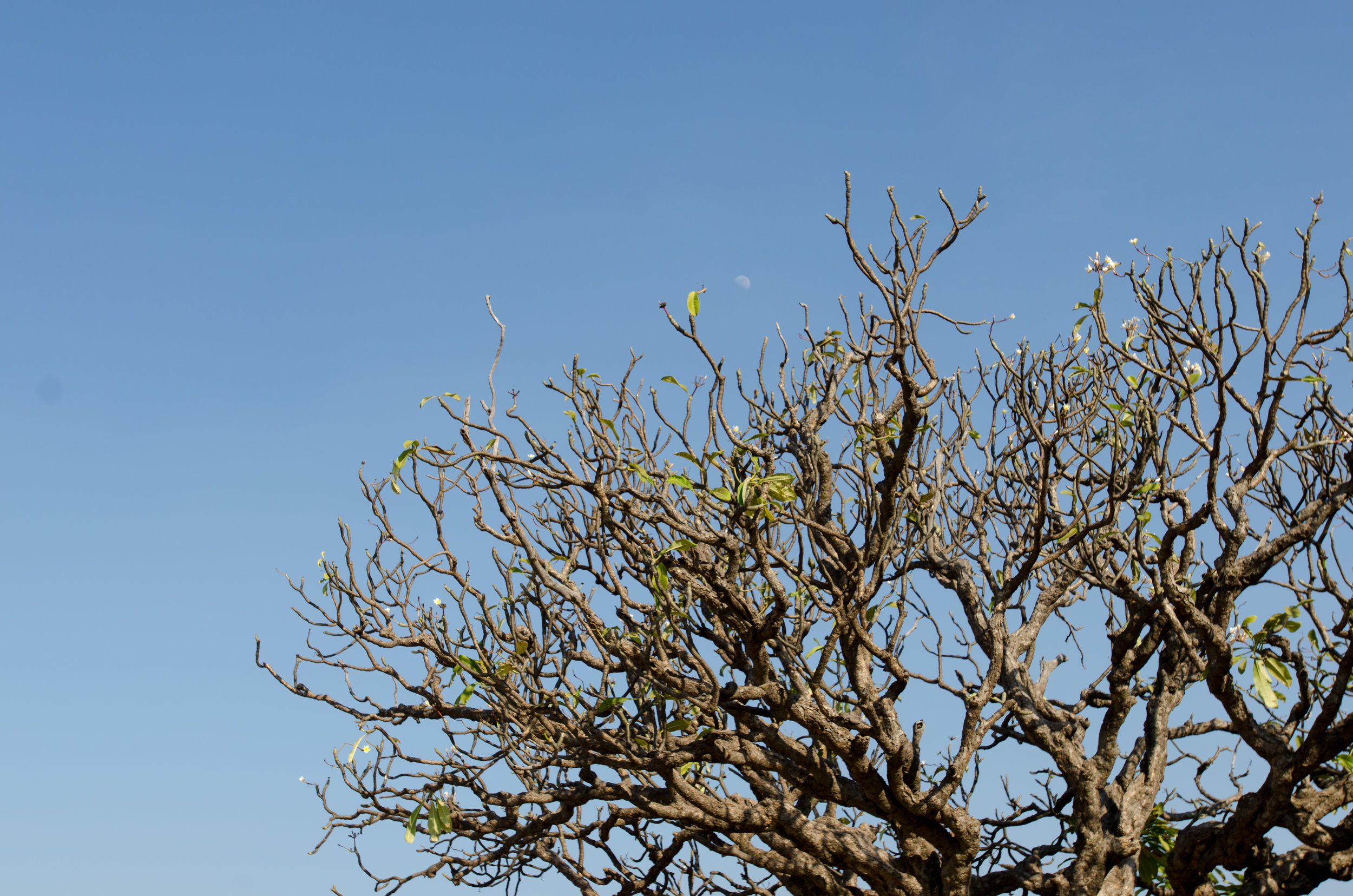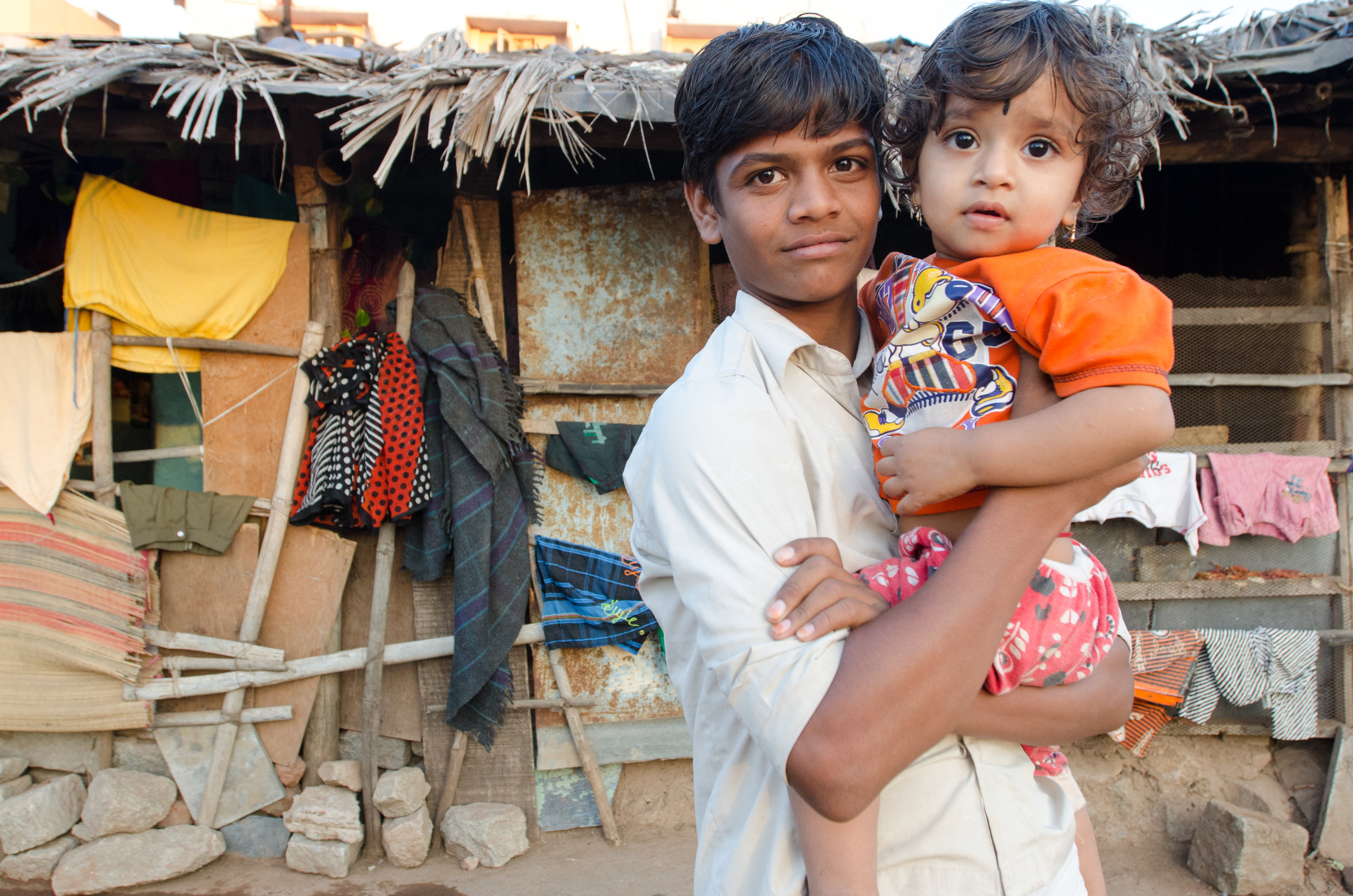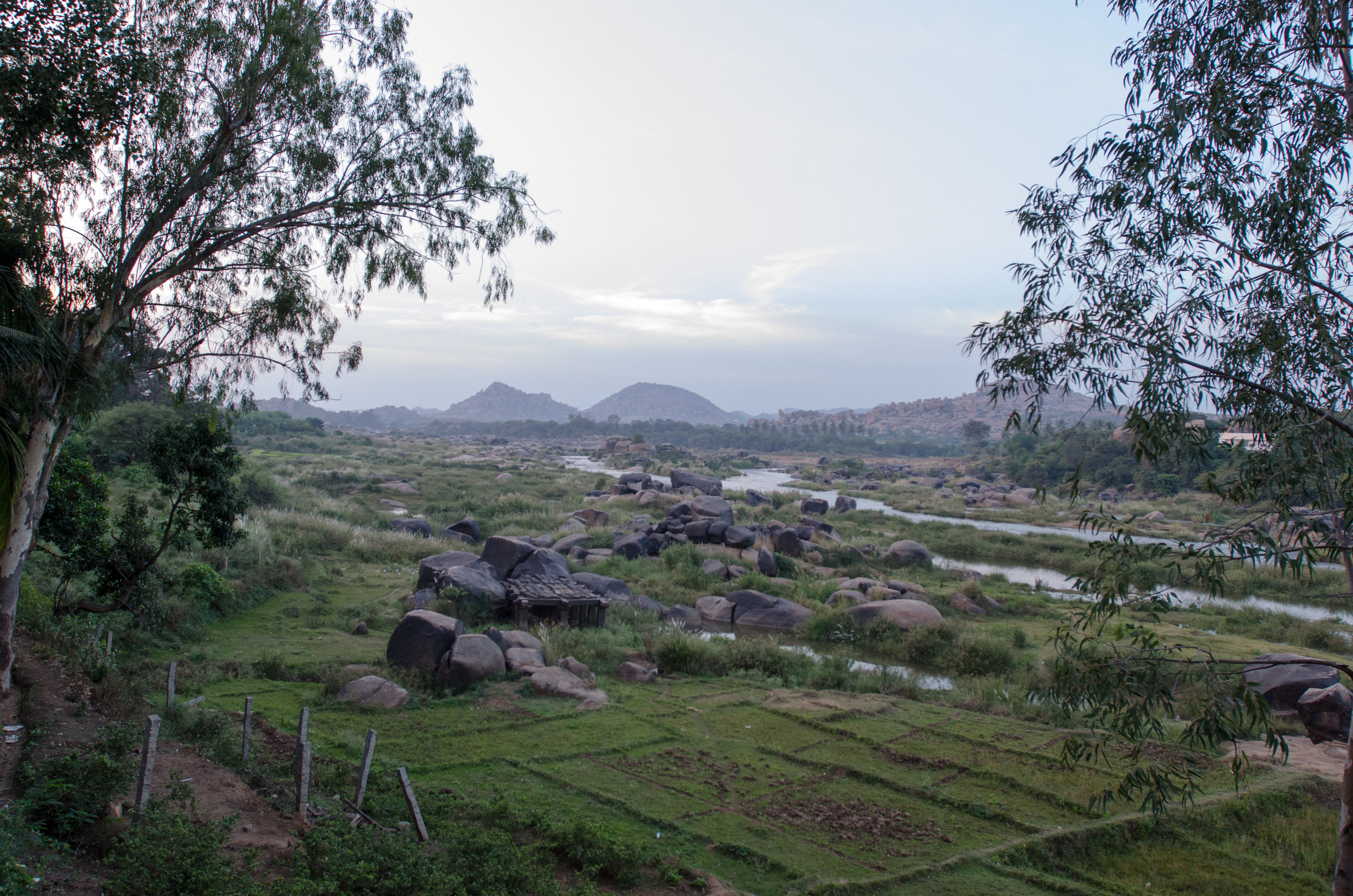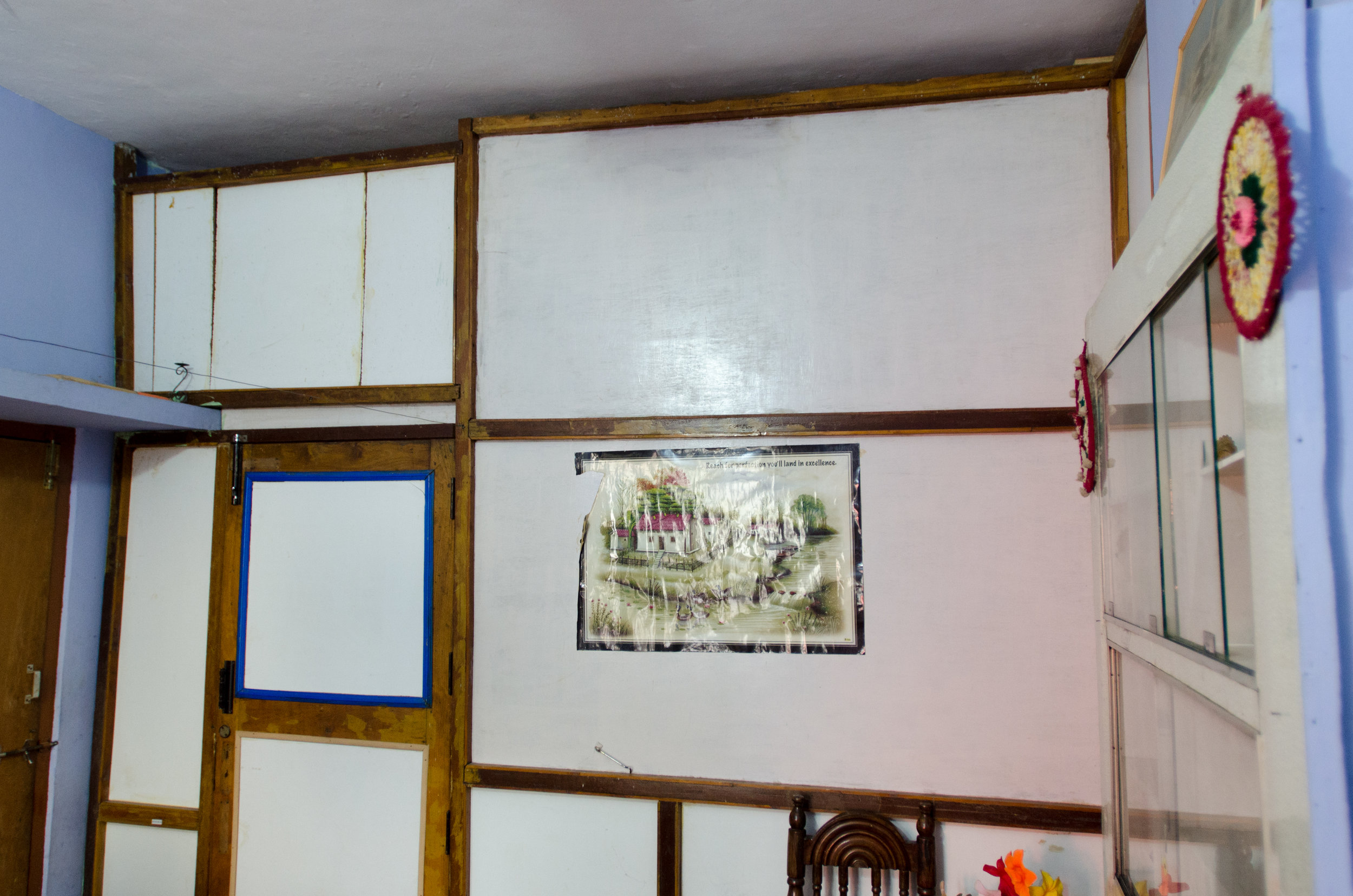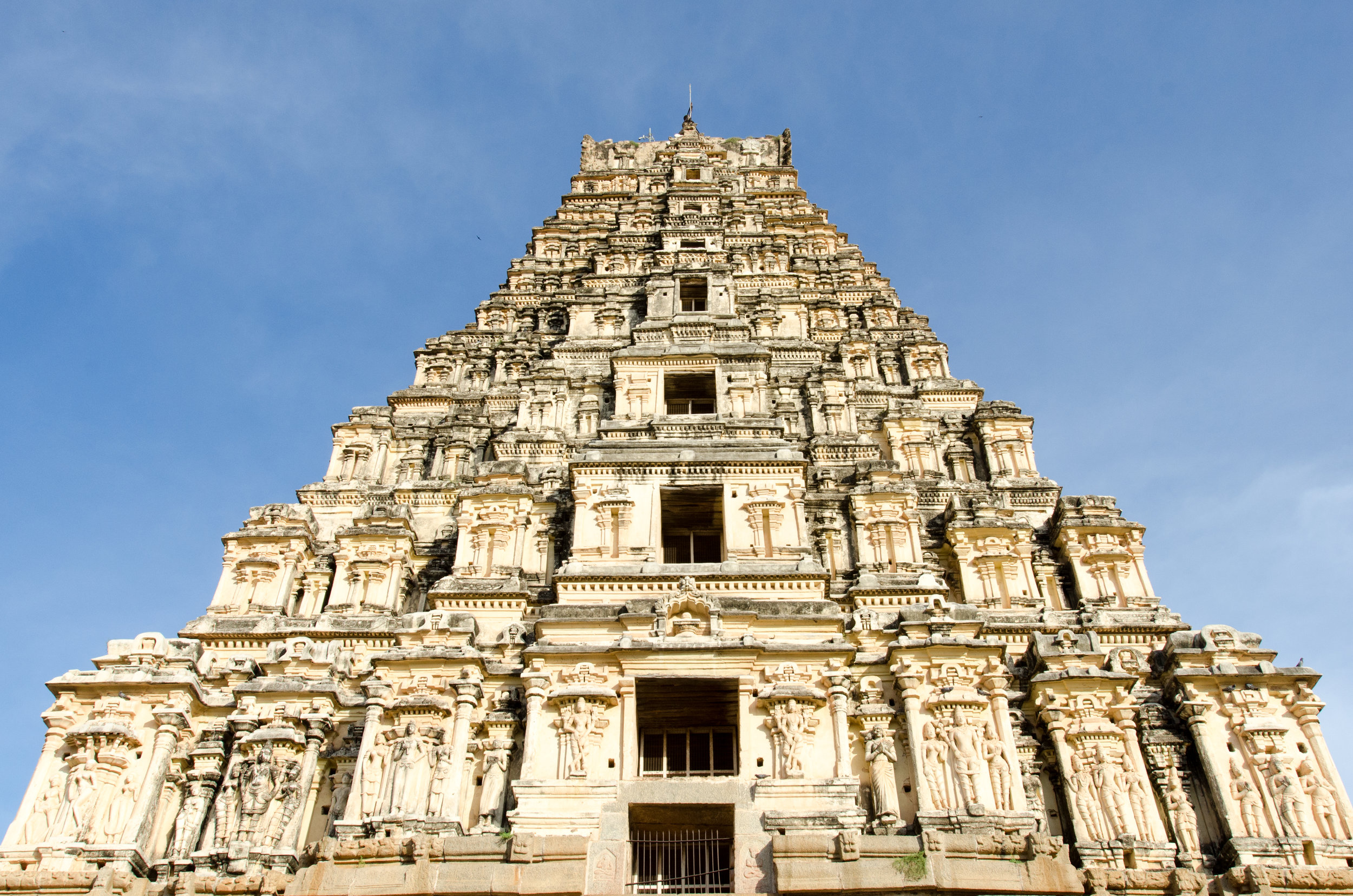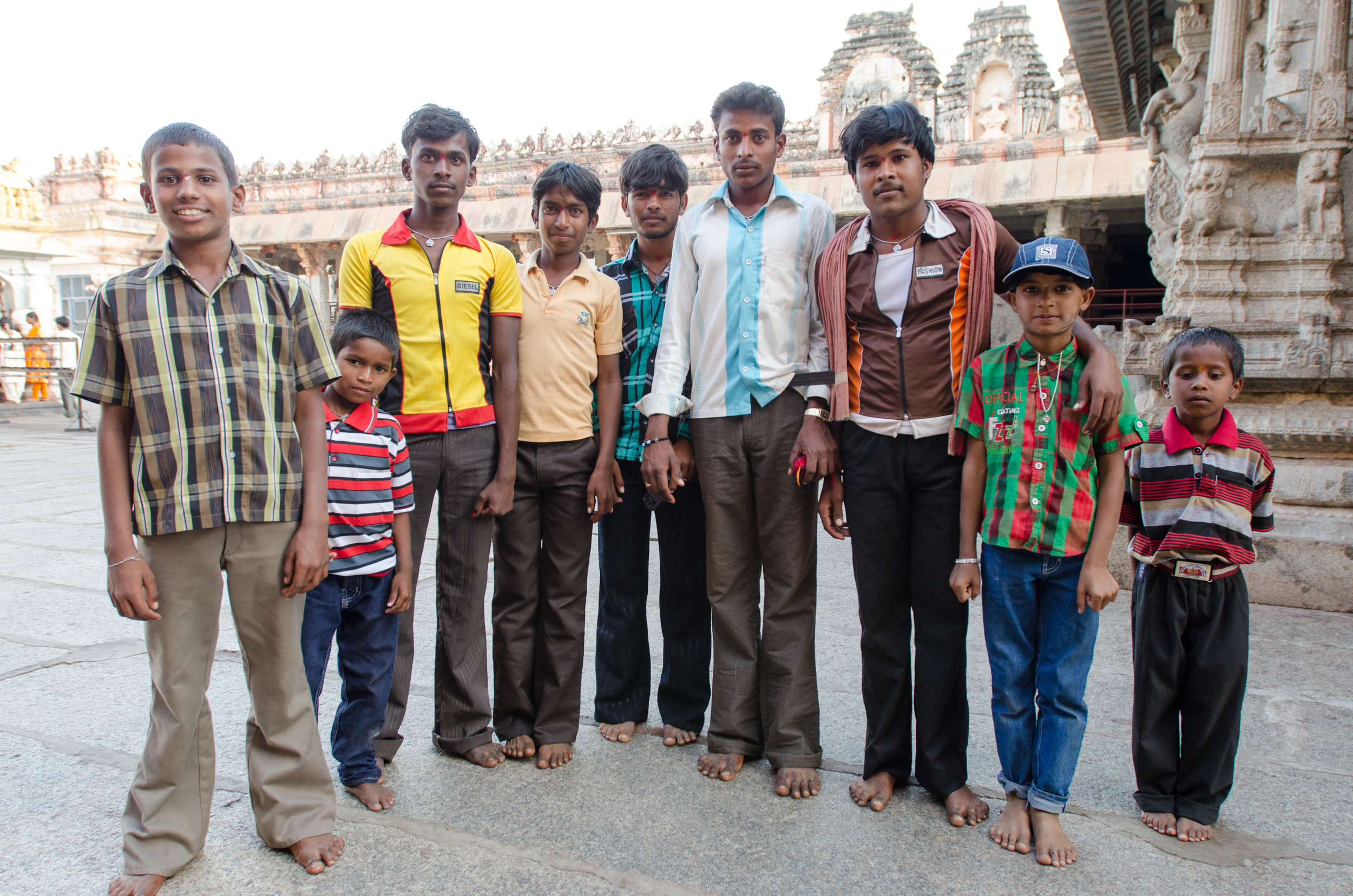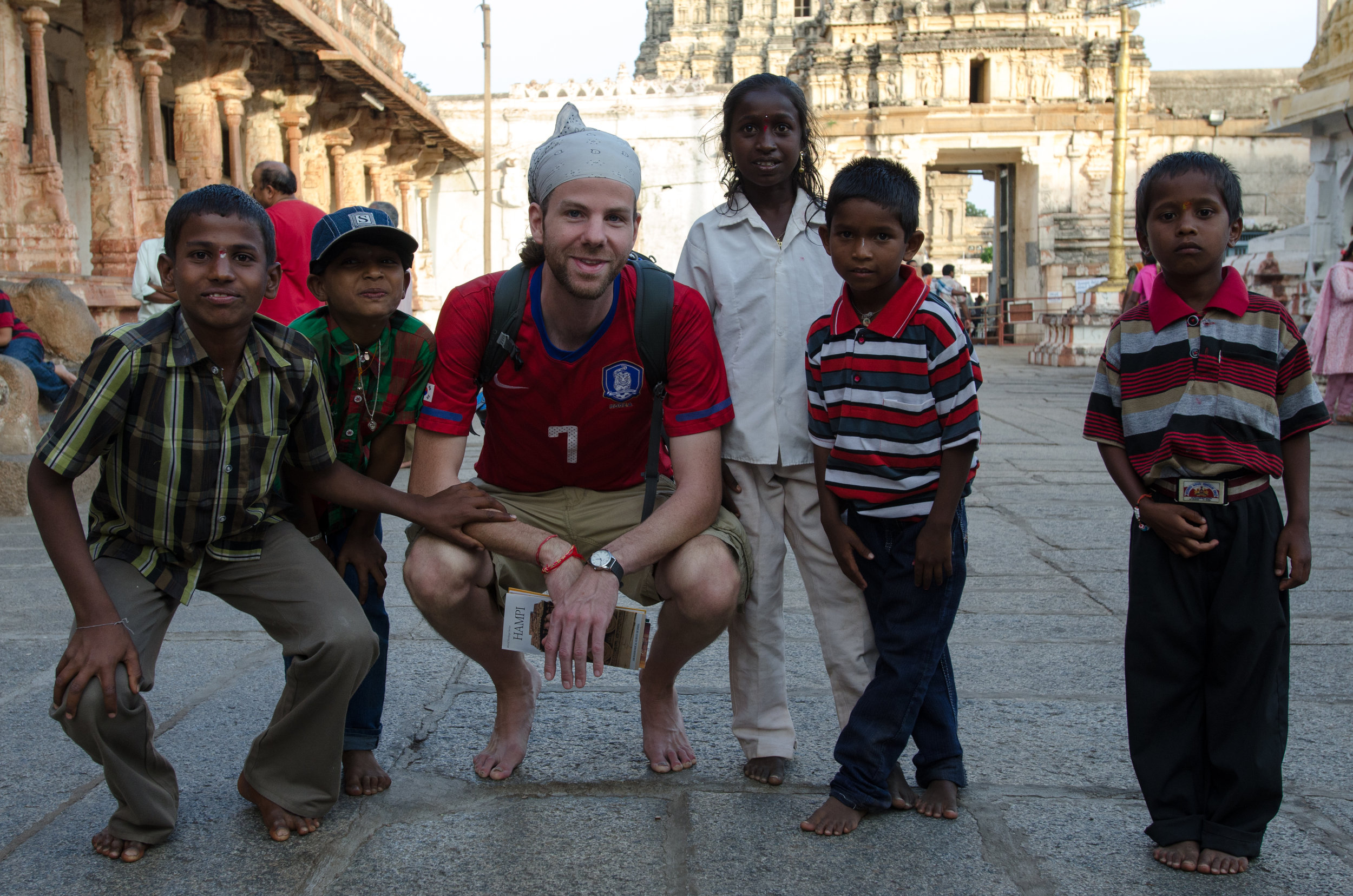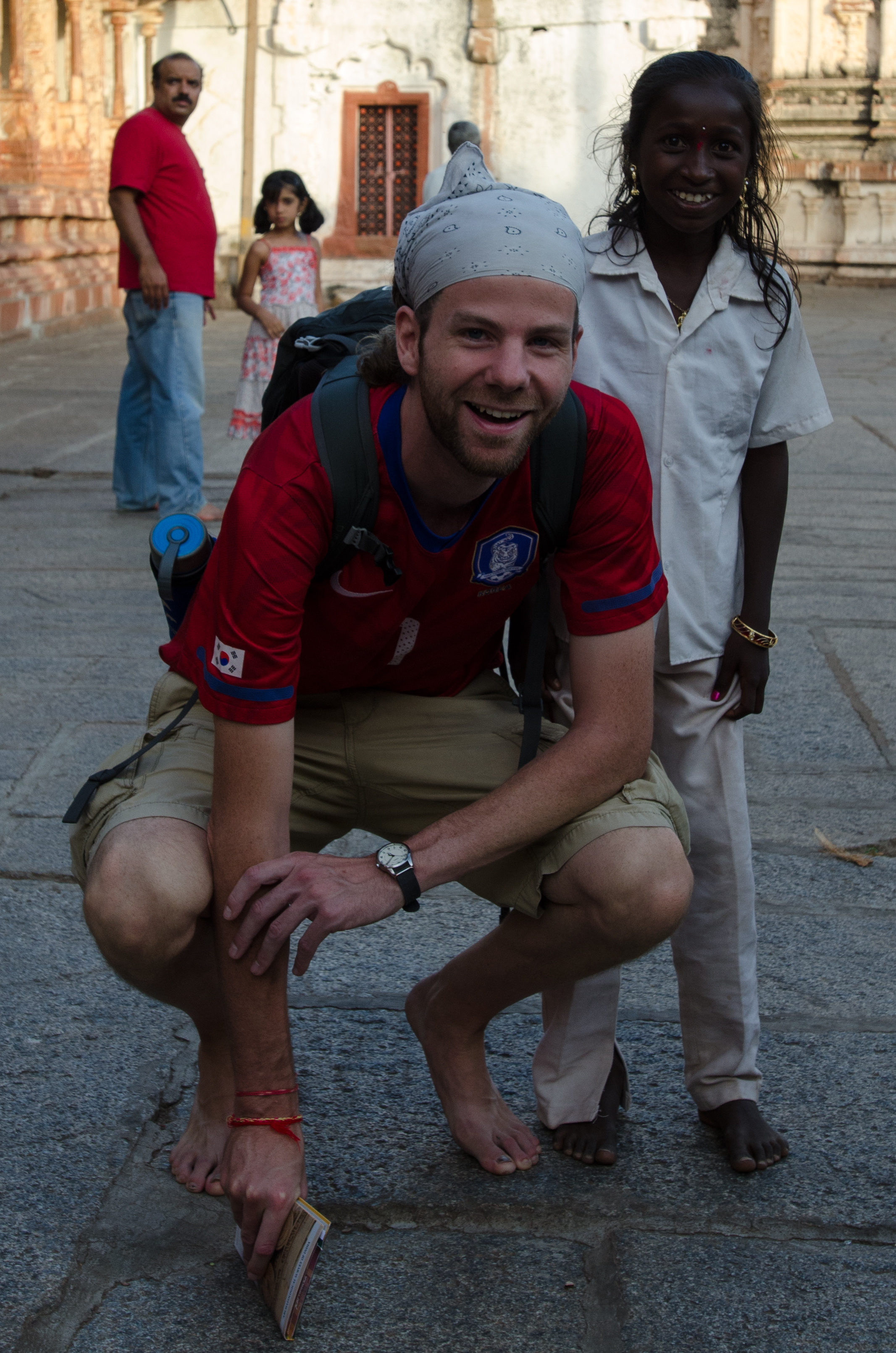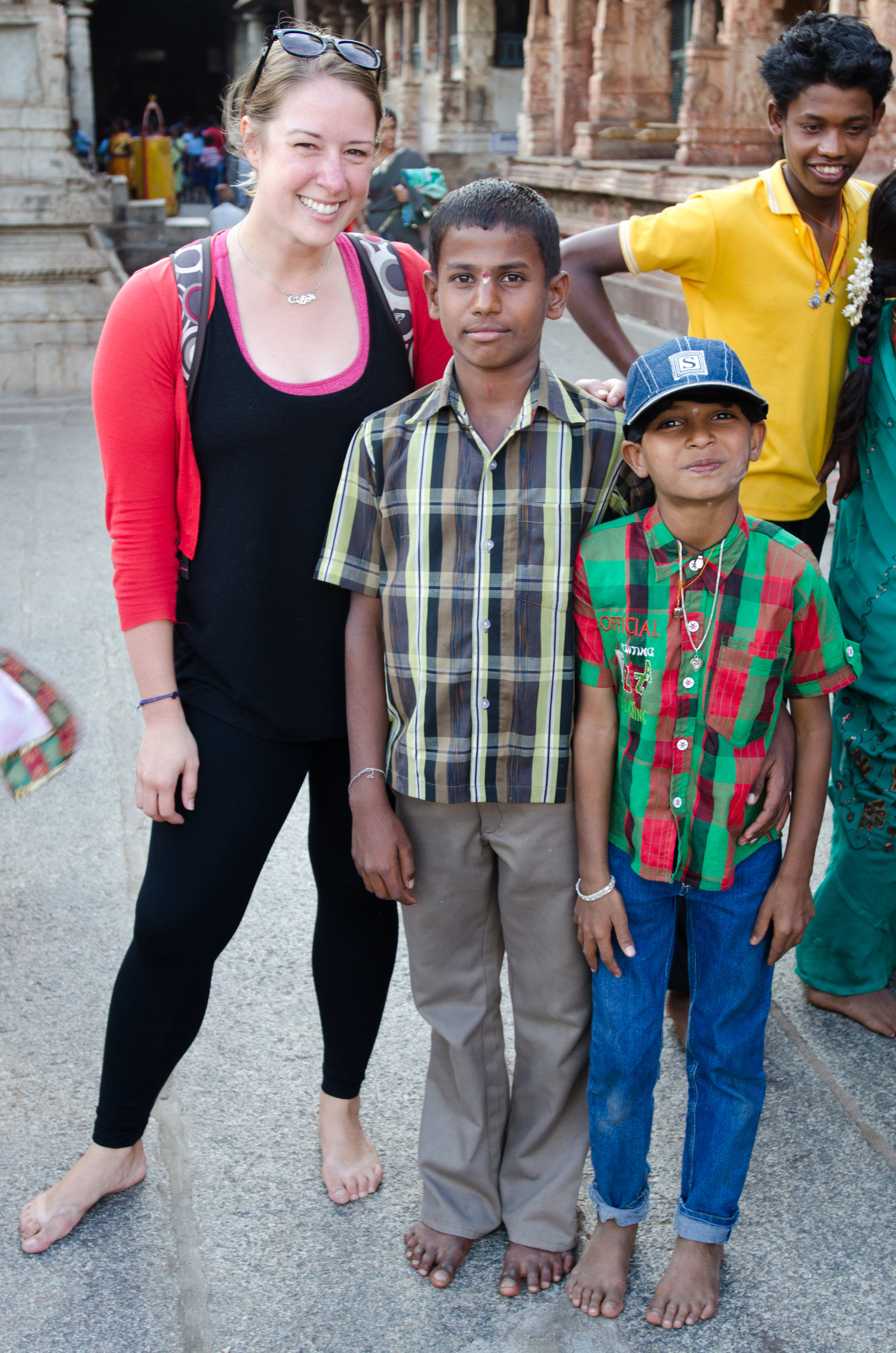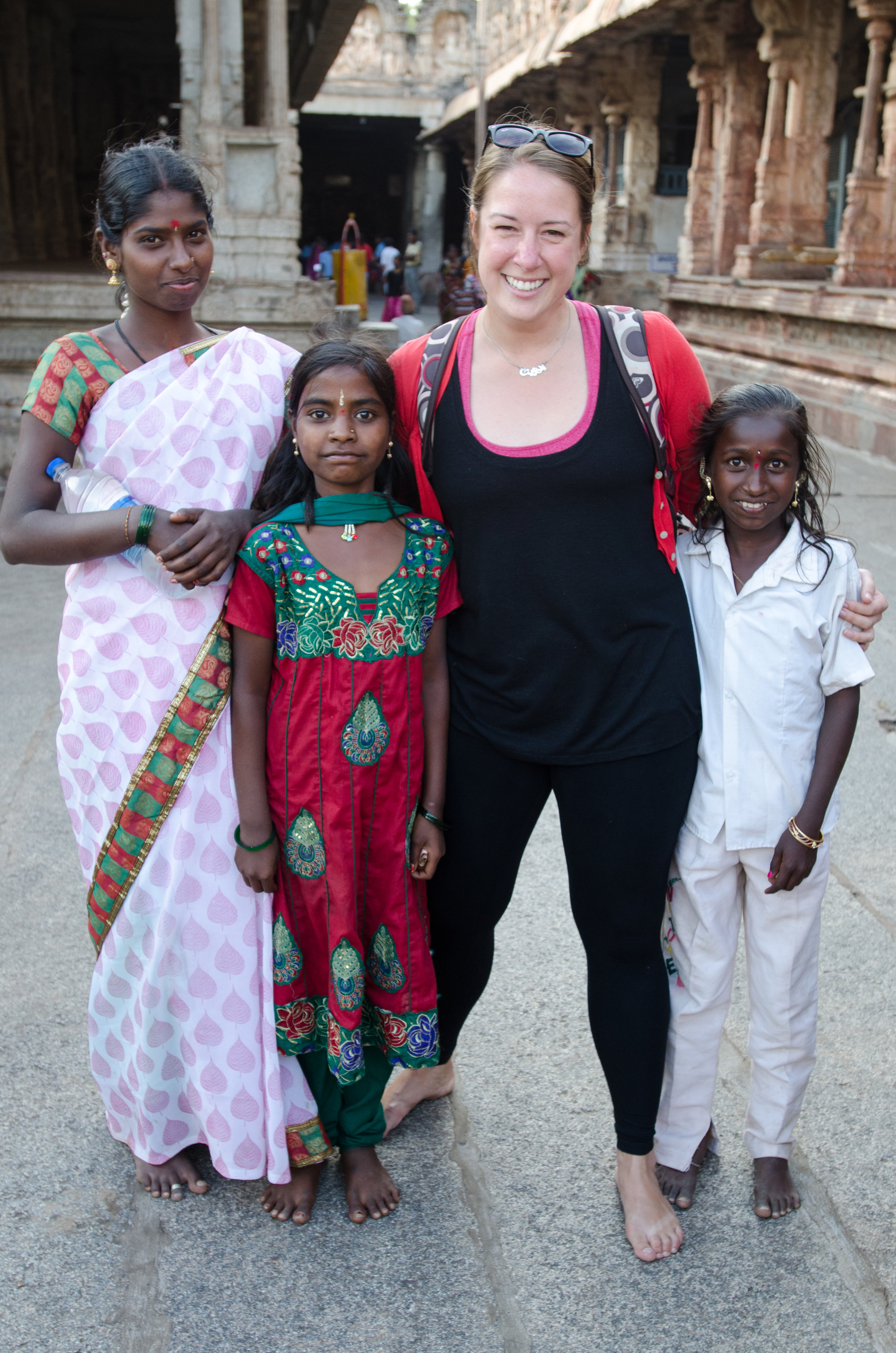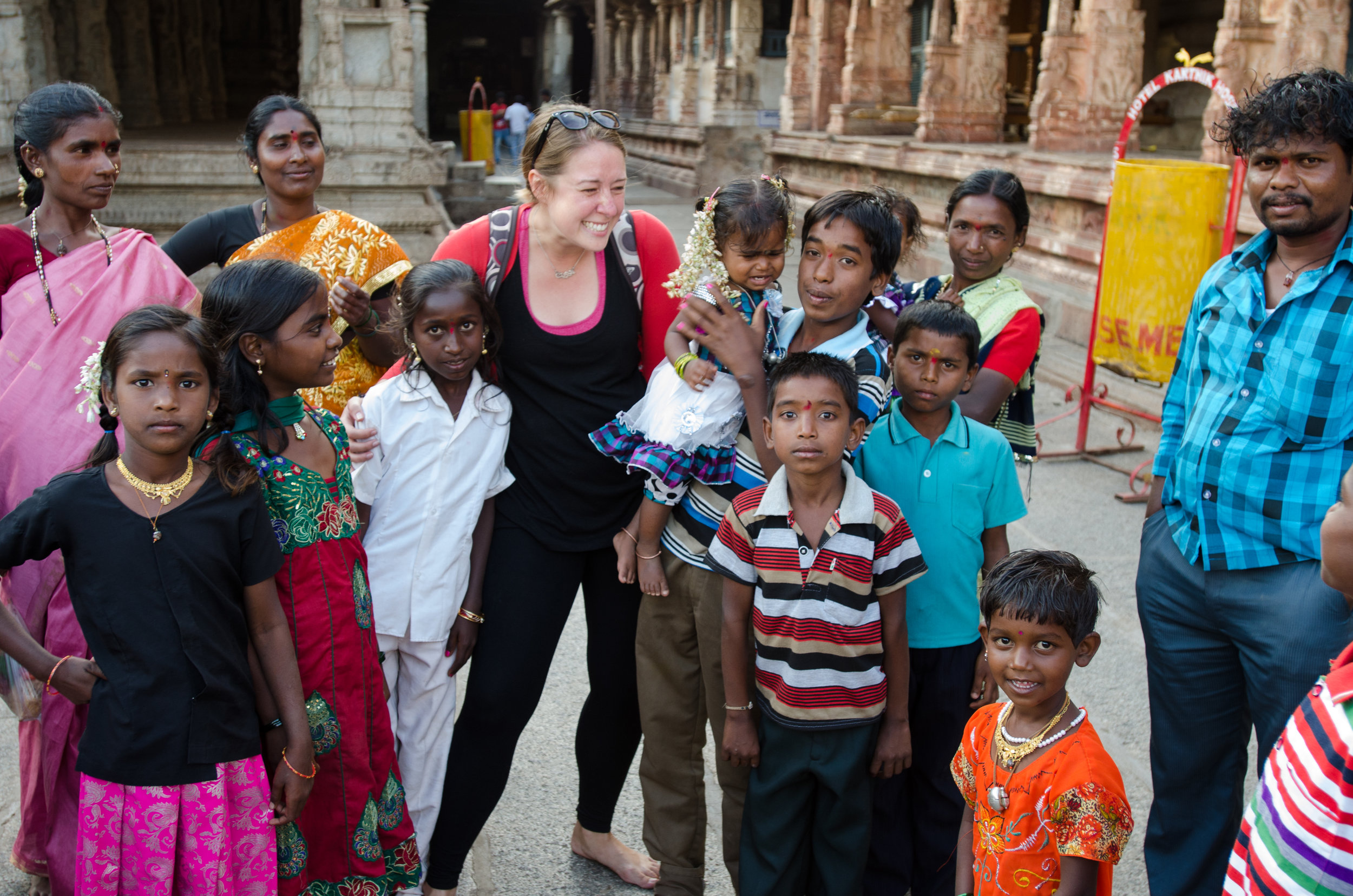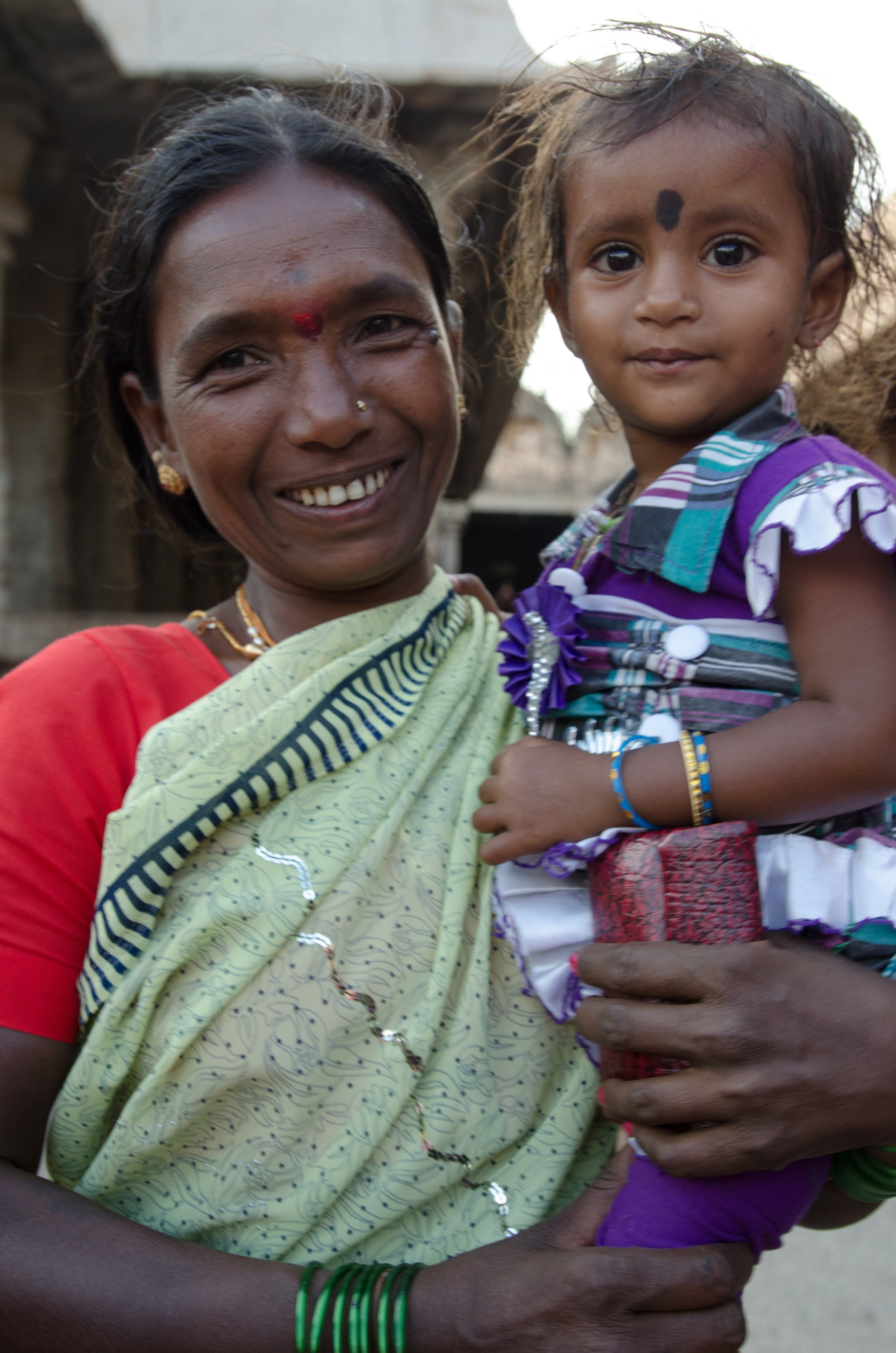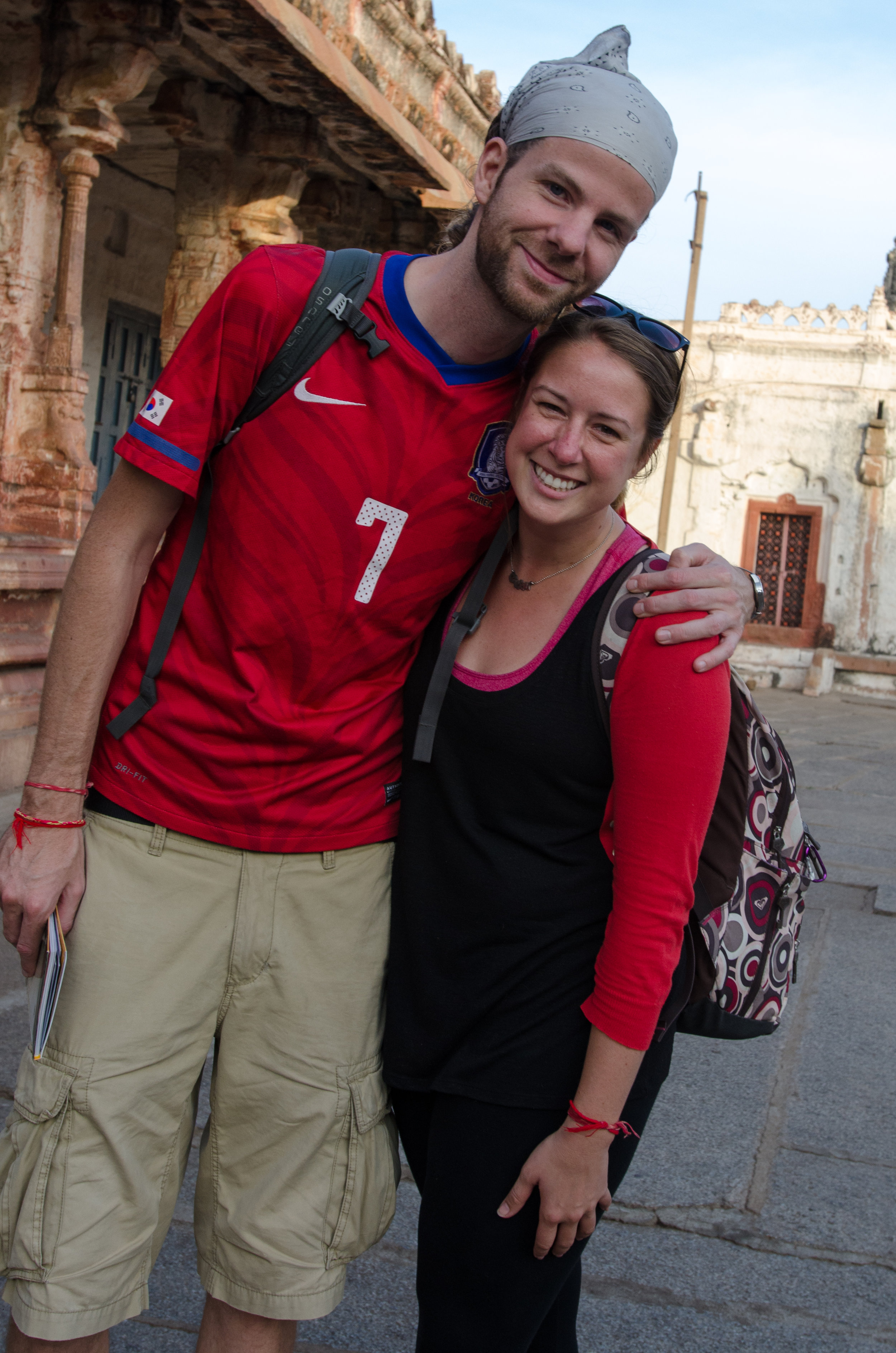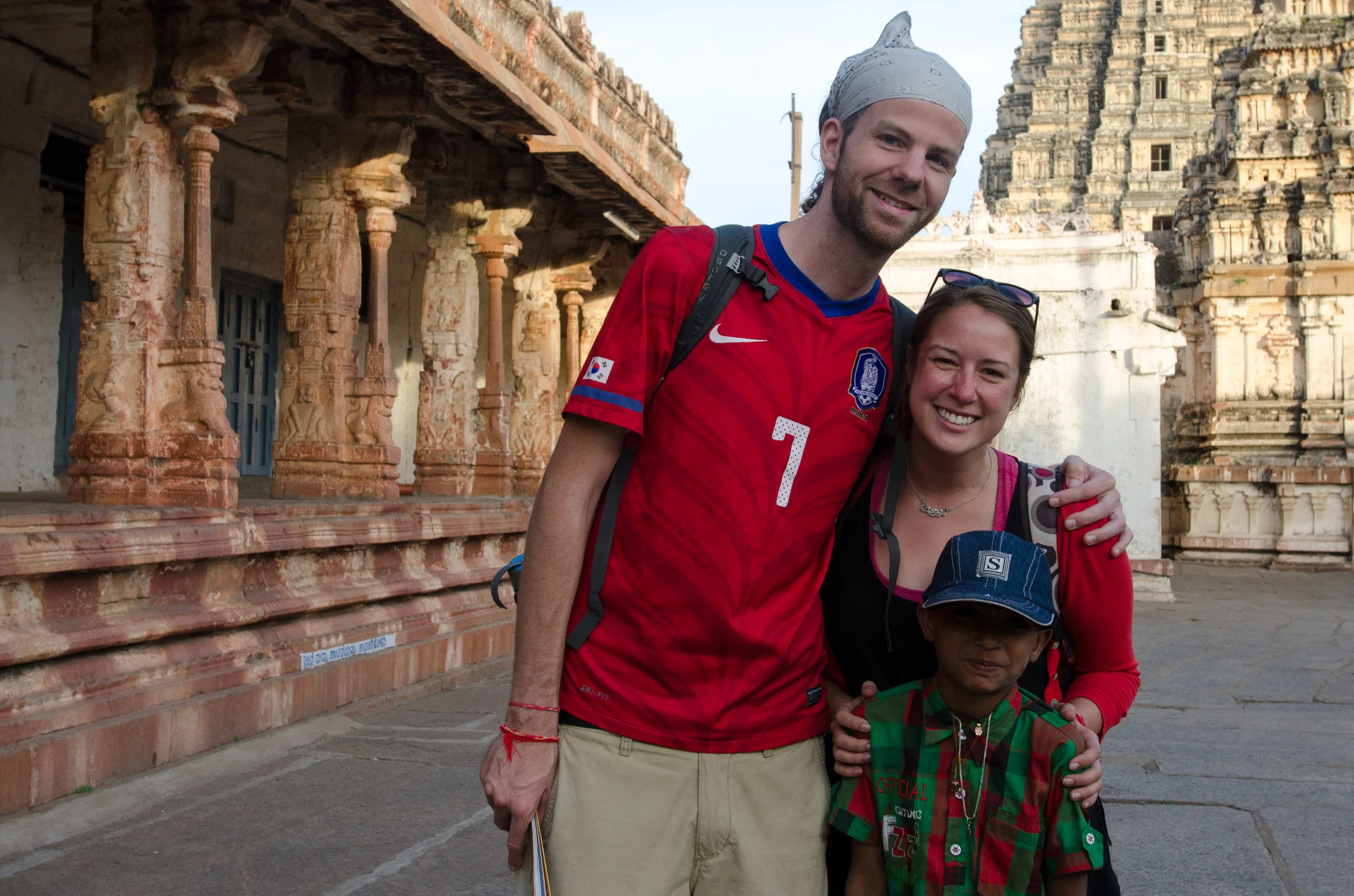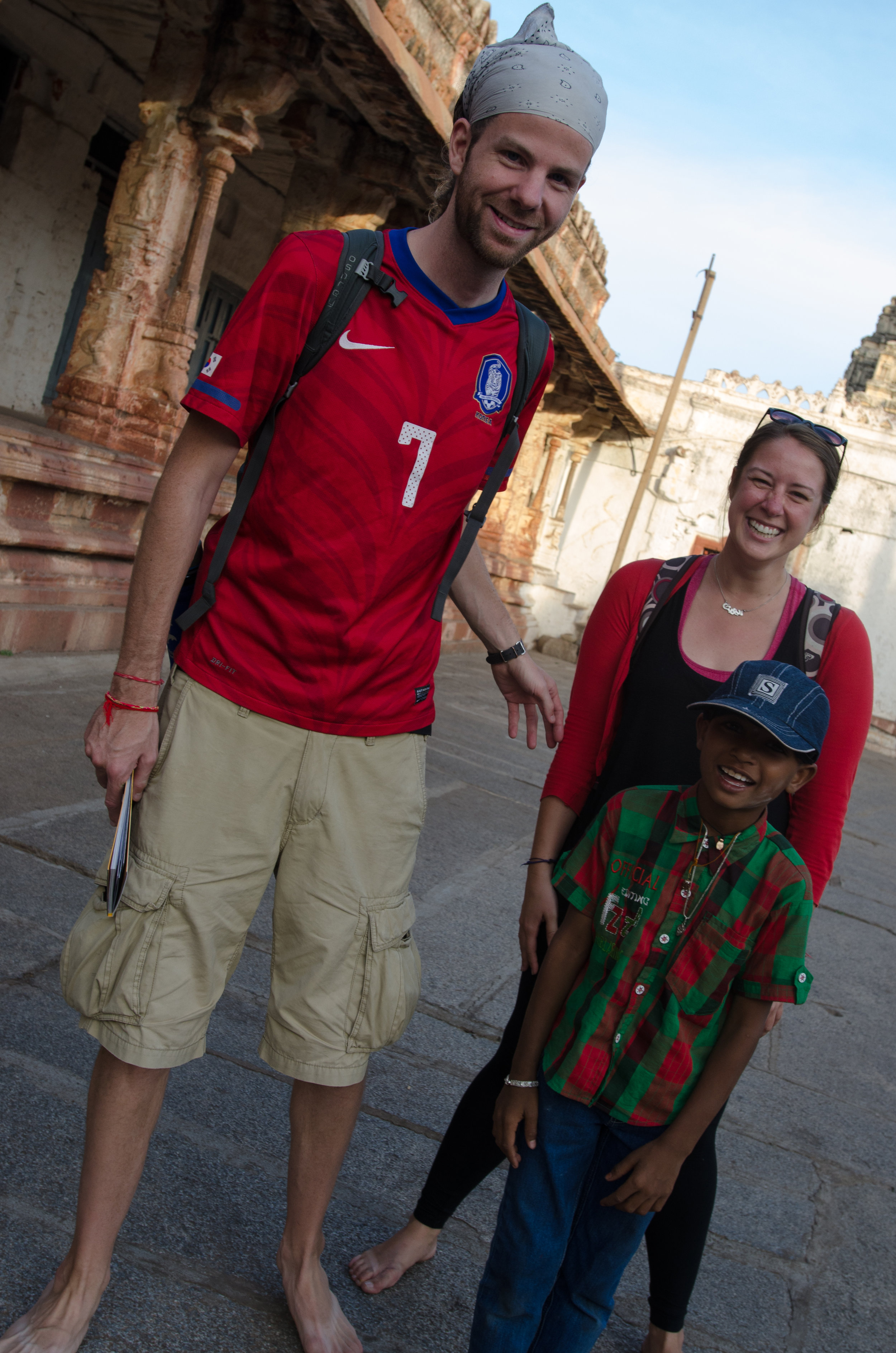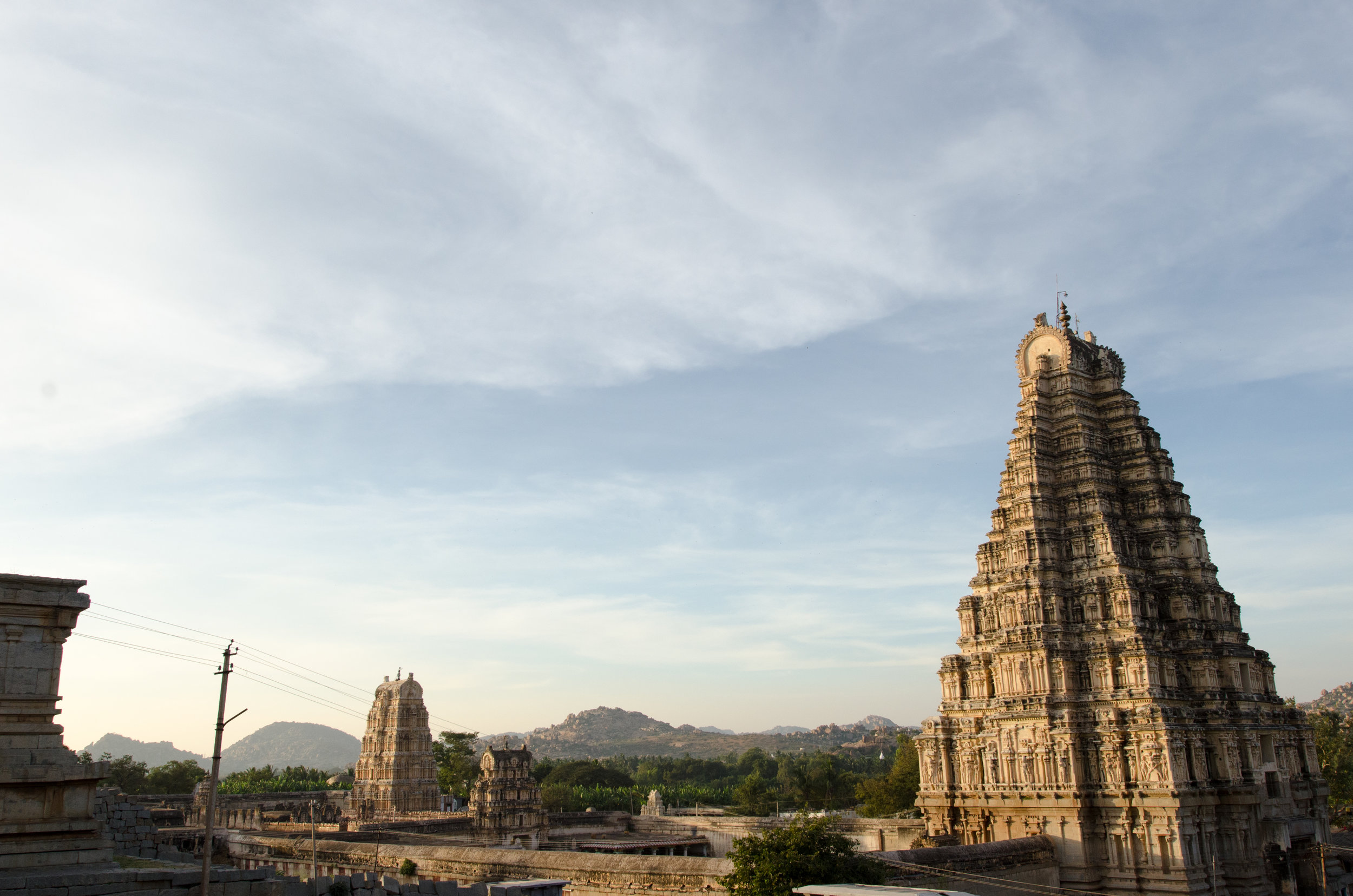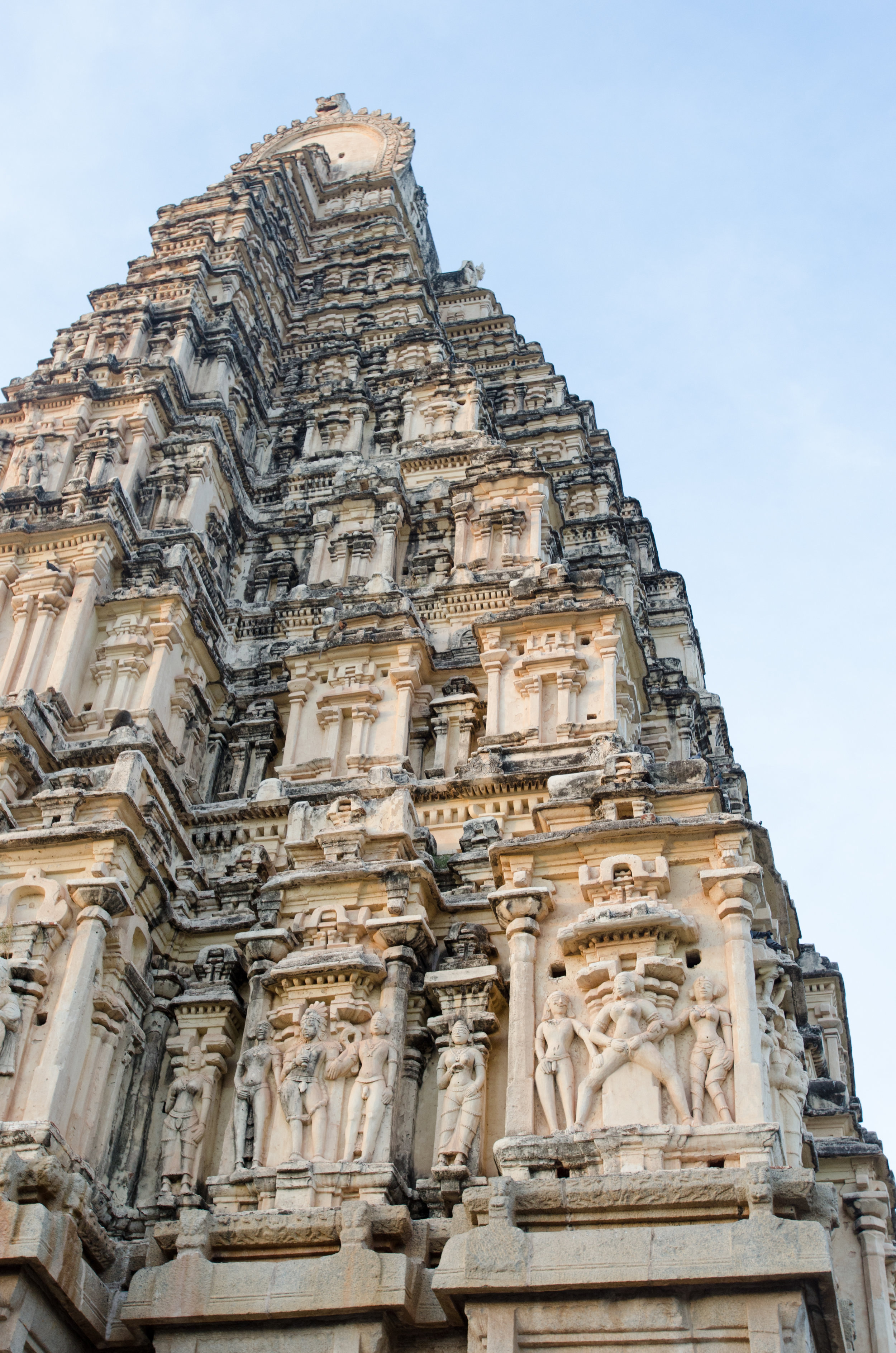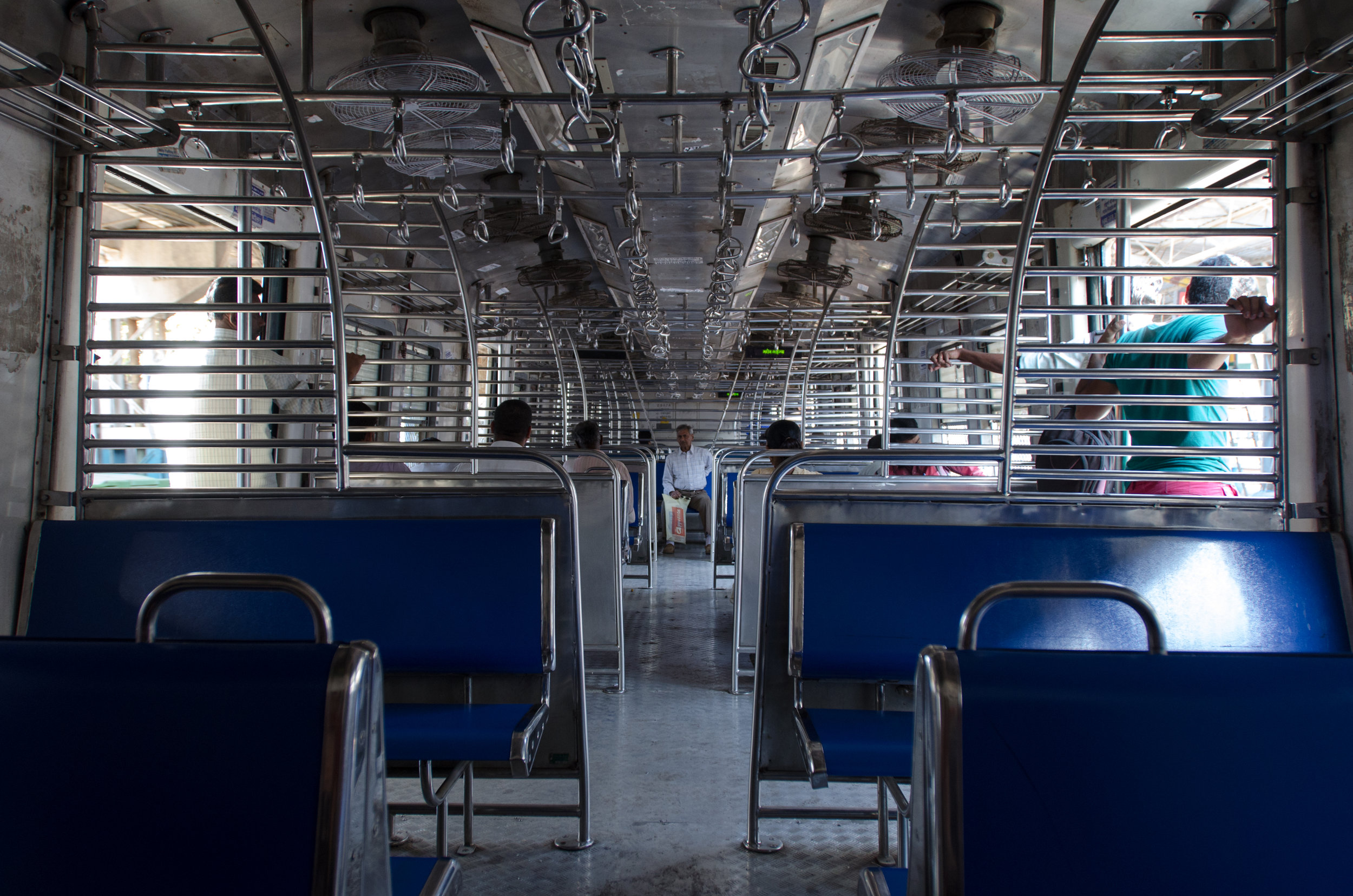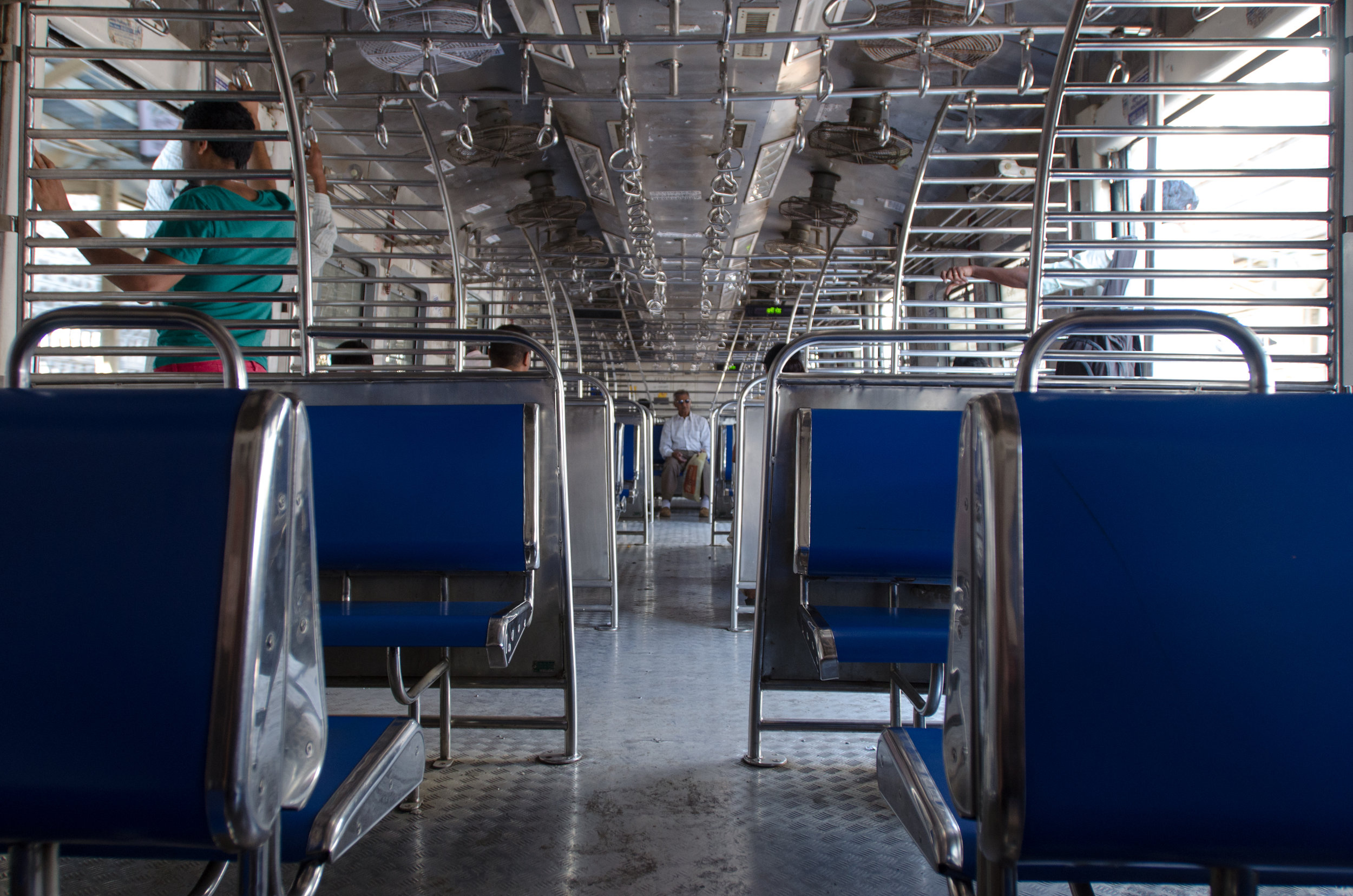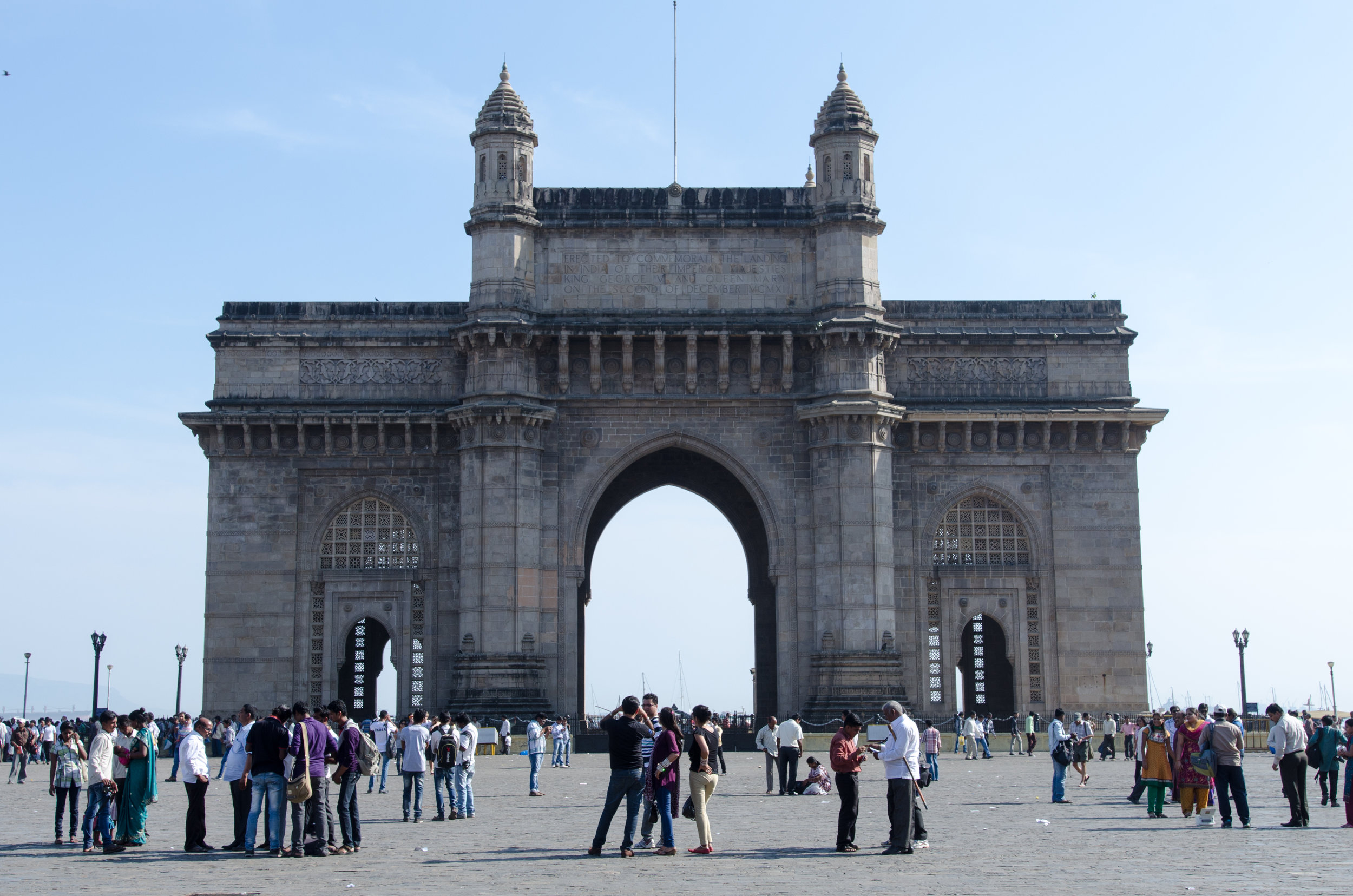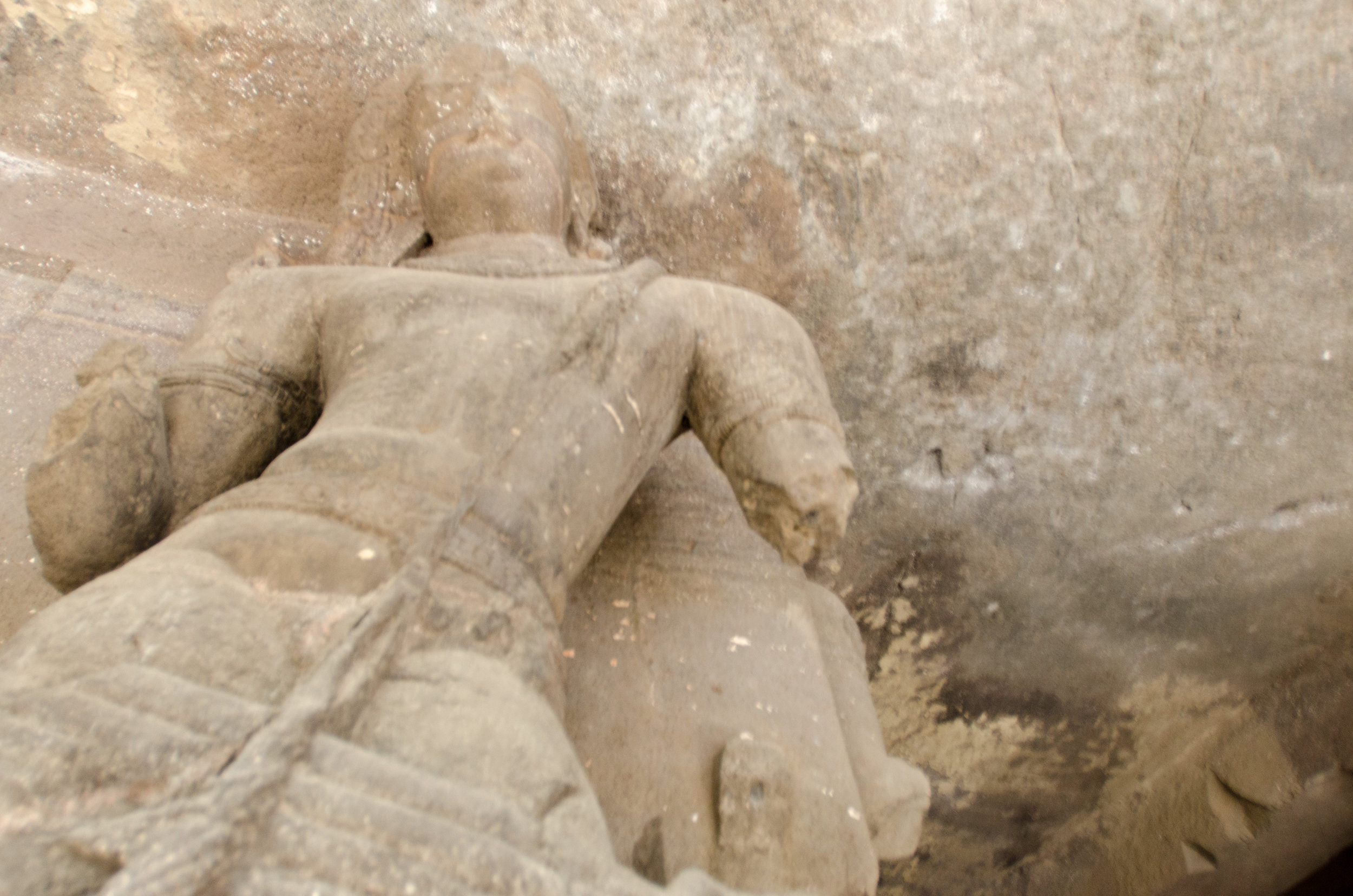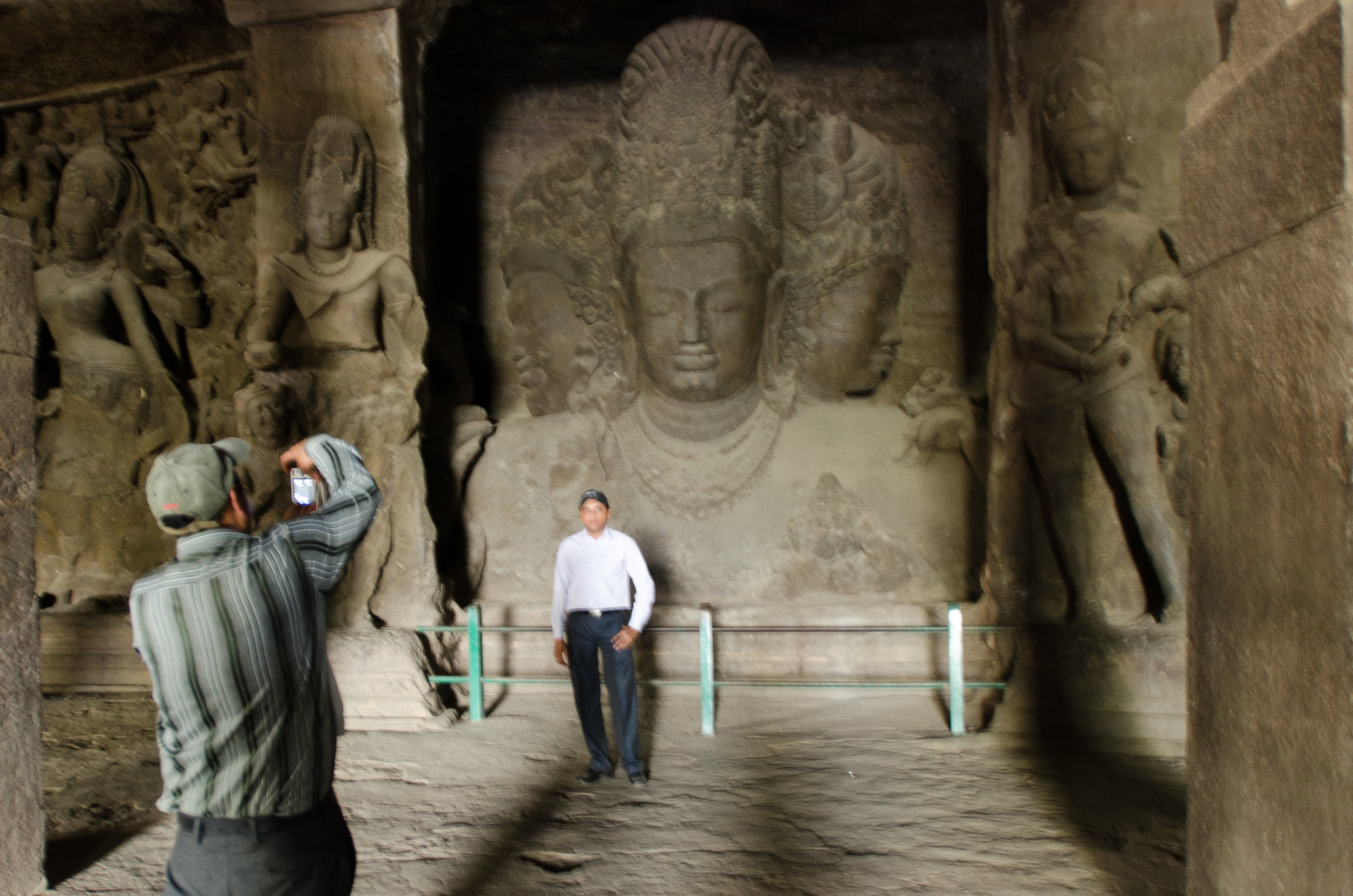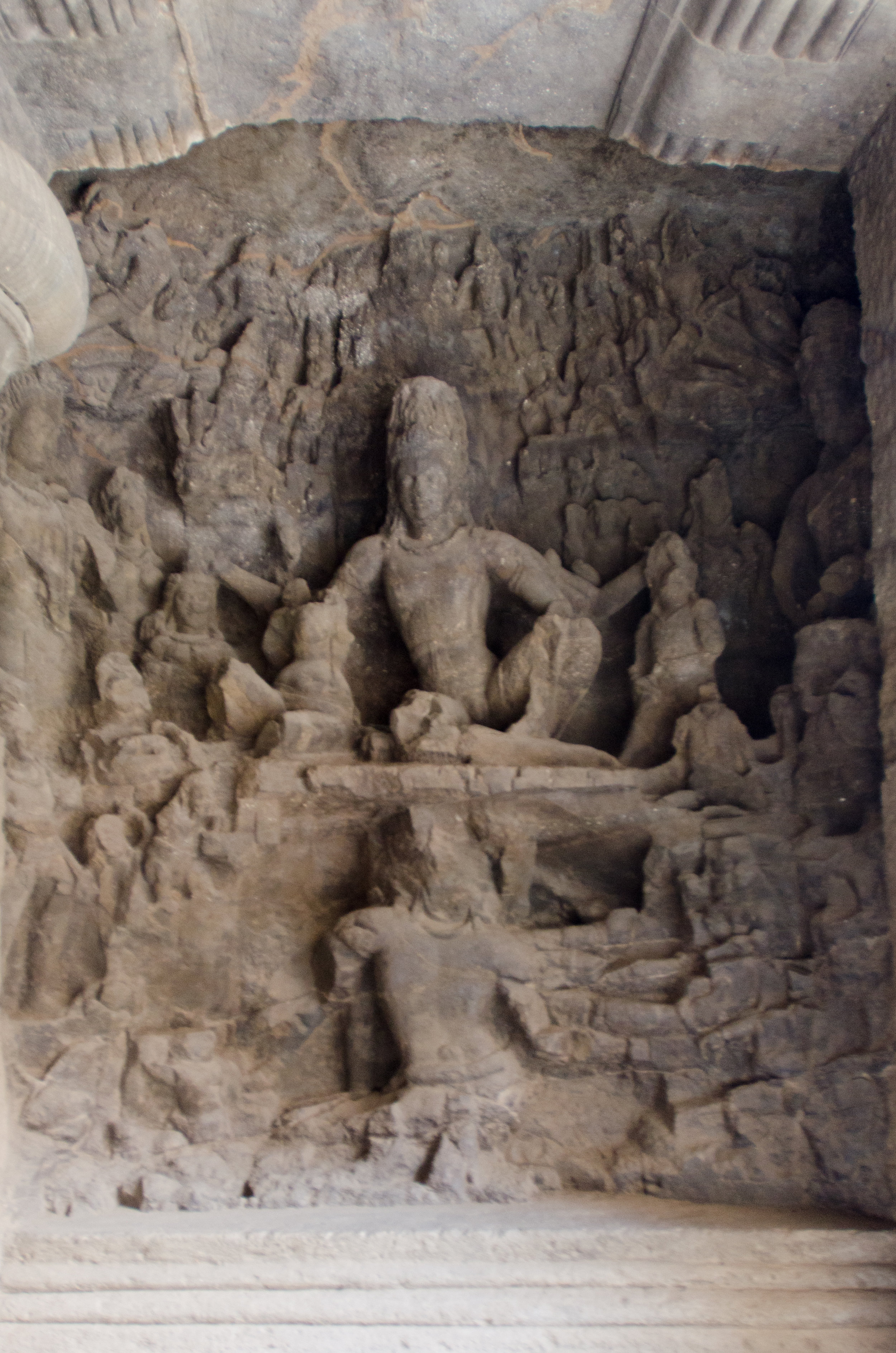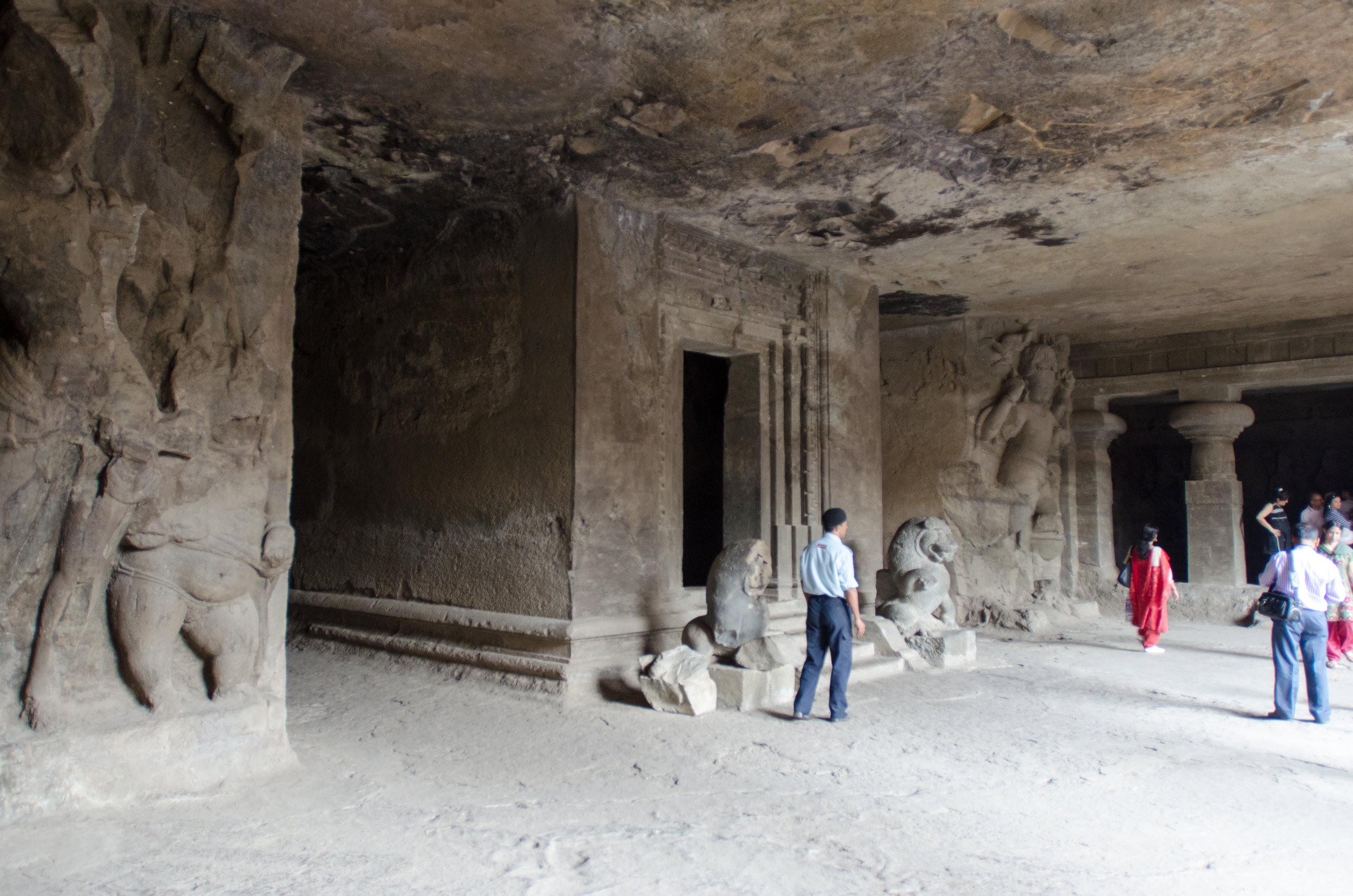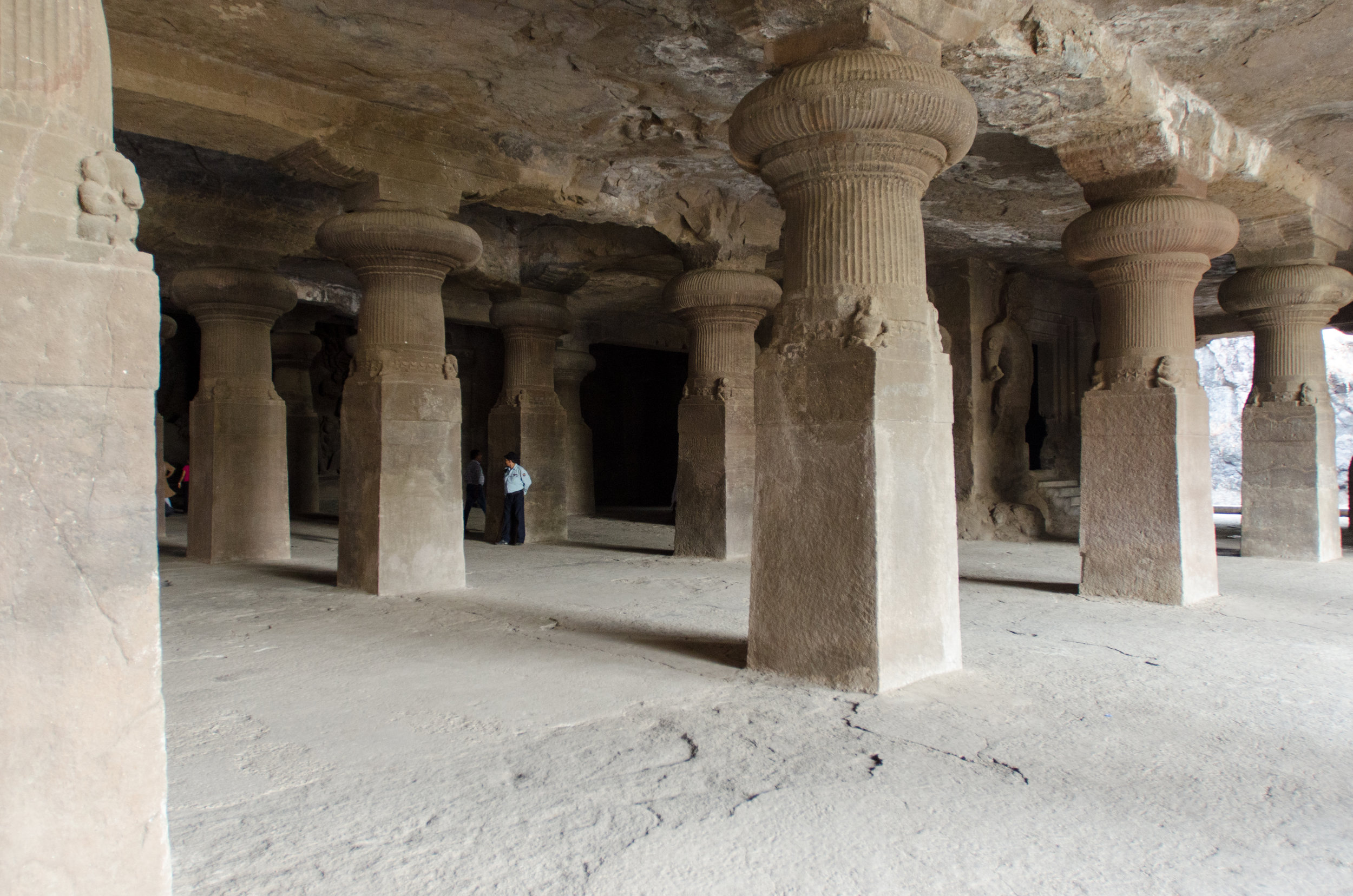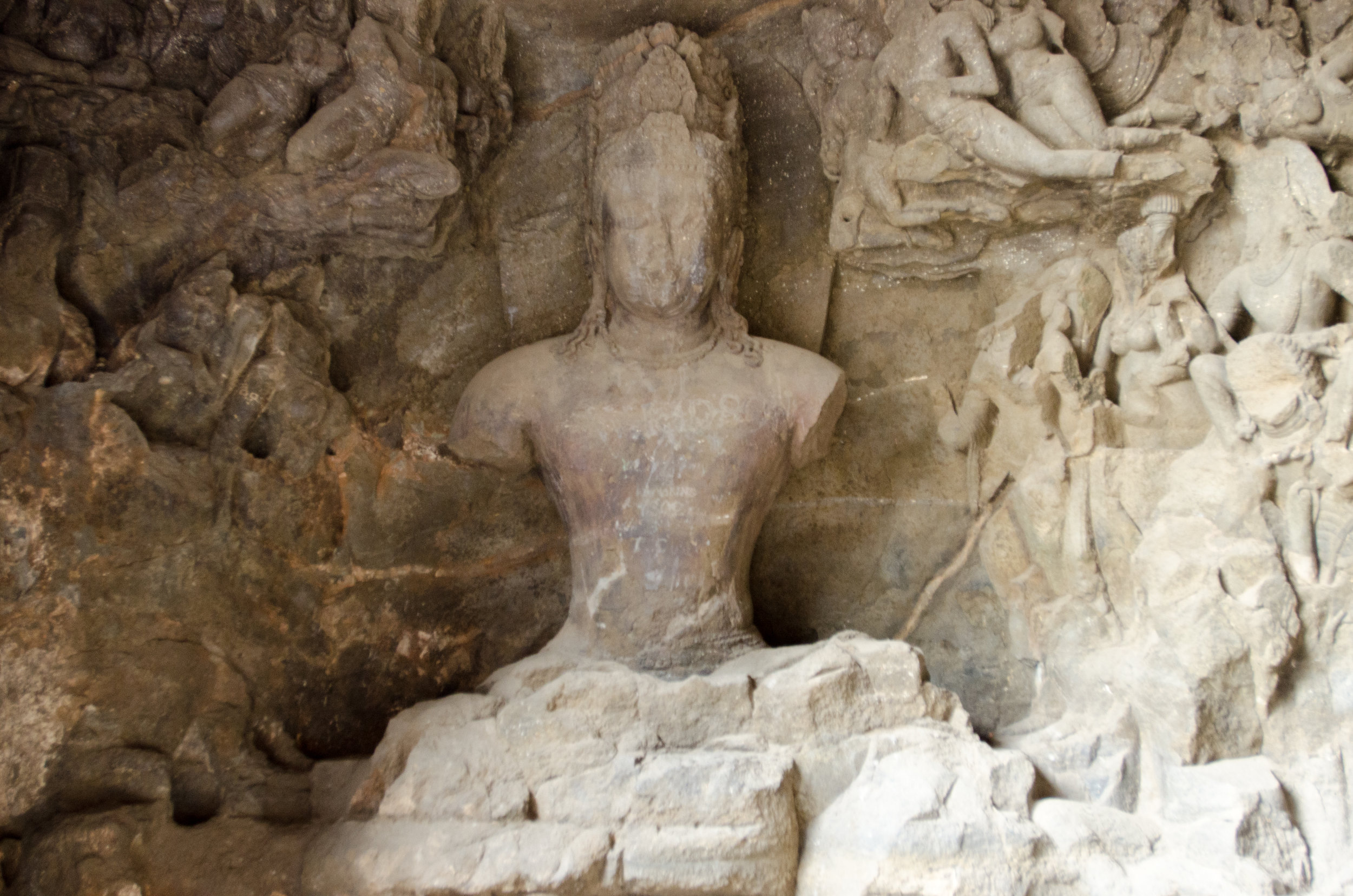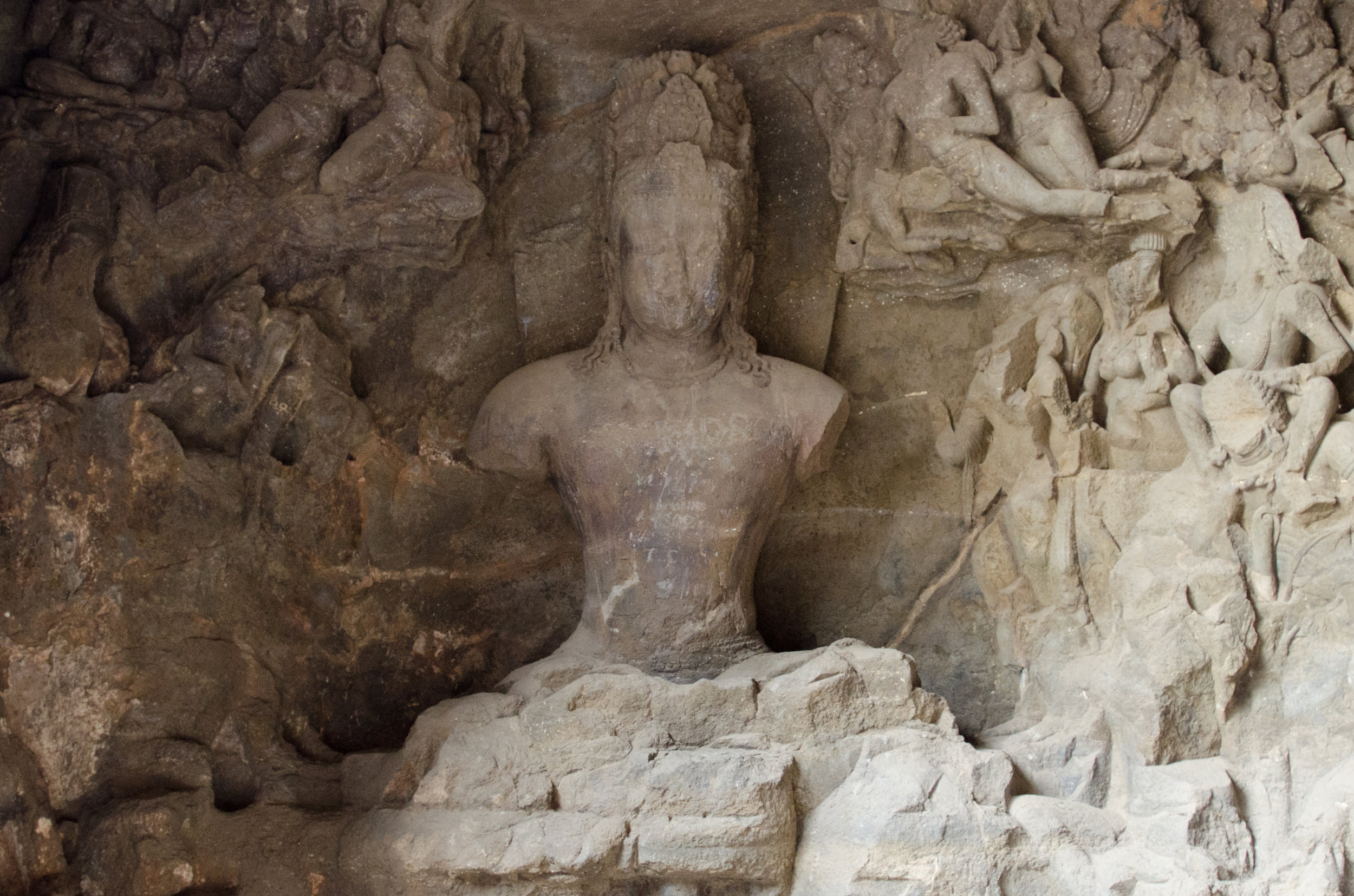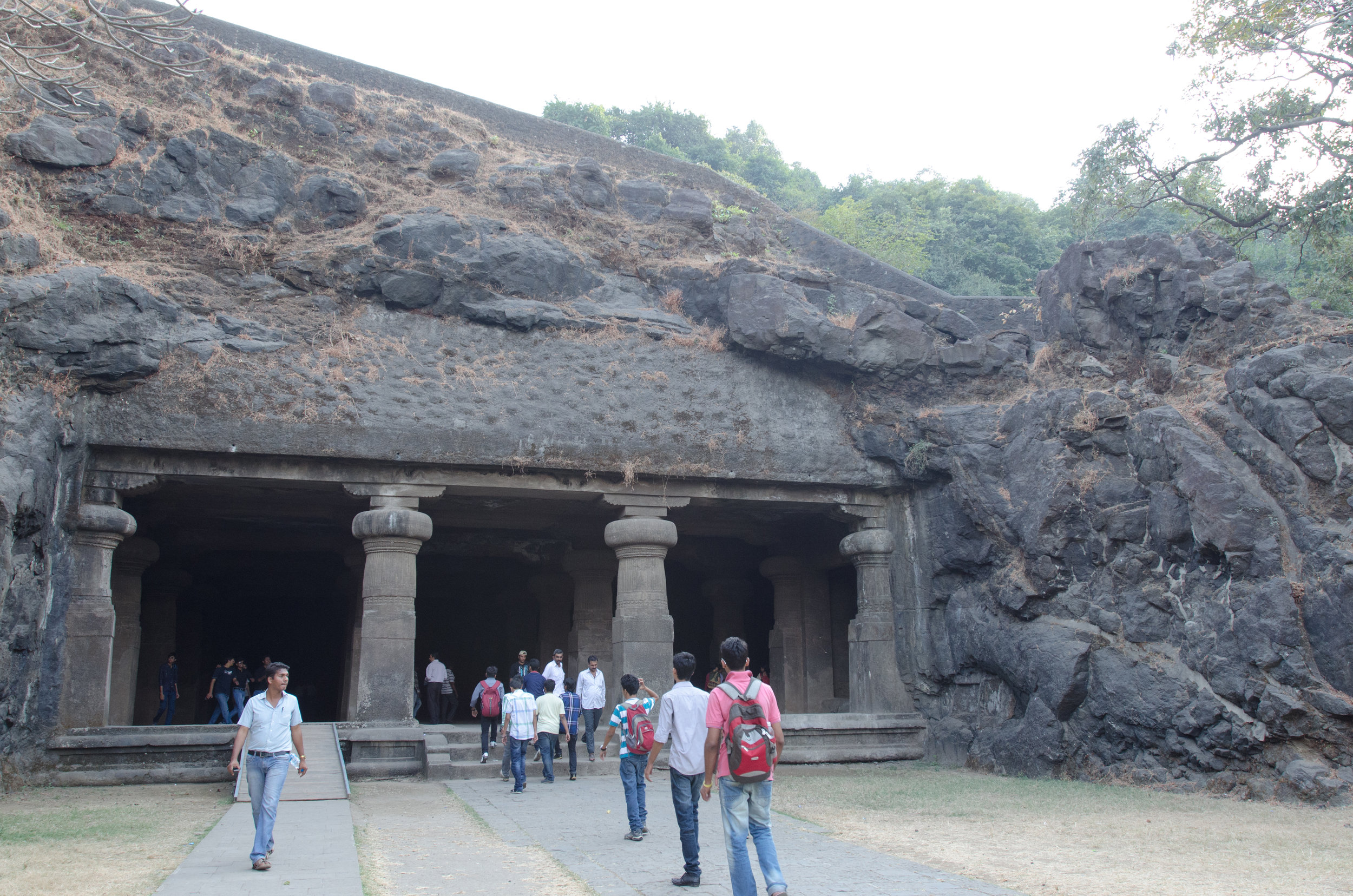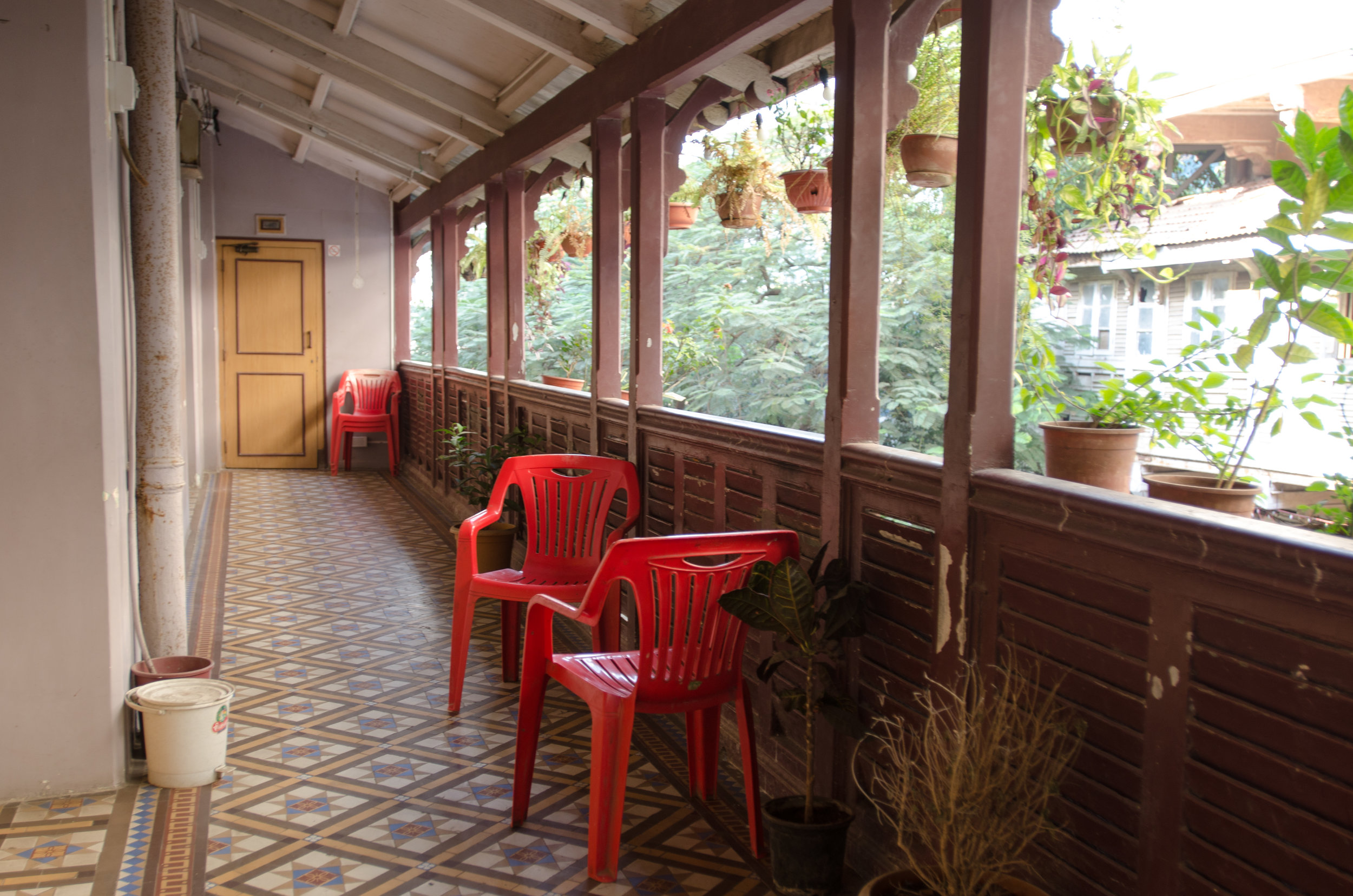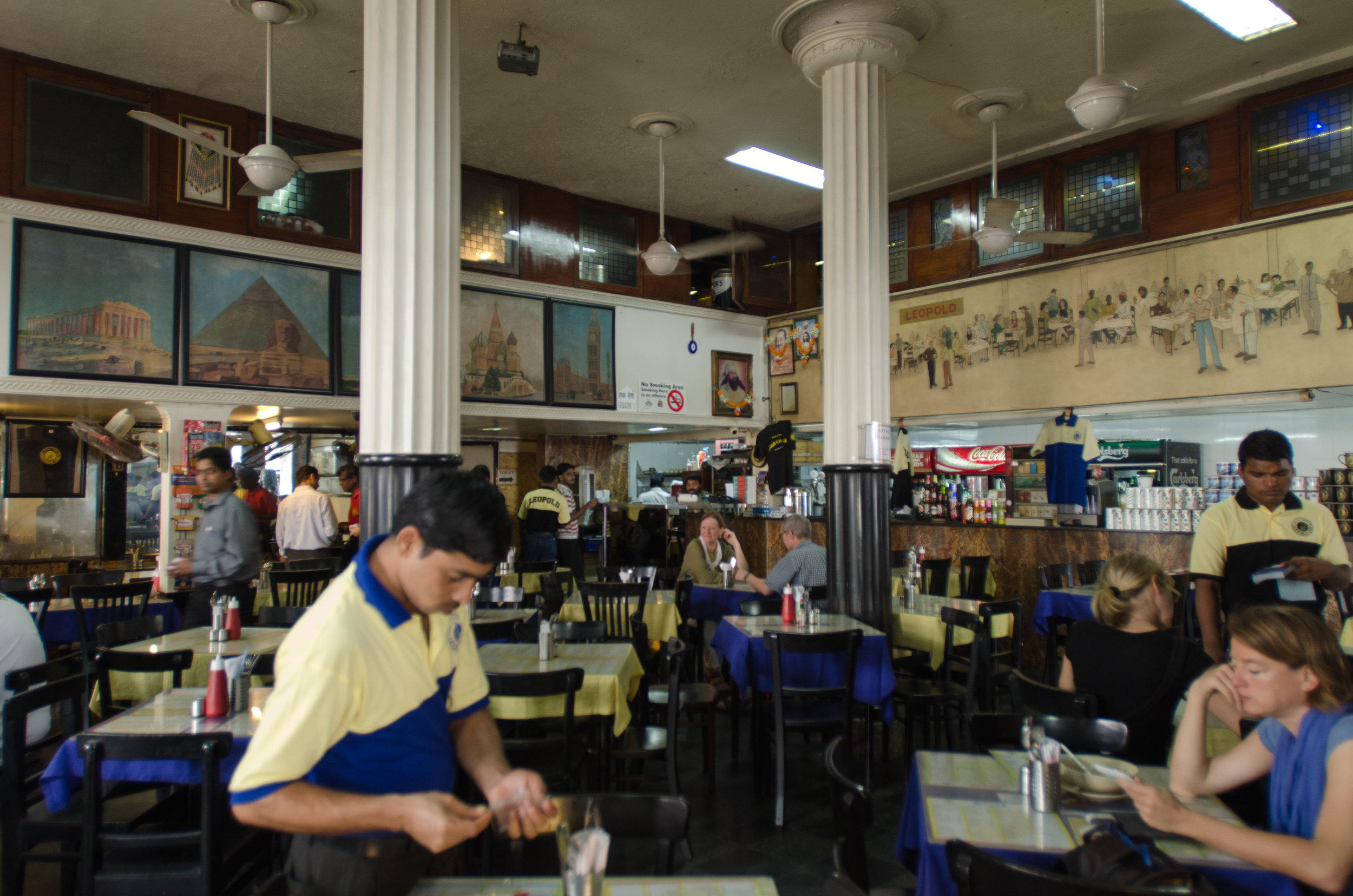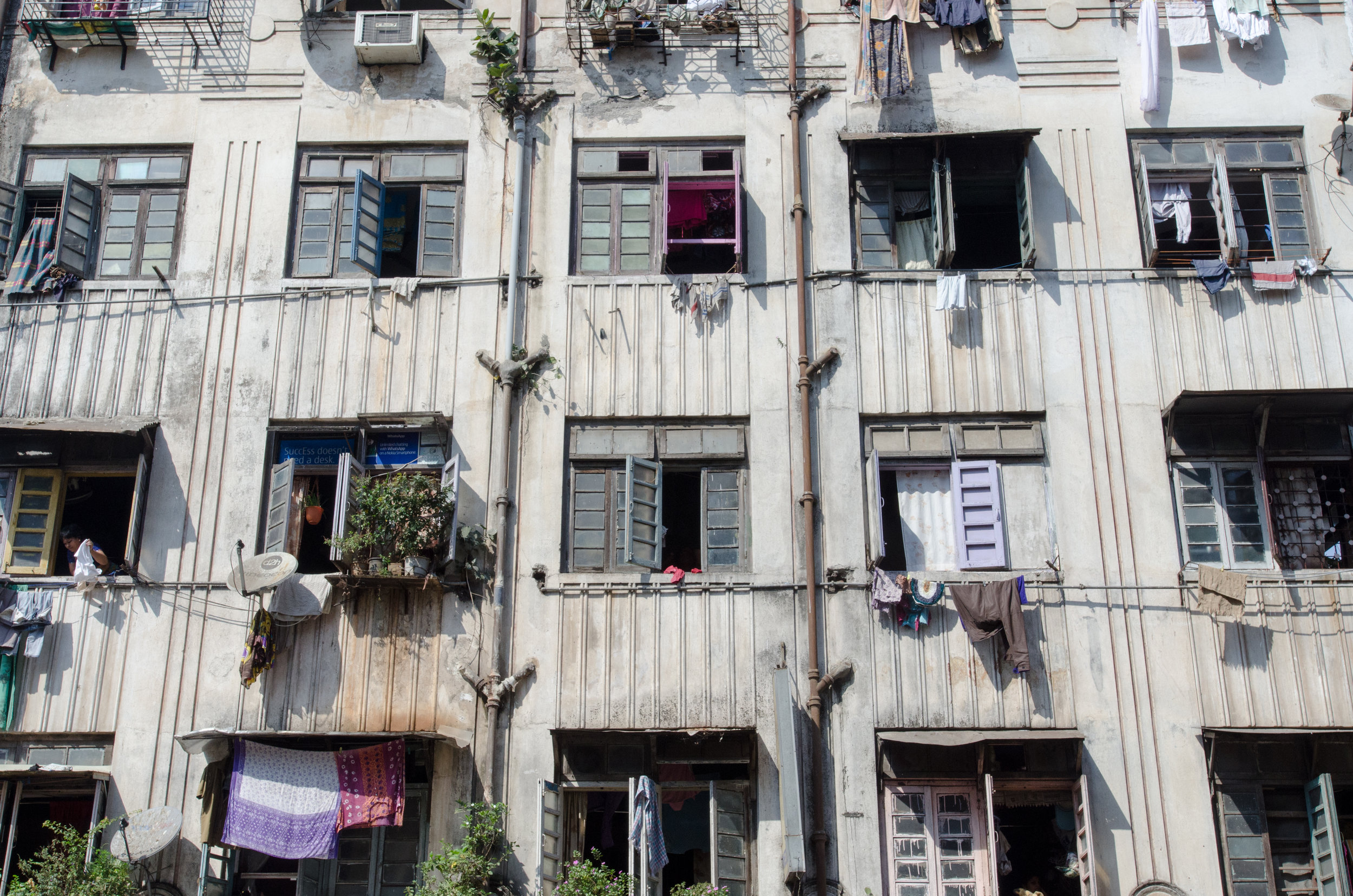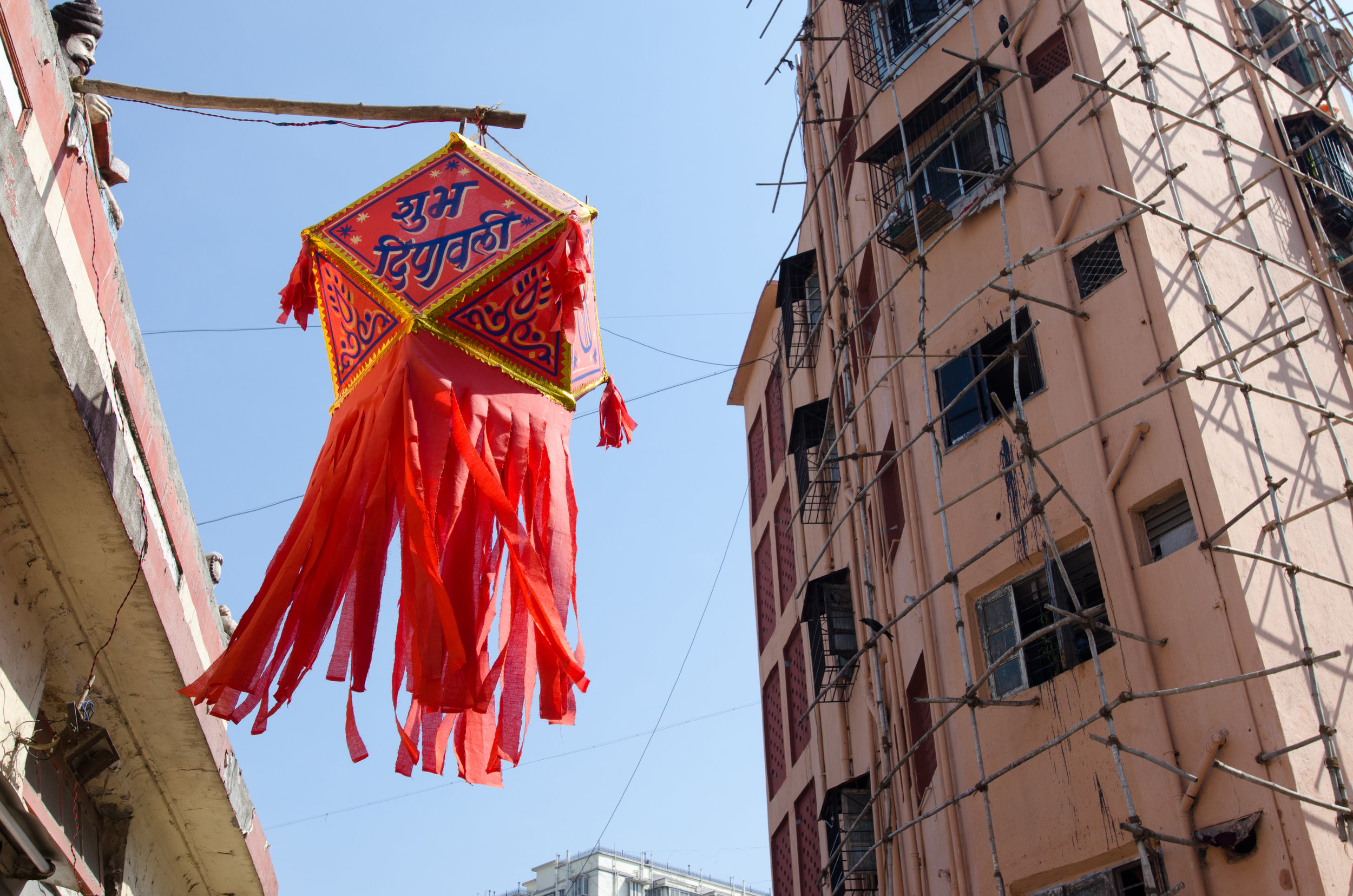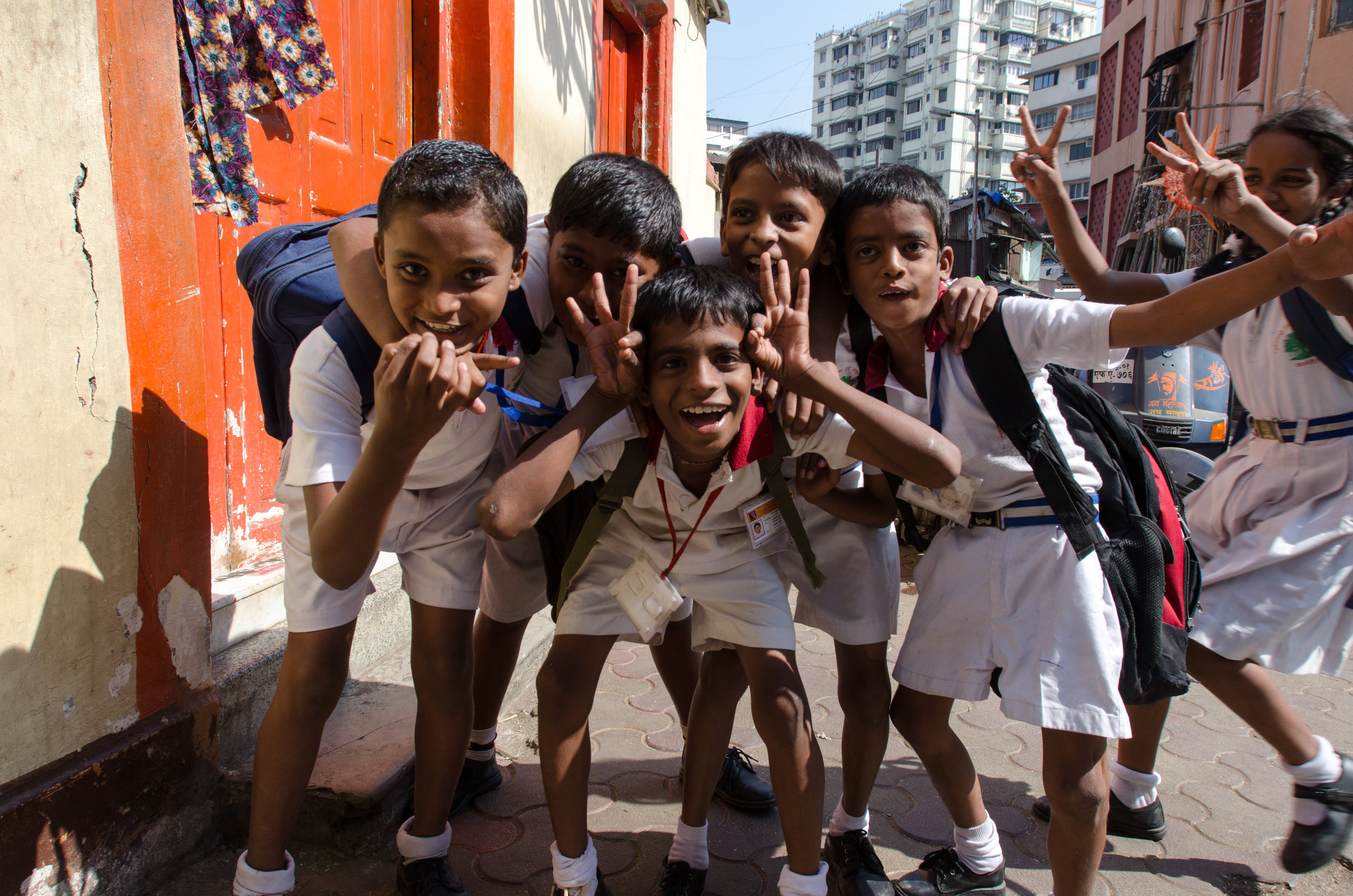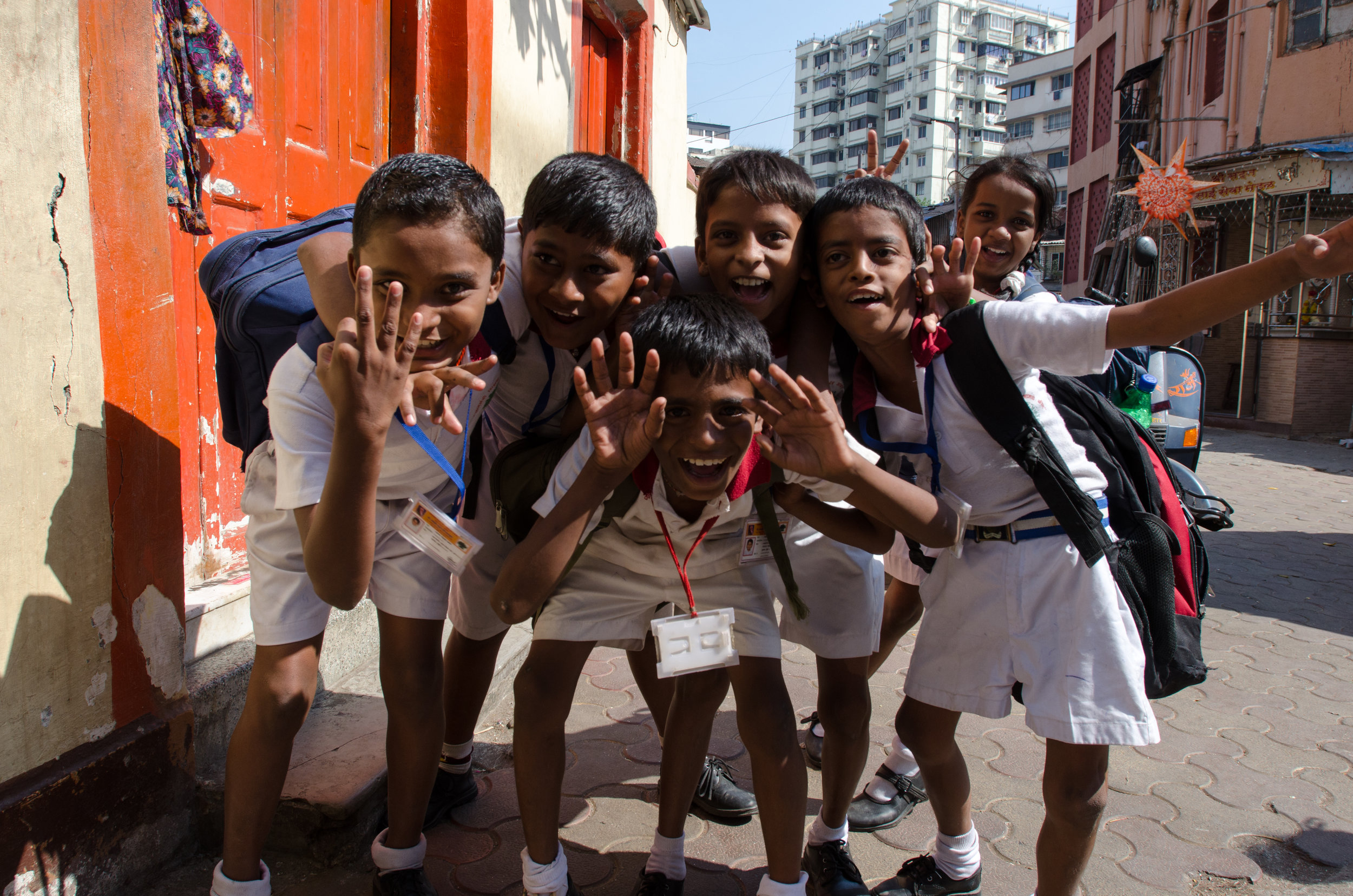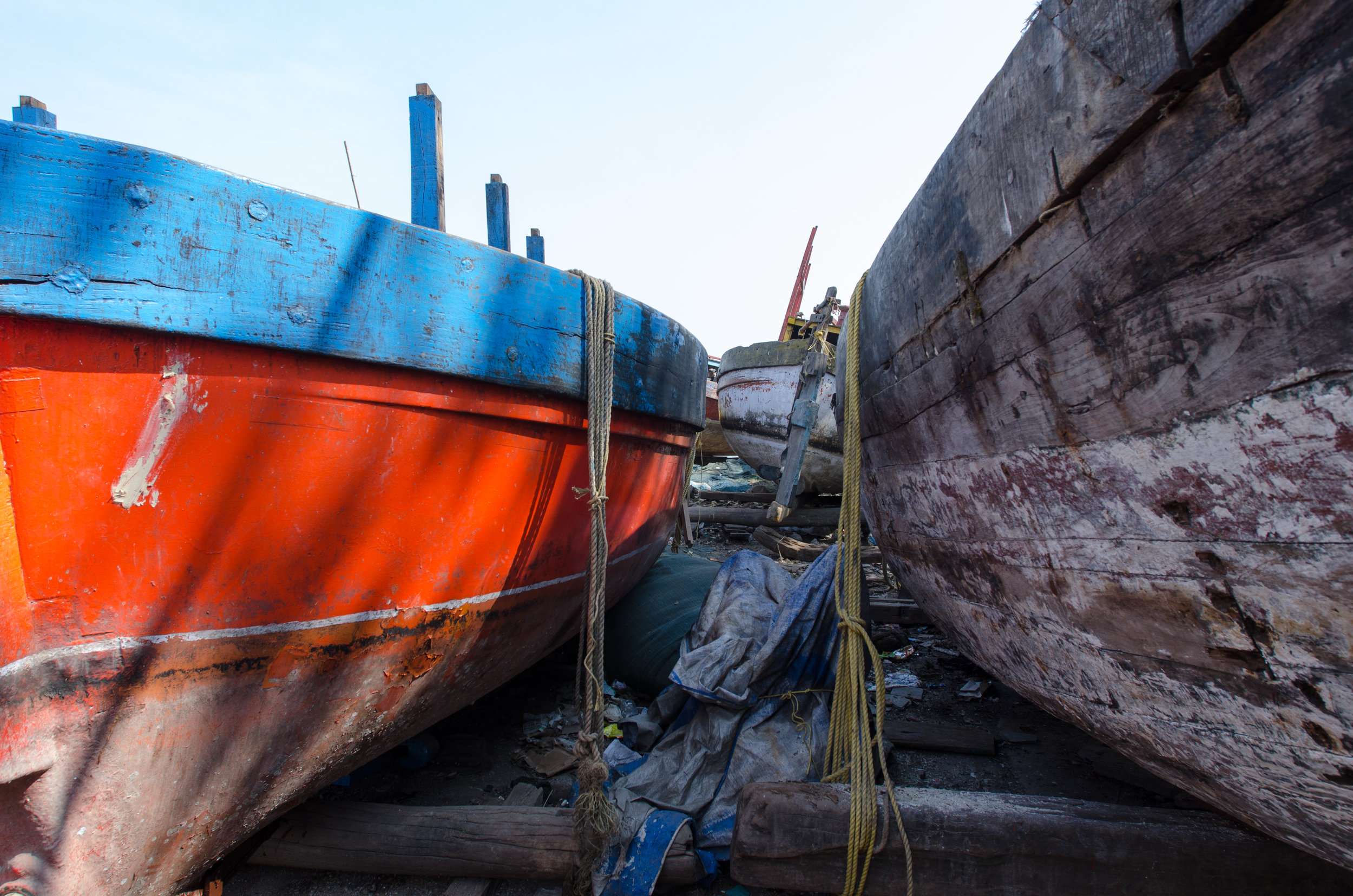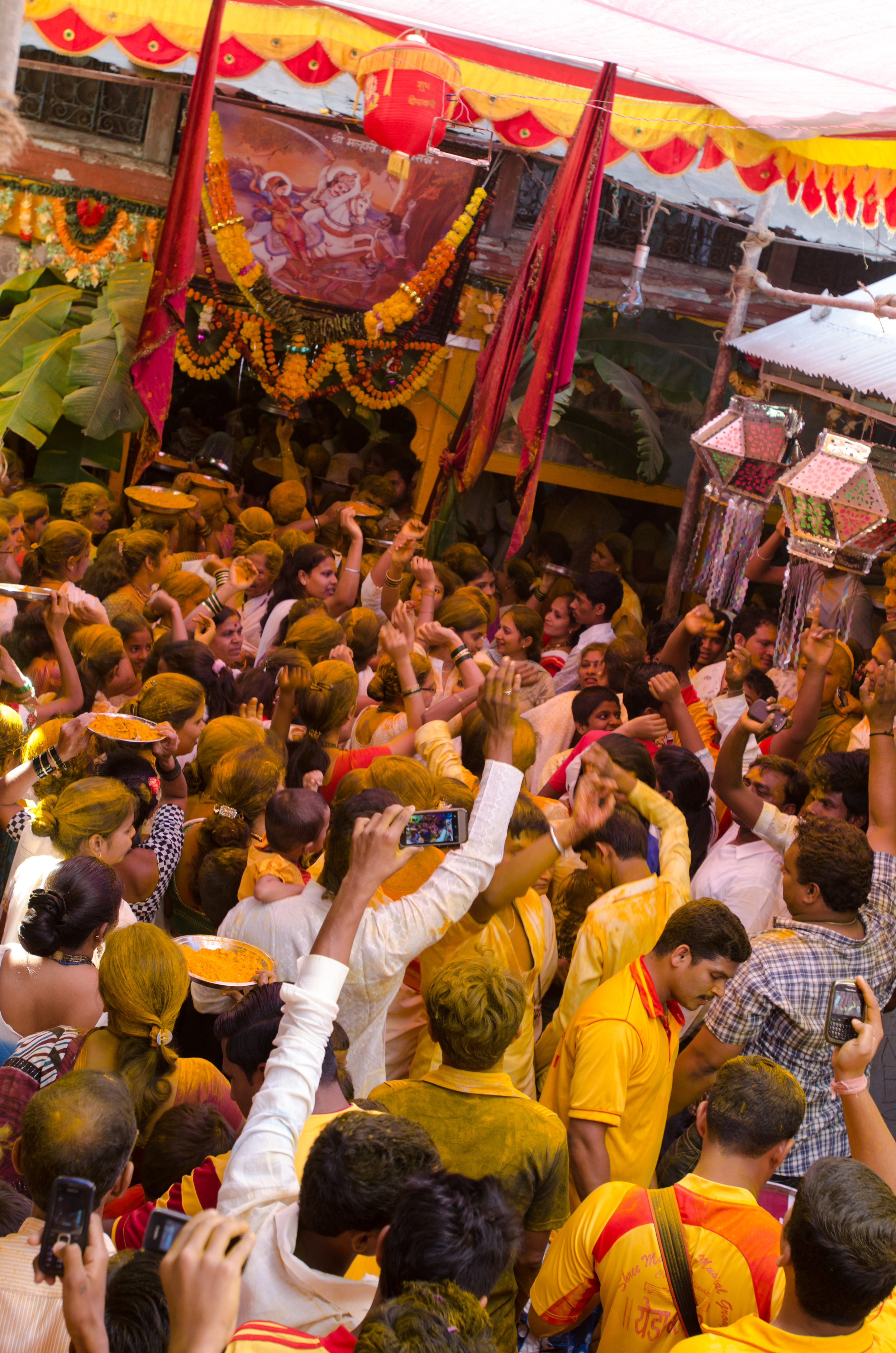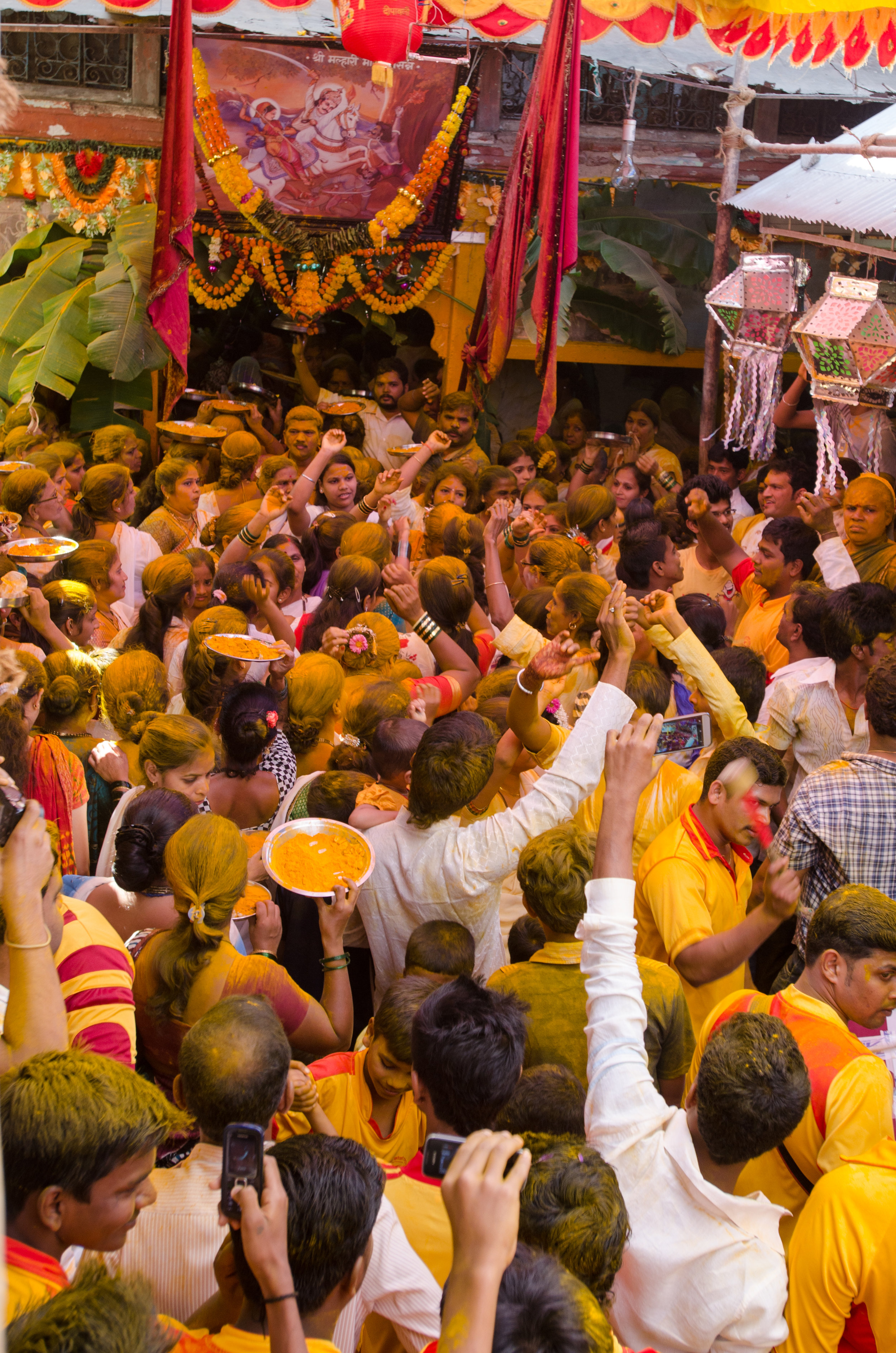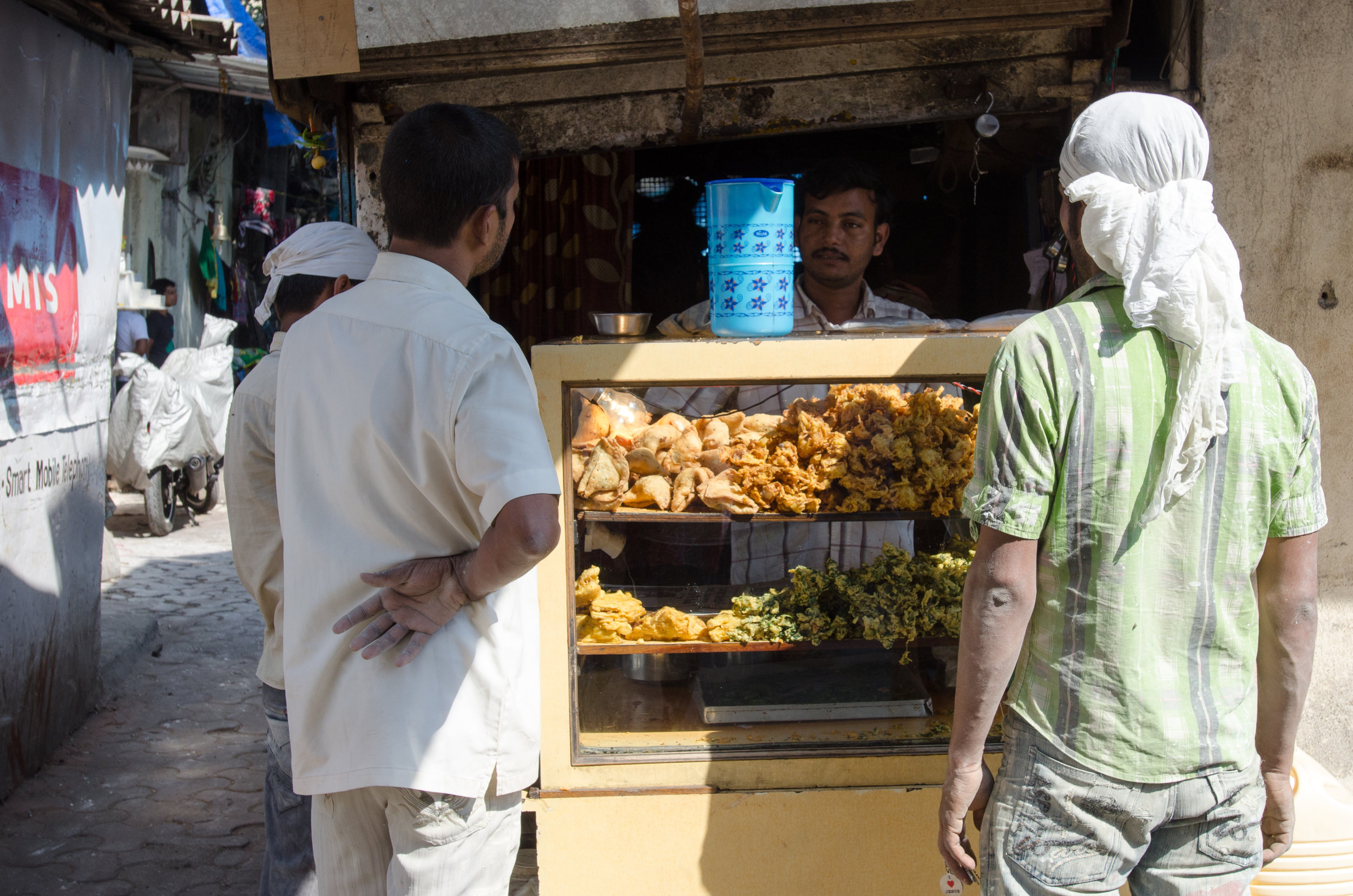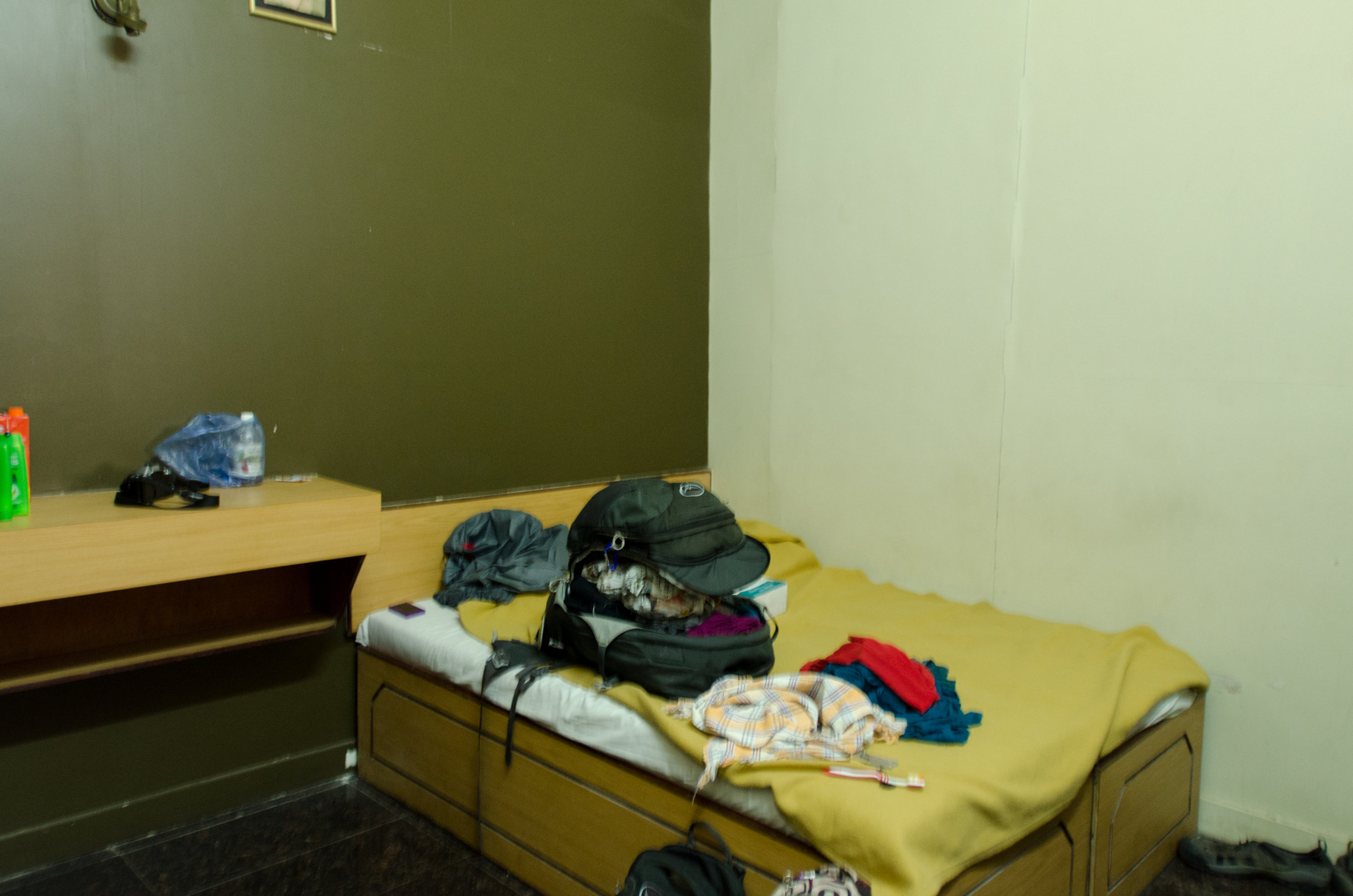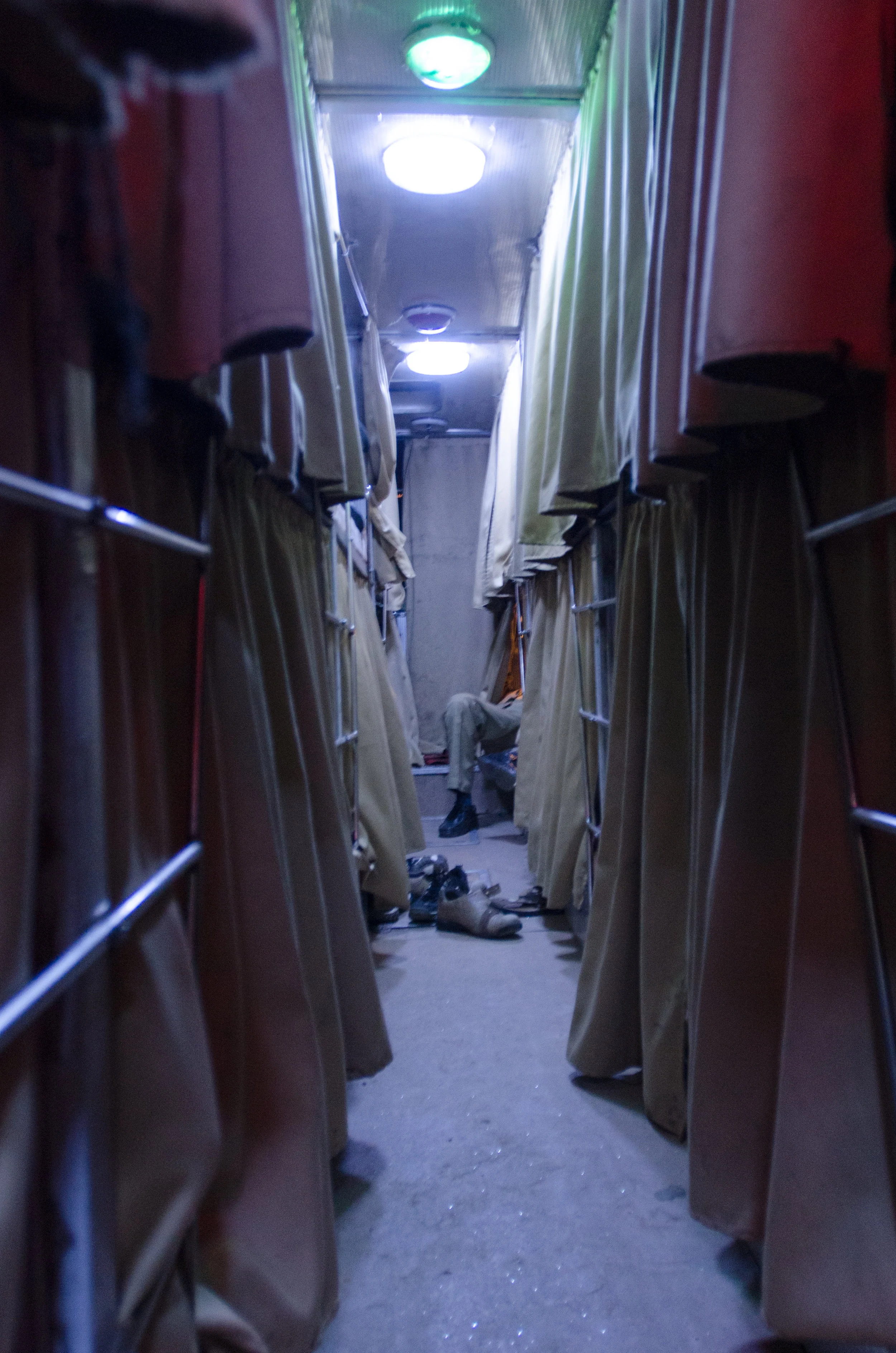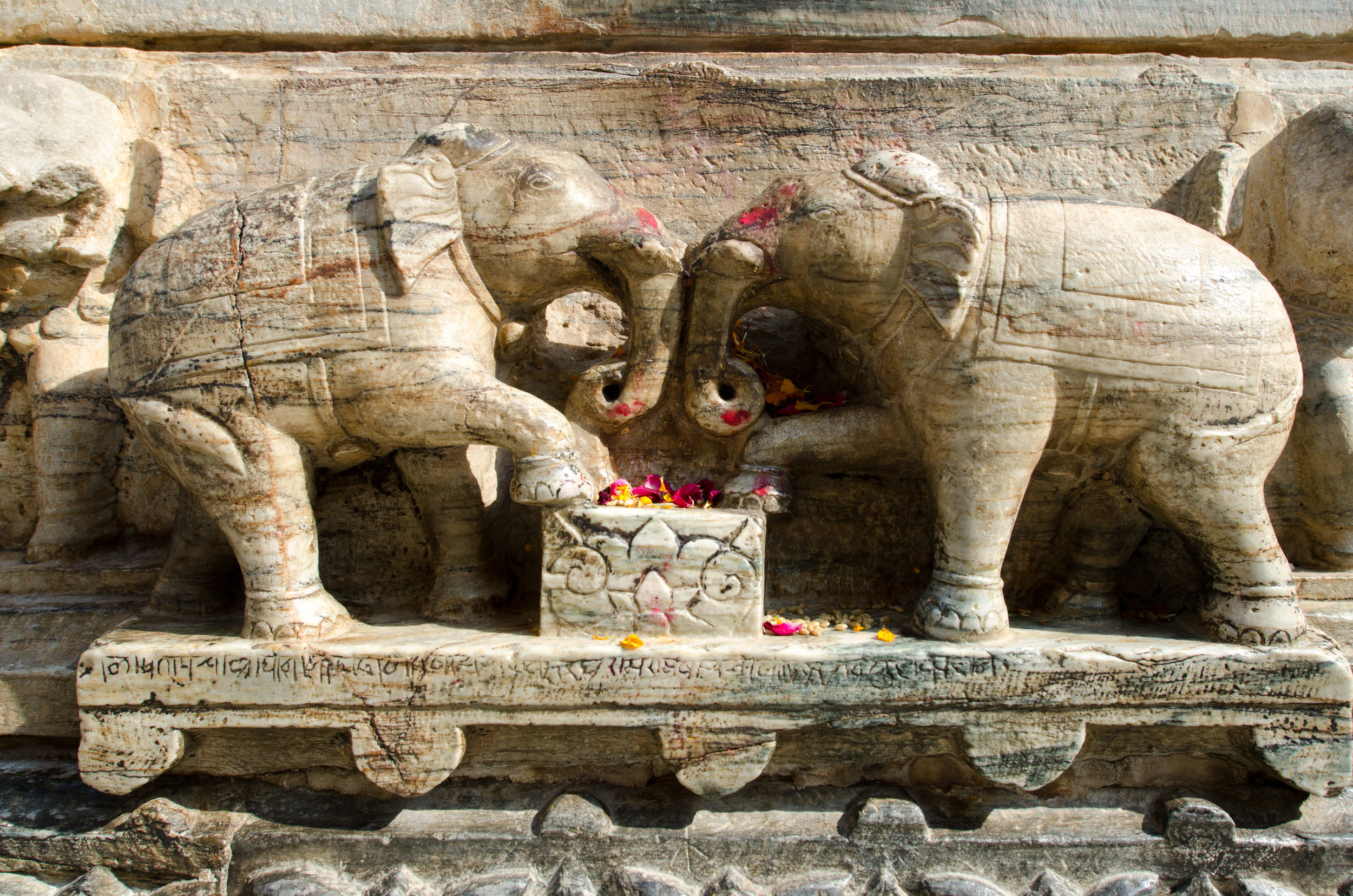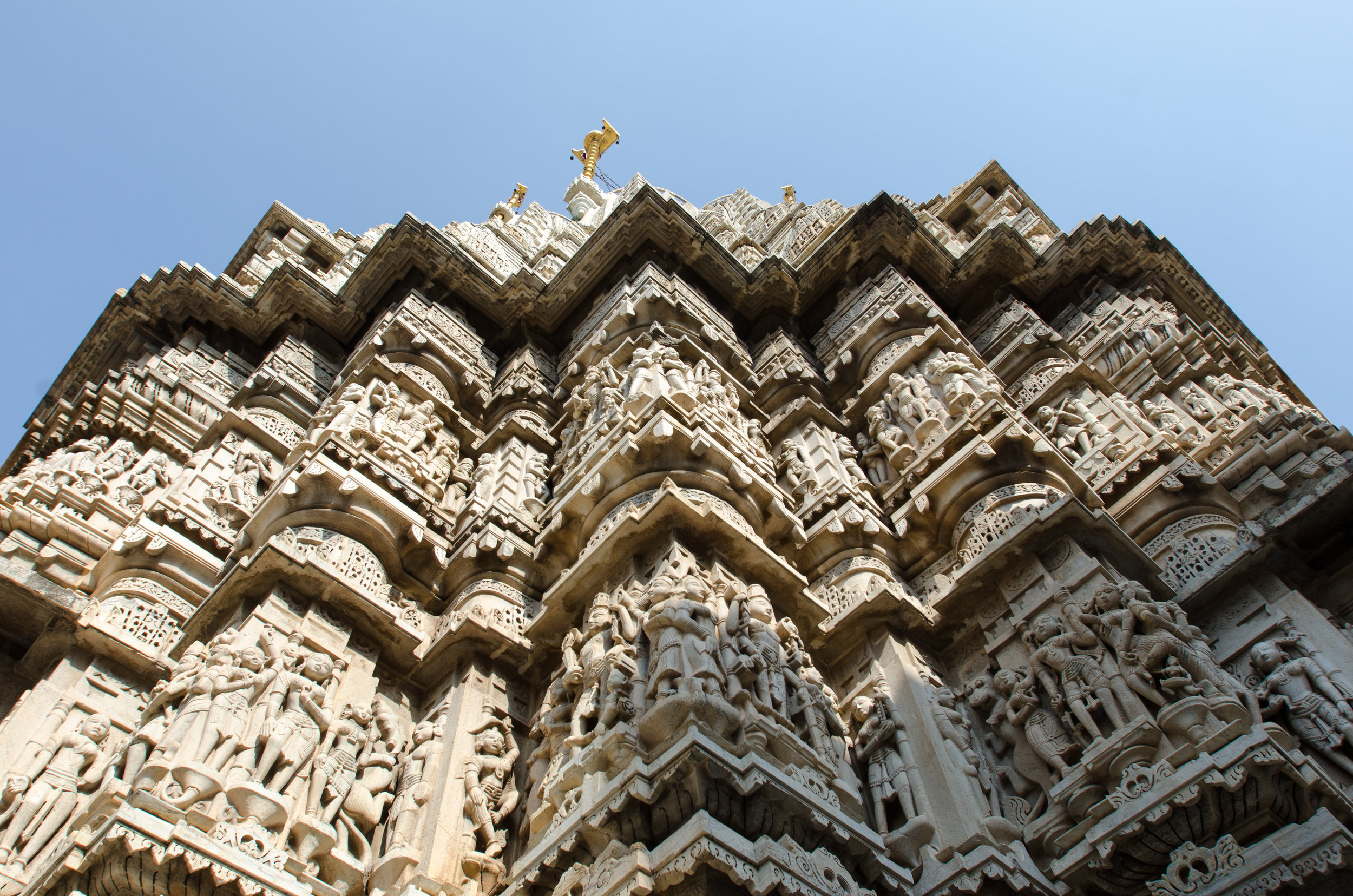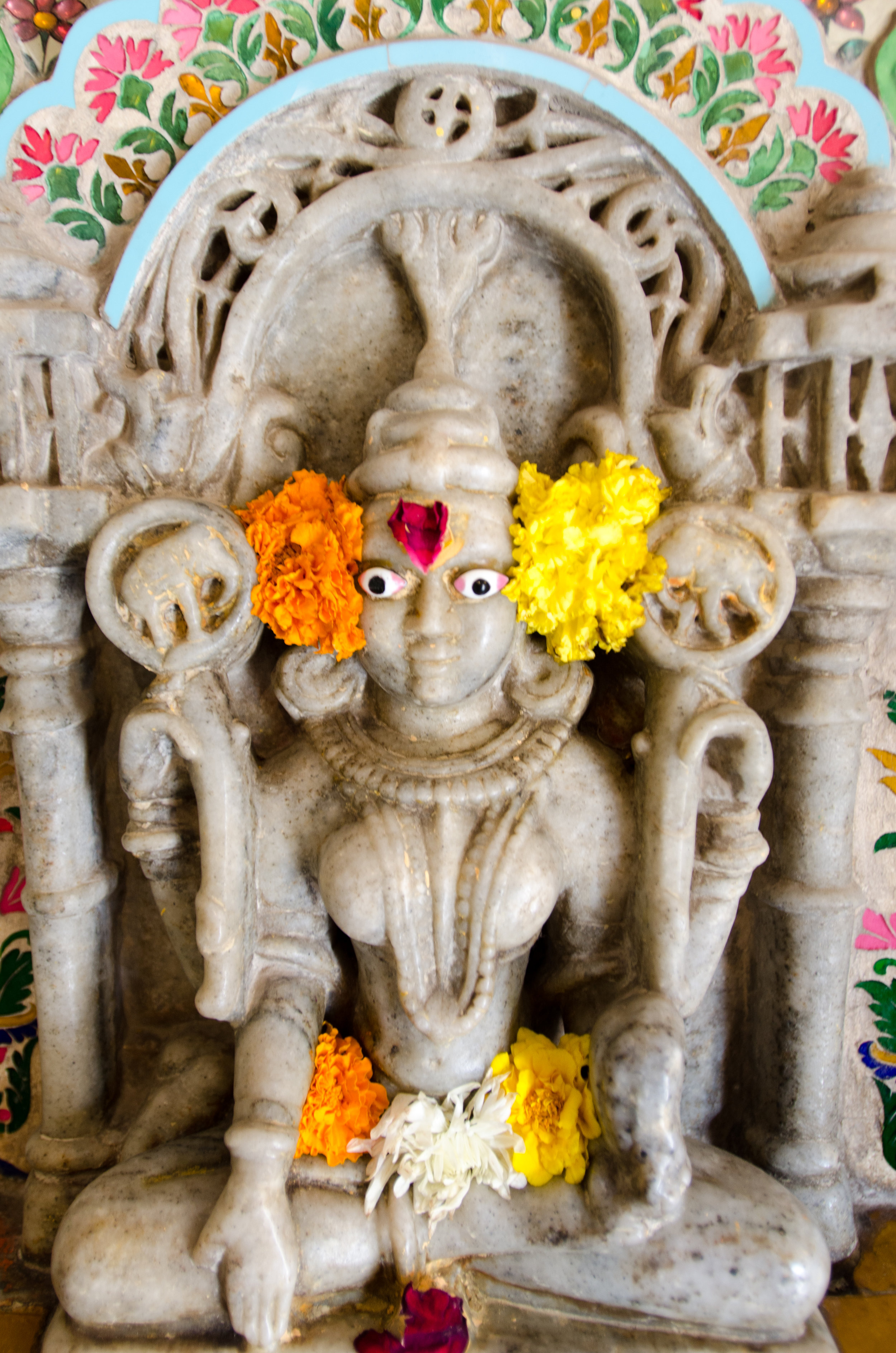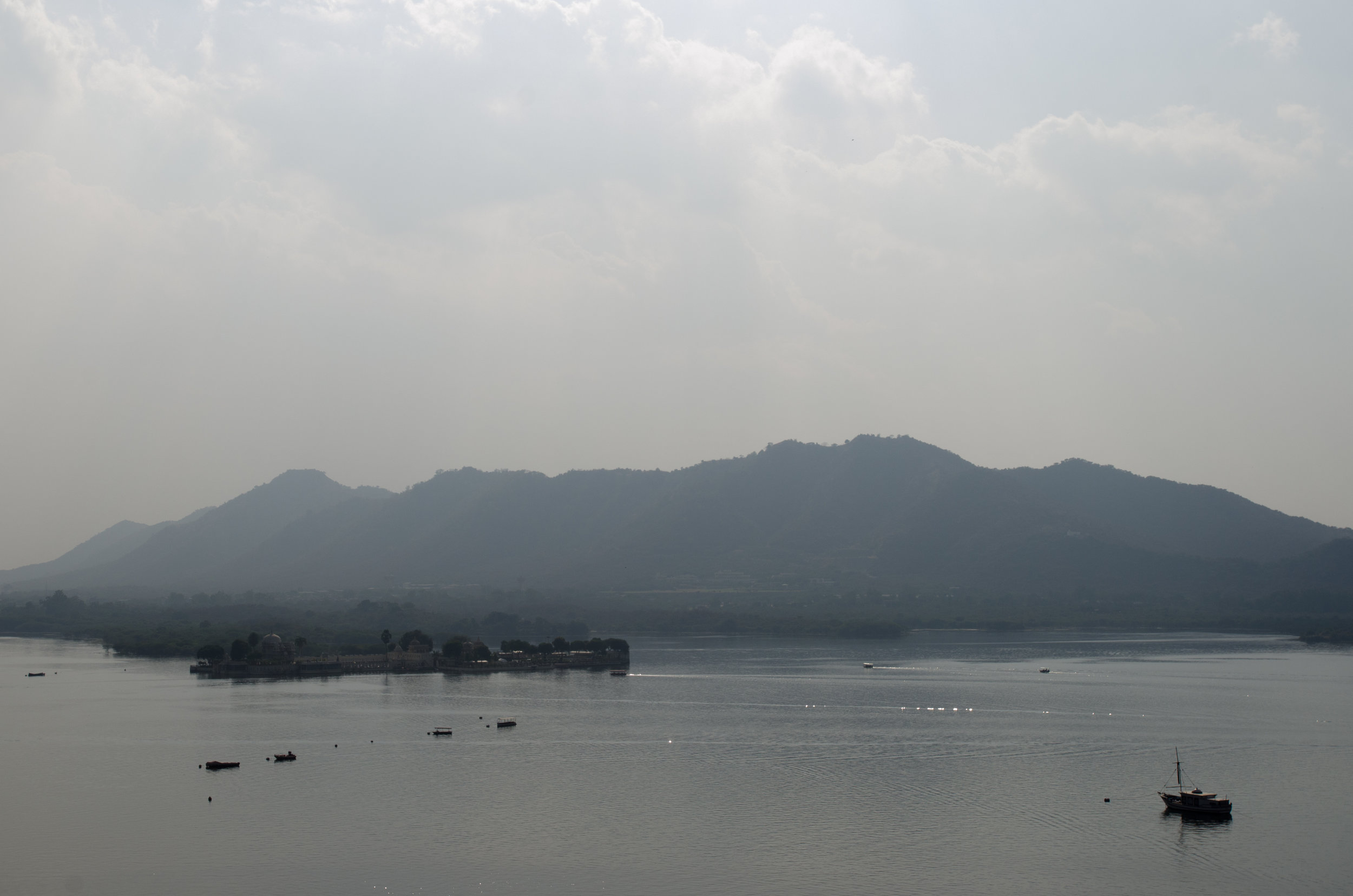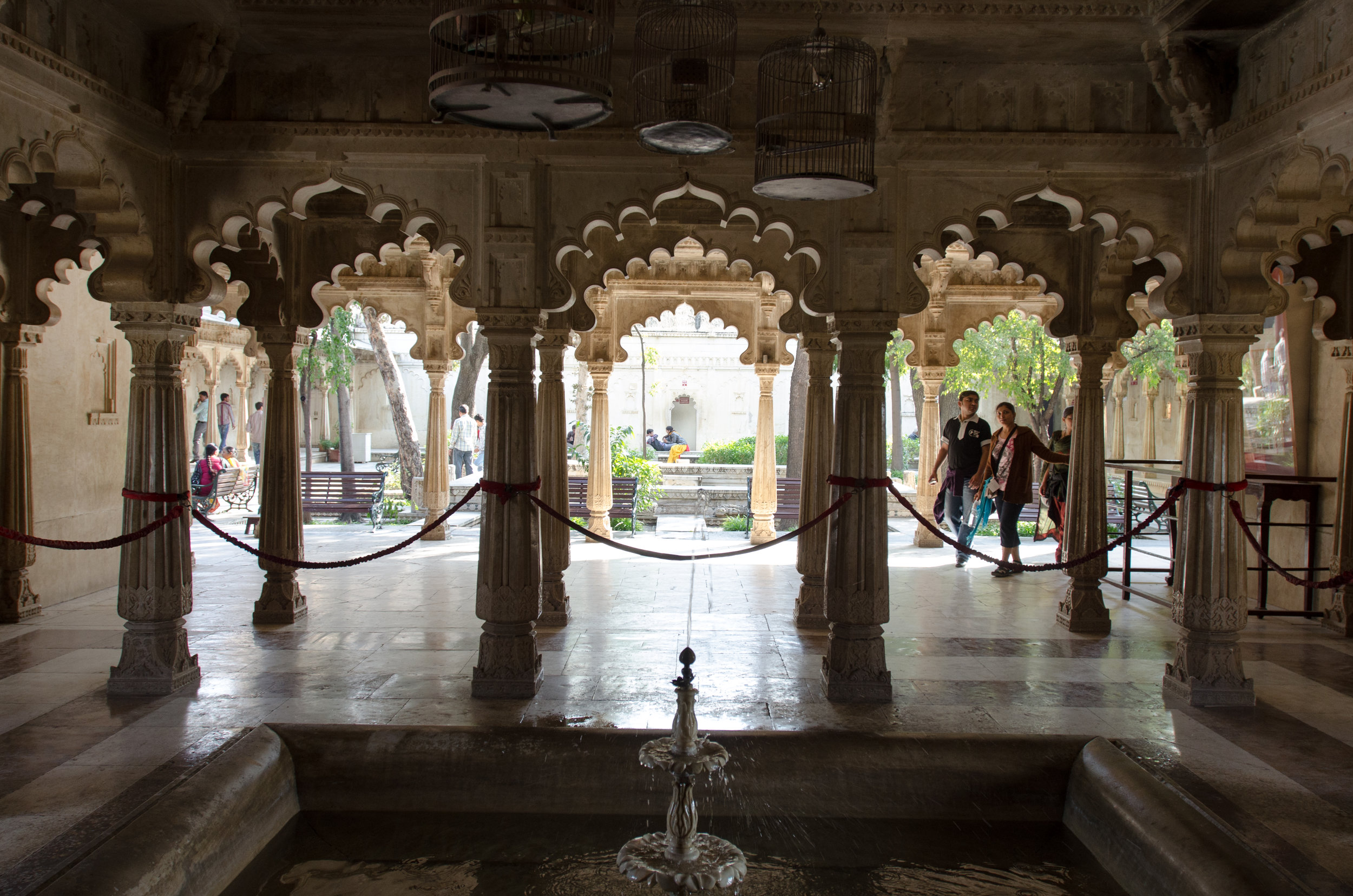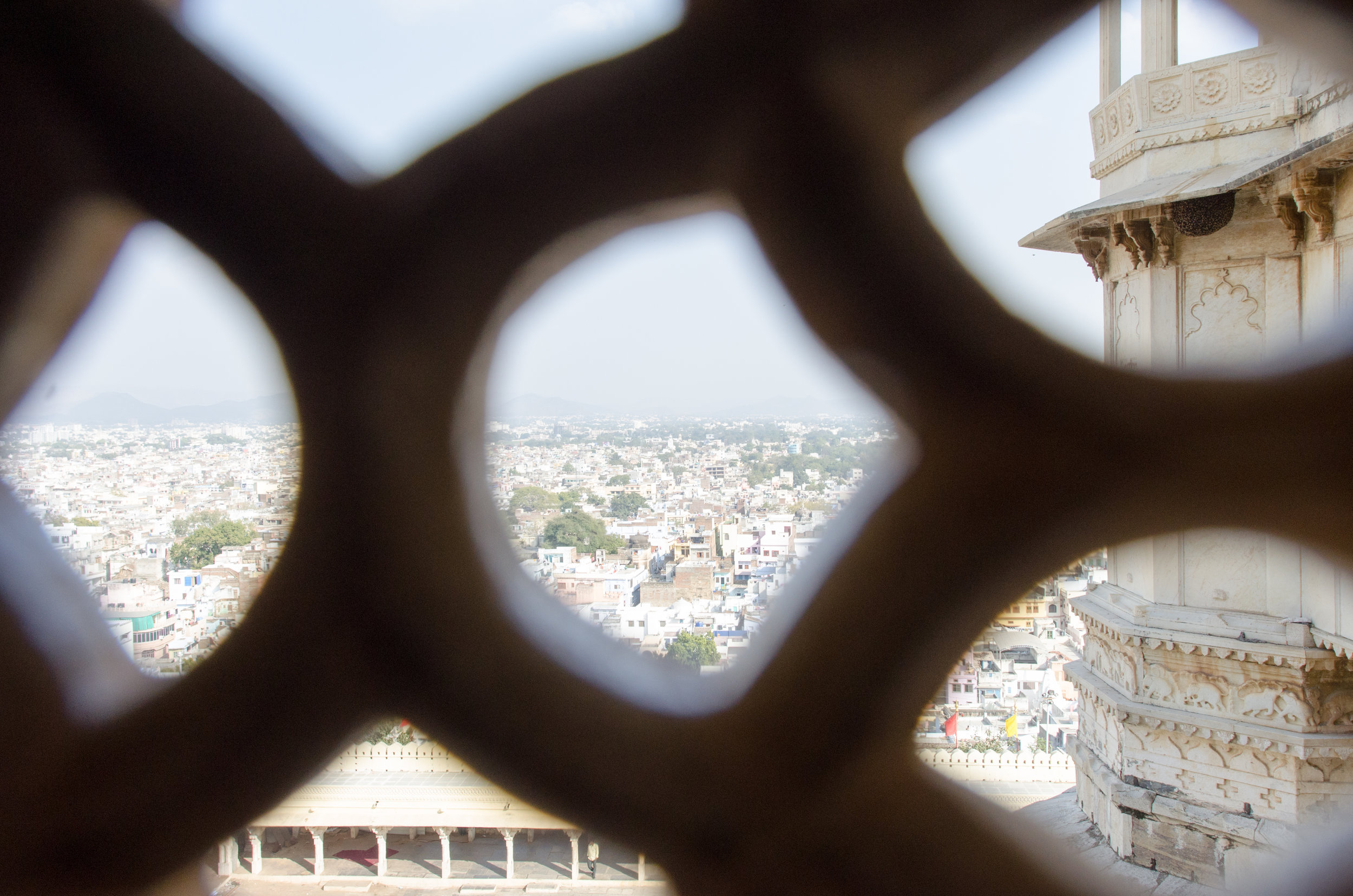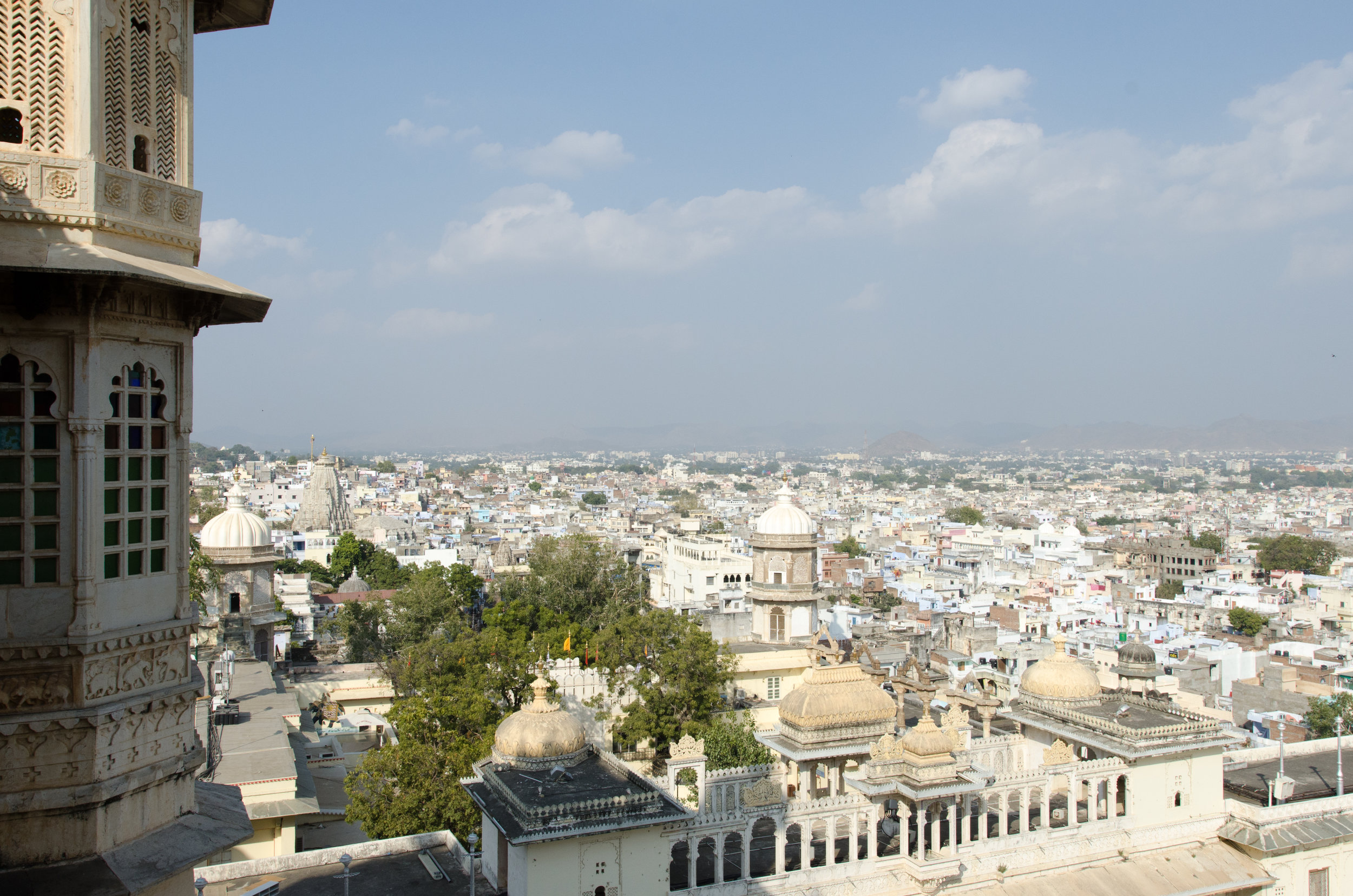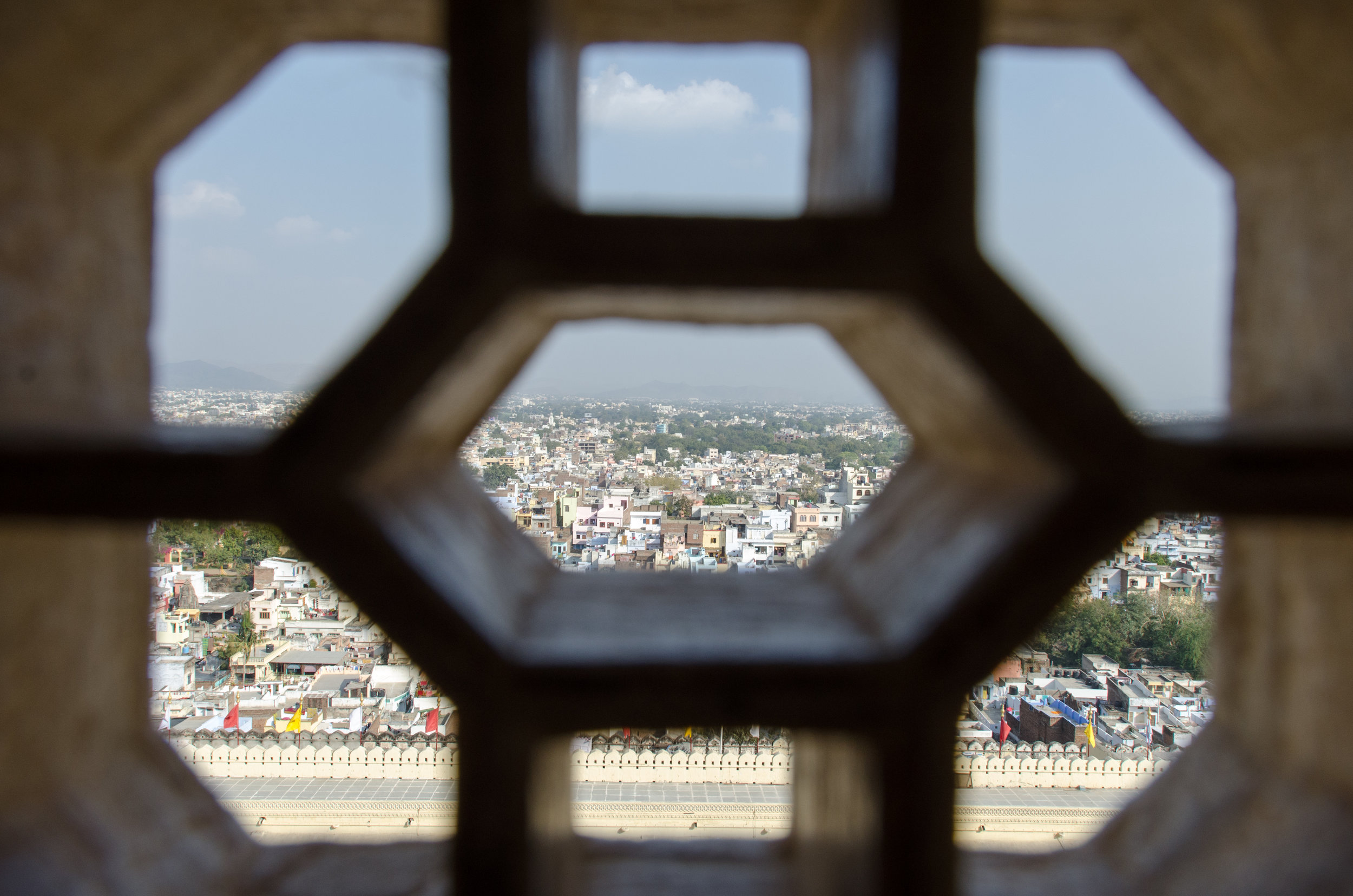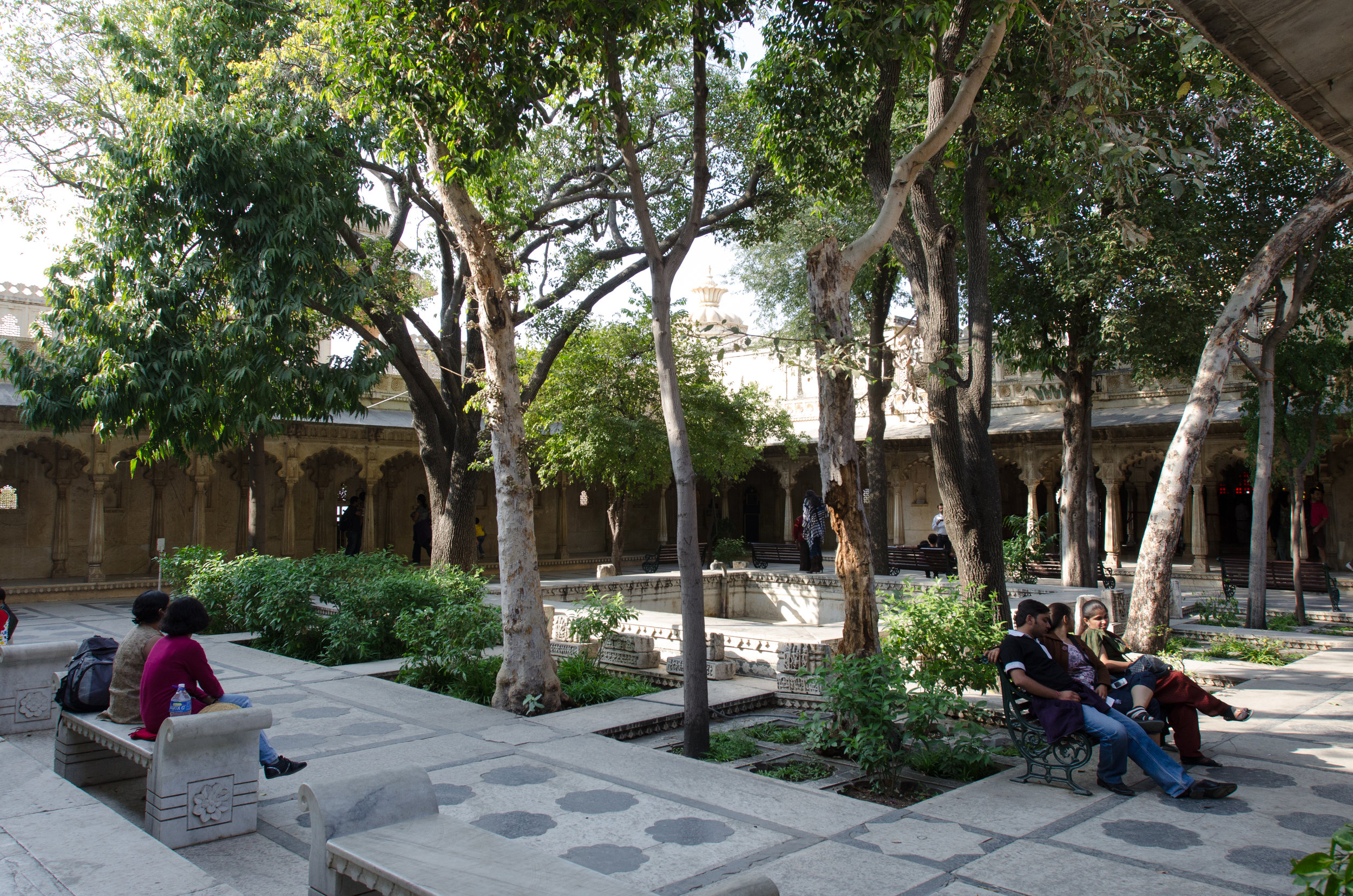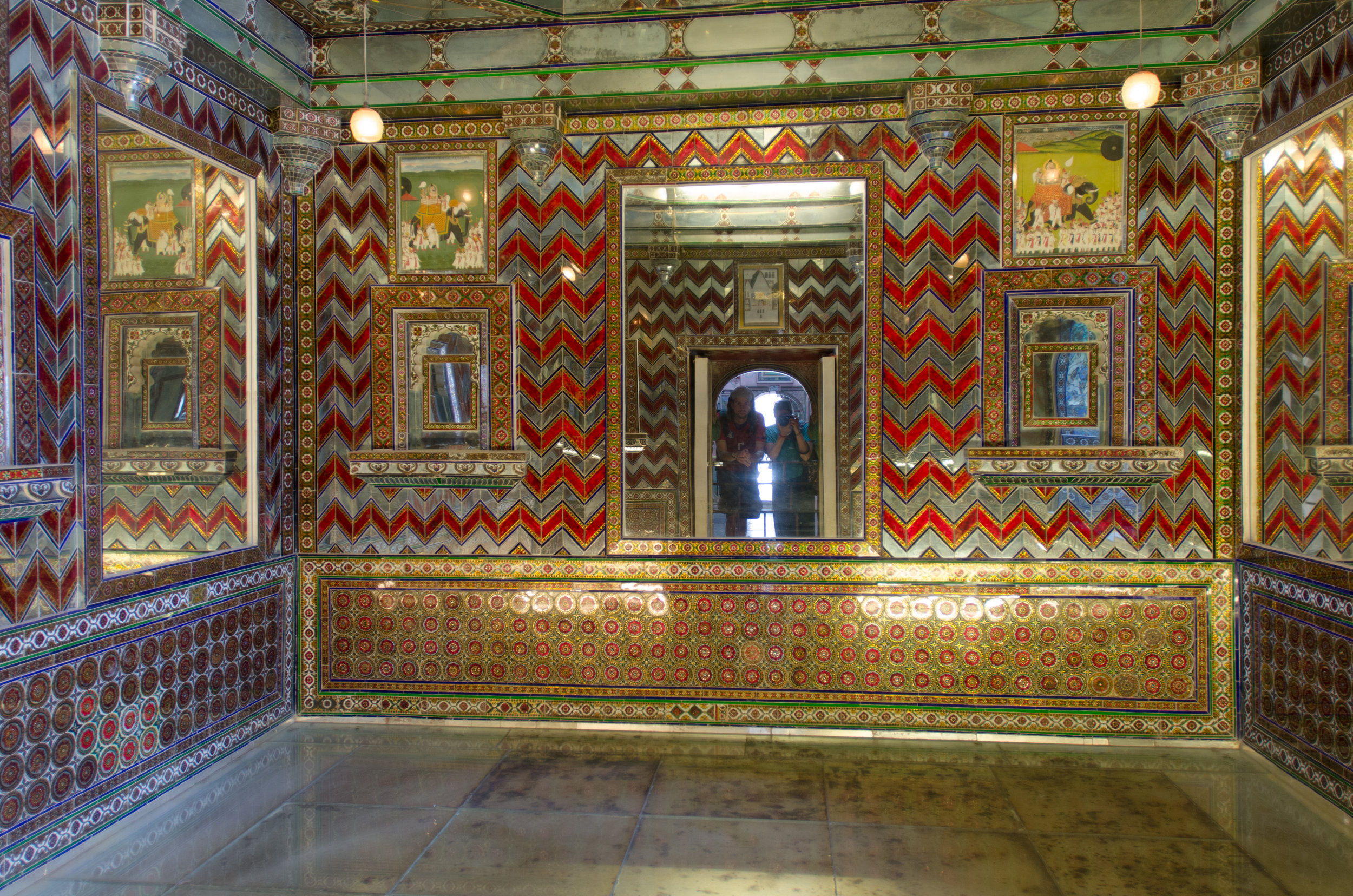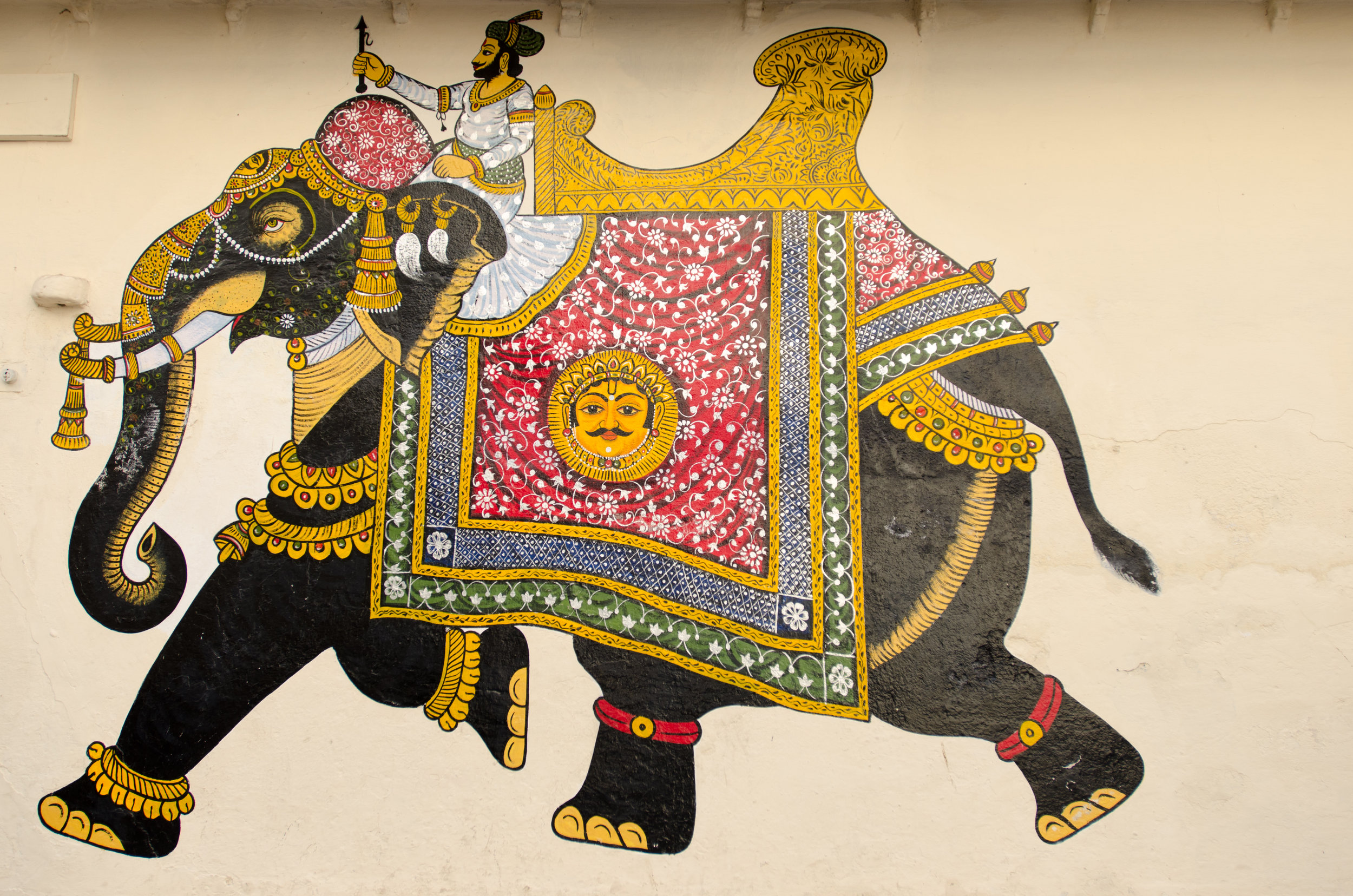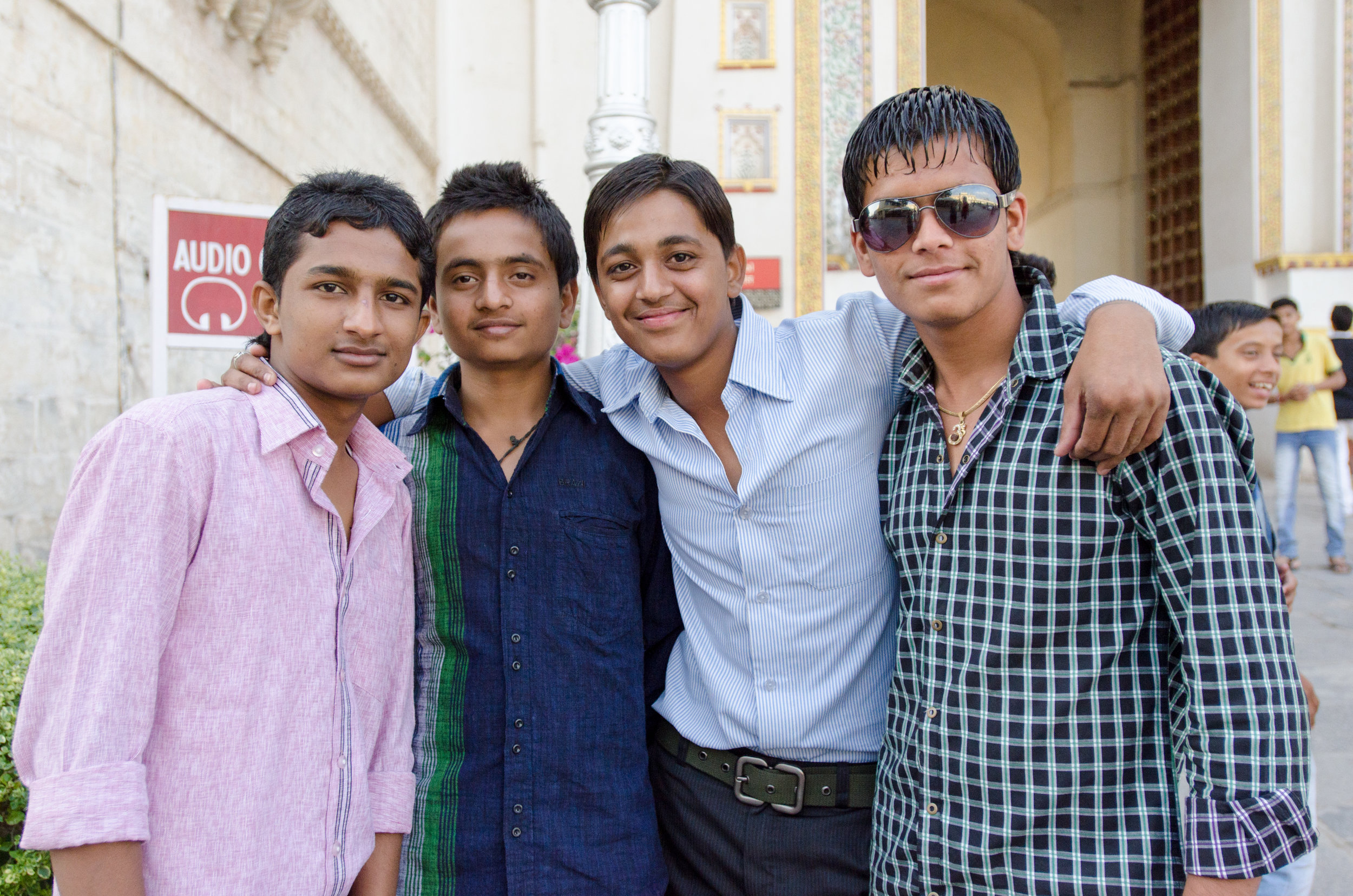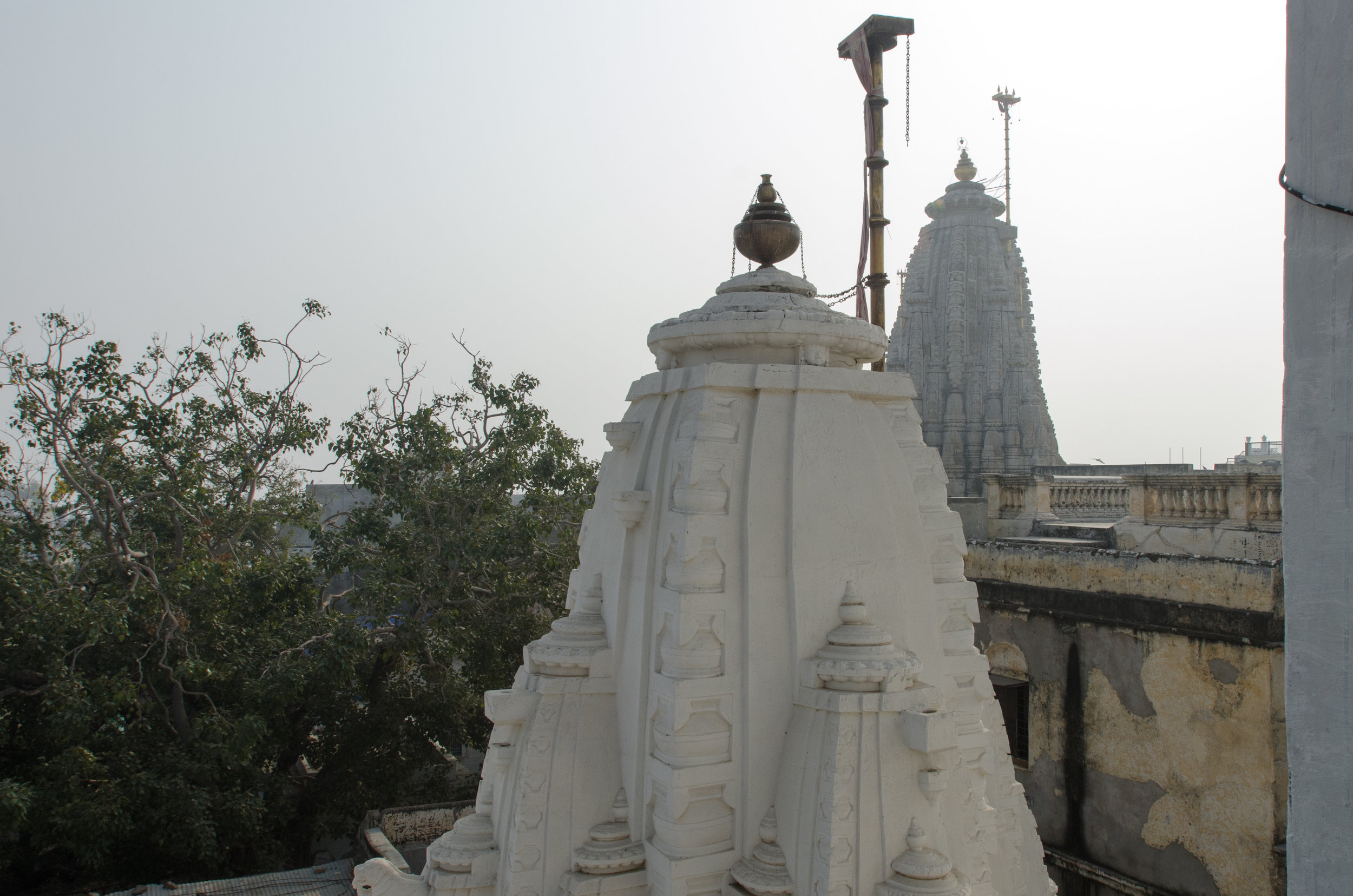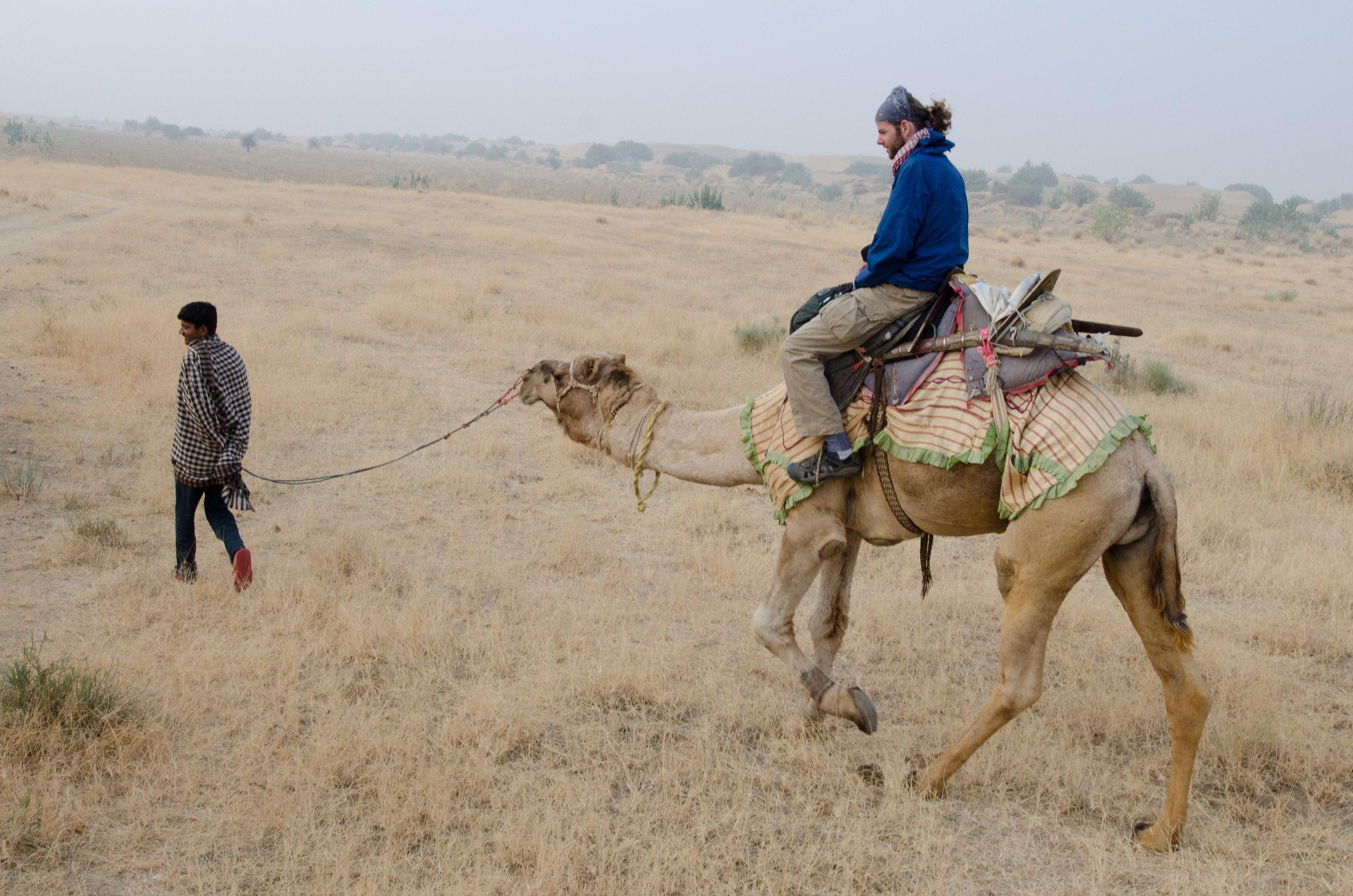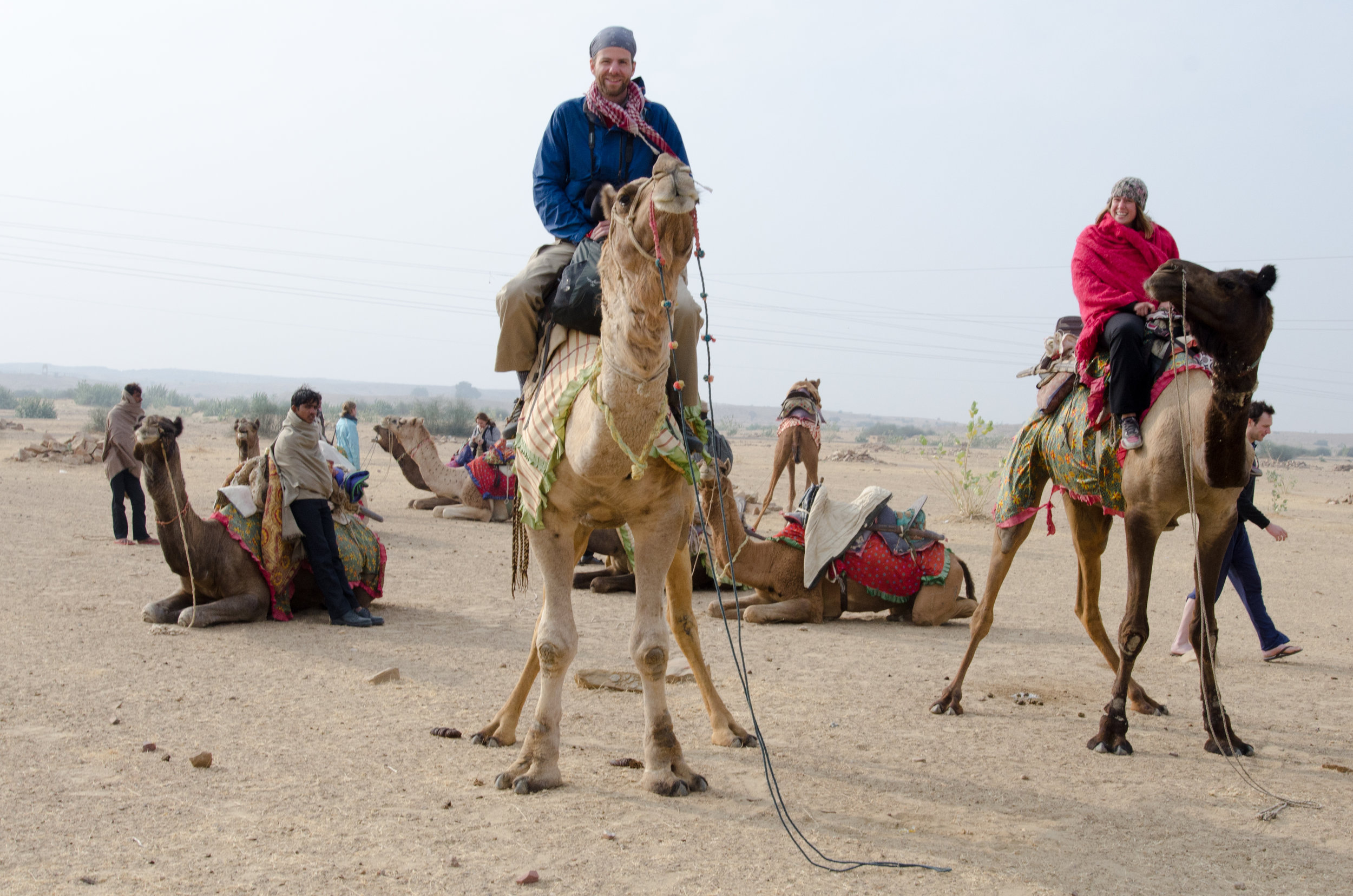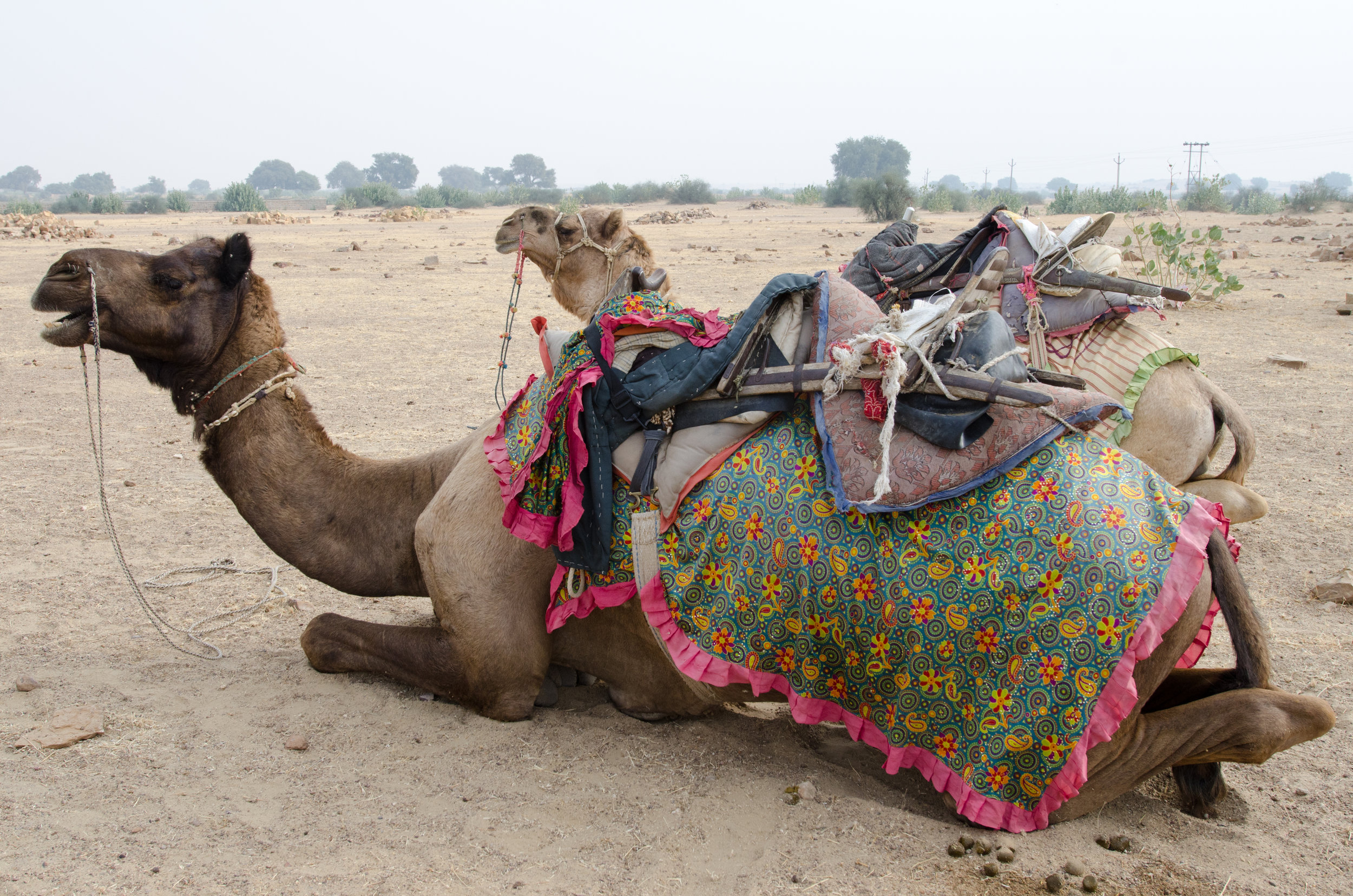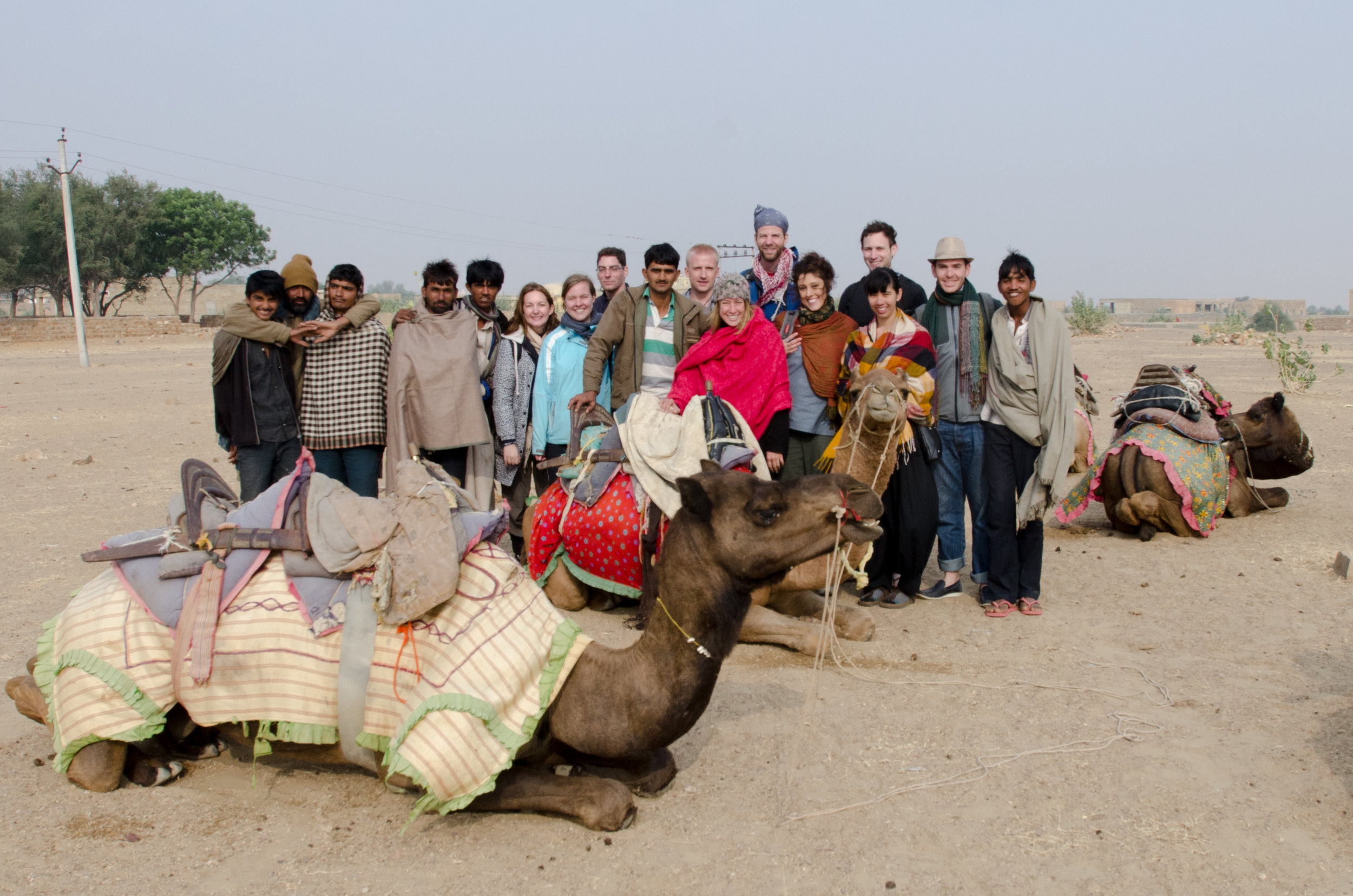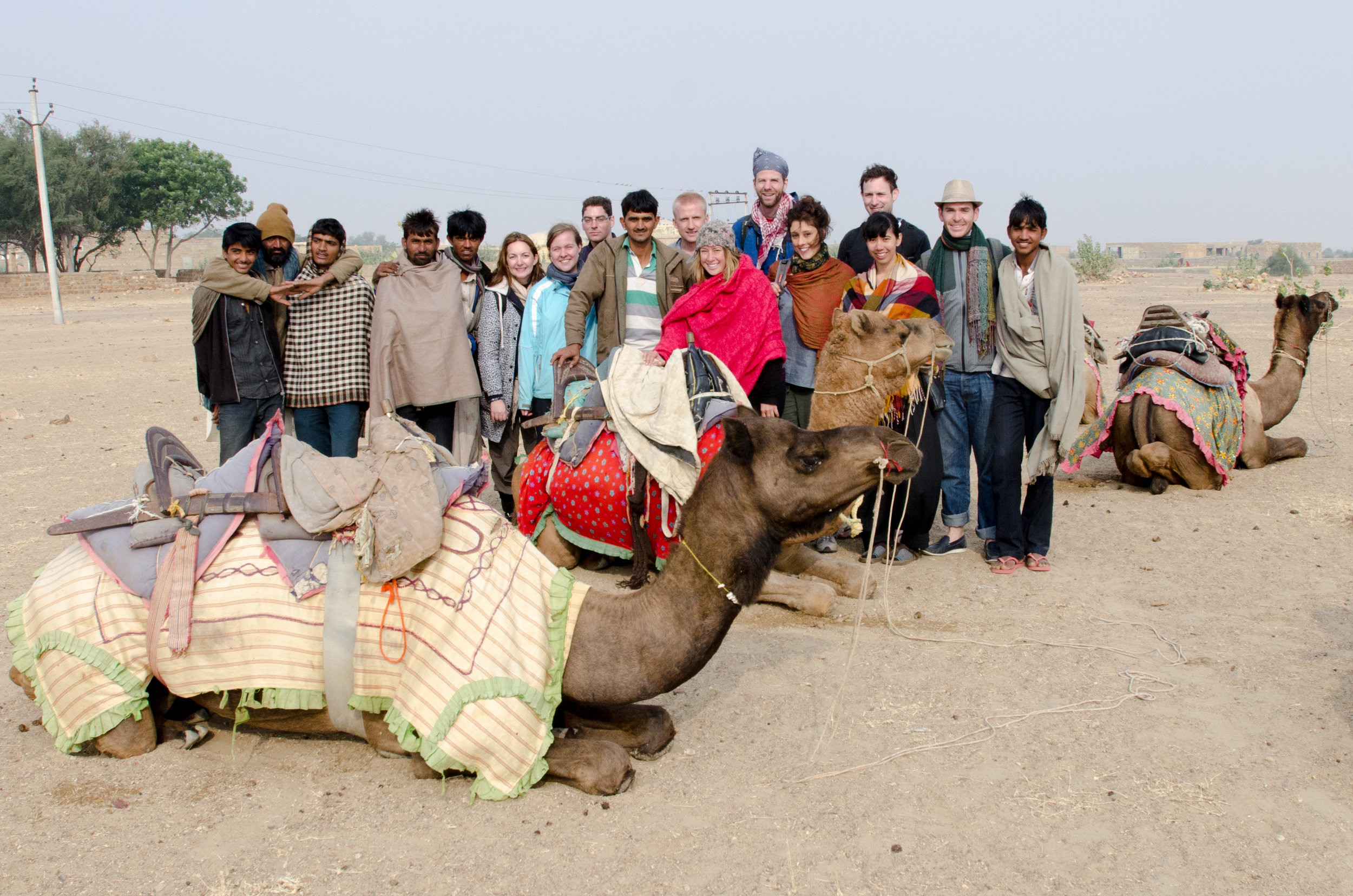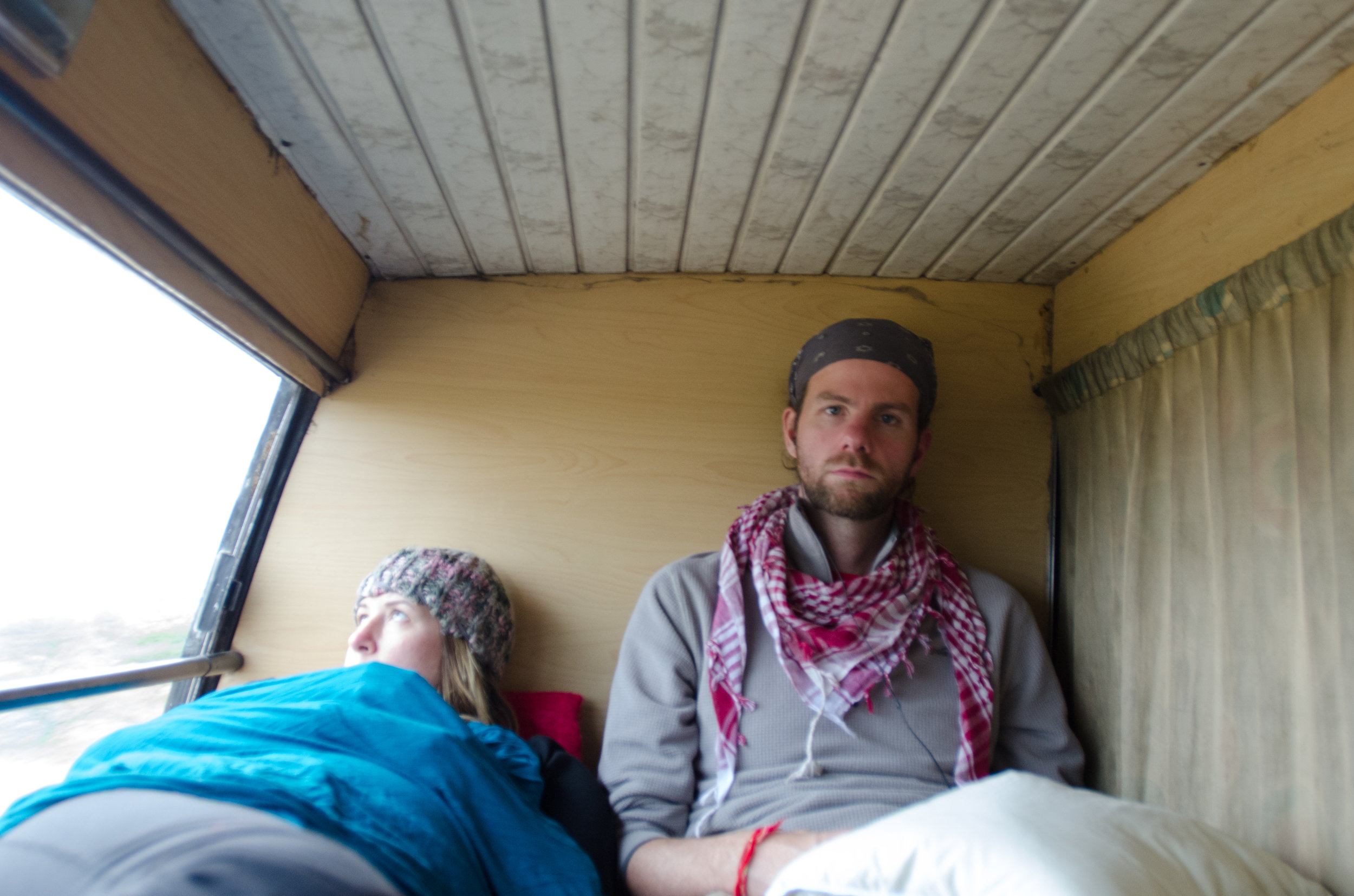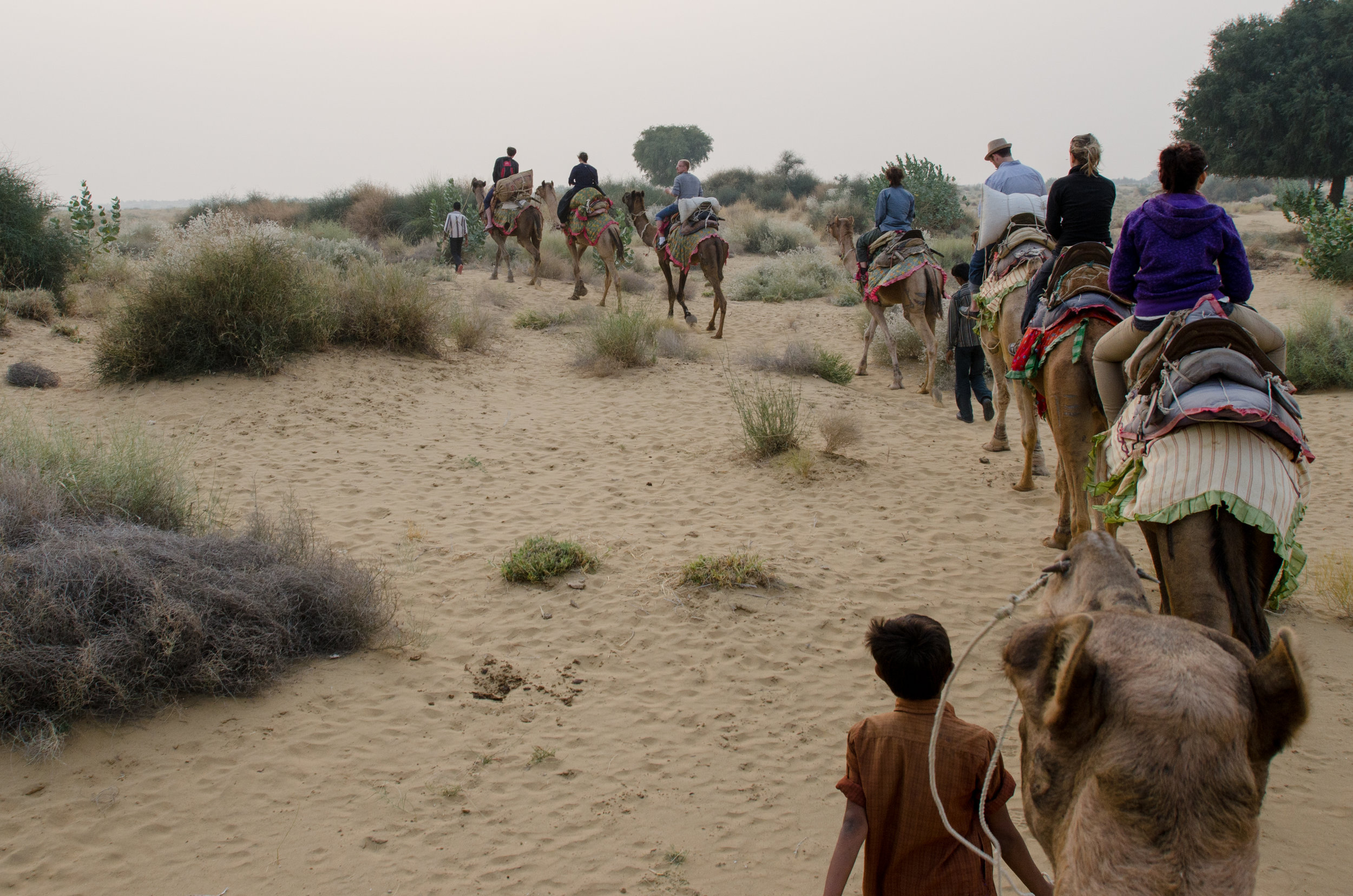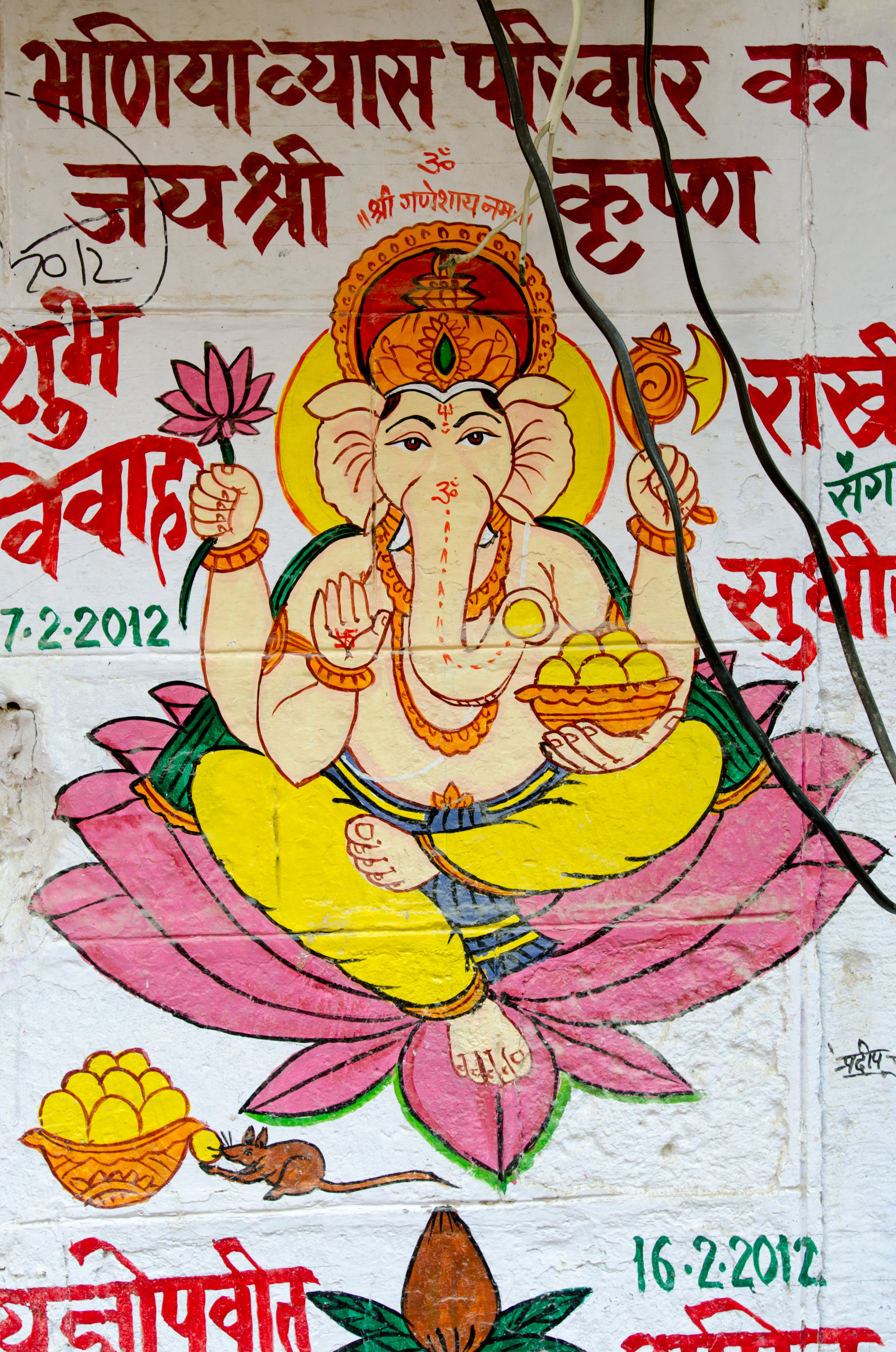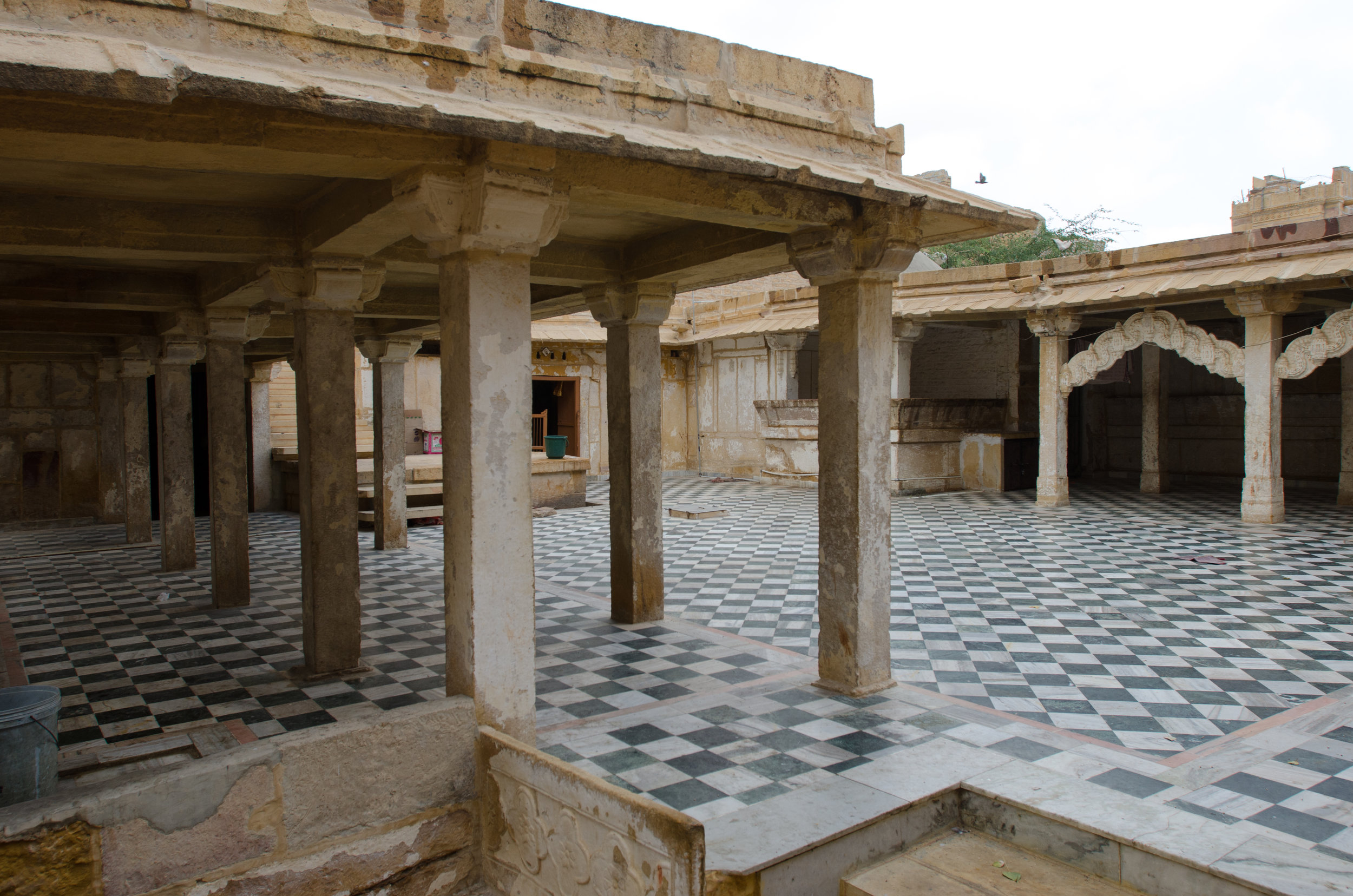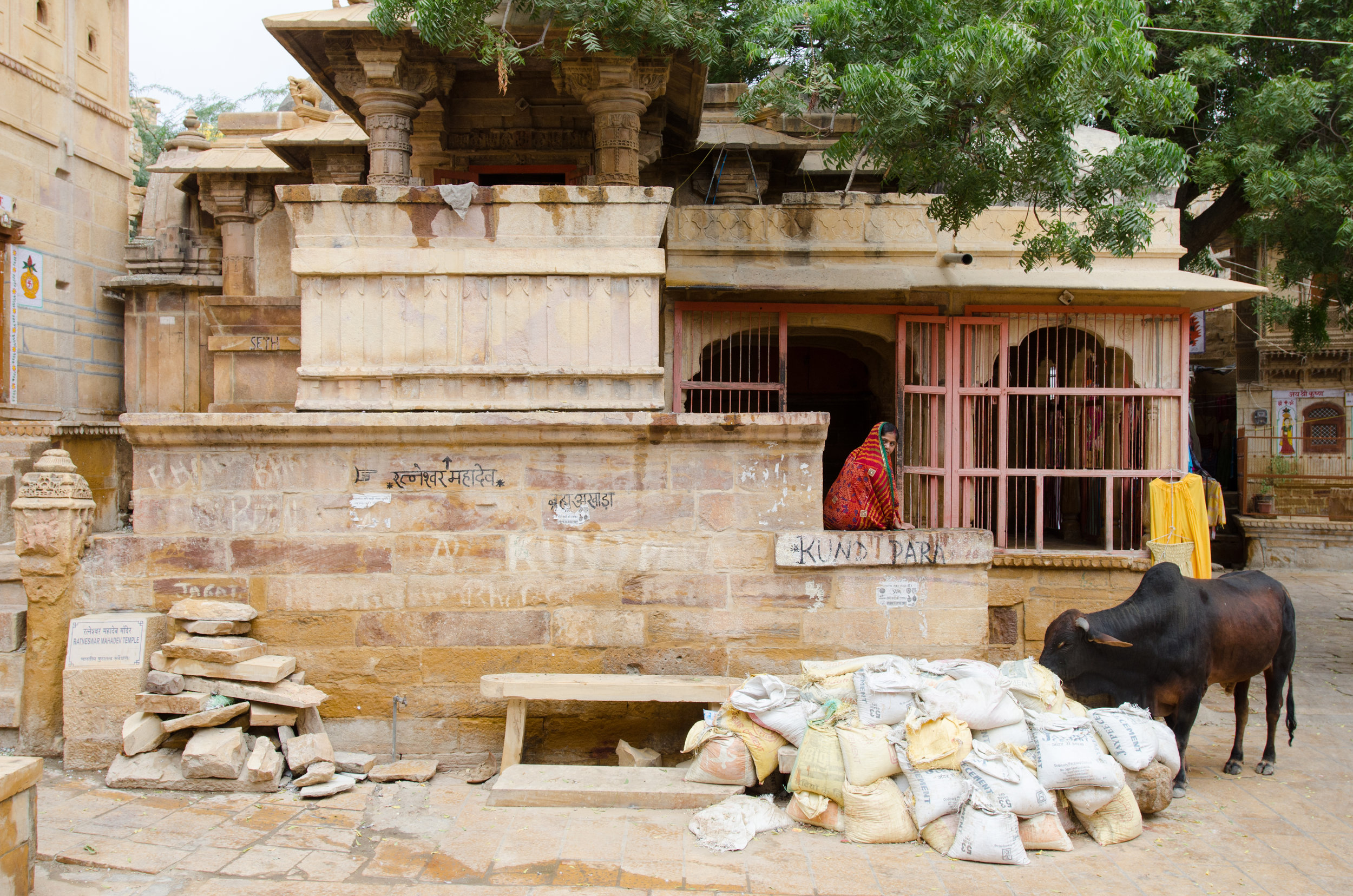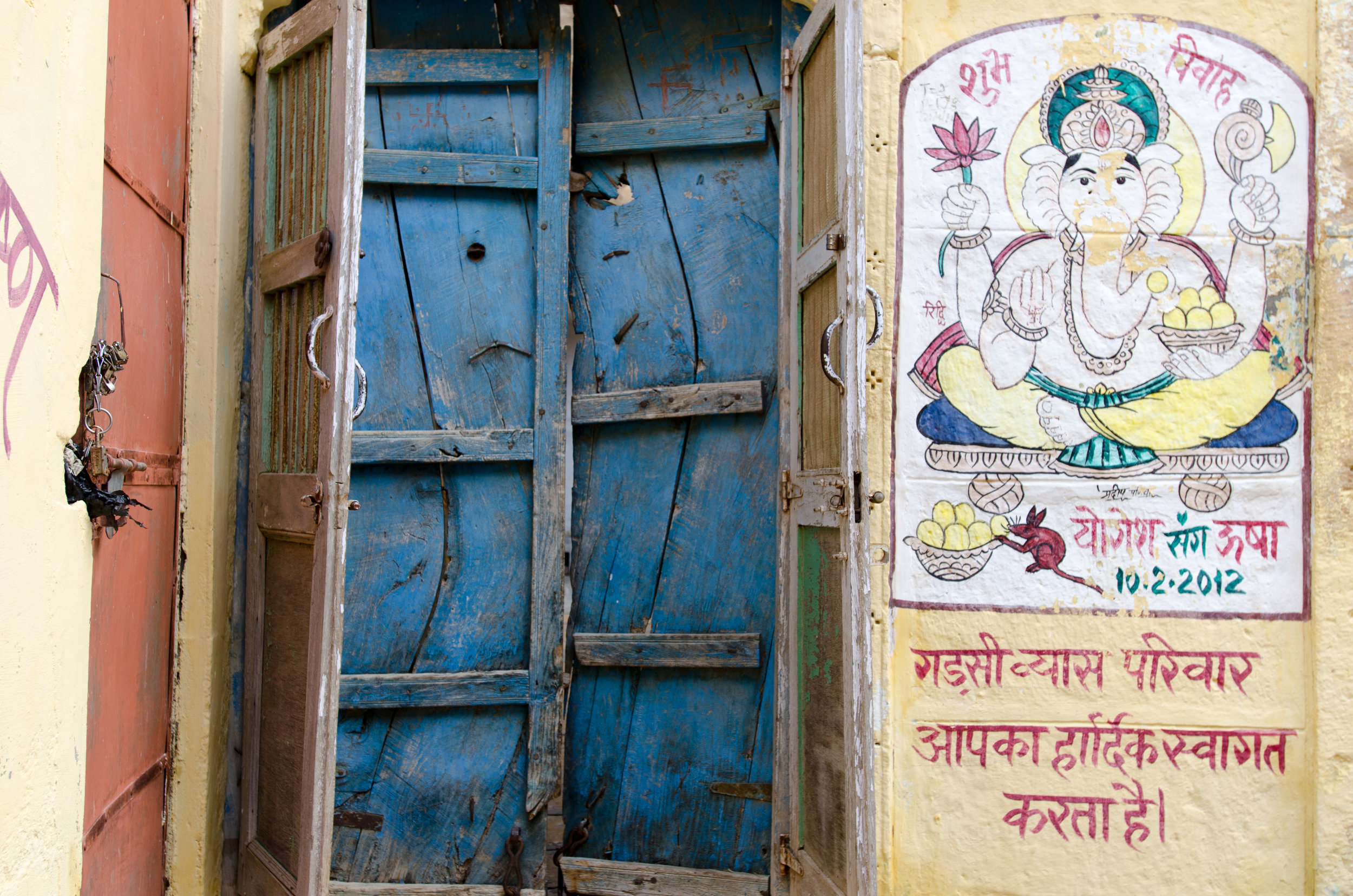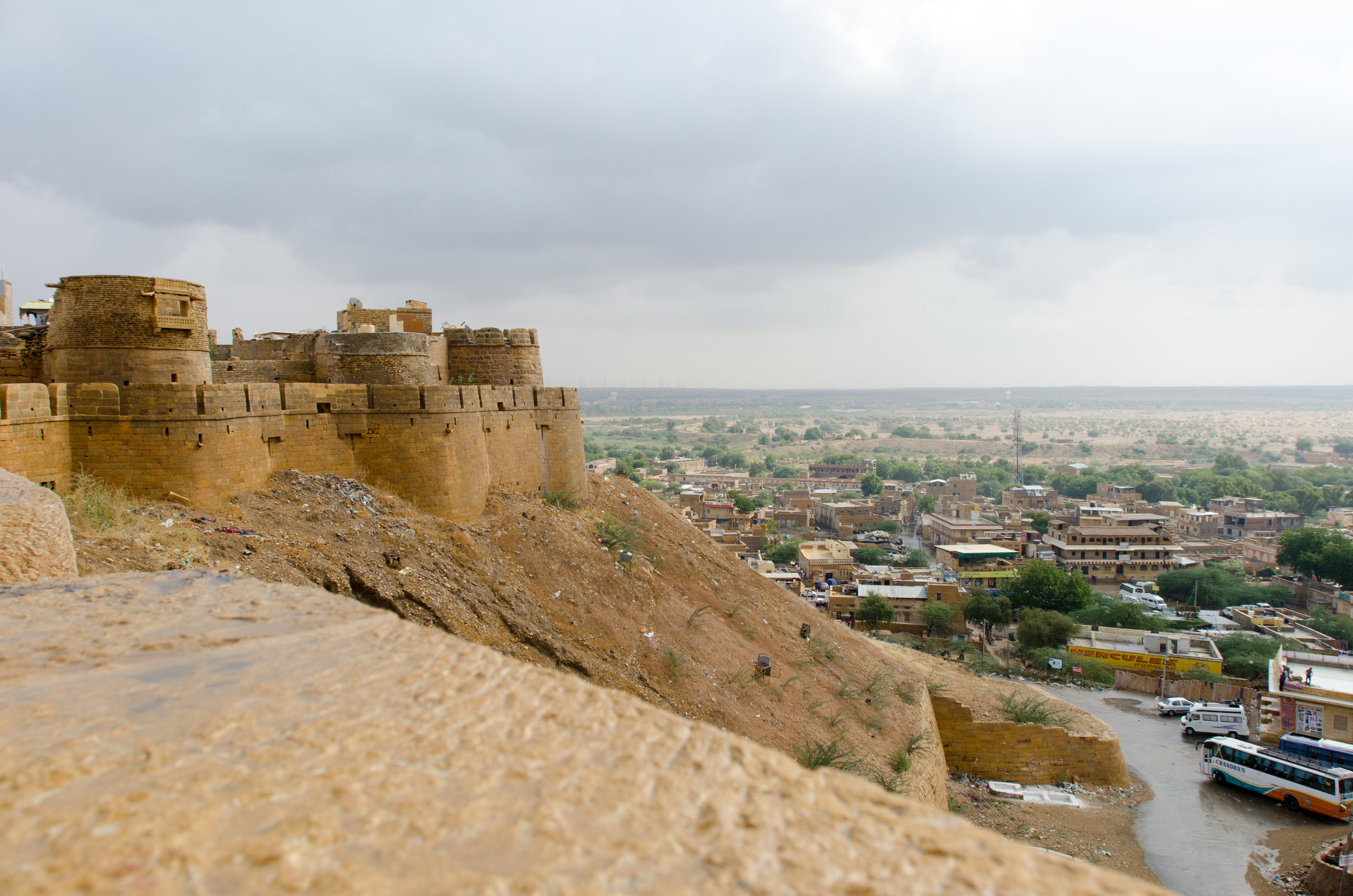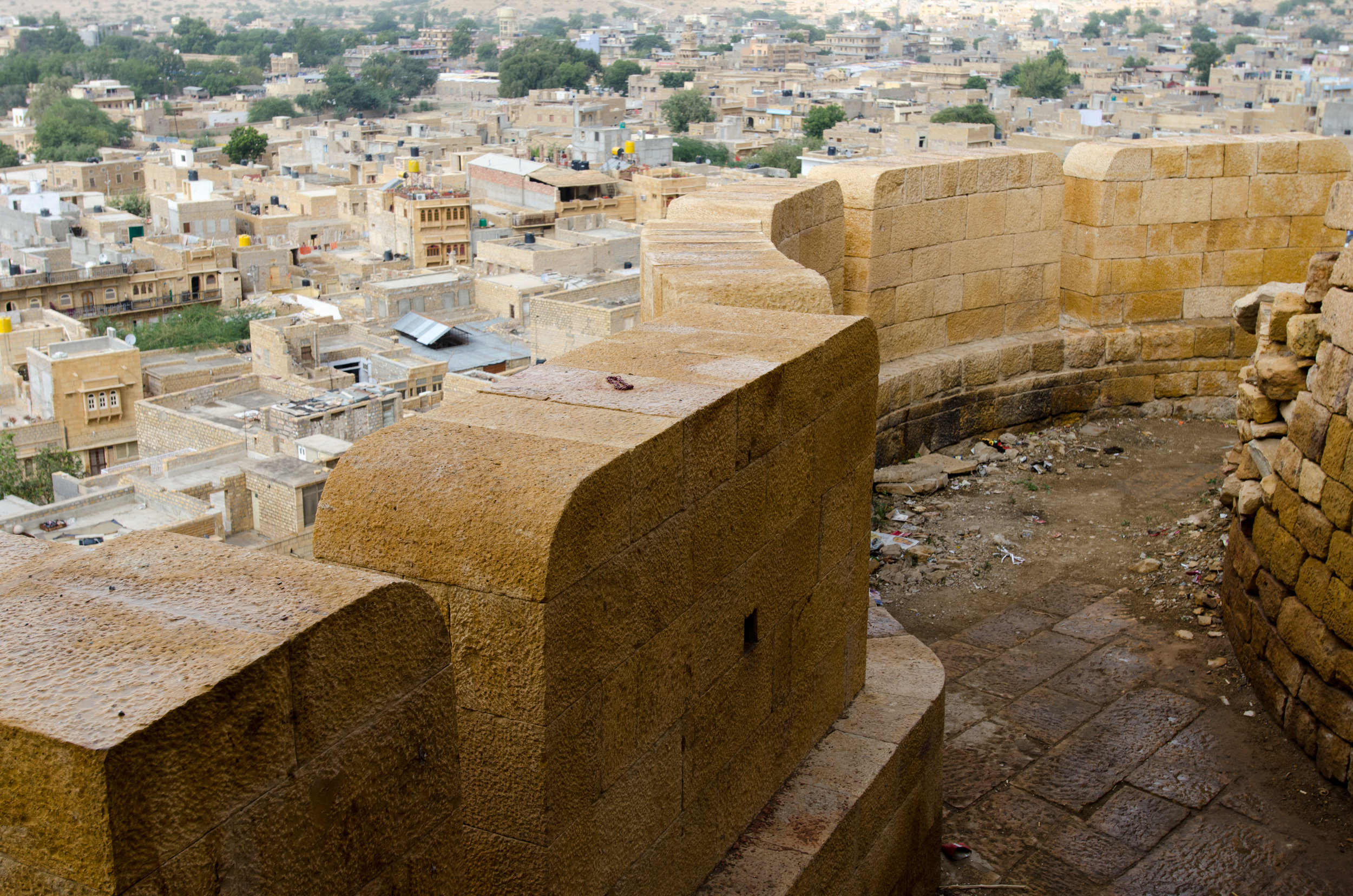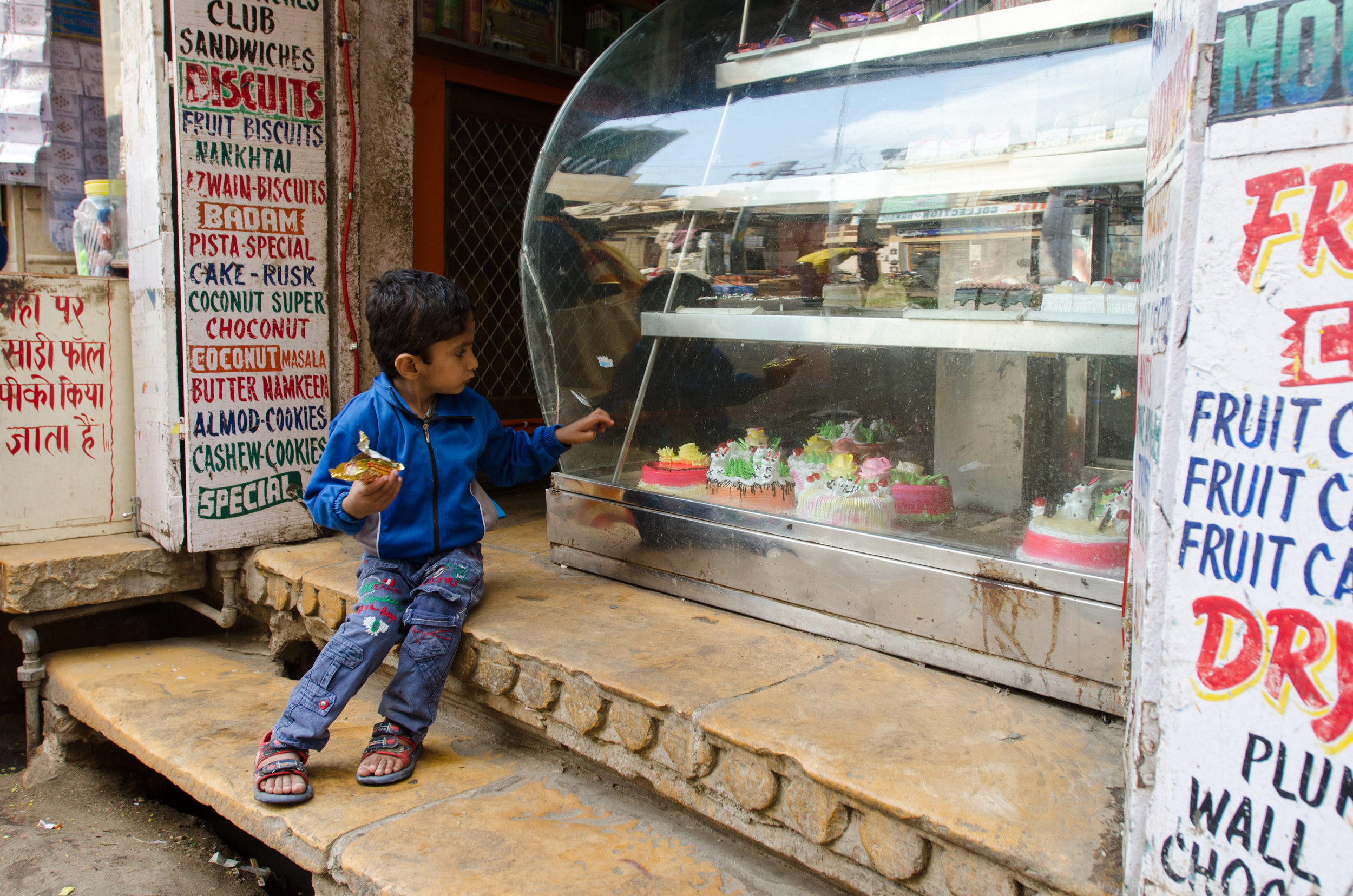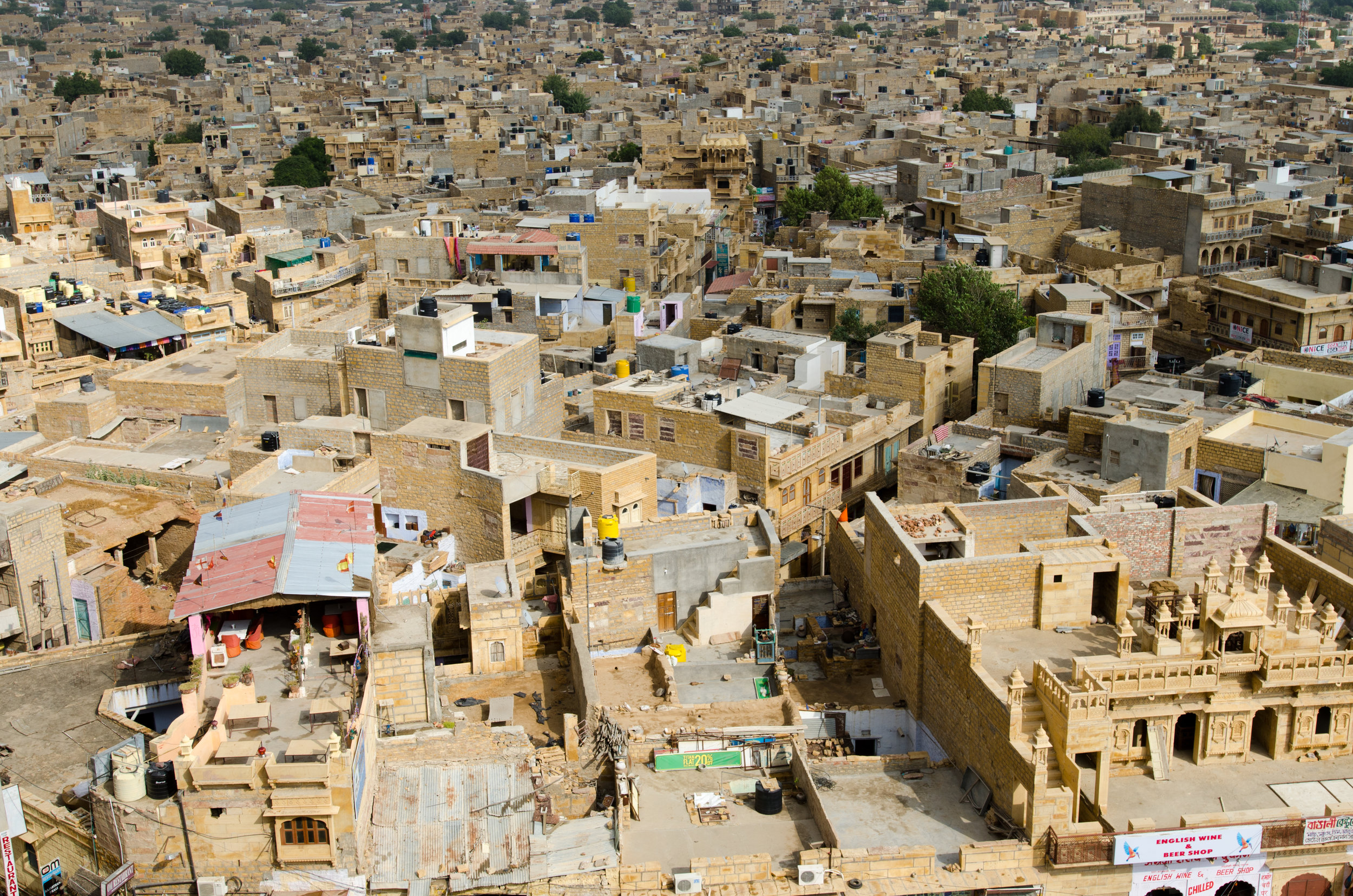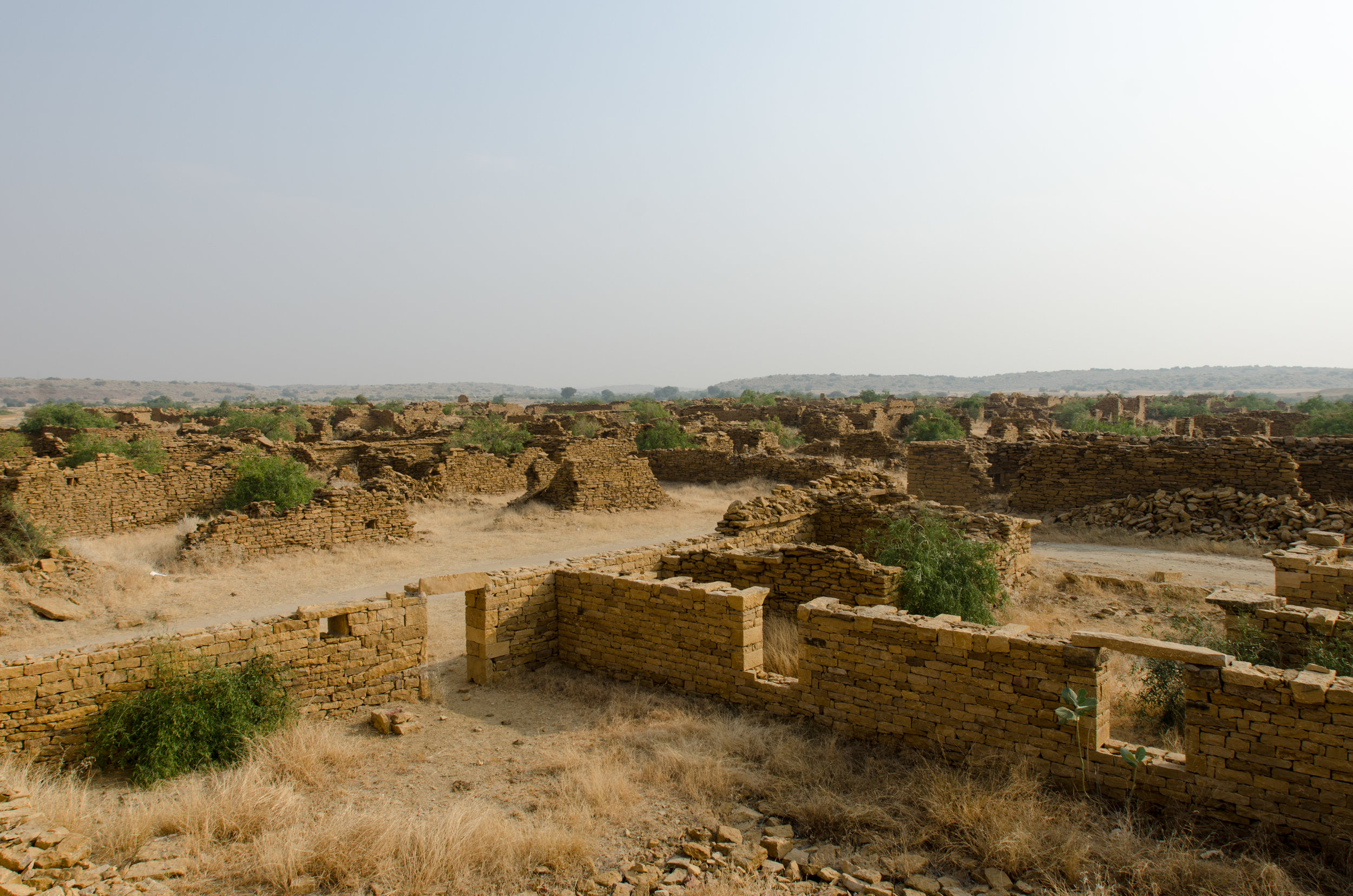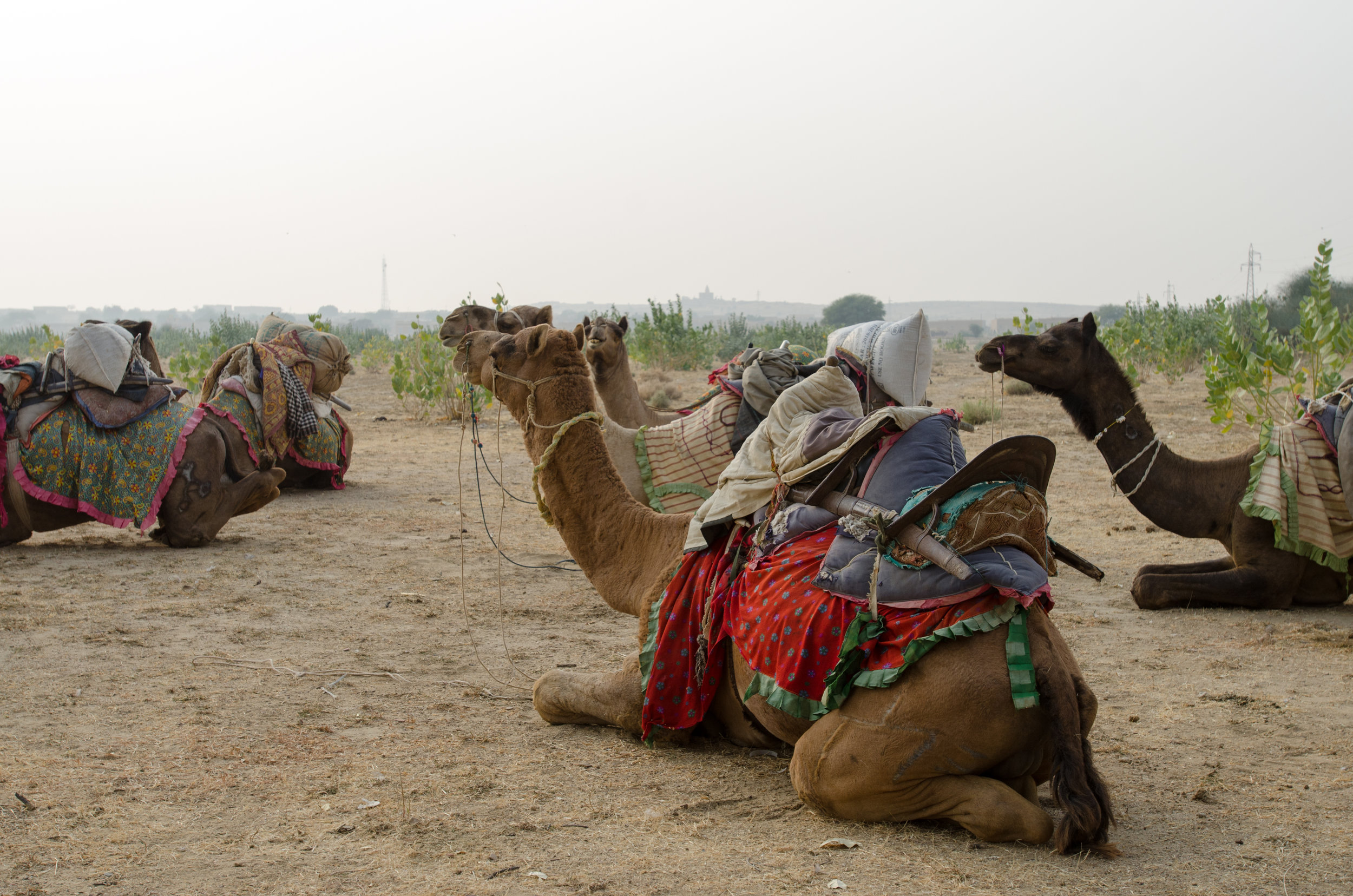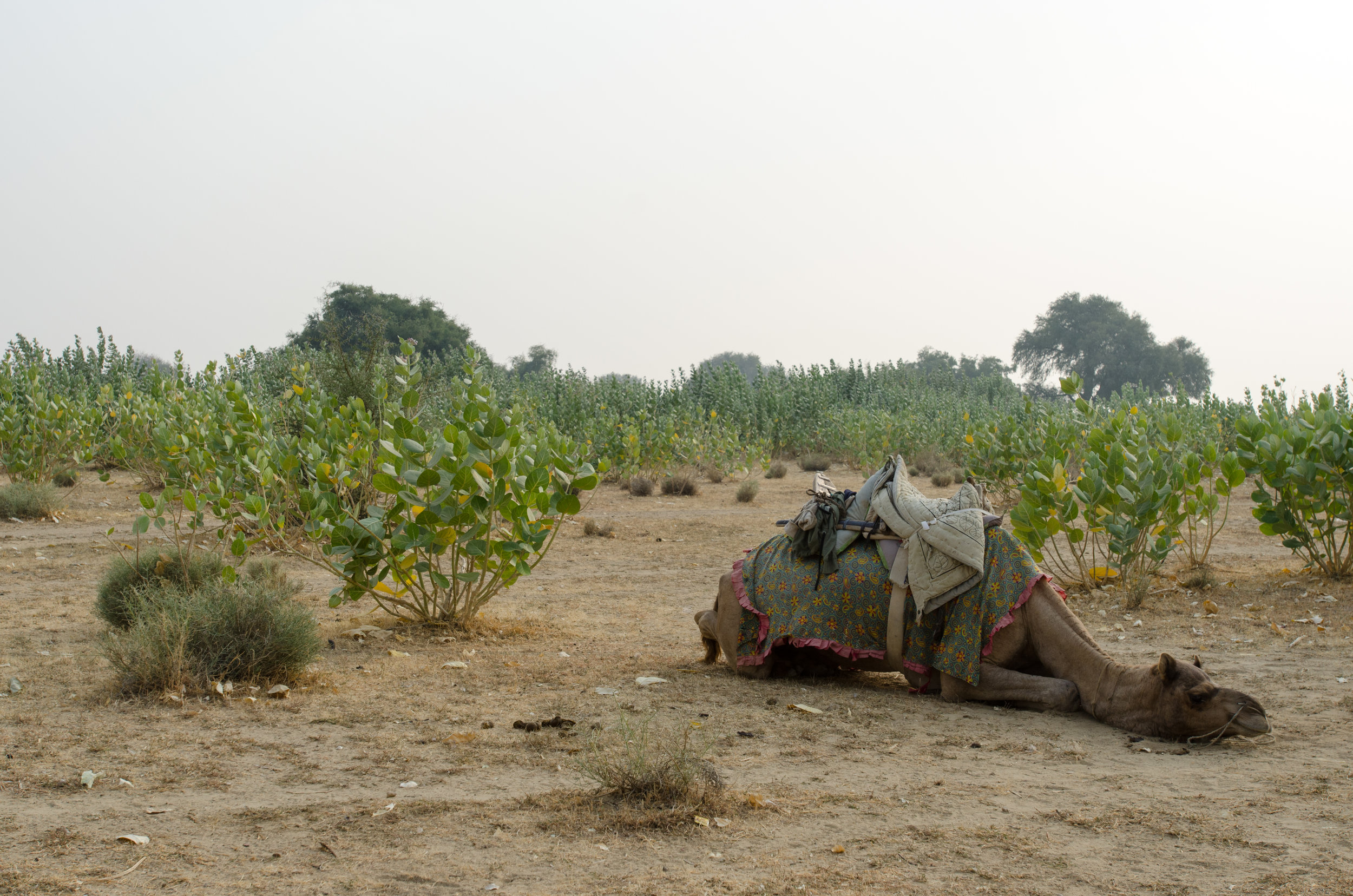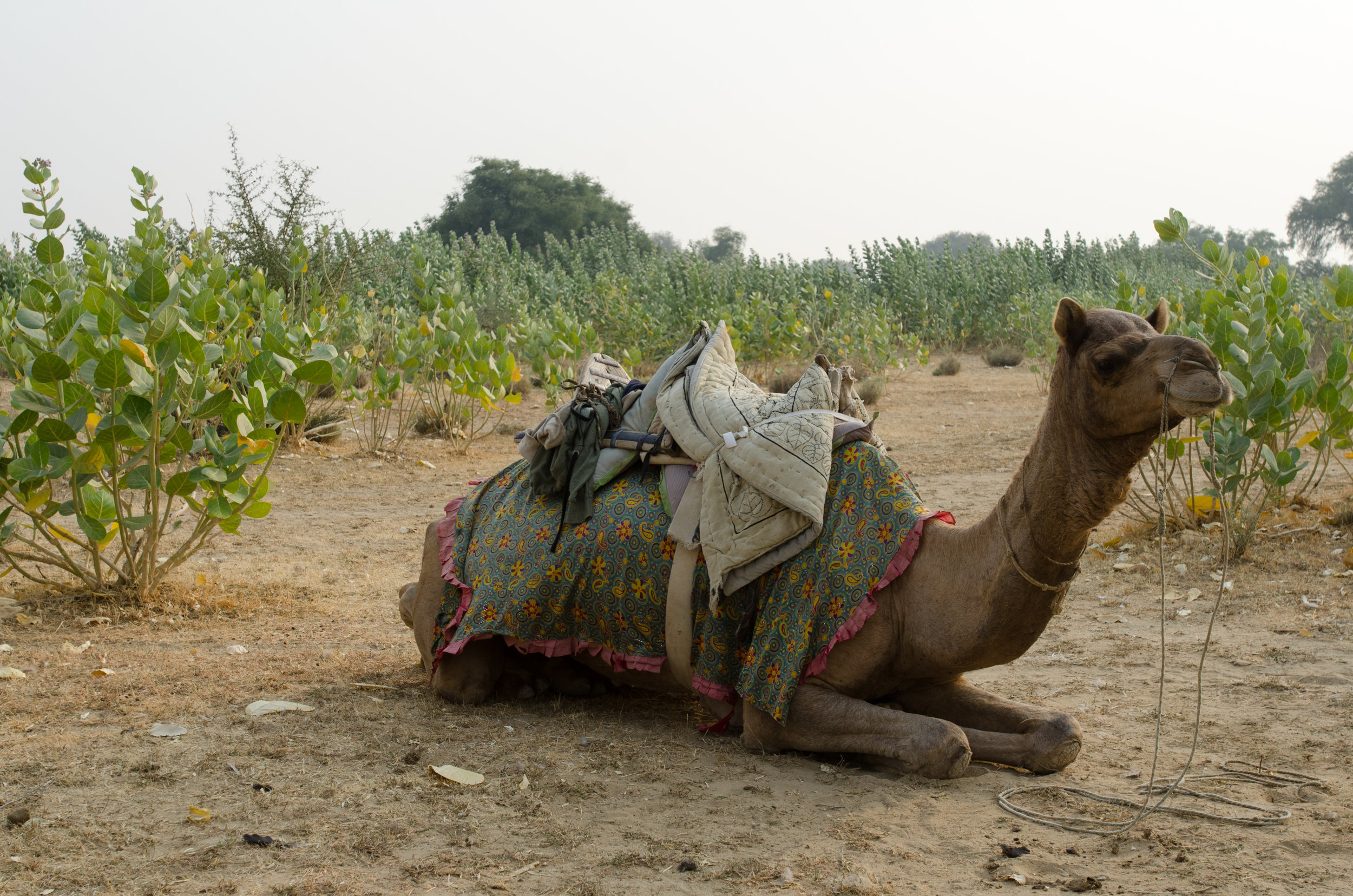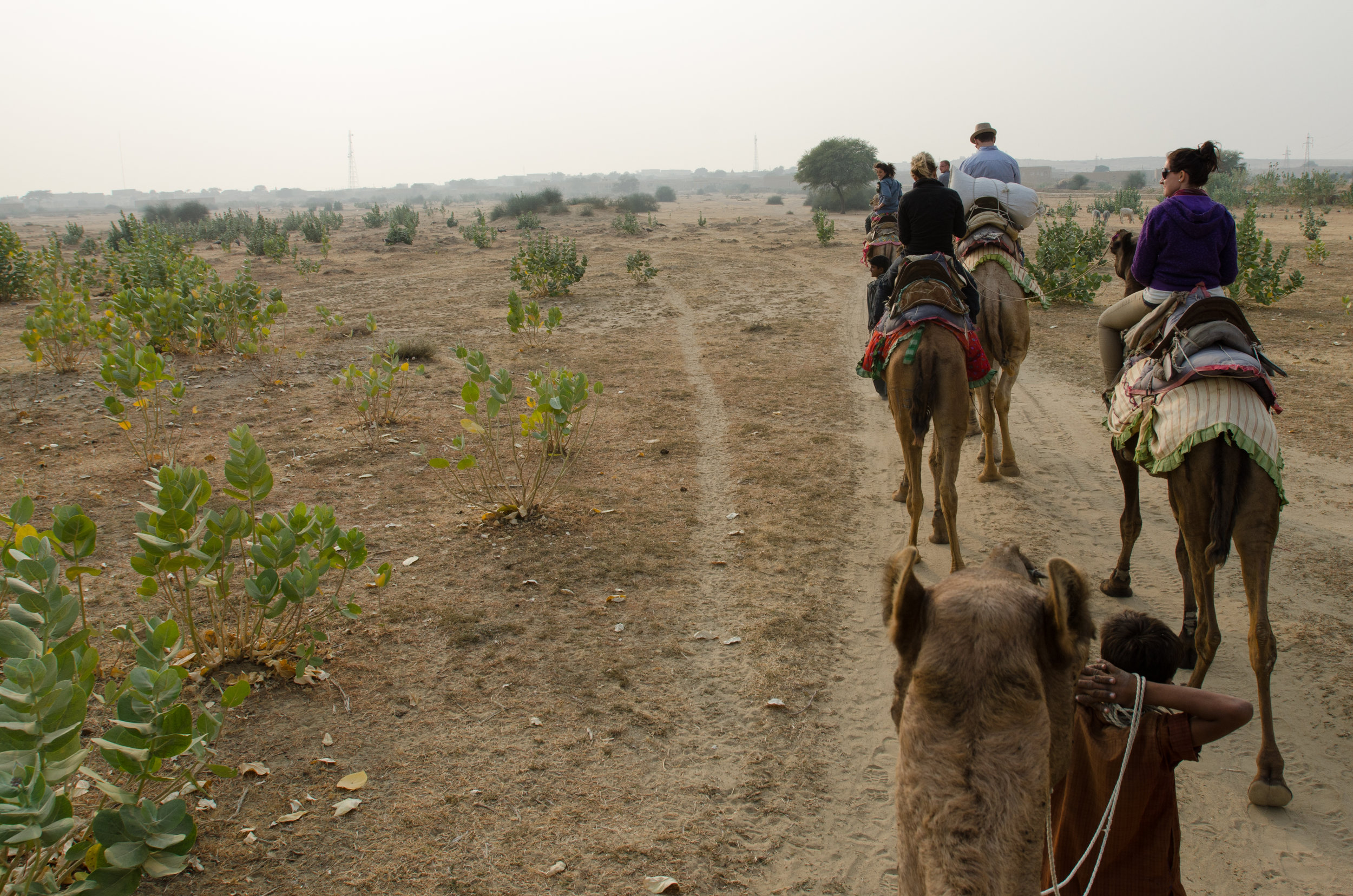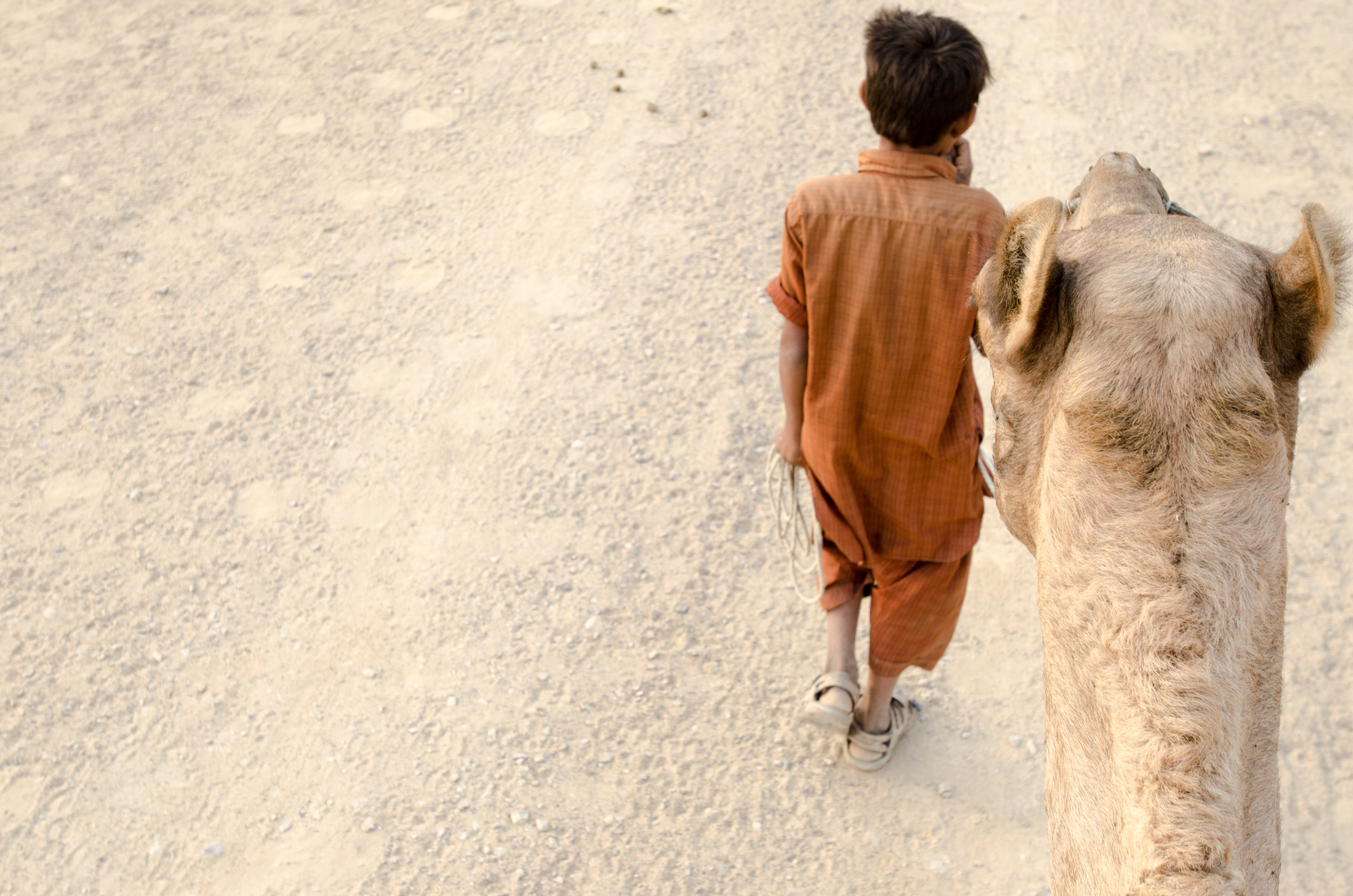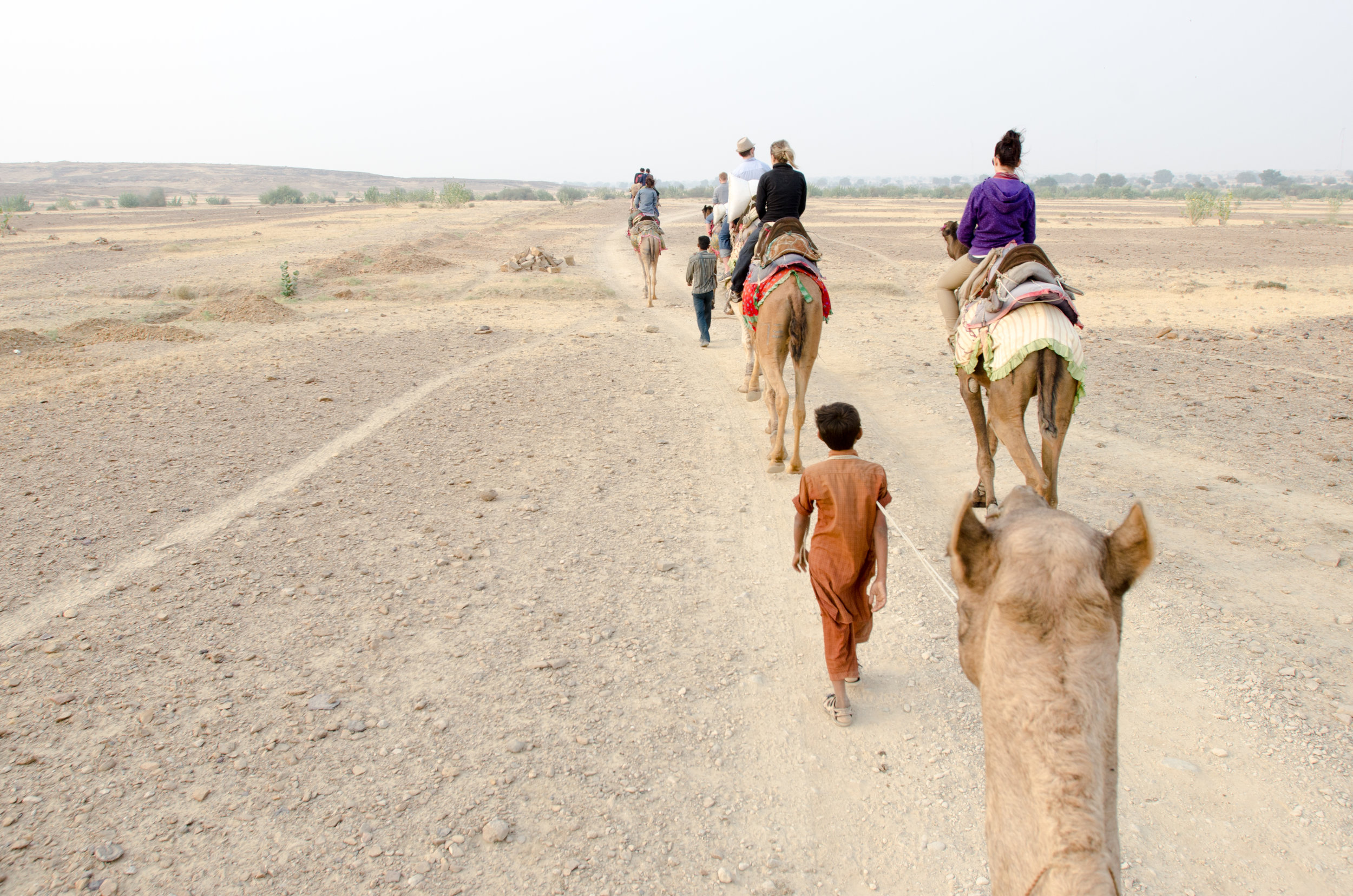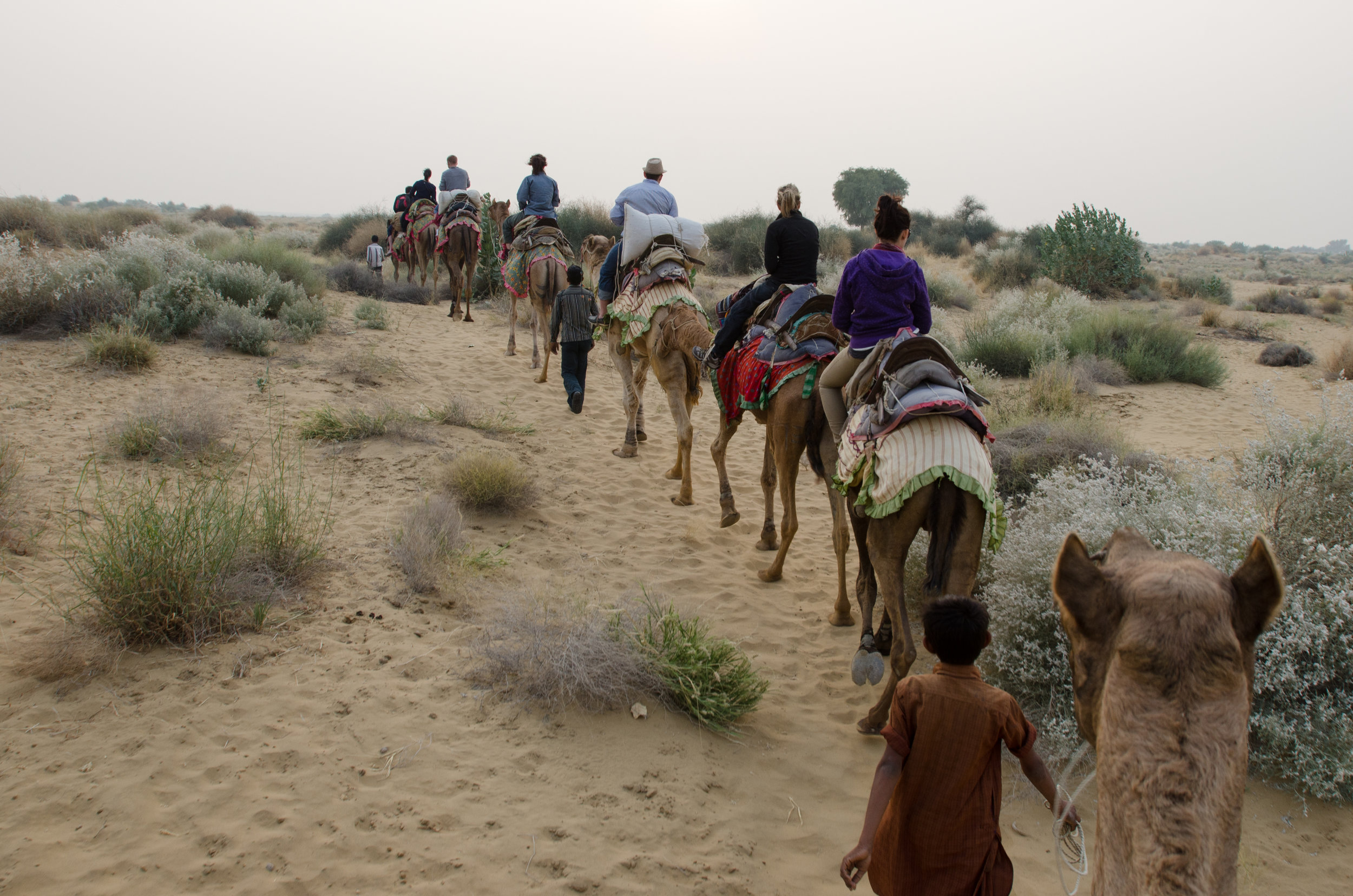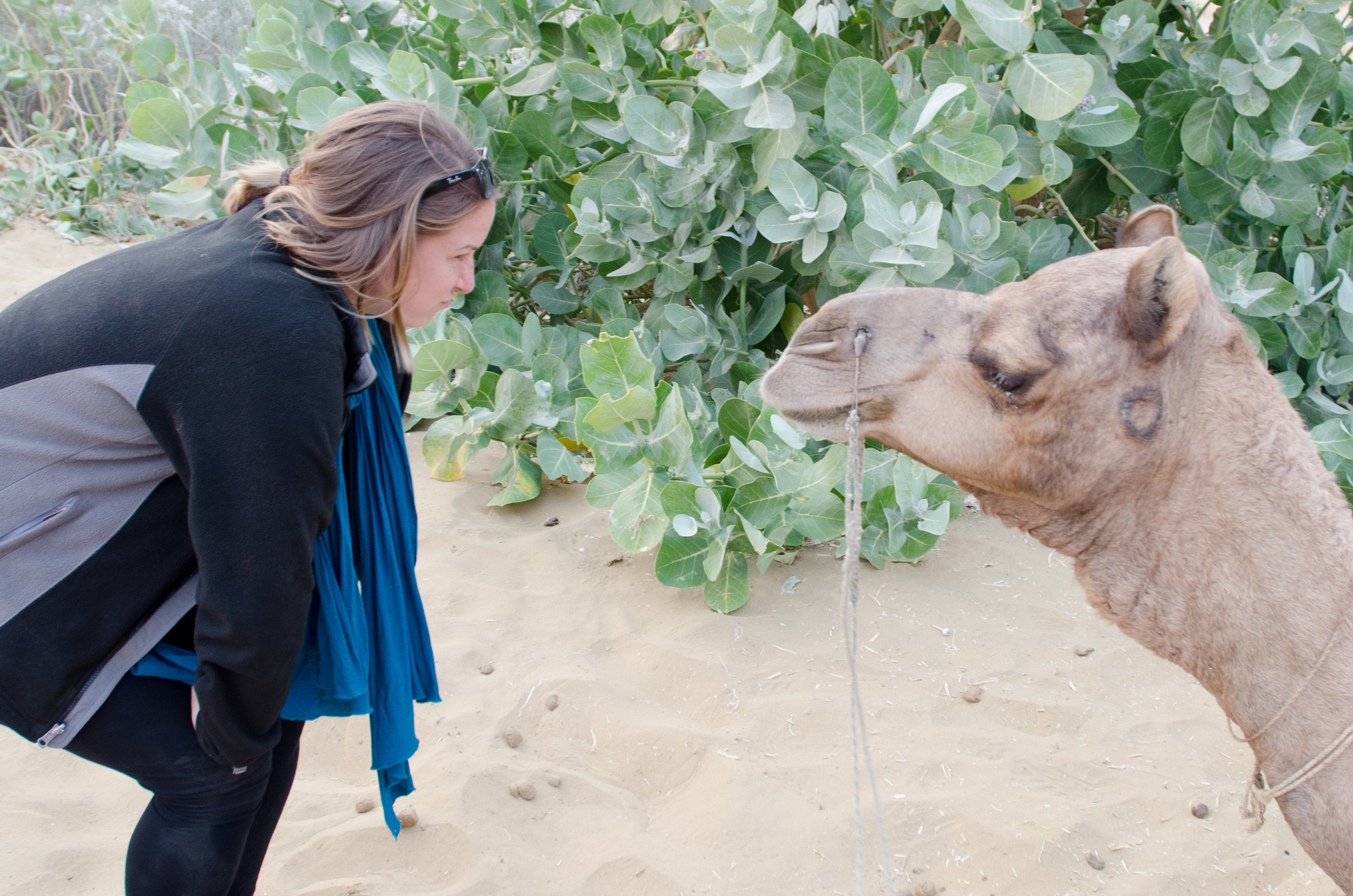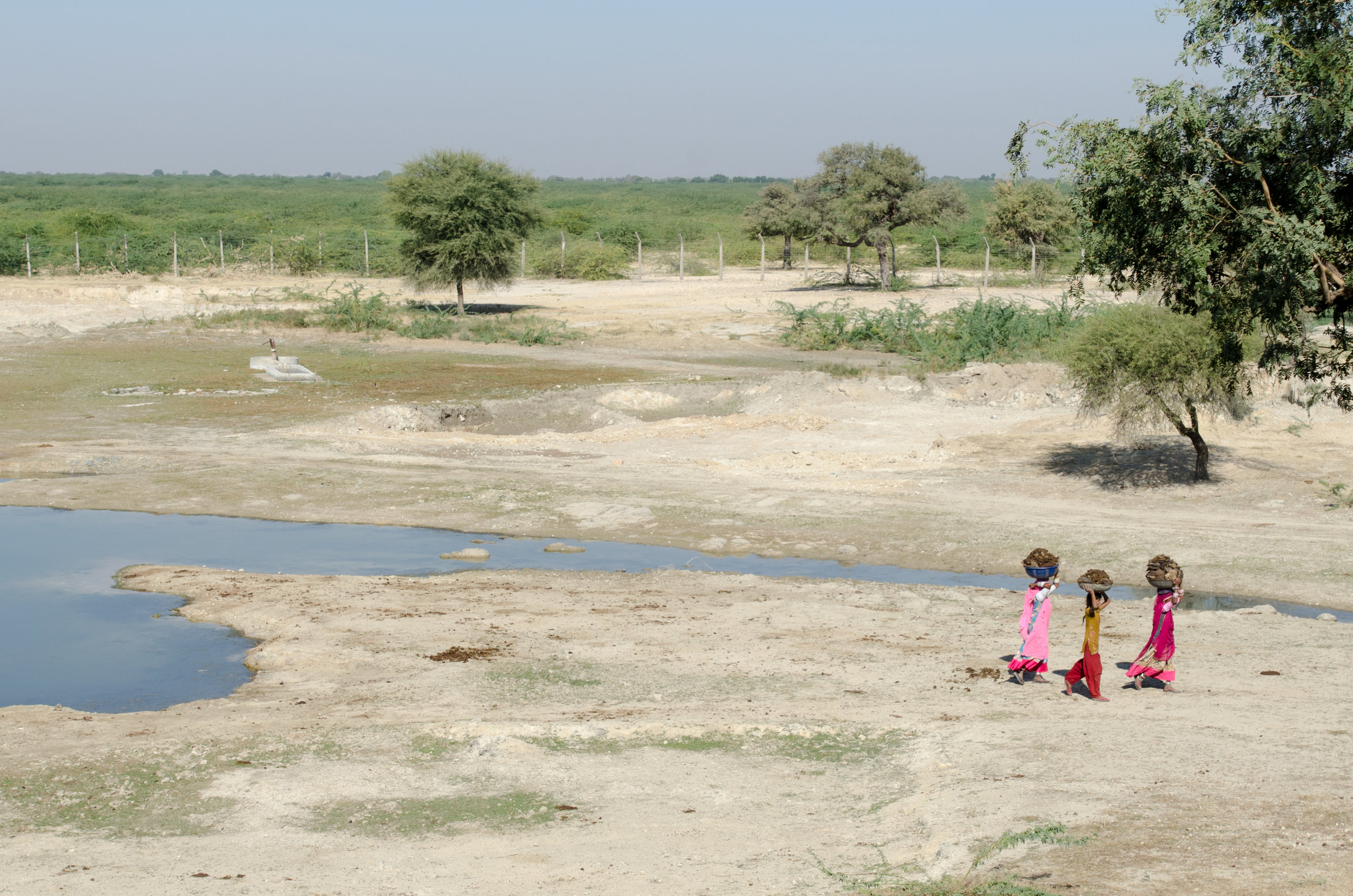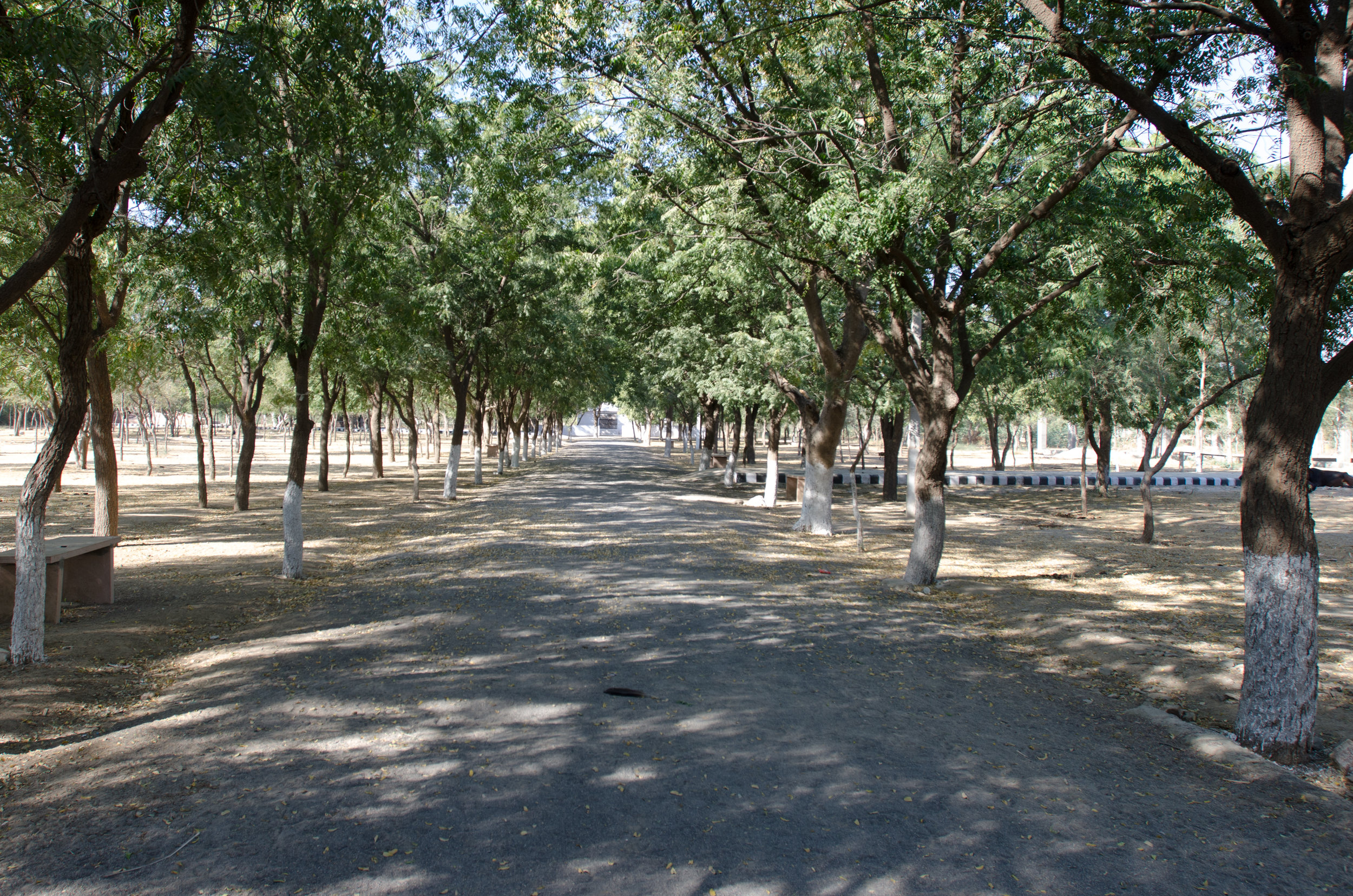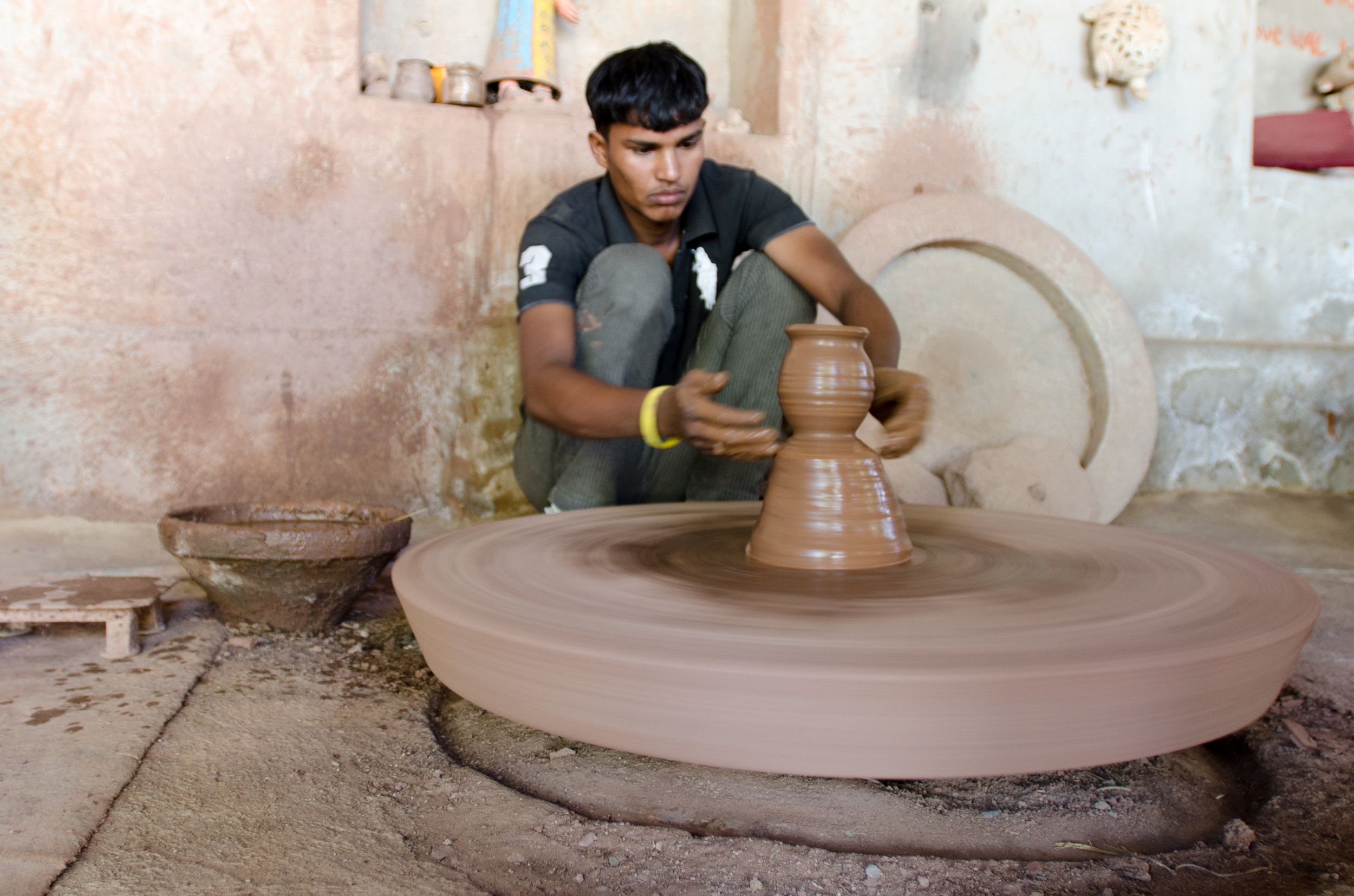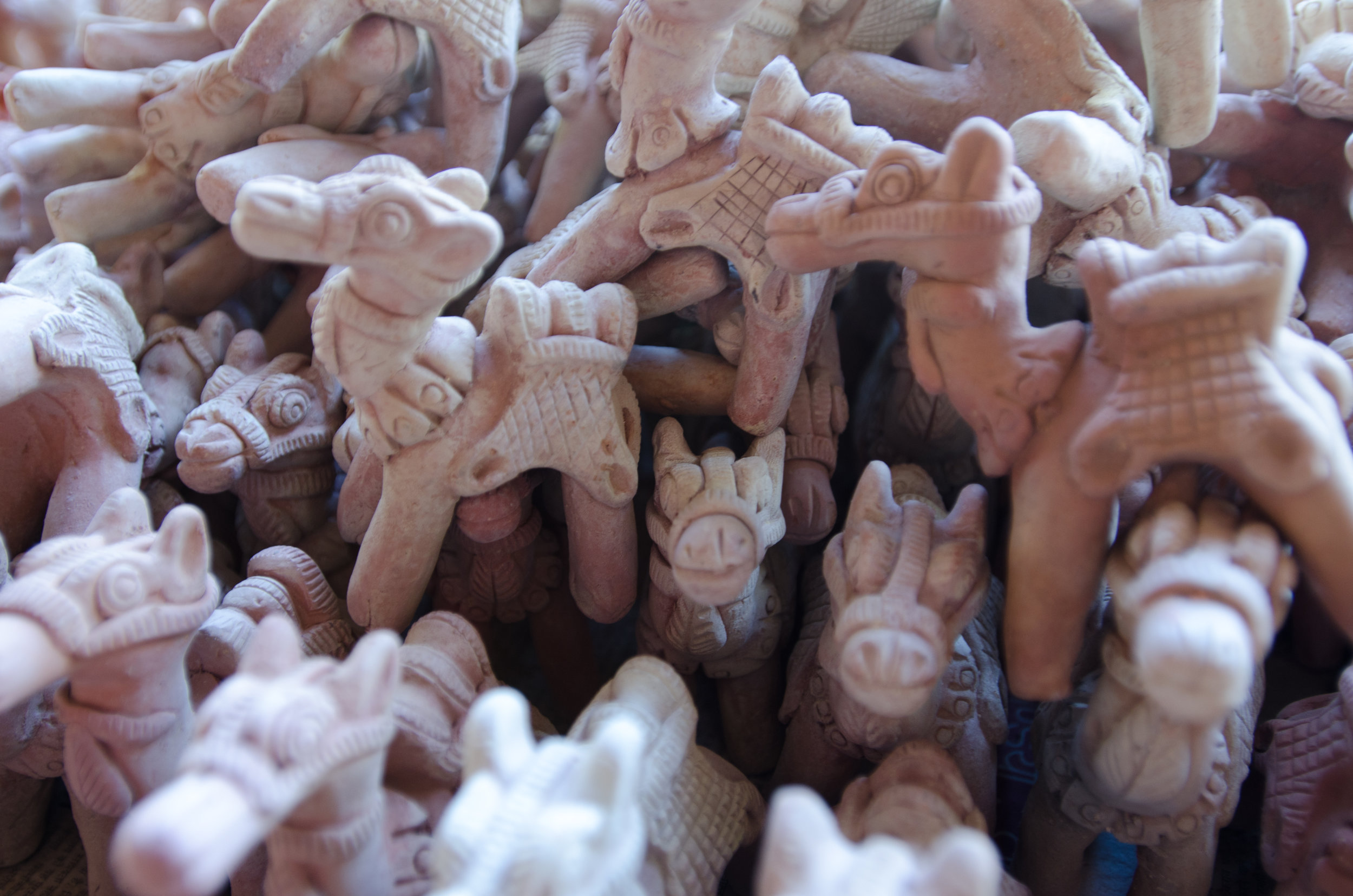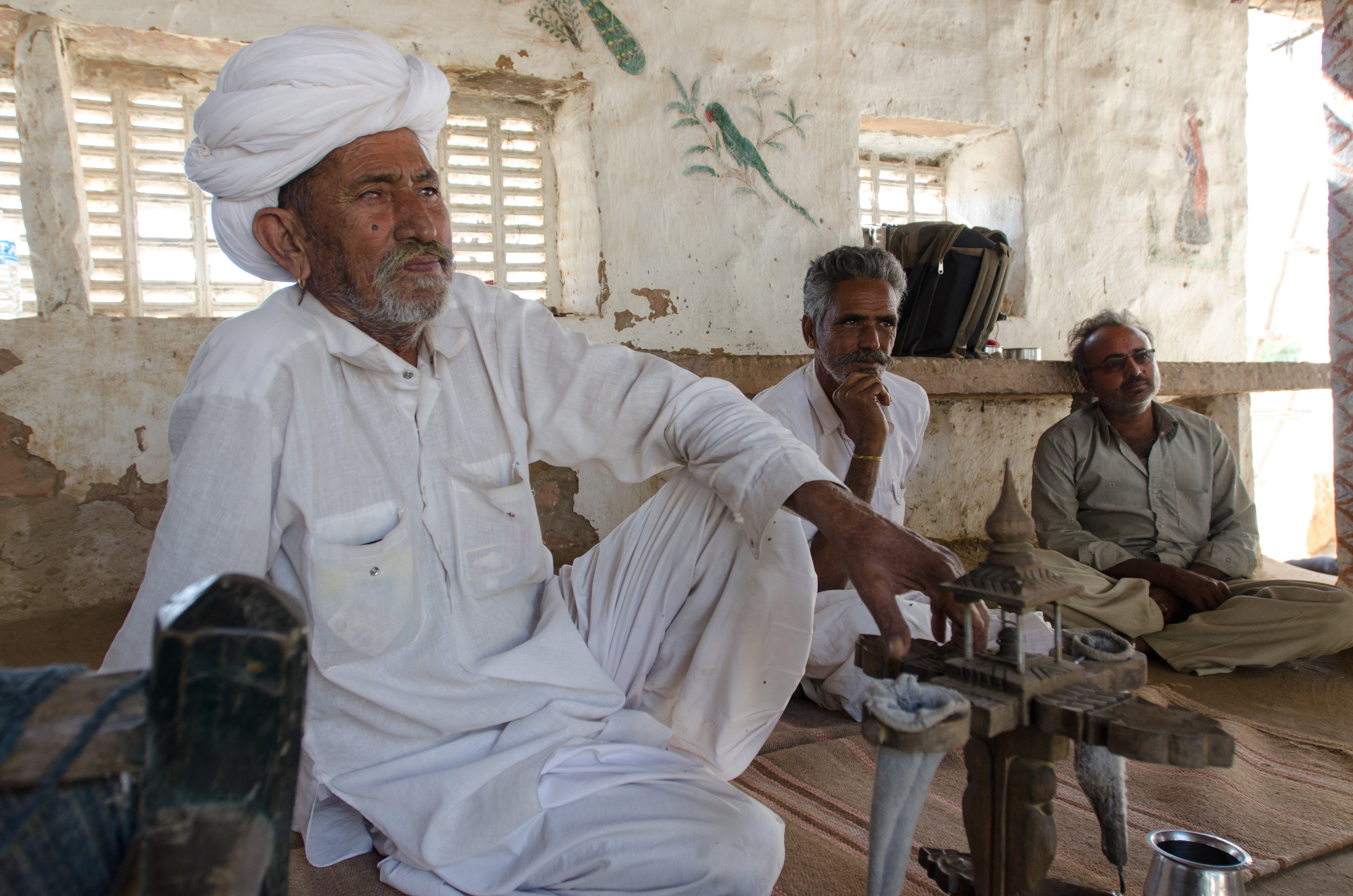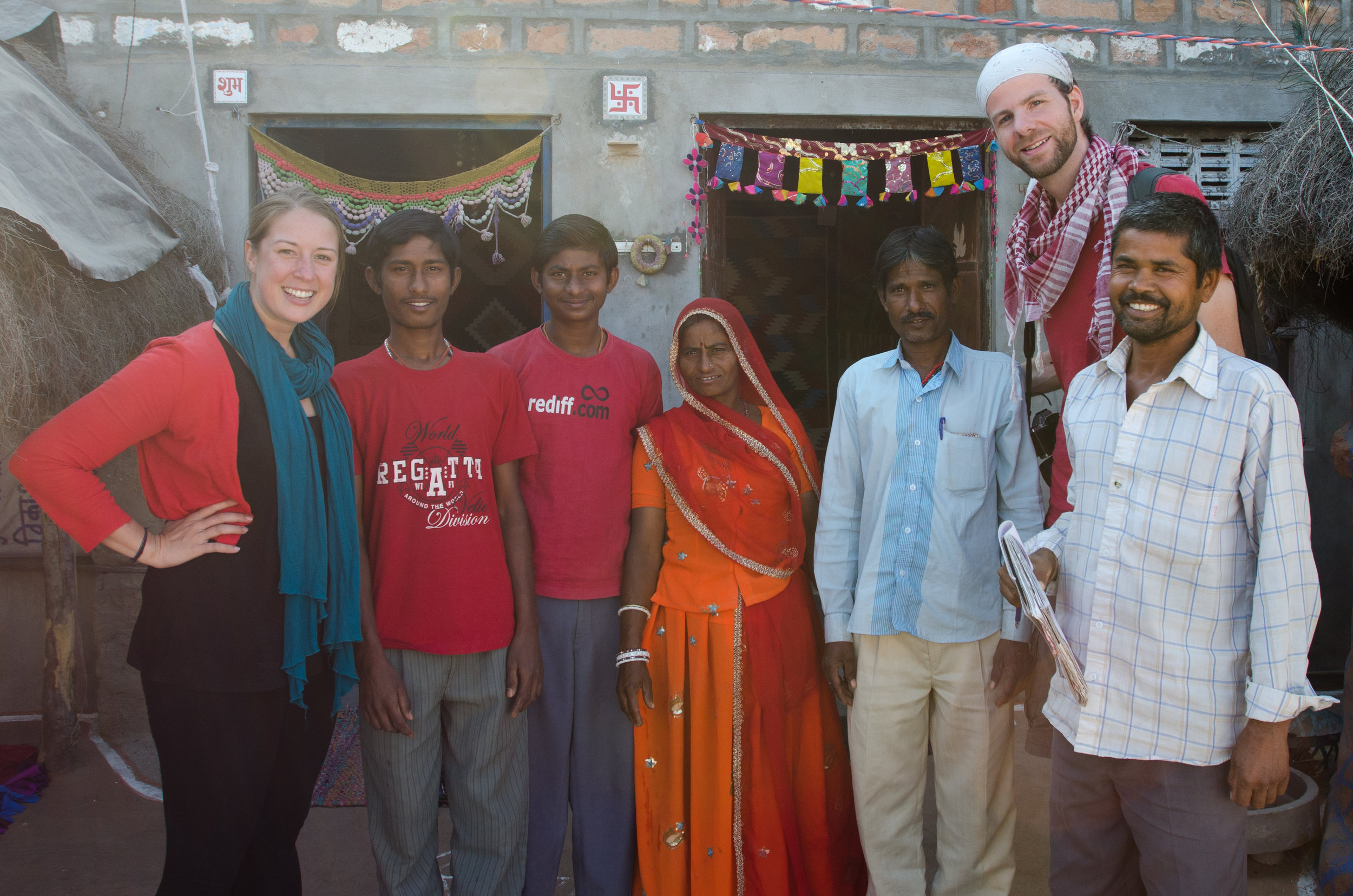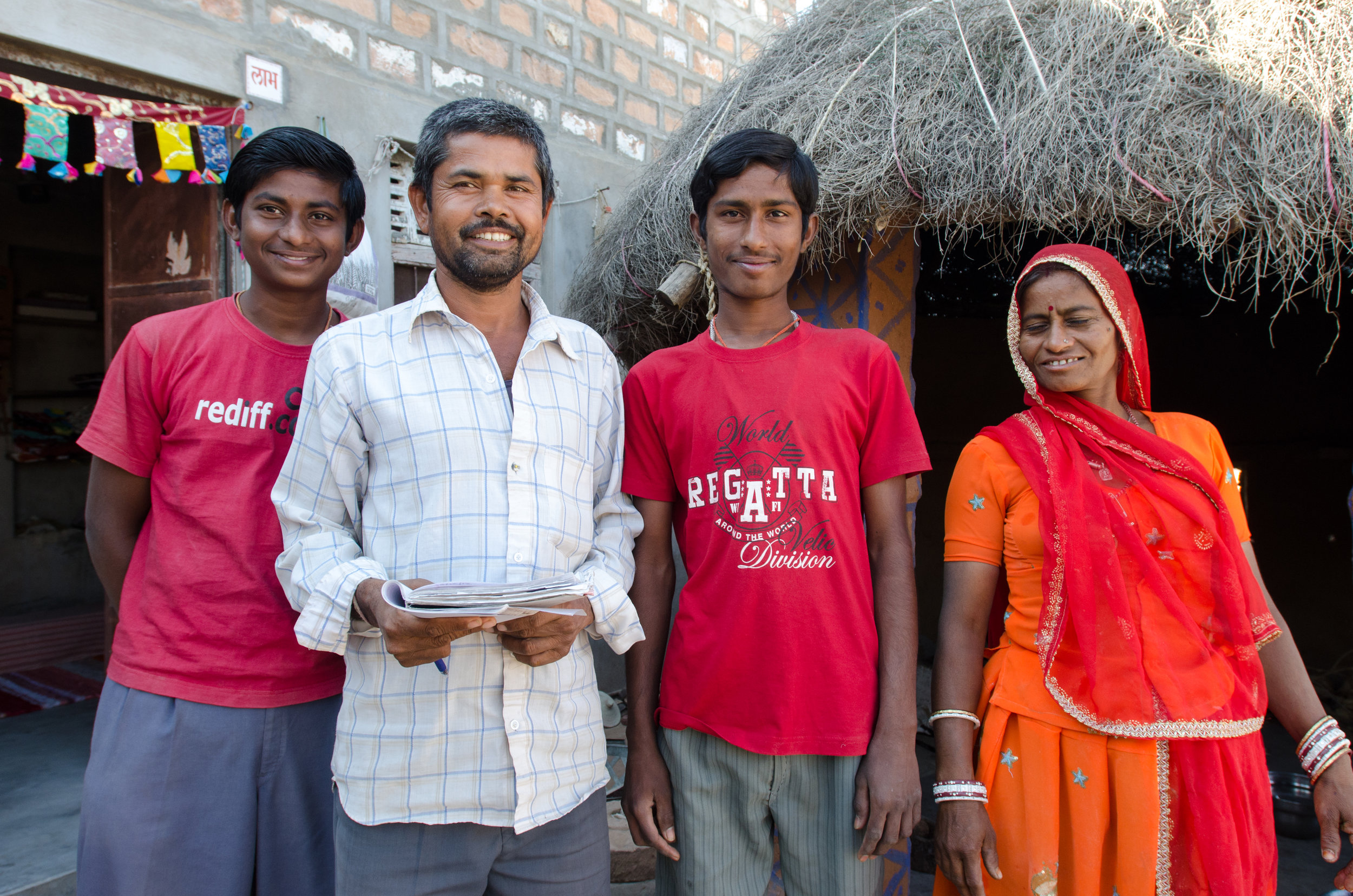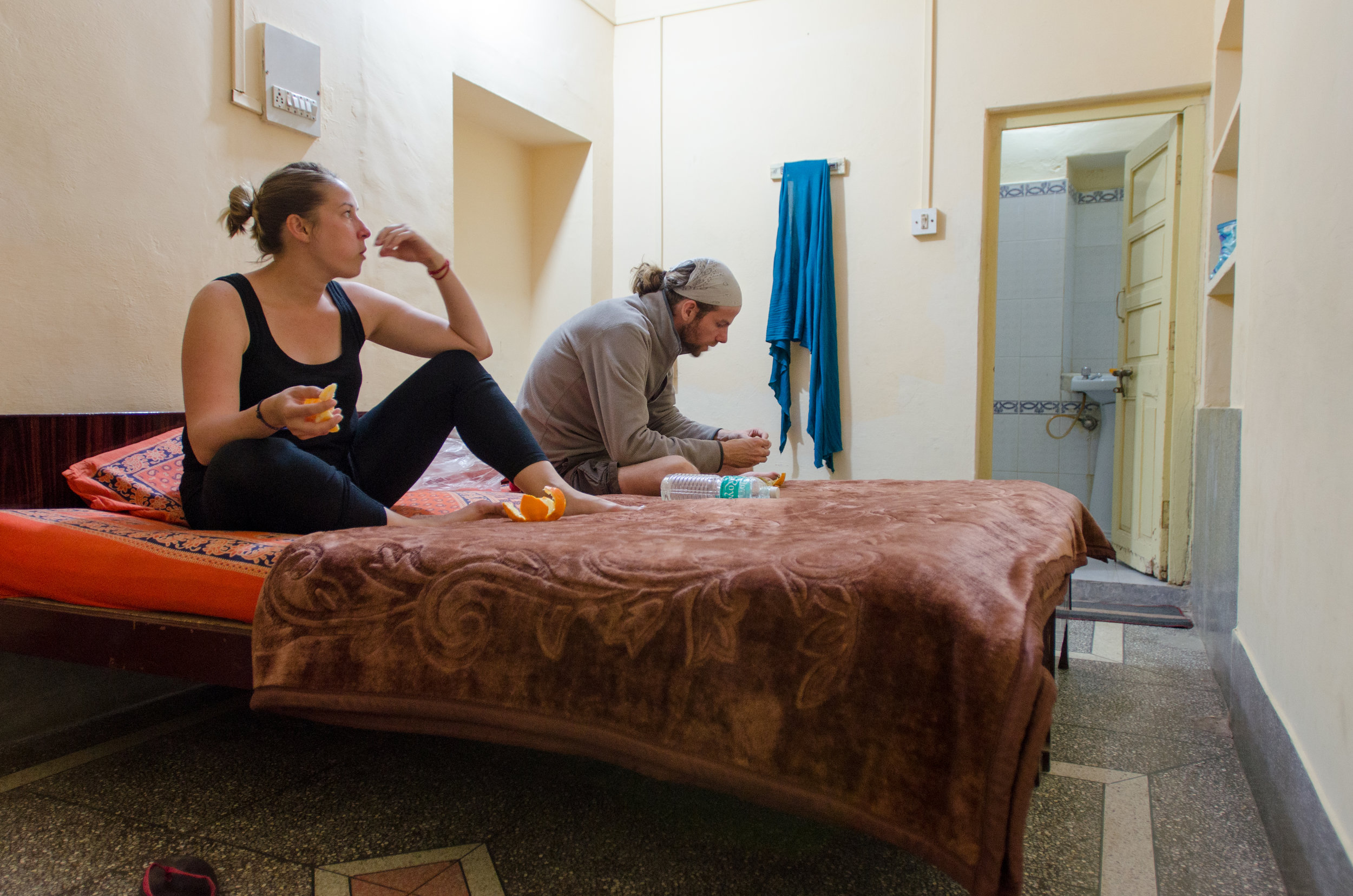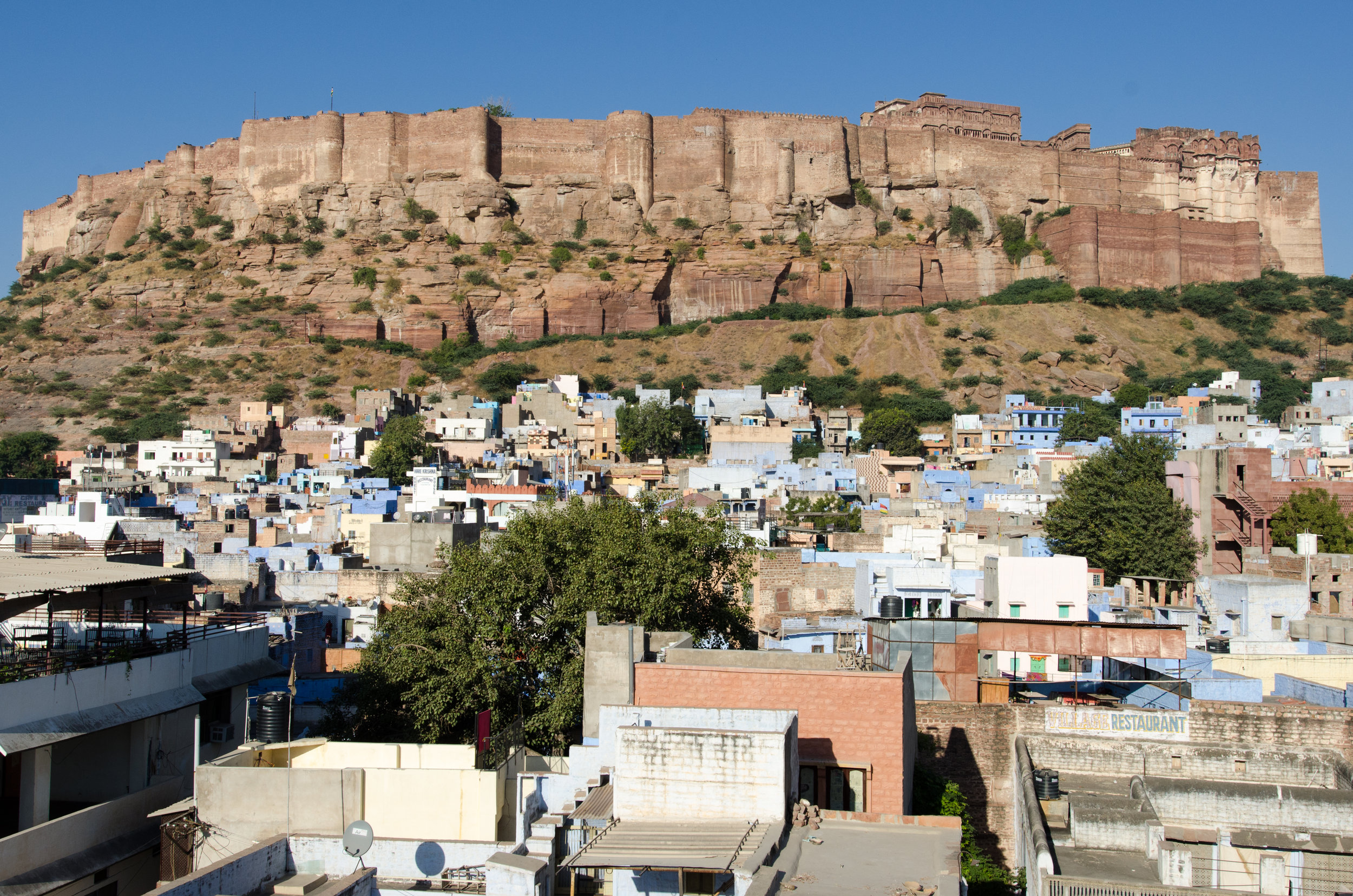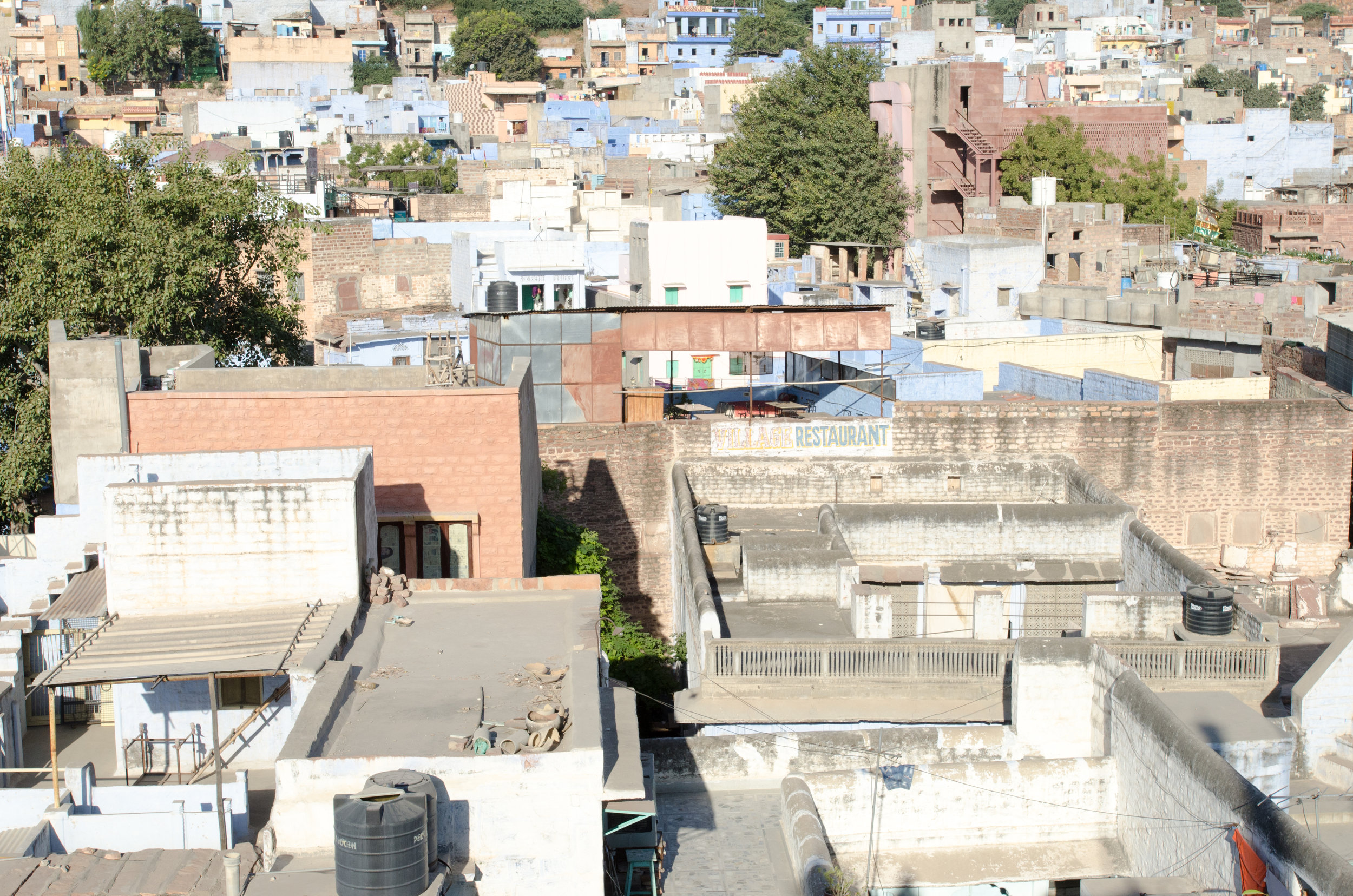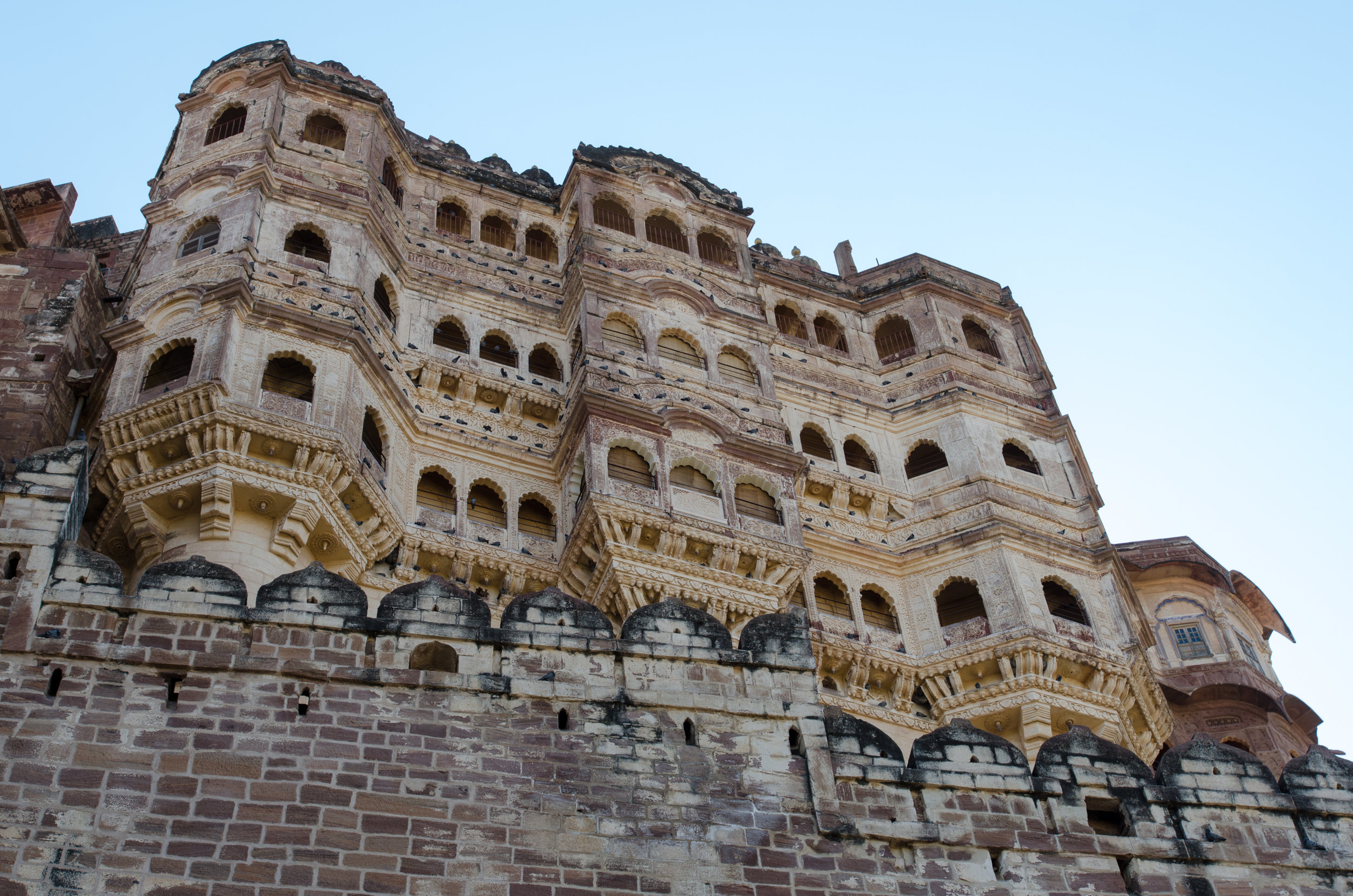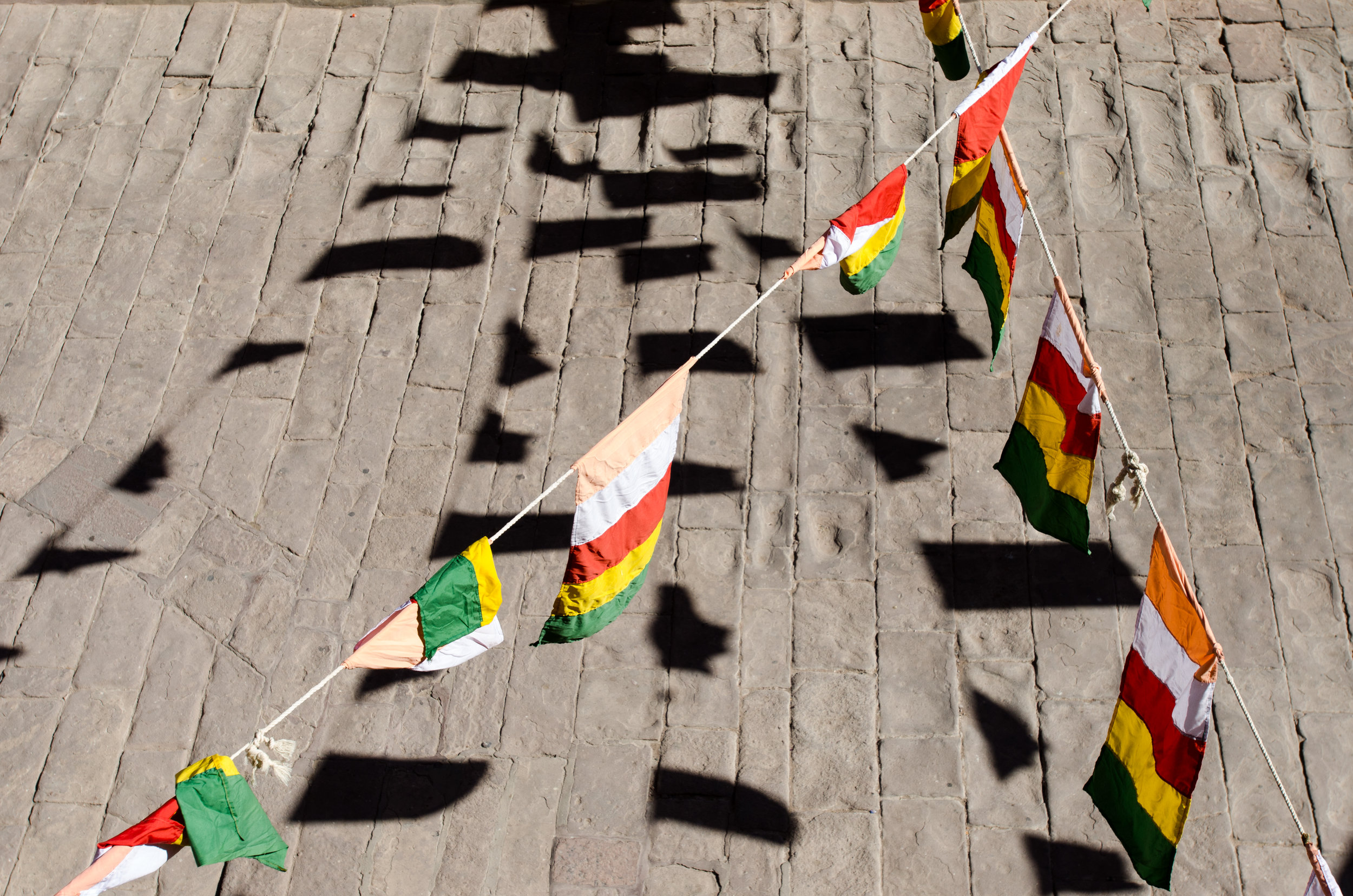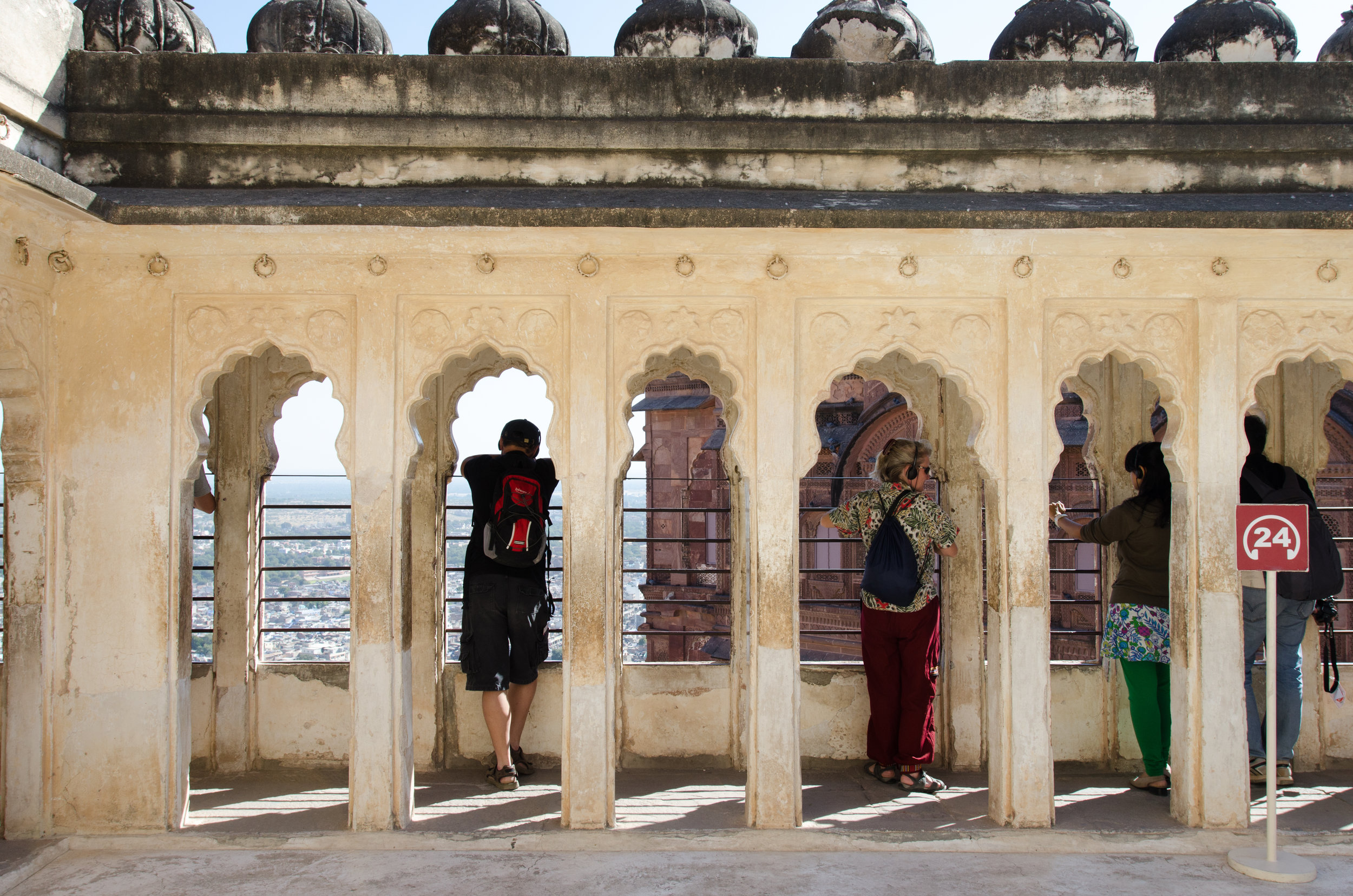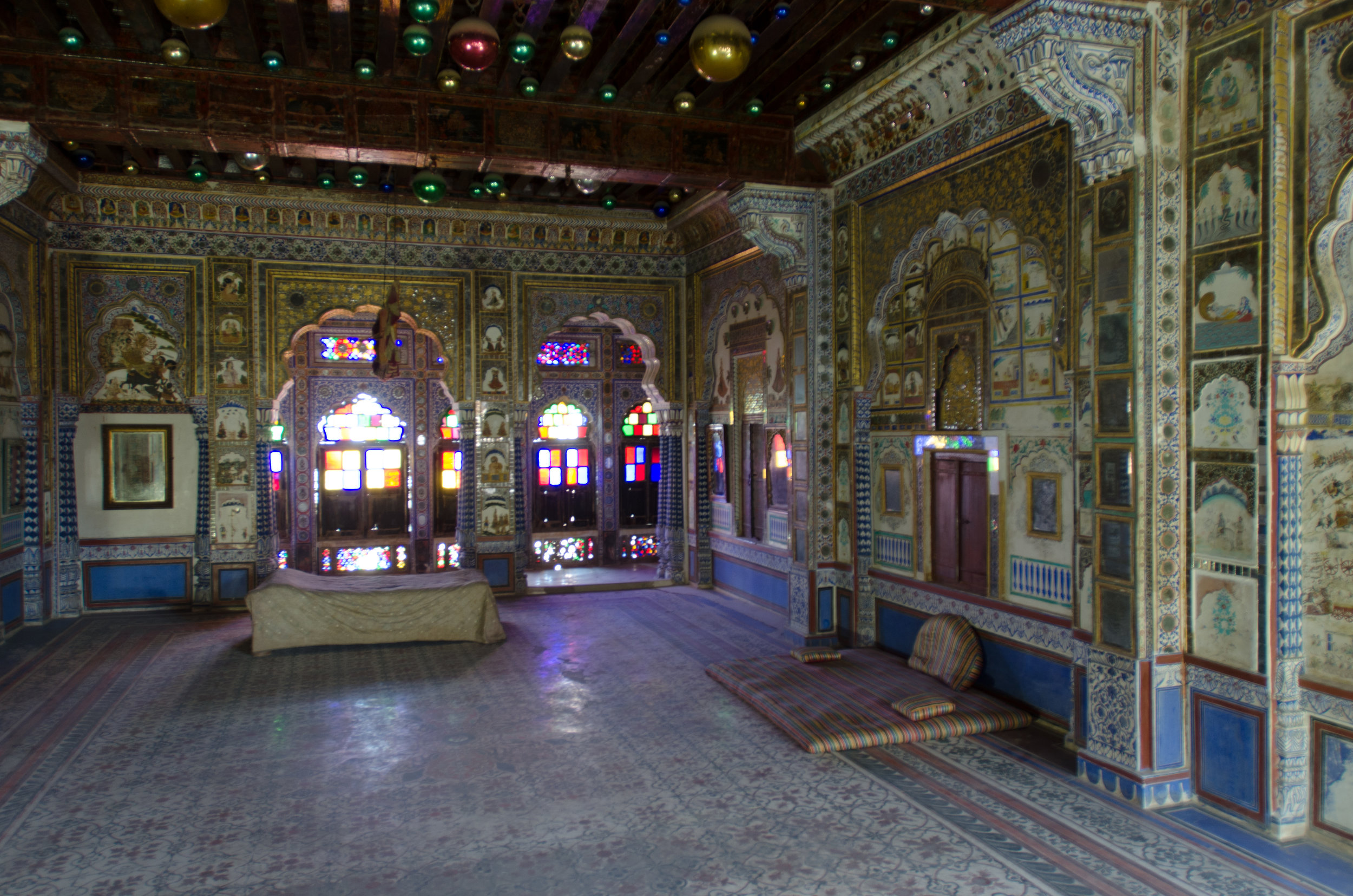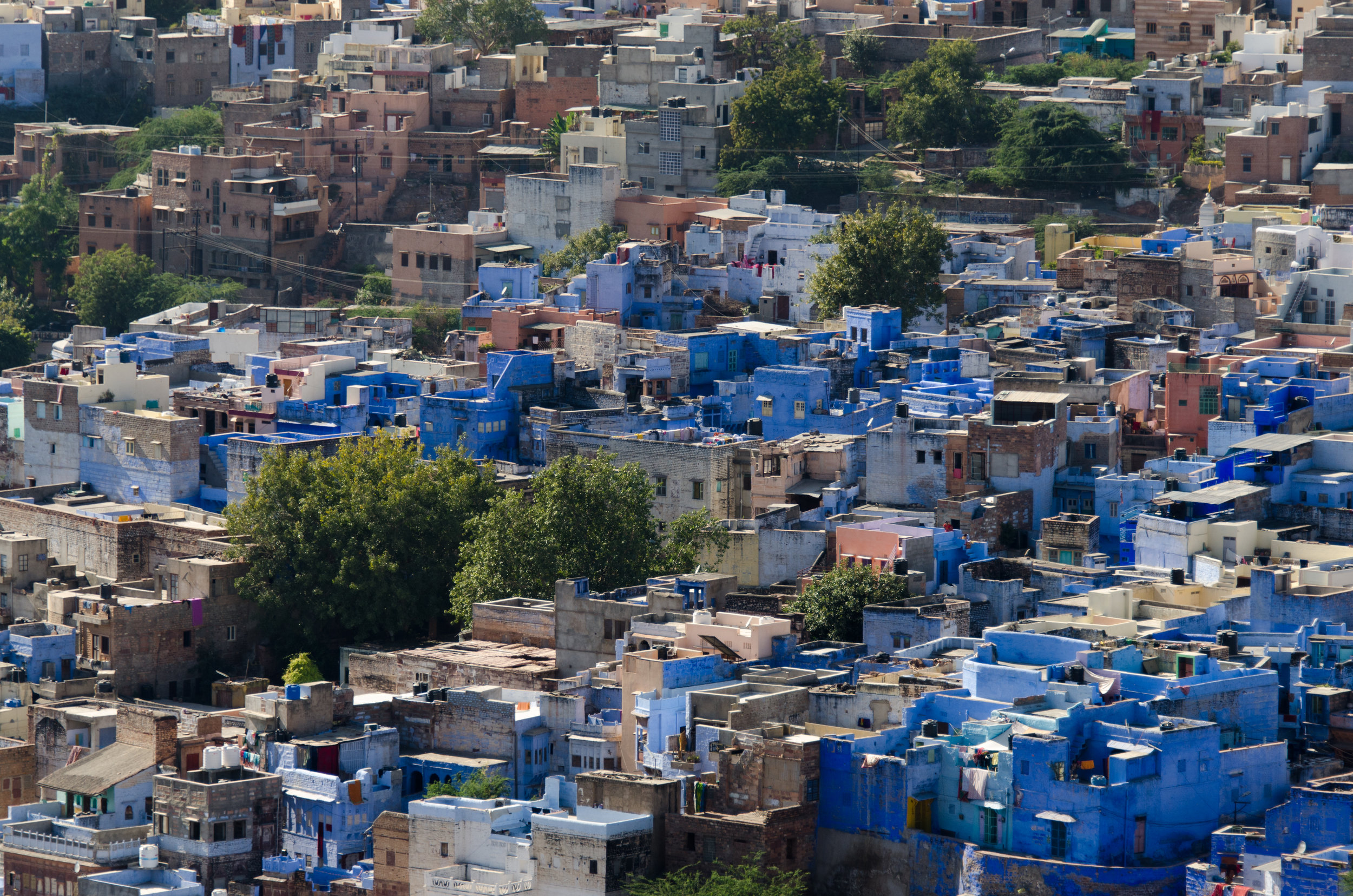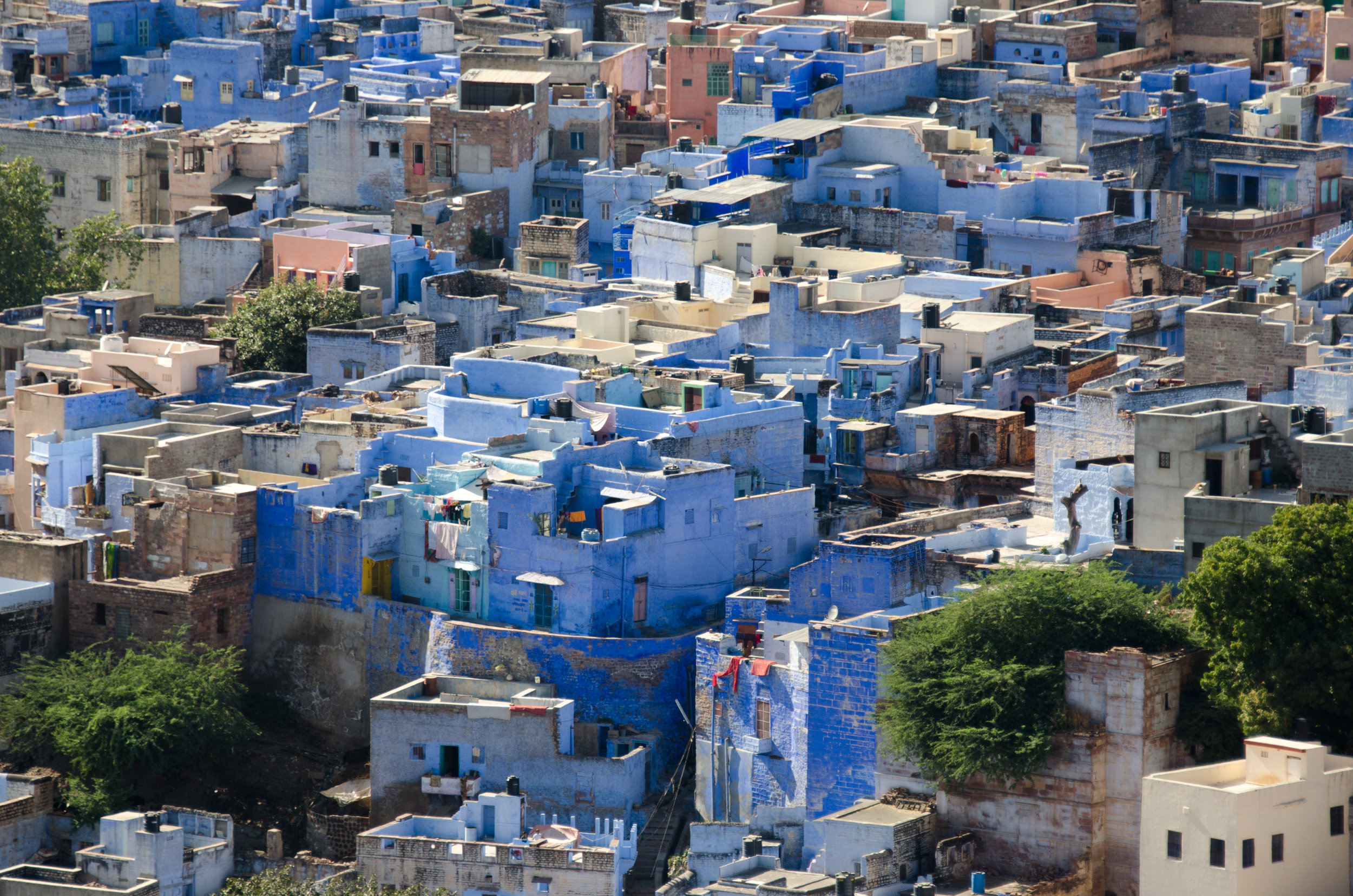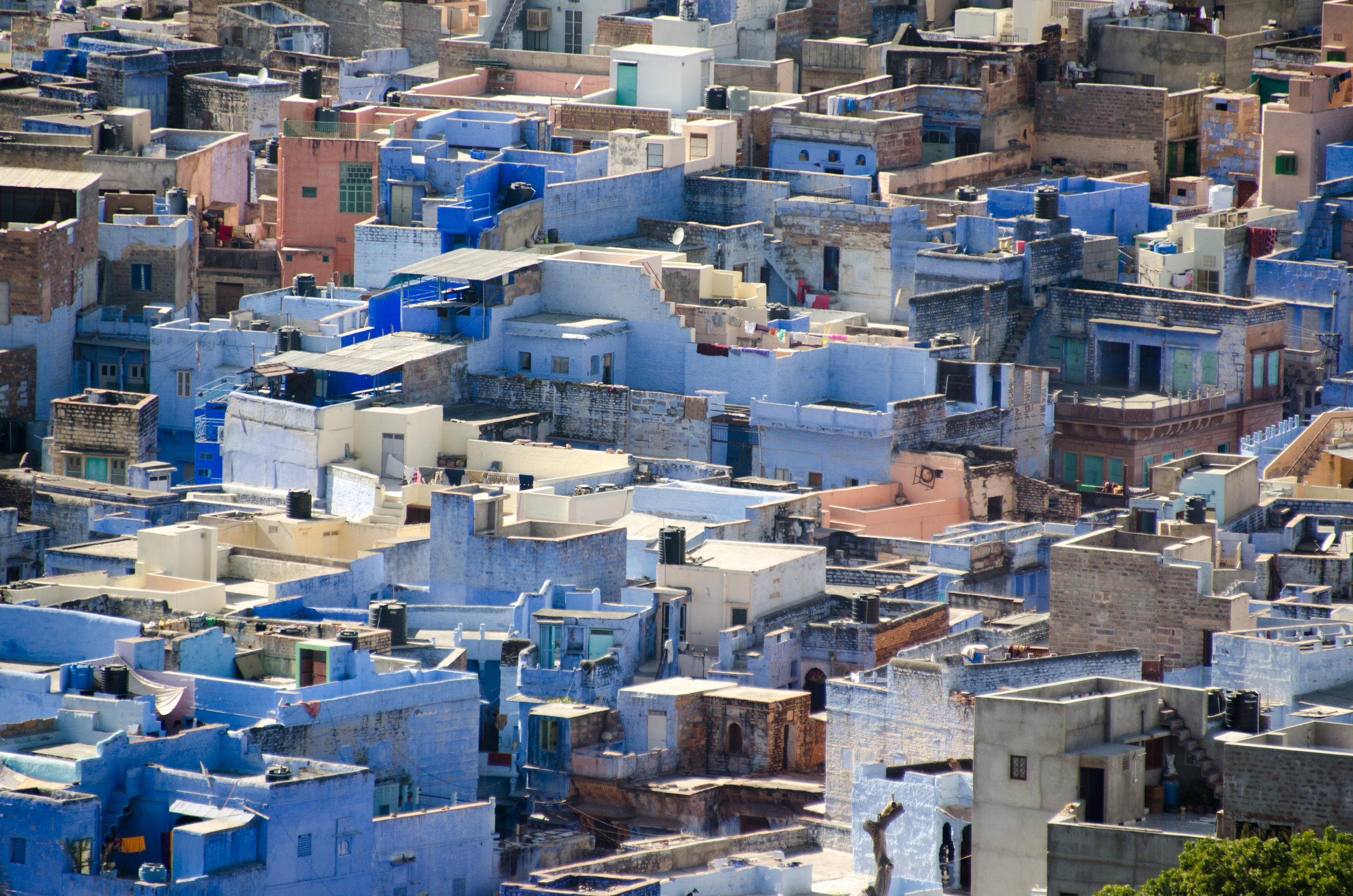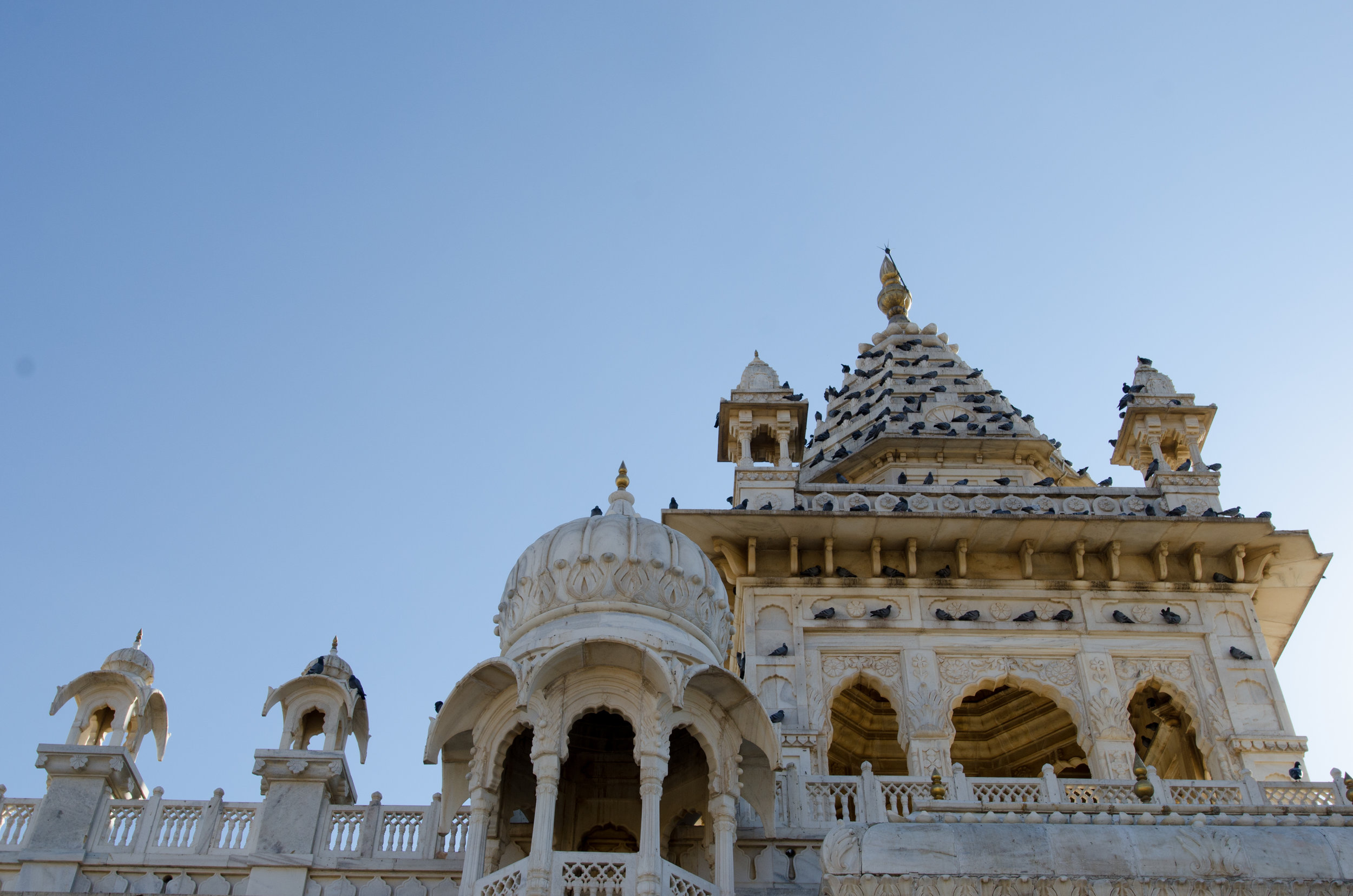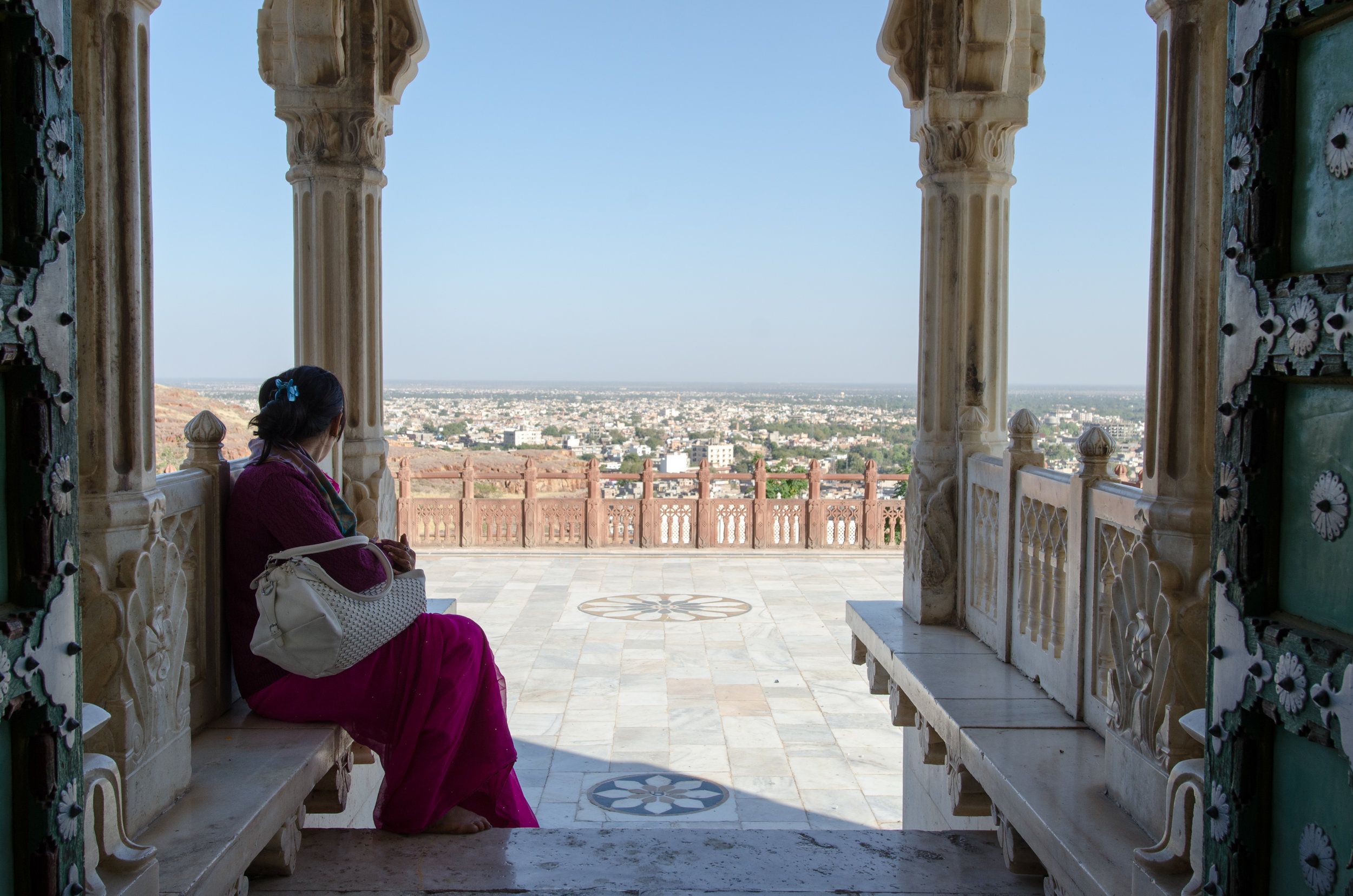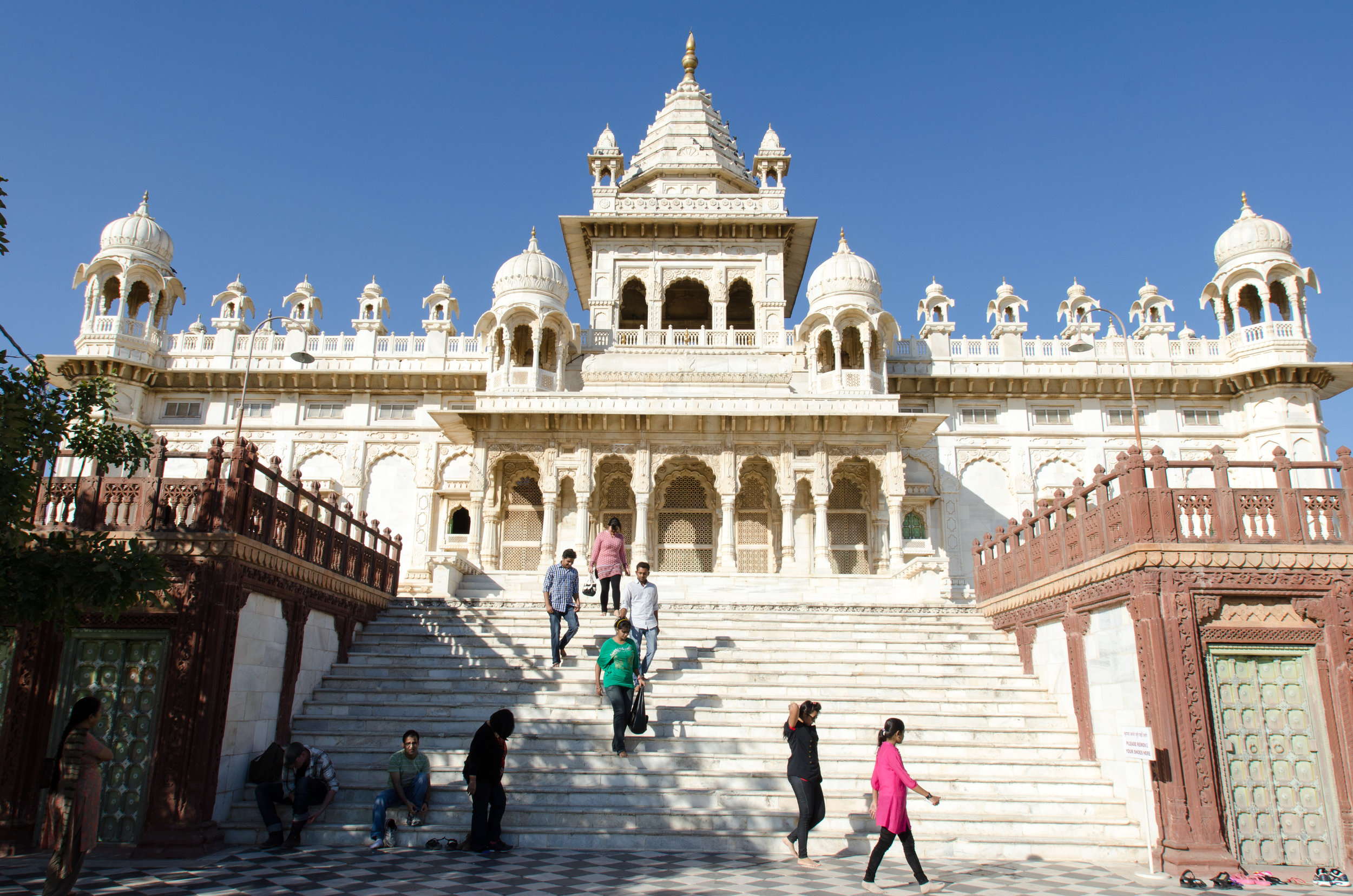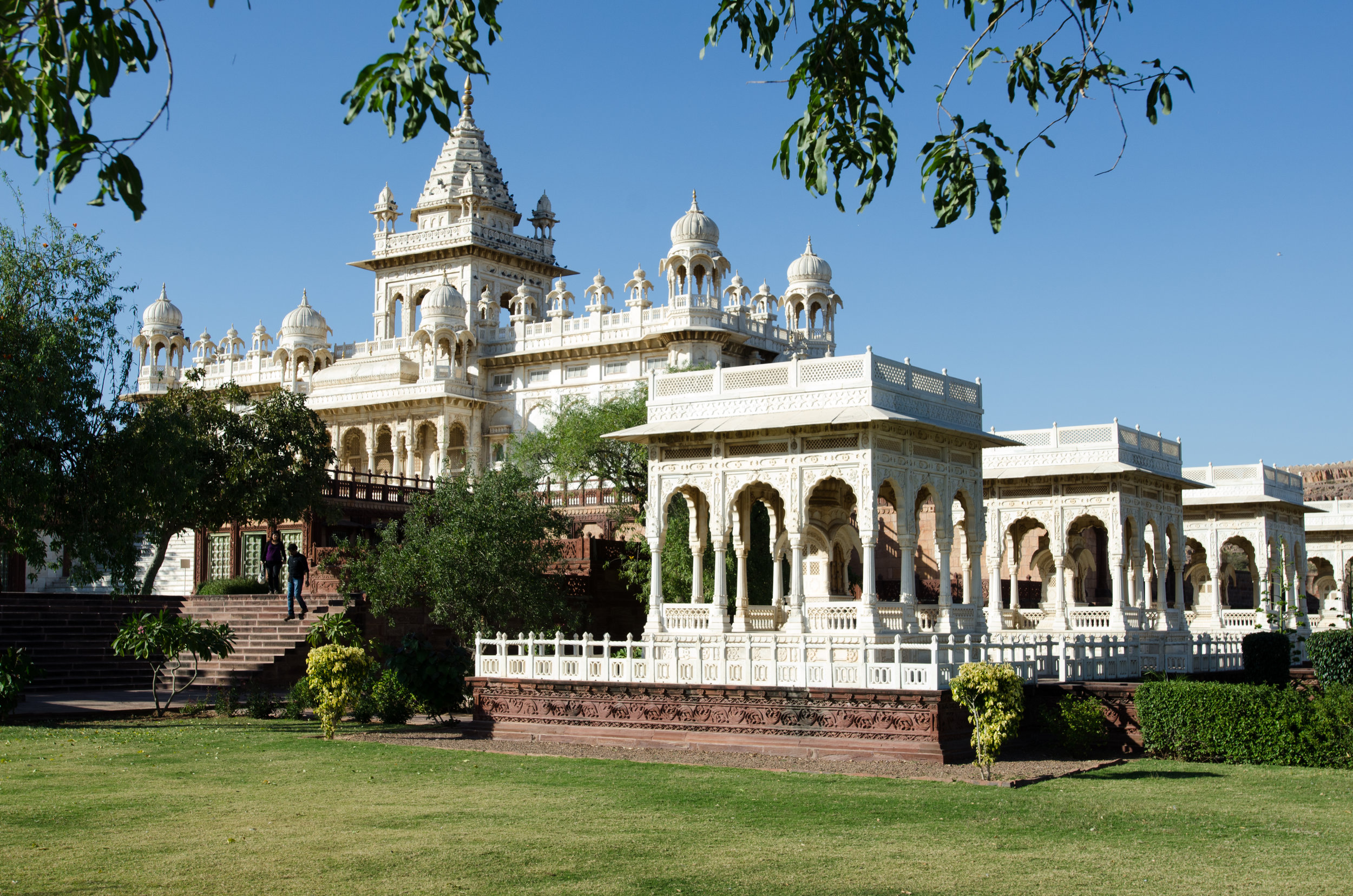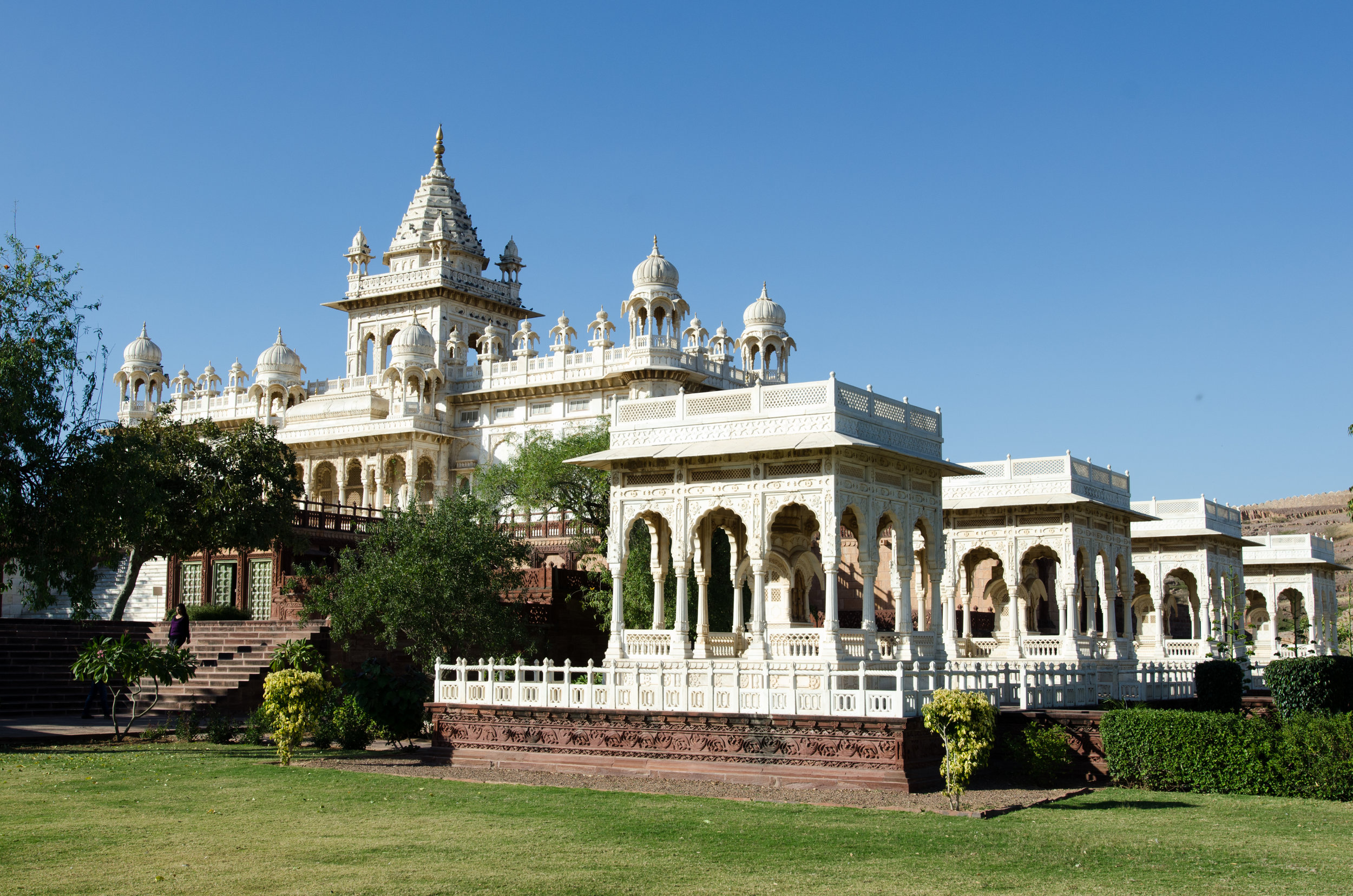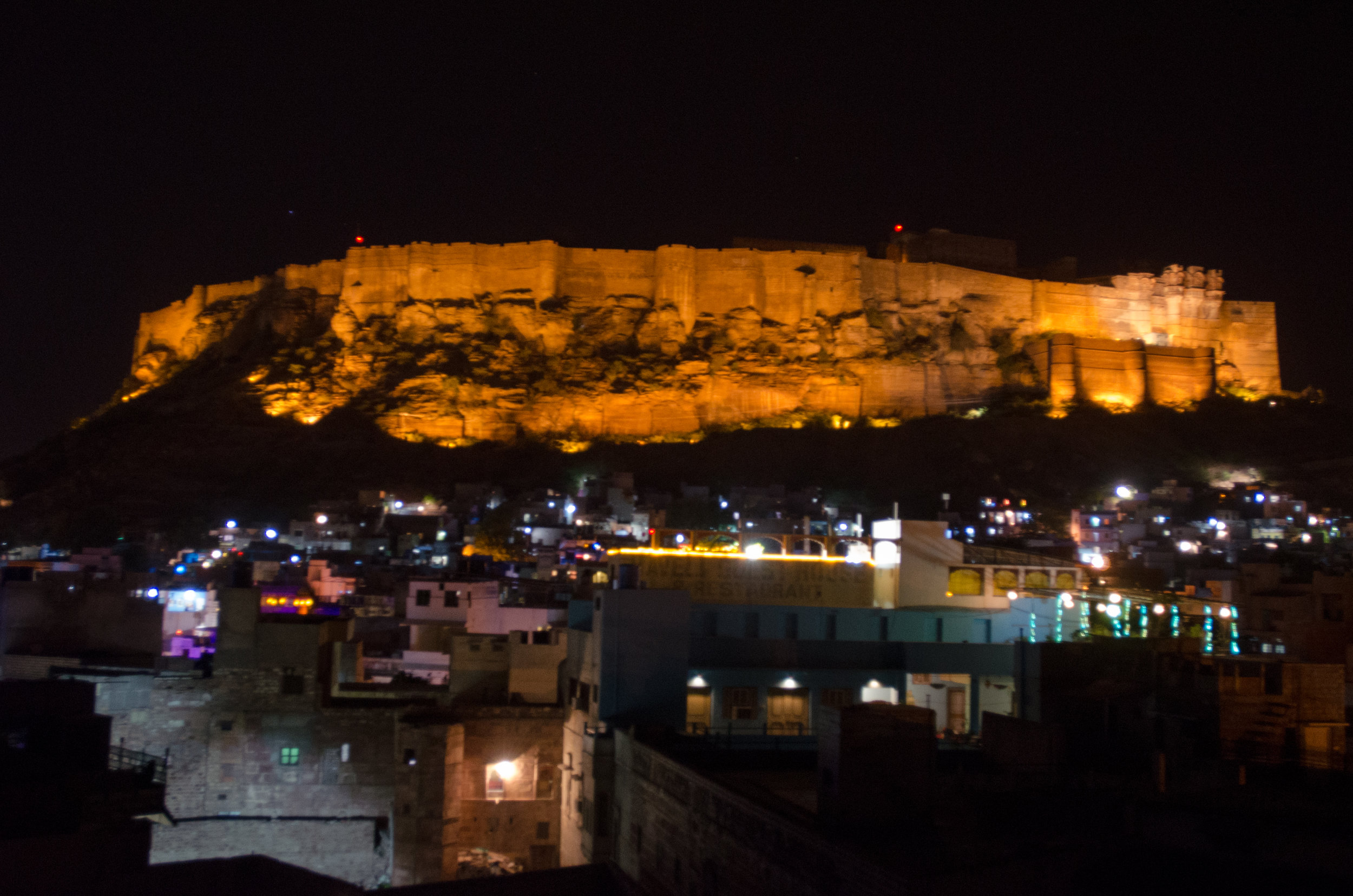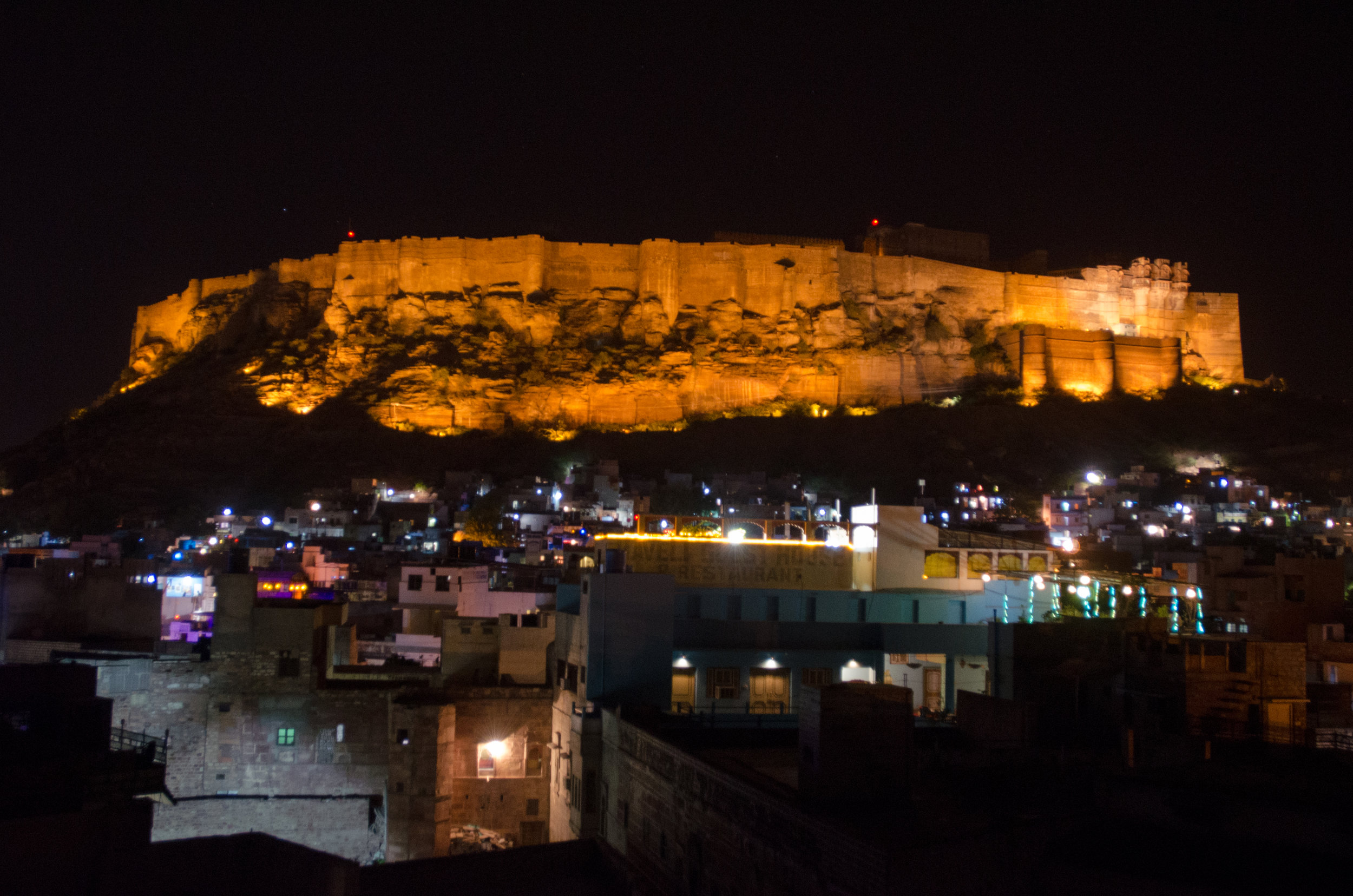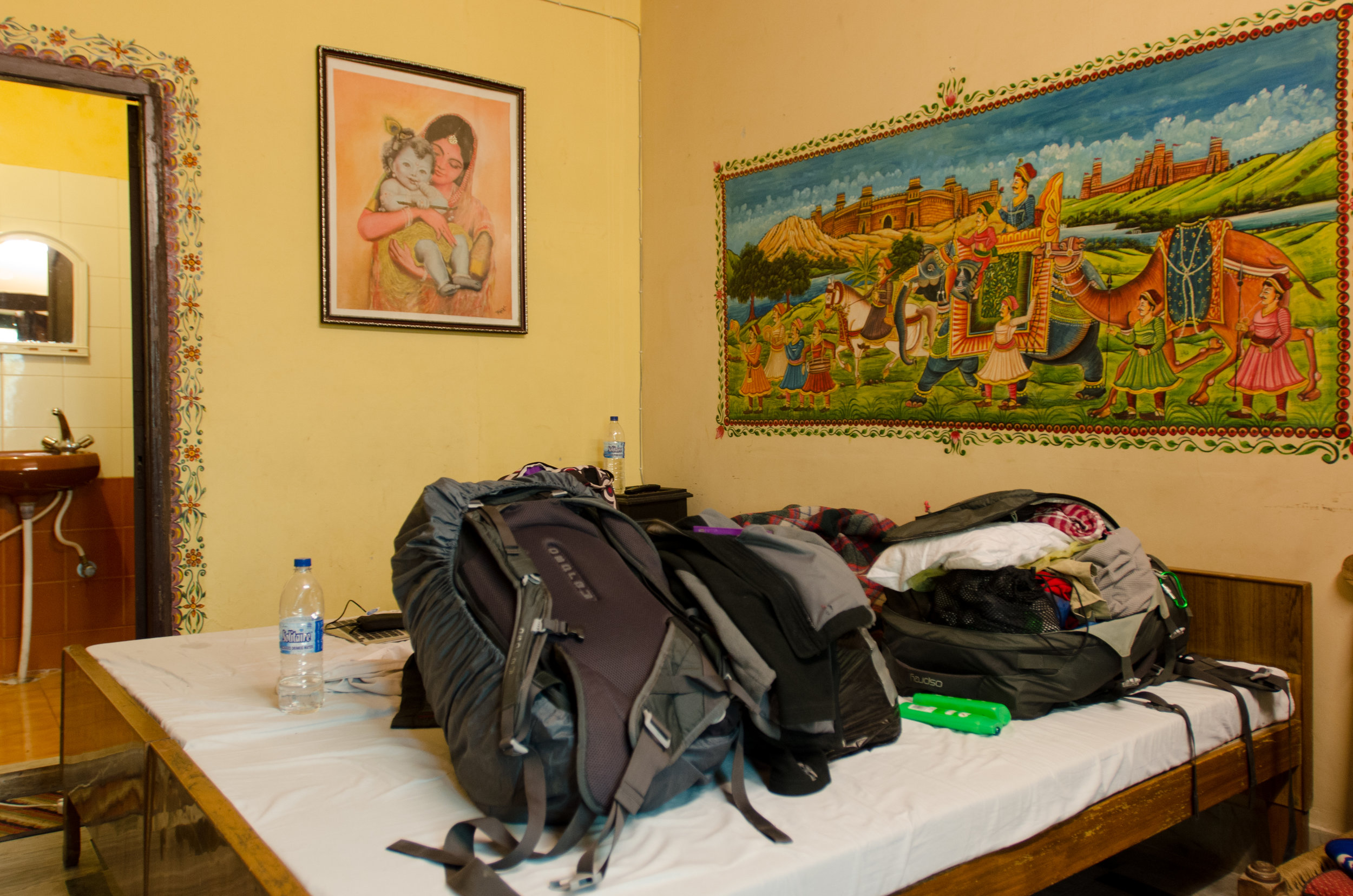Also known as the worst day in India. But we’ll get to that later.
We wanted to go on a tour through Reality Tours and Travels (another recommendation from a friend) but we were poor planners. We thought we could book a tour on the same day when they opened at 9:30 AM and be back in time to catch our bus to Hampi. Wrong. The morning tour started at 8:00 AM. I heard great things about the tour company and slum tour, but seriously, your company opens AFTER your first tour? Fortunately, the tour company around the corner offered a morning tour starting at 10 and we were able to join, go, and be back in time to catch our bus. Also, from what Maddie (remember, her and Robert are our new cool Aussie friends from the camel trek, that we hung out with the night before?) said after they were able to book a tour with Reality, it sounds like our tours were very similar.
Ok, so Dharavi Slum along with Neza-Chalco-Itza Slum in Mexico City, and Orangi Slum in Karachi, Pakistan are the biggest slums in the world. Andrew says the slum in Karachi is currently the world’s largest- but I couldn’t find anything to back up his claim. I wasn’t necessarily picturing Slumdog Millionaire style slums on our tour, but I was still a little surprised at what we saw!
Unfortunately for my inclination to photograph everything I see and throw it up on the blog, photography wasn’t allowed on the tour. Obviously I would have liked to take pictures, but I would have felt like an idiot taking pictures in a slum alongside several other western tourists. The tour company that we went through promised to email us photographs, and kinda did… by emailing me a link to their Facebook page, which you can see here if you’re so inclined. (I thought there would be a lot more though…)
The tour began walking through some of the businesses that operate solely out of the slum. Most of these were recycling. Men sat in tiny rooms sorting garbage into different types of bins. So quickly, too. They would pick up several things at a time and toss them into different bins according to what they were. Metal ghee (clarified butter) containers were cut open to be sold back to warehouses. Metal paint buckets were put over the fire, in an effort to burn the paint off of the metal.
We walked through tiny streets, no, not streets, alleyways, but smaller than what you might imagine. Past men shredding plastic, others baking bread, some playing cards, some boiling down lard into soap, and some washing clothes. To any outsider, with no introduction, I think it comes across a bit chaotic. But even after being there for an hour, it seemed as if there was an exact method to the madness. It actually felt no different than being in a city surrounded by people going to work, enjoying a day off, or doing chores and errands.
Even though it was technically a slum. and it was dirty. and crowded, it functioned the same as any other community of people trying to make a living. This is especially apparent when you learn how much money the slum makes as a whole. How much do you think one of the largest slums in the world makes in one year? Would you be surprised if it was over one billion dollars? I was. But after we went, we saw clearly how they did it.
I found this really great NYTimes article (written last year) that dives into details of Dharavi slum that was fascinating, at least to me. Read it here.
The housing area of the slum that we walked through held even tinier alleys, just wide enough for one person to pass through. Most were more than one story tall, had open entryways and naked or scantily-clad young ones running around or shouting out “Hello!” as we walked through in single file. The alleyway was dark. I can’t imagine navigating it after the sun goes down and takes away the slivers of light that helped us see where to step and where not to. Most of the houses held women and children. lots of children. who were absolutely adorable and really made me wish I had my polaroid to hand out pictures! Mothers encouraged their children to say ‘hi’ and it was easily my favorite part of the tour, really seeing up close how people lived, but then it seemed as though it was over before I knew it and we were in a ‘clearing’ of sorts where slightly older children played with tops and younger (naked) children played in or too close to piles of garbage on the outskirts of the homes we just walked past. And then not soon after, we were walking out of the slum and back towards the station.
So you might be wondering, why was this the worst day in India? Well, let’s back the train up a little bit to before the tour, in our room in the morning. Our hotel wasn’t terrible. But it wasn’t great either. We had a lovely balcony, but we didn’t have an en suite bathroom. And the bathrooms (at least there was more than one) were on the complete opposite side of the building from our room. Because of the gang rape in Delhi, Andrew became extra protective of me going off on my own. If I was gone (to the bathroom) too long, he would come around and knock on doors until I assured him through the bathroom door that I had not been abducted by all of the men (when we arrived, it was all men. all Indian. loitering on the shared balcony) staying in the hotel. When he left our room, he would insist I lock the door behind him. Even though I rolled my eyes at times, I was glad to have him keeping an eye on me. But, what happens when he takes forever showering and I have to go to the bathroom, but don’t want to lock him out of the room, and not know where I am when he returns from his shower?
You poop your pants.
Now it’s been an on-going joke that “the worst thing that can happen is I poop my pants” on this trip – and then it happens. And obviously, it’s not the worst thing to happen. But it wasn’t pleasant either! Andrew insists I did it to make him feel better about his own accident a few weeks before. He refuses to believe me when I try to tell him that wasn’t the case AT ALL. So, I was poopy and grumpy and not very communicative with Andrew, which never does us any favors… Then on the tour, a teenage boy spit on me as our tour group walked past- just kinda out of the blue, because what was I going to do? Yell at him not to spit on me as I, a tourist, totally intruded on his life in a slum? Or yell at him for degrading a woman by spitting on her? I can’t even pinpoint my thoughts as I wiped spit off of me. How do you wrap your head around that? I think I kinda shook my head and cynically thought, “Well, at least he didn’t rape me…”
Now that we were out of Rajasthan, we had CNN in our room and free newspapers in restaurants and access to this horrible news all. the. time. It was so difficult for me to absorb. I wouldn’t get on mixed gender train cars. Andrew had a panic attack on our first Mumbai subway journey that one man gave us the wrong information just to separate us and do something terrible to me. I pooped my pants waiting for Andrew to know exactly where I was… It was just unsettling. All of it.
And then after all of the above, we went to the post office. And to make this long blog post slightly shorter, after over an hour, we found out that the shipping service I wanted moved to a different building. But, I could pay more for faster shipping home (obviously unnecessary). We were down to the wire to catch our next bus, the shipping was totally out of my budget, I simply had enough of India and lost it. I cried. I cried and I shook my finger at the postmen who told us the wrong information an hour earlier. I handed over too much money to ship my souvenir blankets home with tears streaming down my face. And then noticed the men to my left blatantly staring at me crying in the post office. Lit’rally. Like I was a television show, two men stood at the counter less than two feet away, chins practically propped up on their hands watching me cry. Obviously, that helped the situation, immensely.
I was still shedding tears as we scrambled to the metro to cross town to catch our bus to Hampi. I’m sure my eyes were red as I leaned out the door of the moving train to see if I could see Andrew on the men’s car ahead of where I was on the women’s. A sweet Indian woman sweetly scolded me, not wanting me to fall out of the moving train. She told me “it’s ok to go with your husband in the other car.” I responded that I knew, but preferred the women’s car. She smiled, knowingly and asked how I liked India. A familiar first question. To which I almost always respond positively, because as always I am grateful for the experience. But, not today…
“Sometimes I India is great, and I love it. But today, I do not. Today has not been a good day…”
